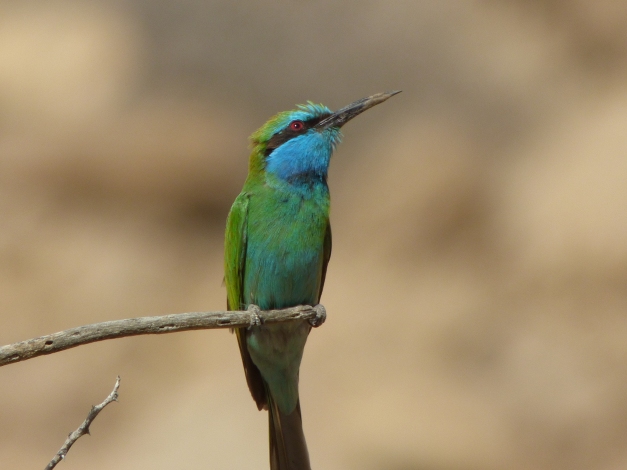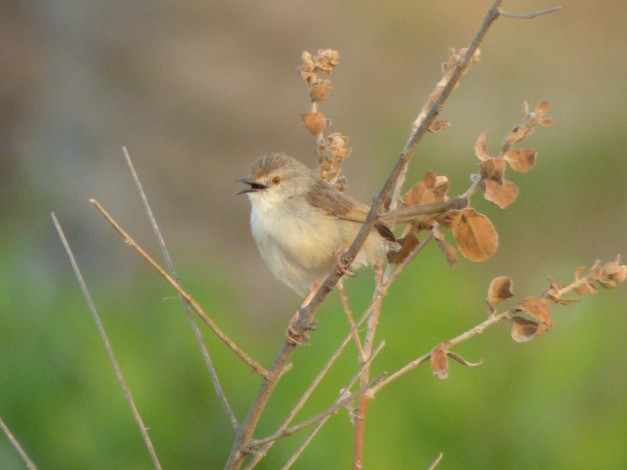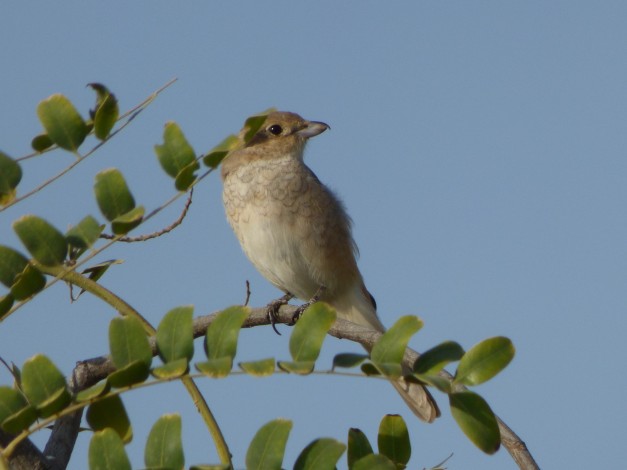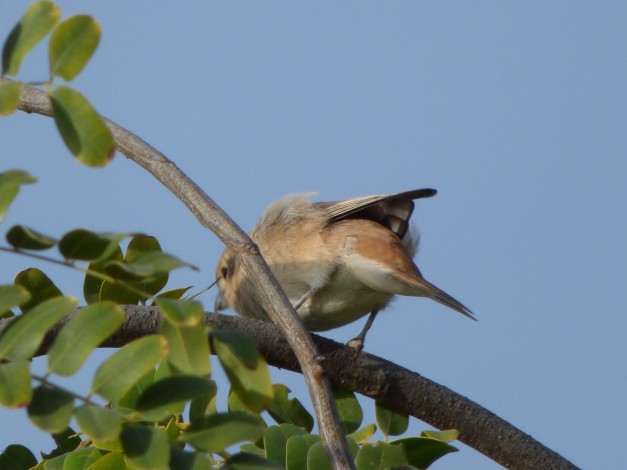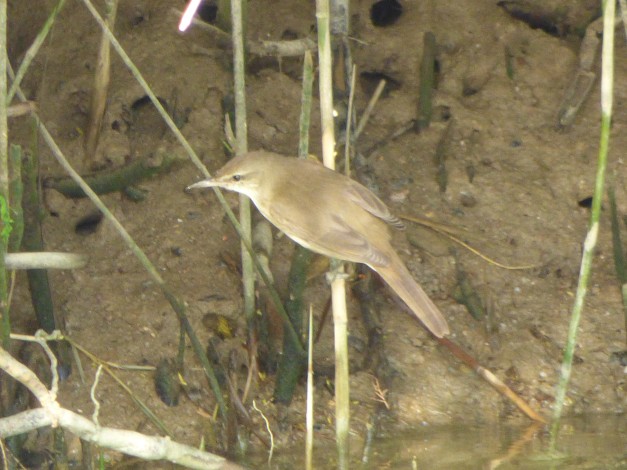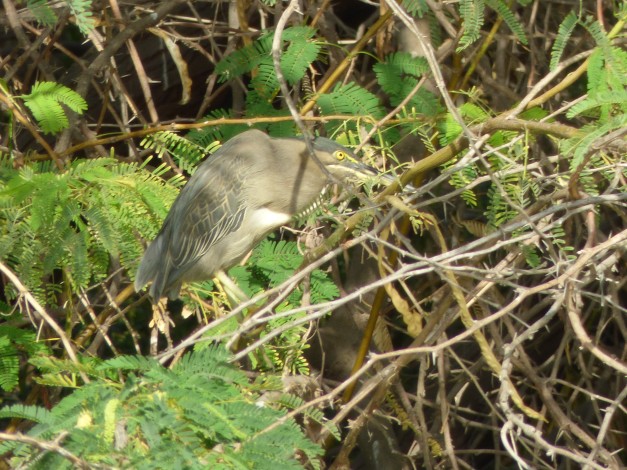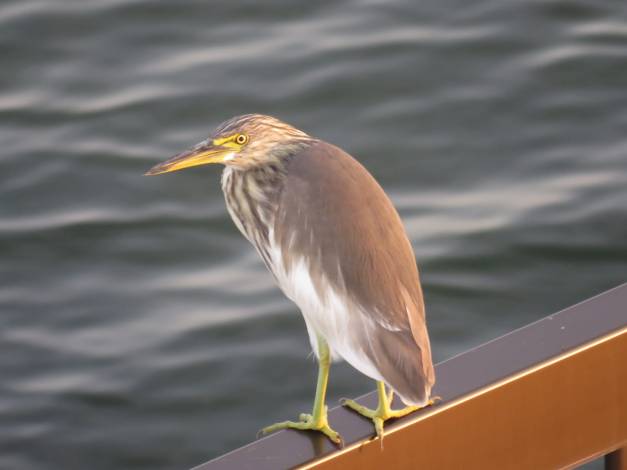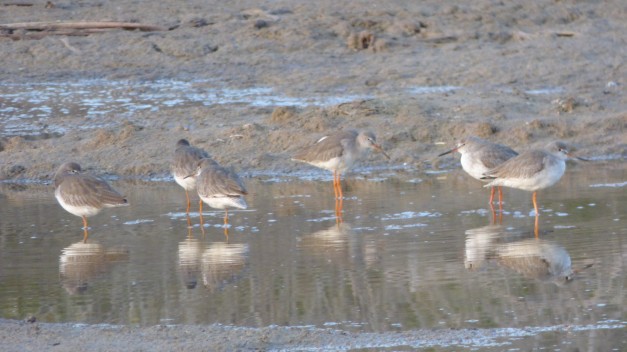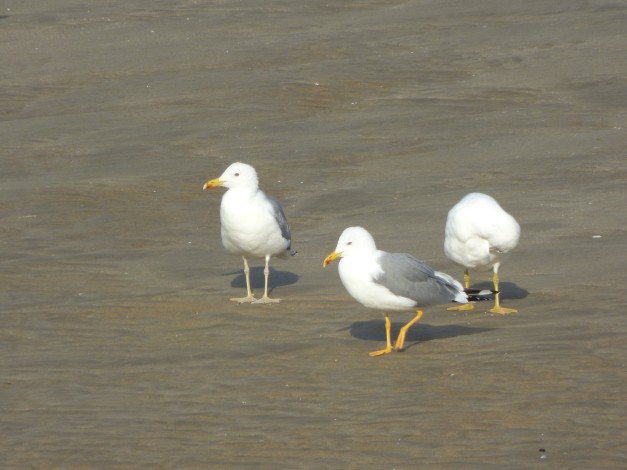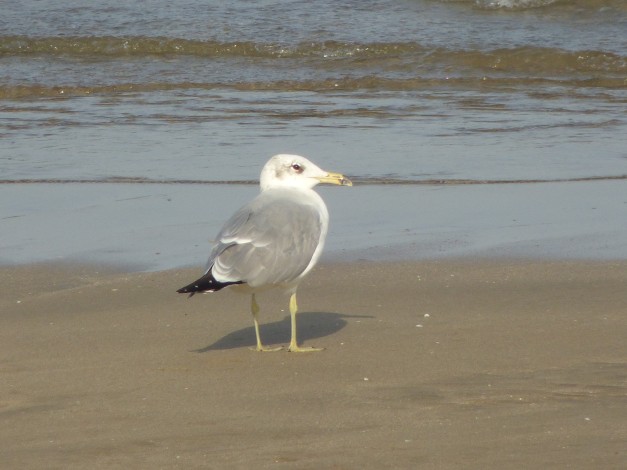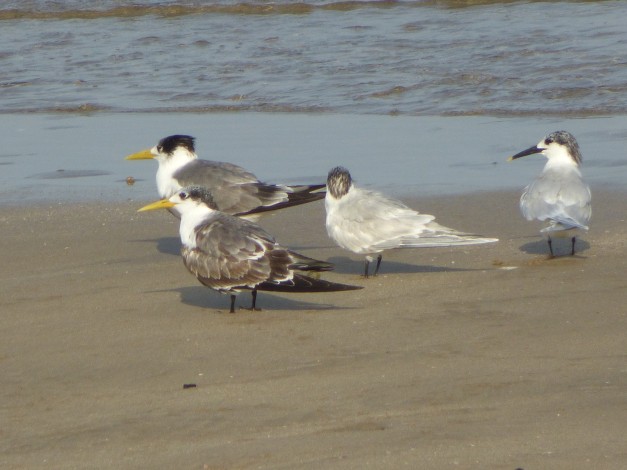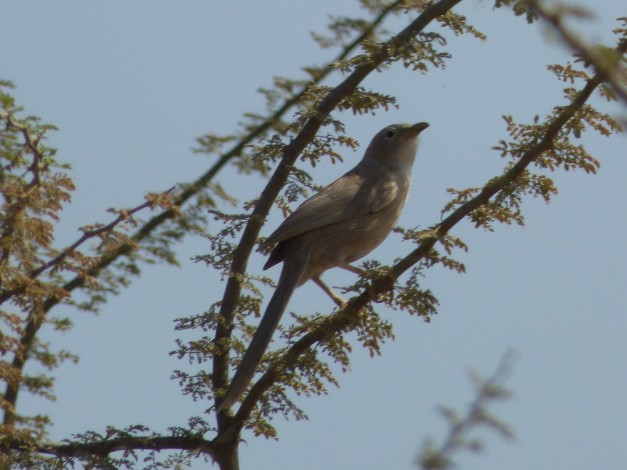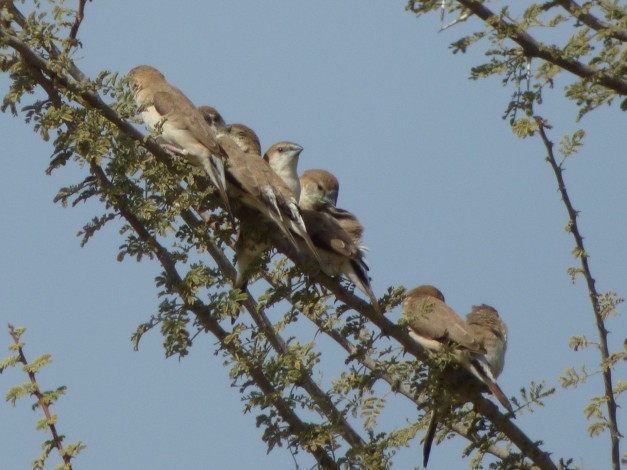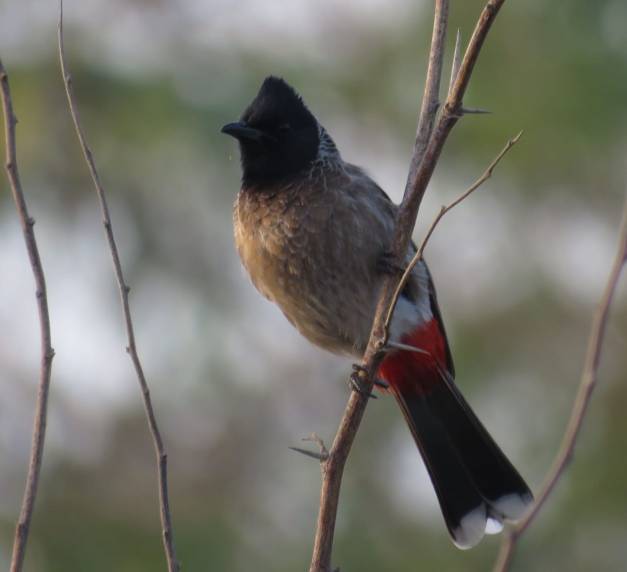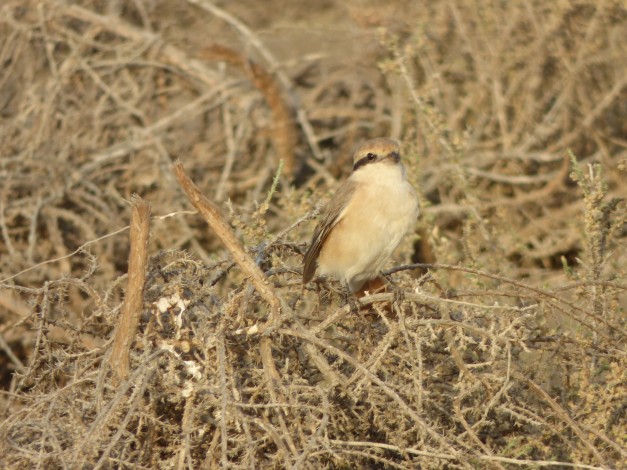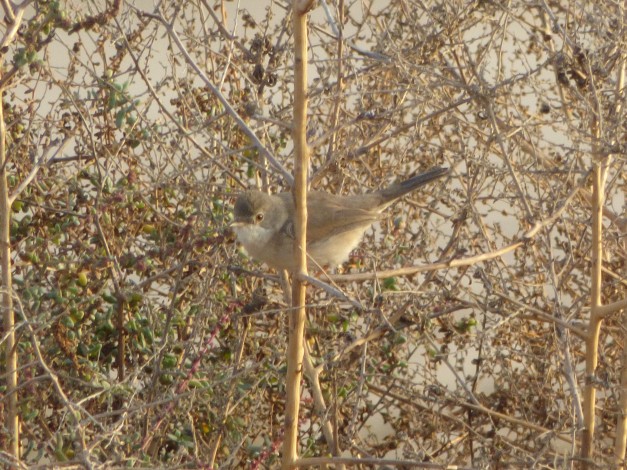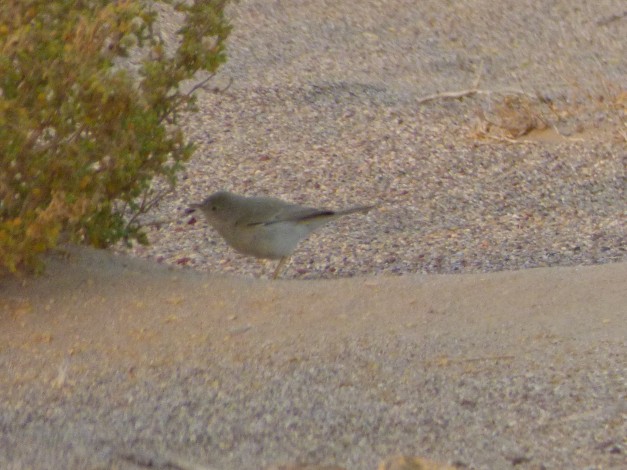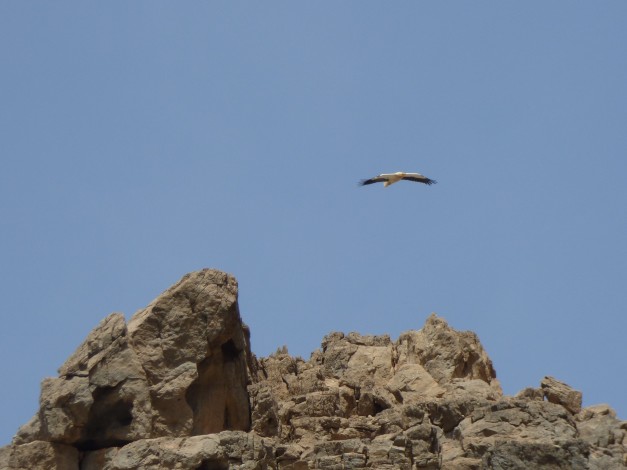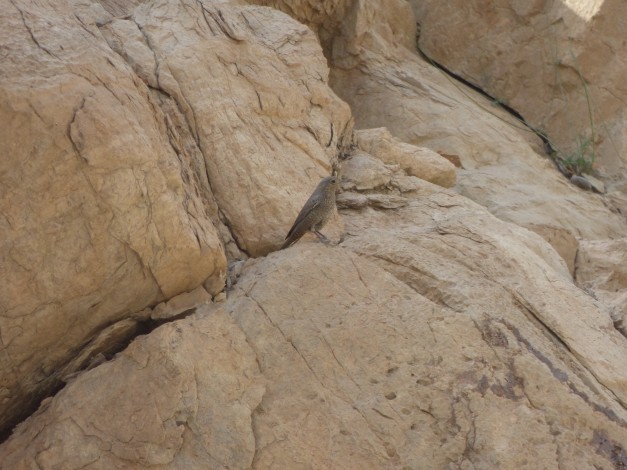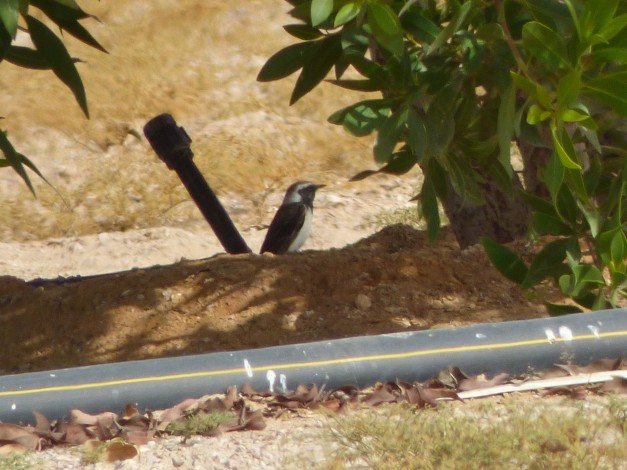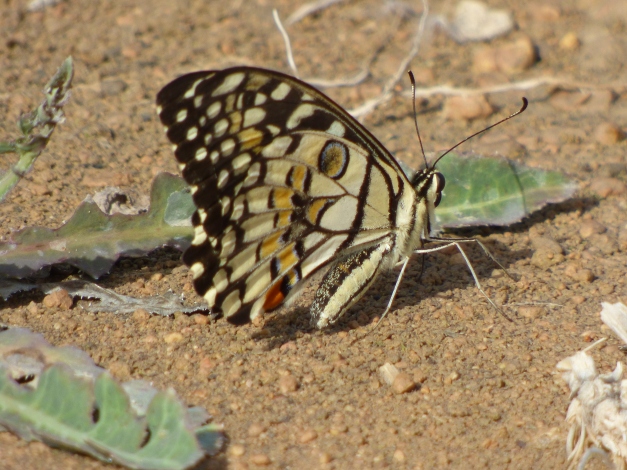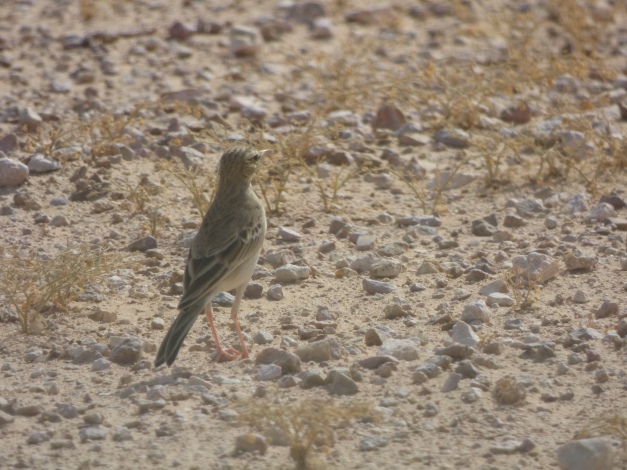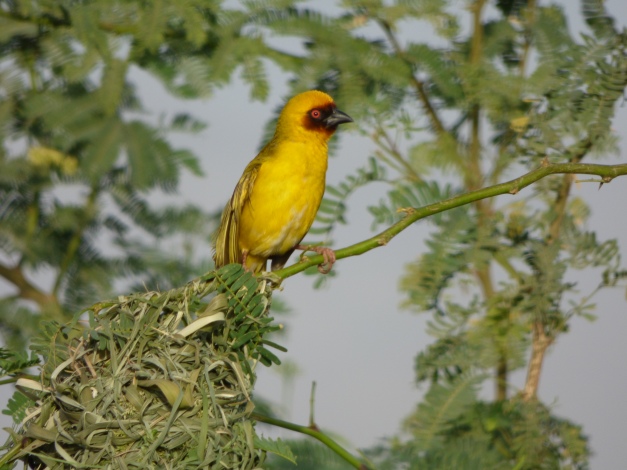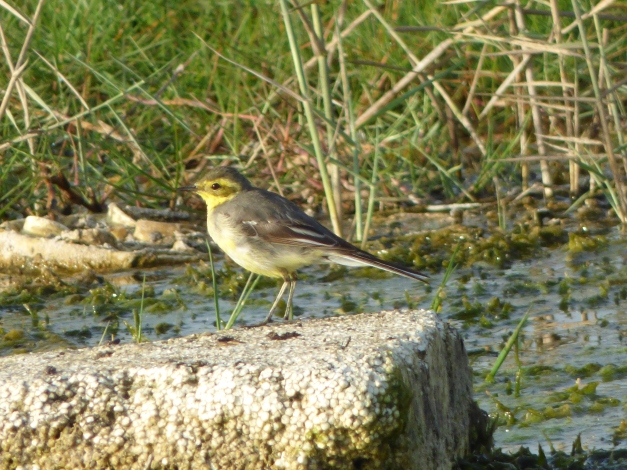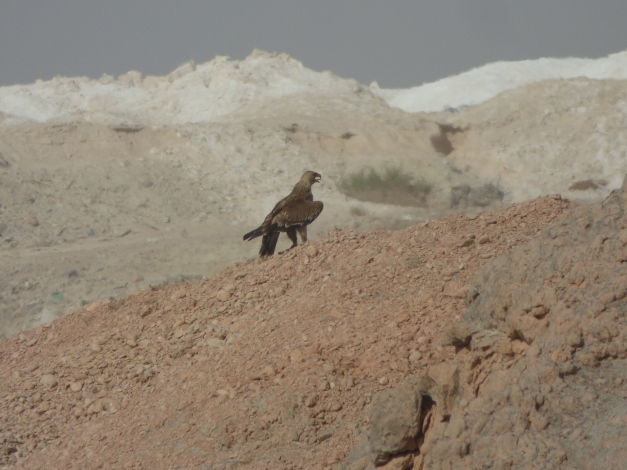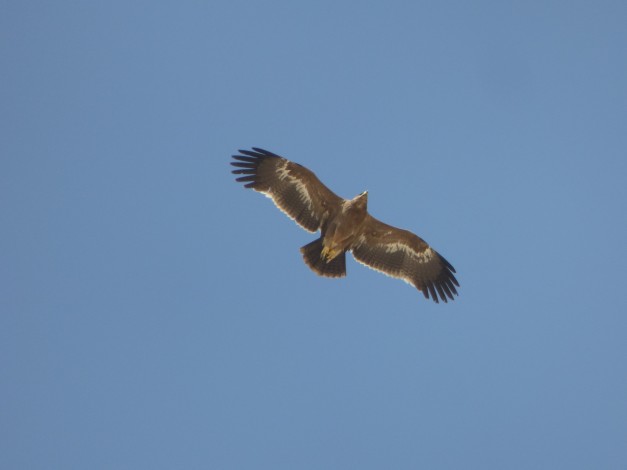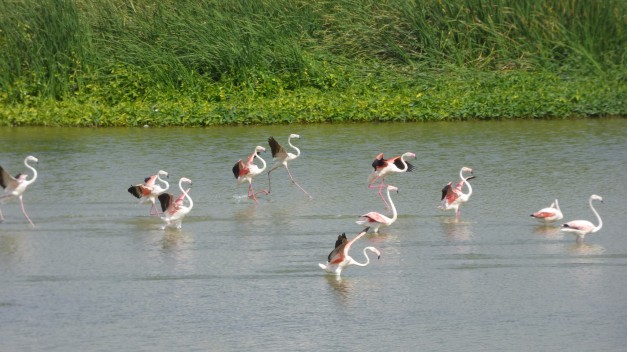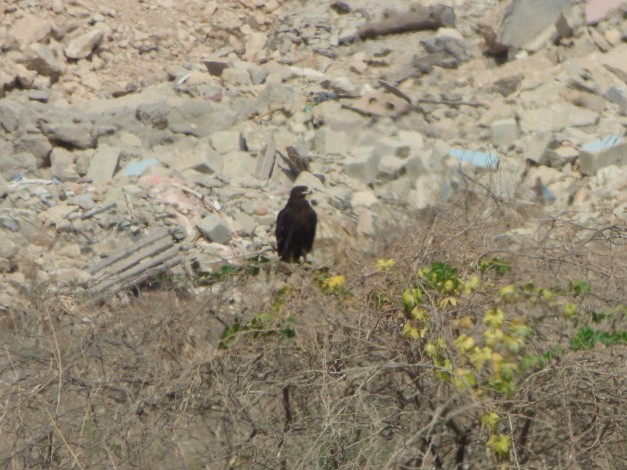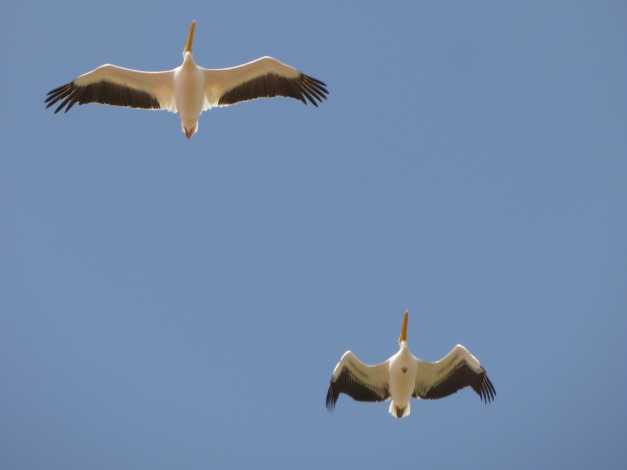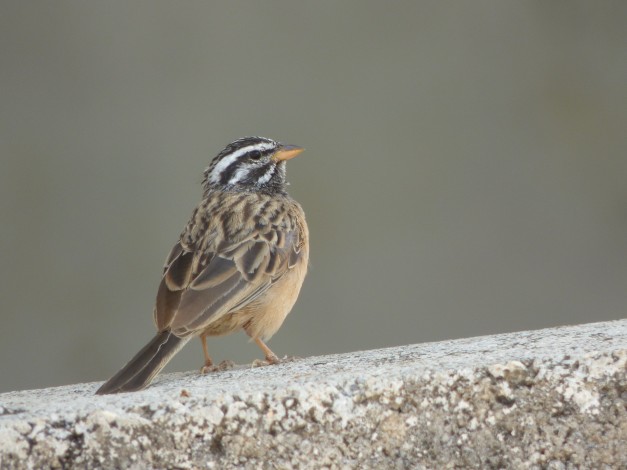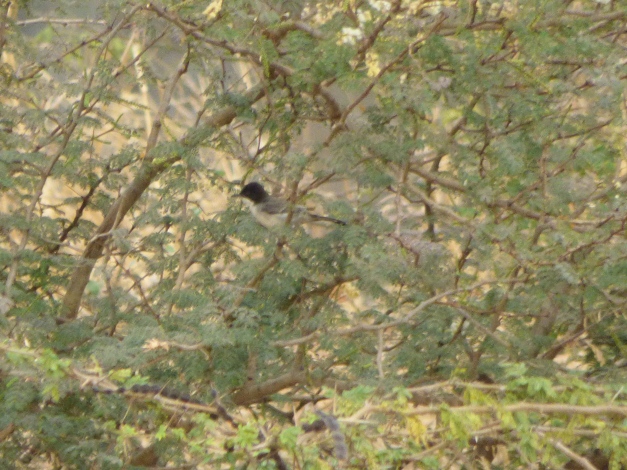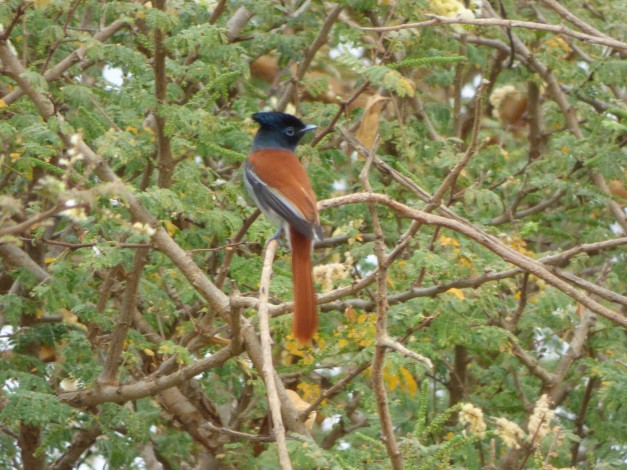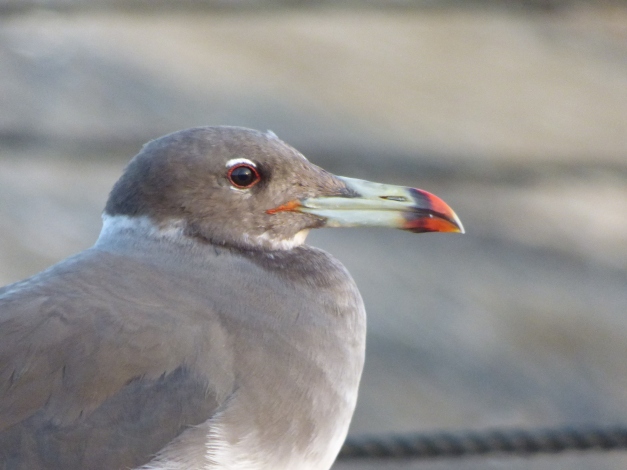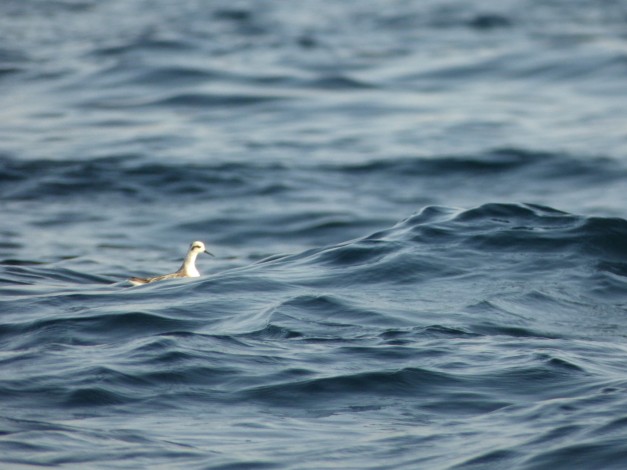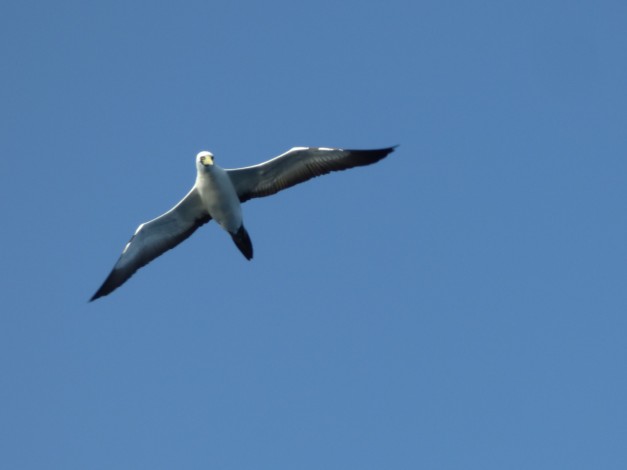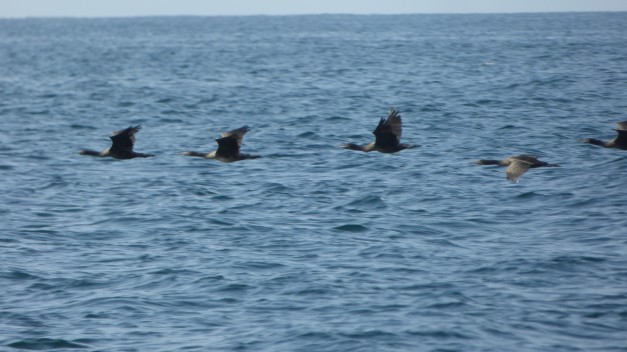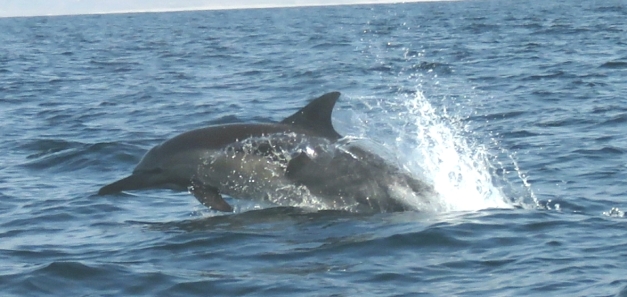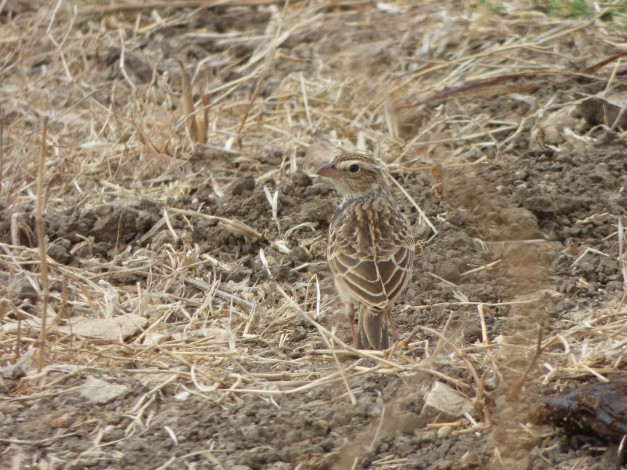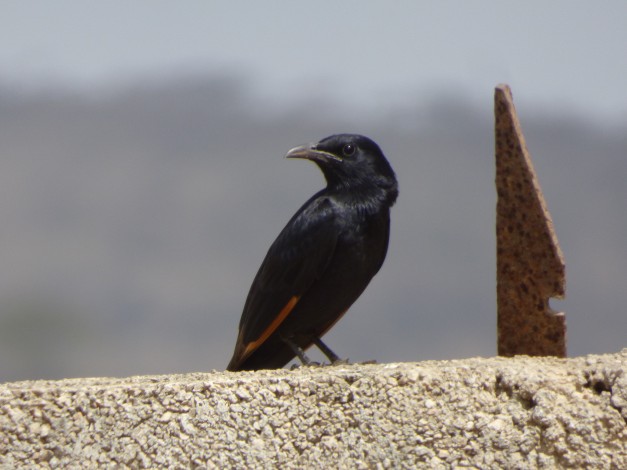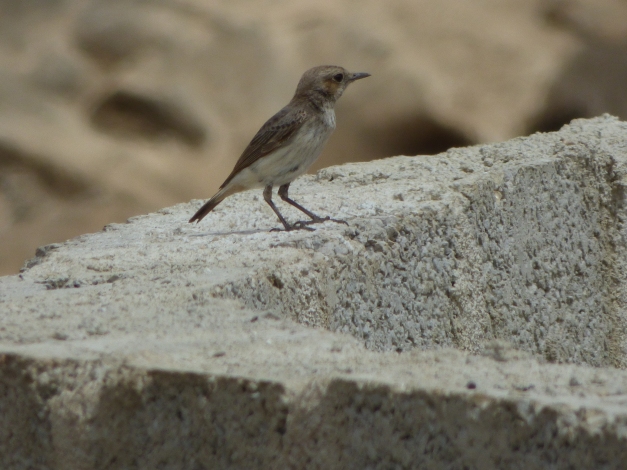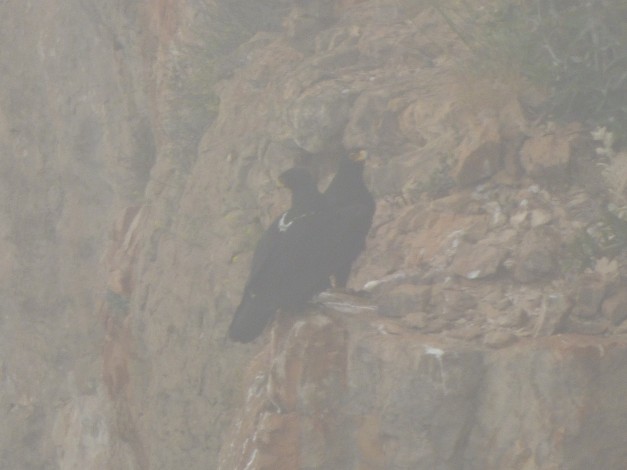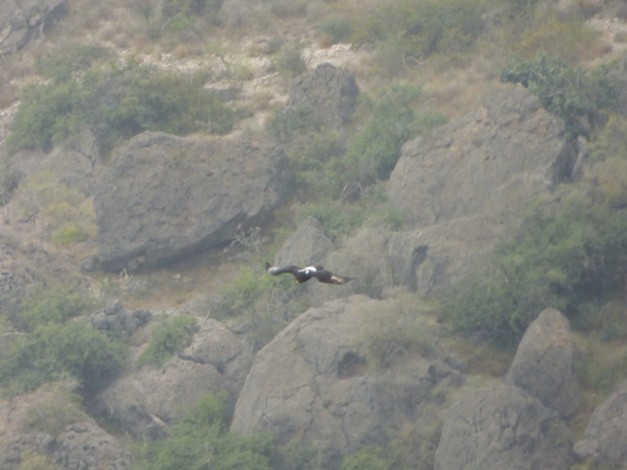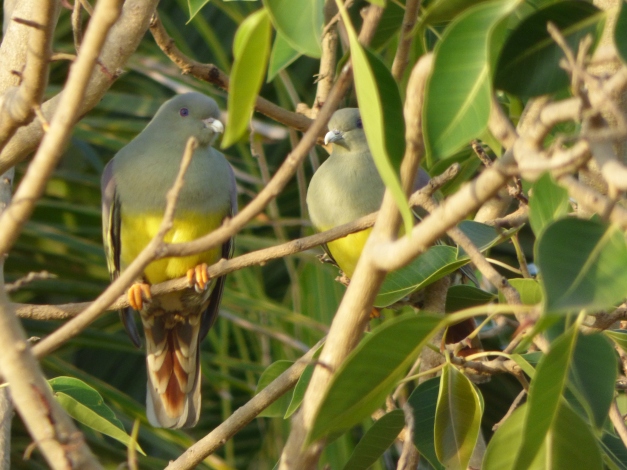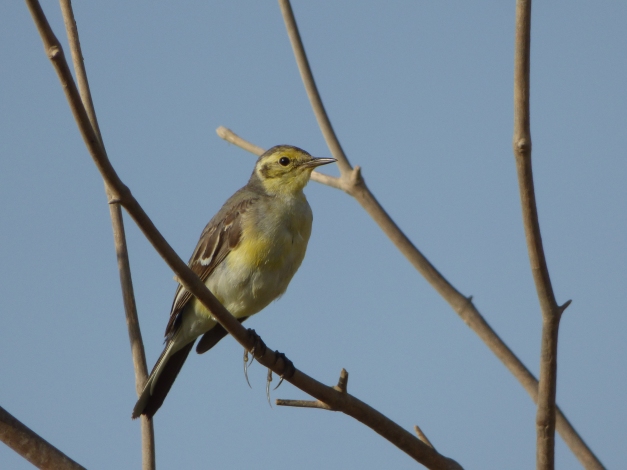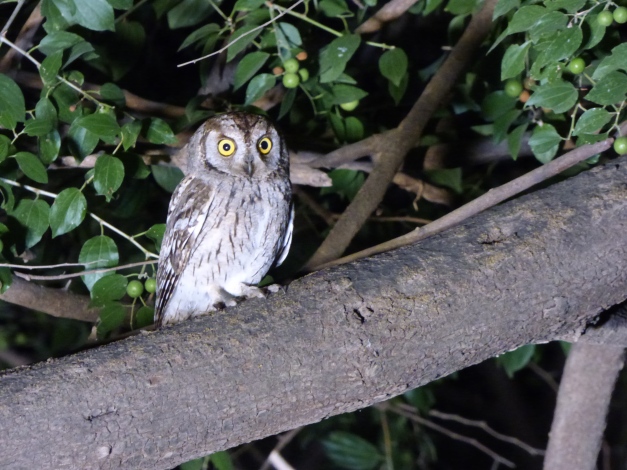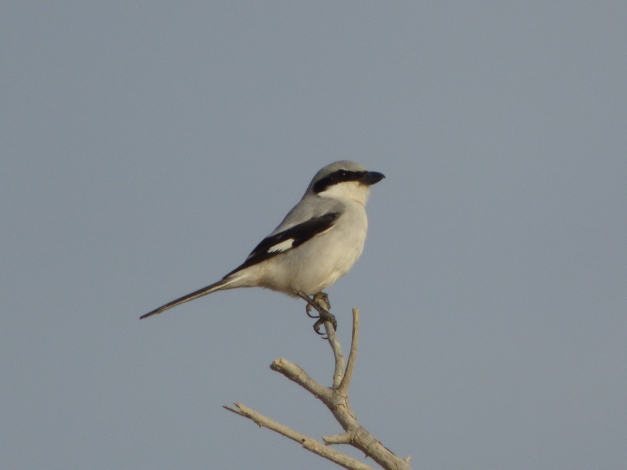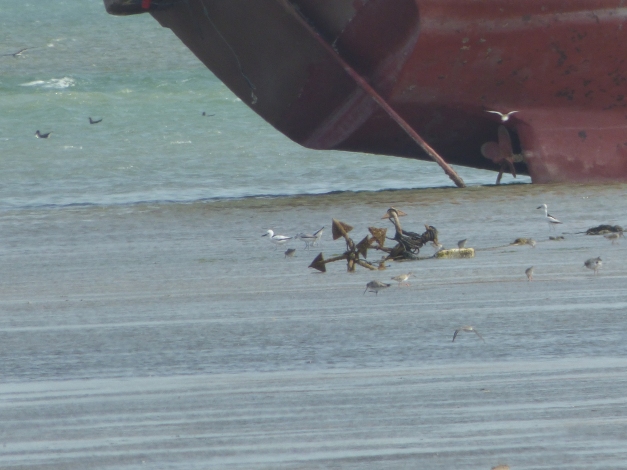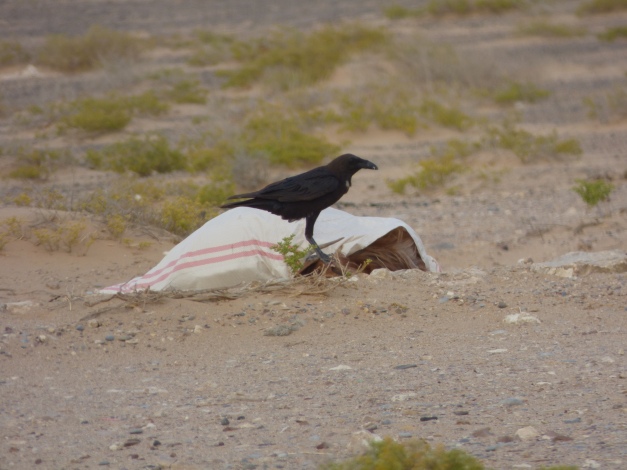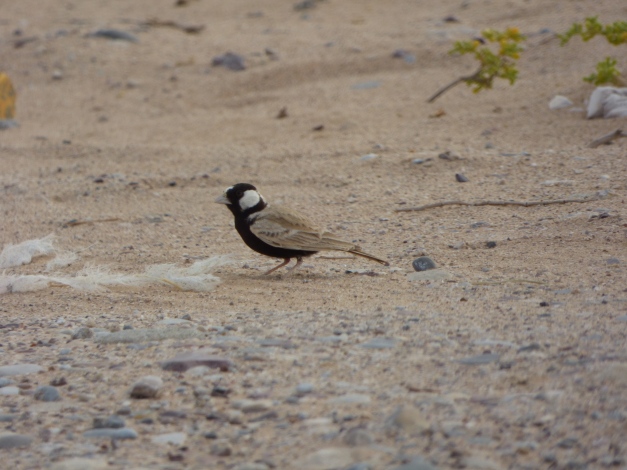- Dates: From January 14th to 24th, 2024
- Tour participants: 4
- Number of species seen: 207
- Tour leader: Carles Oliver
All images in this trip report by Carles Oliver unless otherwise specified. All rights reserved.
Overview: 8th issue of our tour in Oman! Step by step, this wonderful country is becoming one of our classic destinations. Once more, our guests have enjoyed excellent views in all main targets including the near-endemics Arabian Grosbeak, Jouanin’s Petrel, Yemen Serin, Socotra Cormorant and Arabian Eagle Owl along with a long list of specialties including Crab Plover, Hypocolius, Arabian Warbler, Persian Shearwater, Palla’s Gull, Cotton Pygmy Goose, Hume’s Wheatear, Desert Owl, Rose-coloured Starling and Steppe Eagle. The weather has been stable and slightly warmer than in previous trips. We had a couple of windy days in the South, but with no major disturbance in our birding time. The number of ducks this year was high and well assorted, but the number of raptors was not as bright as in other years. Once more, the tour was fullfilled with scarcities and rarities. Beyond Blyth’s Reed Warbler & Lesser Whistling Ducks, we had to emphasise the self found Grey-headed Swamphen, Semicollared Flycatcher, Amur Wagtail (3rd for Oman) and Ashy Drongo (4th for Oman).
Day 1. During this day all tour participants had nocturnal flights to Muscat arriving in Oman early in the morning. This is a bit unusual, since there is normally a flight combination that allow us to arrive to Oman during the evening. This time, however, it was not possible.
Day 2. After assembling in the airport we enjoyed a small briefing while collecting the car. From there, we covered the short distance from the airport and the first birding spot of the trip. We invested 40 minutes in a lovely wetland in the sea side. Here we had a number of common waders but also some scarce species including Tibetan (formerly Lesser) Sand Plovers, 3 Marsh Sandpipers, Ruffs and several Little Stints. Here we also got the first Citrine Wagtails of the tour as well as Isabelline Shrike, Arabian Bee-eater, 7 Chestnut-bellied Sandgrouses flying over, Osprey and the only one Black-winged Kite of the trip.
From here we went to visit the small but always productive Al Ansab Lagoons, where we enjoyed Northern Shovelers, White-cheeked Bulbuls, Delicate Prinia, Grey Francolin and close views on Temminck’s Stint including extremely close views on this species and Little Stint while feeding side by side, allowing to go through the details that allow to tell them apart. The very first Indian Pond Heron of the trip showed up also here, and a few minutes later we also connected with 1 Clamorous Reed Warbler while it was climbing the reeds. A small channel beside the lagoons provided the first surprise of the trip, a wonderful Grey-headed Swamphen, a truly scarcity in the country!
Before our lunch stop, we still had time to check a last location. This time we chose a river mouth, where we had a good selection of waders, gulls and terns. While driving, a pair of laybys allowed us great shots on the very common Red-wattled Lapwings. Once at place, we had both Greater & Lesser Sand Plovers, Ruddy Turnstones, Sanderlings, Whimbrels and Bar-tailed Godwits but also the first of many Sooty Gulls & Greater Crested Terns along with Common, Caspian, Whiskered and Little Terns. As interesting, here we got a nice flock of 4 Common Gulls, a scarce wintering species in Oman.
After lunch, we still had time to check another river mouth, where we were delighted with great views on Delicate Prinia, Indian Rollers, Common Kingfisher and the 7 Squacco Herons.
We went to end the day in Al Qurm Park, where we had great views on all 3 species of Bulbuls living in the area: White-spectacled, White-cheeked and the alien Red-vented. Here we also had some Citrine Wagtails, although always mobile, and a wonderful Jack Snipe that provided great views in low, short flights as it was moving along with 3 Common Snipes and, at least, 2 Pin-tailed Snipes.
Many other species were seen here, including Clamorous Reed Warbler, Common Chiffchaff, Osprey, Eurasian Teals and a juvenile Purple Heron.
Back to the beach, we were lucky to connect again with several Steppe & Heuglin’s Gulls as well as some Caspian Gulls, and we were delighted to see a Palla’s Gull walking on its own on the beach. Unfortunately, we bird was moved before we could arrive close enough to take good pictures..








Day 3. Leaving Muscat behind us, this day we drove up to the Al Harar Mountains in search of some specialties. Unfortunately, it was a very windy day and our time there was decimated by the weather conditions. Still, a pair of morning walks in the top of the mountains allowed us to enjoy 1 Arabian Red Fox, a very attractive Eastern Black Redstart, 4 Hume’s Wheatears and 2 Persian Wheatears. But beyond this, we got very little. By the end of the morning we came down to the valley and, once sheltered from the wind, we scanned some large trees. It was almost before getting out of the car that we connected with a “not-that-elusive” Eastern Orphean Warbler and a further exploration of the trees around produced good views on 3 Plain Leaf Warblers and 1 female Blue Rock Thrush feeding on the ground.
After a glorious lunch in a Turkish restaurant we explored some of the wonderful gorges nearby Nizwa. Here we had more views on Plain Leaf Warblers and Hume’s Wheatears but also 2 Desert Larks feeding on the wady plus the only Lapped-faced Vulture of the trip, that unfortunately was too fast for a proper photo. Our evening exploring the gorge extended clearly beyond sunset, hoping to connect with the extremely rare Omani Owl. But the wind was not in our side and a very light sunset brise soon became a quite strong wind that made nearly impossible any proper owling.
Back to the accommodation, we ended the day with a great dinner by the swimming pool of our hotel.



Day 4. Our fabolous transfer to Salalah started with an early breakfast in our accommodation. Once the car was packed we started moving, and we had our first birding stop only 20 minutes away from the accommodation. Here, in a lovely plain rich in scrubs and thornbush, we went for a stroll and we were soon contacting with a flock of 6 Arabian Babblers that showed really well, allowing us to taking multiple images as they were moving along the stream. The ambient was fresh, and despite the sun a thin jacket was welcome. Taking advantage of this, it was a nice birding activity, and the Babblers were very restless and moving fast so we had to be light in order to follow them!
Once everybody in the group was happy with the views, we kept walking through the plain. Purple Sunbirds and Lesser Whitethroats were common, and we also got good views on Persian Wheatears. 2 Tawny Pipits showed very well but, after all, the area looked like a bit empty when compared with other visits, and the most remarkable bird beyond the Babblers was a very showy Common Whitethroat of the very dark icterops race.
Back to the cars, we faced some hours of solid driving with some service stops in our way. Brown-necked Ravens and random Greater Hoopoe Larks crossing the road were the only distractions while crossing the always impressive Empty Quarter.
For lunch, we stopped in one of the most traditional stops in this way: the abandoned gardens of the Qitbit Hotel. We did not have much time, but once more this stop proved to be very productive. As soon as we step out of the car, a nice Pied Wheatear appeared in front of us, allowing us wonderful views. Promising! We ate our packed lunches and had a small stroll around, the sun was hitting hard and it was little movement, but we were lucky enough to find a nice Red-breasted Flycatcher feeding around a dense thicket. Happy with the views on both birds, we went back to the car only distracted with the calls of a couple of Siberian Chiffchaffs and Abyssinian White-eyes. From here, we drove the short distance between our lunch spot and some sewage farms in the middle of the desert.




When we arrived it was already mid afternoon, and the fields were filled with insectivores. We had several Isabelline & Desert Wheatears, but also good looks on Crested Larks. Even before getting inside the fields, a majestic male 2nd year Pallid Harrier flew right in front of our vehicle, providing the group with incredible views. Moreover, the bird decided to stop really close to us, and we all enjoyed the bird manoeuvring against the brise. At the same time, up to 5 Greater Hoopoe Larks were feeding around us, some of them even doing small display-like flights! It is always wonderful to see this large Larks and go through the details of their delicate plomage, often difficult to see with the very strong light of the desert.
Only a minute later, 4 Cream-coloured Coursers came to land close to us. Not happy with that, some of them started feeding around, moving closer and closer as they looked for invertebrates in the hard desert soil.
The stop was already a big success, but we decided to move a bit to the East to explore a particular spot that has been really productive several times before. There, we had the firsts Levant Grey Shrike (the aucheri race of Great Grey Shrike) and Namaqua Doves of the trip, plus a female Montagu’s Harrier circling in the sky while hundreds of White Storks were feeding on the recently harvested fields. Tens of Common Kestrels were feeding there, and we were surprised to pick up a Lesser Kestrel flying and hunting in the middle of such a mess of small falcons! Lesser Kestrel is not a particularly common Falcon in Oman during winter, and it was a real bonus for the trip!
At some point, small flocks of Chestnut-bellied Sandgrouses started moving from the desert around the fields, and a small flock was about to stop right in front of us. Unfortunately, a Kestrel moved them away. A bit more of scanning produced a lovely Steppe Grey Shrike and two more Pallid Harriers before living the farms and drive the very last hour of the transfer, arriving to our accommodation a bit after sunset.







Day 5. Our first morning in Dhofar was devoted to explore one of the most productive spots in the country. Ayn Hamran is a shining, delightful place where to enjoy a number of the most look-after specialties in Oman, and we were directly there after enjoying a very nice breakfast in our accommodation. The morning was a bit windy, and the bird activity looked like low. Still, a few metres of walk was enough to contact with the first of many Cinnamon-breasted Buntings, African Silverbills, Abyssian White-eyes, Arabian Sunbirds, Rüppell’s Weavers and African Paradise Flycatchers. It didn’t take long before we found our first Arabian Warbler. It was the tour participant Francesc who pointed out the bird, that was feeding in a medium size thornbush. All the group enjoyed great views. Graceful Prinias were also evident, and a Turkestan Shrike catching a good morning light was also a nice adding to our list. A few yards away, a pair of showy Blackstarts were waiting for us, and a superb Black-crowned Tchagra was having a sunbath next to them. Meantime, a pair of Palestine Sunbirds were feeding nearby, and a Long-billed Pipit was doing its thing, walking only a few metres in front of our group.
We headed towards the vehicles to explore the plain before having lunch, but in the way a Chinese (Amur) White Wagtail showed up, moving along with a White Wagtail. I looked behind me but I was alone! No one of the clients followed me, as they were all distracted by the many attractive birds along the Ayn. Unfortunately, the bird moved away and all our efforts to relocate the bird were unsuccessful. It was a great sight, the 3rd record for Oman!
We combined the area with the surrounding plane, where we only found 2 Greater Short-toed Larks, several Black-crowneds Sparrow-Larks and the first Bonelli’s Eagle of the trip.
Back to Ayn Hamran we still had some more exploration, and our efforts were granted with lovely views on 2 Red-breasted Flycatchers, 1 Semicollared Flycatcher, 4 gorgeous Bruce’s Green Pigeons and good views on a very restless Blyth’s Reed Wabler, another rarity for the country that has been appearing in the same tree during the last 3 years!!
Finally we left Ayn Hamran after enjoying 7+ Arabian Warblers and 5+ Black-crowned Tchagras. Still, there were few birds of prey moving, and we only had 1 Short-toed Snake Eagle during our time there. After some relax and a coffee stop we drove down to the coast to spend some time in a lovely wetland. But first, we had a fast stop to enjoy some of the Spotted Thick-knees that live inside Salalah. As always, this tame thick-knees provided the group with excellent views and our stop was completed by a lovely sight on 5 Crested Honey Buzzards, 1 Greater Spotted Eagle and 1 Booted Eagle.










Once in the wetland, we had a very variety of waterfowl including 3 Intermediate Egrets (recently split into 3 different species. The wintering population ocuring in Arabia is considered to be Middle Egret), 1 Purple Heron, several Squacco Heron, 1 Indian Pond Heron, Little Egrets along with Shovelers, Wigeons, 2 Garganeys, Eurasian Teals, Pintails and Common Pochards but the most interesting ducks in this stop were 7 Greater White-fronted Geese but, especially, the flock of 6 Cotton Pygmy Geese feeding in the open water along with Eurasian Moorhens + Red-knobbed & Eurasian Coots. This is one of the few places where to find this Asian species in Arabia, and this winter this was the only flock in the whole of Oman. This time there were not many waders, but along with the 400+ Glossy Ibises we had 3 Wood Sandpipers, 1 Marsh Sandpiper, Little Stints, Common Snipes, a single Black-tailed Godwit, some Ruffs, Temmincks Stint and the very common Black-necked Stilts. In the reeds we were surprised to find a Great Reed Warbler, an uncommon winter visitor and a new scarcity to add to our growing list.
We were next to the sea, and several Gulls and Terns were resting on the sand, some of them allowing extremely close views. Heuglin’s Gulls were dominant among the large gulls, with only a few Steppe Gulls here, while Slender-billed Gull was, as in most of the country, the commonest small gull. Some Sooty & Black-headed Gulls were also present. Caspian Terns were evident and offered magnificent views, and the presence of some Lesser Crested & Greater Crested Terns, an excellent way to compare shapes and colours between all of them. Beyond, we still had Whiskered & Little Terns + the very first Gull-billed & White-winged Black Terns of the trip.
The very last stop of this magical day was devoted to explore a different Ayn (the local name for the uphilled, streamed valleys). It was already a bit late in the evening, and we had little birding action beyond a couple of Greenshanks. But right after sunset everything changed and several Arabian Scops Owls started singing around us. It took us 15 minutes to get into one of them, but we got excellent views! But, even as we were enjoying the tiny scops owl, a bigger owl was already singing really close. We moved only 200 metres away, and only 2 minutes later a majestic Arabian Eagle Owl landed in the top of a tree to offered us a gorgeous view that lasted for 5 minutes! Finally, a second Arabian Eagle Owl called up in the slope, and our Owl decided to go further up in search of its partner. Still excited about this great sight, when the call of a Barn Owl just came from the valley mixing with the calls of a small flock of Night Herons. It was obvious that the night was good for owls, so we tried a improved view on Arabian Scops Owl and less than five minutes later we got a second bird singing from inside a tree!
Very happy after such a great success, we went down to our accommodation, where another excellent dinner was waiting for us!




Dia 6. Still recovering from the excellent previous day, we spent the first hour of the day exploring one of the best streams in the Dhofar. Here, lovely nenufars create the perfect conditions for a number of secretive species living in the reedbeds. The place was as great as always, and within 1 hour we got 7 Bluethroats, 2 Eastern Olivaceous Warblers, 7 Bruce’s Green Pigeons, heard White-breasted Waterhen, and had some raptors including Lanner Falcon, Short-toed Snake Eagle, Greater Spotted Eagle circling with a wonderful male Pallid Harrier, plus lovely adult Night Heron feeding on a very large fish (probably too big) , the only Eurasian Reed Warbler of the trip, 4 Citrine Wagtails and heard Yellow/Little Bittern.
From here we covered the short distance to a different Ayn, and even before arriving to the place, a gorgeous male Arabian Grosbeak was waiting for us, singing from the top of a small Acacia tree. During the next half an hour we got a number of different sights as we followed the bird, that was feeding in the trees along the Ayn. It was, once again, a wonderful experience to find and watch for so long such a scarce bird, and all the group enjoyed walk-away views before being distracted by close Isabelline Shrikes, Arabian Warblers and Blackstarts.


From here, we started climbing up to explore the Dhoffar uplands. It is always a magnificent experience to be up there, and our way to the top was constantly interrumped by Eastern Imperian & Steppe Eagles but also by Short-toed Snake Eagles and Peregrine Falcon and the locally common Arabian Wheatears, Fan-tailed Raven and Arabian Sunbirds (a recent split from Shining Sunbird). For lunch, we chose a typical stop with some seats and shade (no fancy places this time), and after our packed lunches a short walk allowed to connect with 4 Yemen Serins that were feeding on the ground along with Cinnamon-breasted Buntings. They were, once again, really easy to find (especially when it is a bird that can be very hard to find out!). A further walk didn’t produce much beyond several Pale Rock Martins and distant views on Tristam’s Starlings and Bonelli’s Eagle.
Even higher, we arrived to an area of massive cliffs. This is one of the best places to enjoy Arabian Wheatears, and they were all around, even nesting in the hotel located right in the top. From here we were in search of the Verreaux’s Eagles nesting in the area, but they reluctant to show this time. For instance, we got 3 Long-legged Buzzards, Blue Rock Thrush and several Tristam’s Starlings. But the best were the 4 Arabian Partridges that Tanit found in the cliffs! A great spot in a species that has proof to be difficult to find in my last visits to this country.





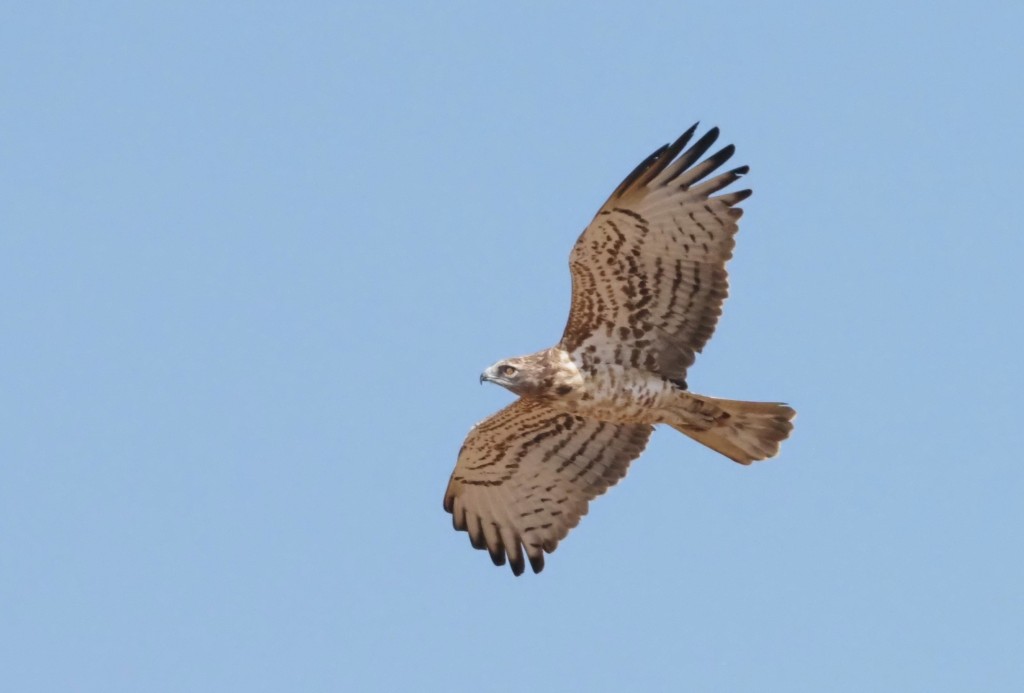


By the time we left to highlands it was mid afternoon, and the very last stop of the day was for some farms around Salalah. Here, Crested Larks looked all around but also a number of Singing Bush Larks, first singing high up but later providing the group with wonderful views as they were singing from the walls around. Here we also had Booted Eagle, 2 Siberian Stonechats, 2 Marsh Harriers, several Prinias and 17 Whiskered Tern in a lovely feeding flock. There were tens of Western Yellow Wagtails, but it looked like little else. But suddenly 2 adults Rose-coloured Starlings flew over our group, going to stop in a distant farm. We all jumped into the vehicles and drove there, and in the next 10 minutes we enjoyed great views on the Starlings but also 2 Bluethroats and 1 Red-throated Pipit calling in flight! At sunset, we counted 17 Little Ringed Plovers feeding in the plain around us.



Dia 7. This day we went for an offshore South of Salalah. After a pair of days with strong winds, today the sea was really plain, almost like an endless lake. As soon as leaving the small harbour we had the first of many Persian Shearwaters moving North in small flocks of 2-3 birds. Both Sooty and Heuglin’s Gull were common, and their acrobatic flight was often the sign for a Loggerhead or an Olive Ridley Sea Turtle to be breathing in the surface. Moving a few miles away from the coast, we got a small flock of Terns feeding, and were lucky to discover a 1st winter Bridled Tern feeding along with 3 Common Terns. Masked Boobies were commoner than in other offshores, including a wonderful bird that allowed us great images both in flight and on the surface of the sea. Persian Shearwater came in and out as we were chumming, and a surprising Pomarine Skua appeared as well to try to steal some fish from the common Sooty Gulls! But the main character was still to show, and it took us longer than expected, but we finally got decent views on 1 Jouanin’s Petrel that was flying mid way out from our boat!
Back to the harbour we still had another encounteer with the a mixed pod of Spinner & Indo-Pacific Bottlenose Dophins. Back to the harbour, a Hawksbill Sea Turtle came to the surface for a short period of time, a nice adding to the much common Green Sea Turtles around. In the shore, tens of Abdim’s Storks were resting along with a large concentration of Gulls.





After enjoying a good coffee & tea stop, we drove back to the Dhofar highlands, to have our picnic lunches in the impressive cliffs of the areas, including a short stop to see the always impressive Baobabs of the Dhofar, the Northernmost baobabs in the world!
Our lunch time in the wonderful cliffs of the Dhofar provided us great views on a Striolated Bunting, a species that had escaped from us in the northern Al Harar Mounts.
From the highlands we were back to the Southern part of the city, where a stop on the Raysut River mouth is always mandatory. Here, we counted 17 Terek’s Sandpiper just arrived to the place! Surprisingly, the number of plovers was low, but we got 1 Steppe Eagle on the ground along with 8 Ospreys, several Gulls (including a superb Palla’s Gull), 1 Pin-tailed Snipe moving along 4 Common Snipes, 14 Eurasian Spoonbills, 2 Citrine Wagtails, the only 2 Gadwalls of the trip (male and female), Garganeys, Wigeons, Pintails and a single Greater White-fronted Goose. Here we also got the first Socotra Cormorants of the trip and a good array of waders including Temminck’s & Little Stints, Grey Plovers, Black & Bar-tailed Godwits, the always impressive Siberian race of Eurasian Curlew + Whimbrels, Ruffs, Sanderlings, Greenshanks, Oystercatchers, 3 Curlew Sandpipers and the only Great Knot of the trip.
Checking the Terns resting on the beach we found 7 species: Common, Little, Caspian, Lesser Crested, Greater Crested Tern, Gull-billed & Whiskered. A funny Pheasant-tailed Jacana feeding in beach was an interesting and rather unexpected adding!
From here, a second stop was made to explore a different wetland, and the most interesting birds there were 6 Red-knobbed Coots, 2 Pheasant-tailed Jacana and some flocks of Socotra Cormorants moving South.
The very last of the day was devoted to Desert Owl, a very scarce and still unknown species, especially in Oman, where it was discovered for the first time only in 2014. Our wait until sunset was fast rewarded with 2 Desert Owls calling not far from our position, and a bit more of wait was necessary until 1 of them decided to come to its usual song rock, offering the group an unforgettable sight with the male singing only 20 metres away from us while the female was still singing higher in the slope. At the end, we saw both individuals singing in a phenomenal chorus that lasted as one of the most superb sights of the trip!!






Carles Oliver
Dia 8. Today was a day to enjoy the desert and some nice wetlands. After the glorious end of the previous day, we left the coastal plain to get into the desert. After a short transfer, we arrived to the small oasis that hosts the only Hypocolius overwintering population in Oman. A first walk around the area revealed some Nile Valley Sunbirds, including a nice male, were feeding along with Common Chiffchaffs and Lesser Whitethroats (hadorami race) A lovely flock of Sand Partridges running up and down in the oasis was a lovely entertainment for us, as was a pair of confiding Desert Larks. Beyond this, the area was quiet, and it took us some time to find the first Hypocolius. A distant call put us in the way, and Carmine found a male resting low in a bush. During the next 15 minutes we watched the bird alternatively resting and feeding in a tiny bush, but we always respected the distance. Another 20 minutes were necessary for the bird to move, just in time for a small group of Polish birdwatchers to arrive to the oasis and directly connect with the bird thanks to our indications.
Finally we left, with the bird still resting inside the bush. But we didn’t go far before large flocks of Chestnut-bellied Sandgrouses flew above us in search of water. The bush around had to very nice Asian Desert Warblers that were very welcome by the group, and Levant Grey Shrike, Desert Wheatear and very tame pair of Blackstarts completed the list of passerines around. Scanning the ground was not difficult to find a nice flock of 27 Crowned Sandgrouses that came to drink water in a tiny pond. As always, a couple of Eastern Imperial Eagles were closely watching the flocks of Sandgrouses..





After such a good morning, we headed back to Salalah for a good meal and a short midday rest before spending the afternoon in a number of close locations. Out first stop after lunch was in a public park in Salalah. There, we had several Western Yellow Wagtail (including one individual with some characters of Eastern Yellow Wagtail..), 2 Bruce’s Green Pigeon, several Tree Pipits and Hoopoes. From here we drove to Raysut, the location where until a few years ago a massive number of Steppe Eagle used to overwinter. Once in Raysut, we scanned around and we could only find 1 Steppe Eagle, but hundreds of Abdim’s Storks along with White Storks, Red-wattled Lapwings, 2 Spur-winged Lapwings one of the funny hybrid between both species!
Further South, a final stop was made to enjoy a huge flock of hundreds of Socotra Cormorants gathering in the water. Here, we also got nice views on 2 Pheasant-tailed Jacana and 1 European Roller on a road light post.

Dia 9. This day we felt the wonderful Dhofar area behind to concentrate a bit in other regions of Oman. But before leaving, we still had time to check some farms in the it self, where we saw hundreds of Western Yellow Wagtails and Skylarks we could not specify which species along with Singing Bush Lars, 1 female Western Marsh Harrier and 1 Greater Spotted Eagle. Our next stop to explore some plains with a good population of Arabian Gazelles, and we didn’t have wait long before we found a small herb of 3 followed by two more of this kinda small and endangered gazelle. Here, we also got nice views on both Bonelli’s & Easterm Imperial Eagles and 3 Cape Thick-knees resting by the road. A layby stop produced nice scope views on 2 Striolated Bunting before having some solid driving until our next stop, a small coastal wetland right in the border between Dhofar and Al-Wusta regions.
Here we enjoyed our packed lunches and had nice views on the 4 shy Lesser Whistling Ducks that were found a few days earlier by another group of birdwatchers. Along with the whistling ducks we also got other interesting birds here including 1 Masked Booby, Ruff, Turkestan Shrike, 2 drake Tufted Ducks, small numbers of Wigeons and Garganeys, 1 Osprey and 2 Wood Sandpipers.
We kept driving North during the and had a final stop in another small river mouth. Here, a short walk around proved to be productive again and we had 2 Siberian Chiffchaffs, 2 Tawny Pipits, 2 Palla’s Gulls, 3 Eurasian Spoonbills,1 female Eurasian Sparrowhawk, 1 Sand Martin, Pintails, Wigeons and 7 Greater Flamingoes.
From here we just drove the last miles before arriving to our wonderful accommodation.





Dia 10. After having a nice breakfast in our hotel, we just started moving out of Duqm. A first stop walking around a bushland produced nothing out of a Great Grey Shrike (auchery race) but, before living the city, we decided to check some small gardens. We were just approaching when a Drongo just flew over the van. A Drongo! A Drongo! We park the right there, in a 4 lane road (please note that in Duqm there is no traffic at all!) and jumped out to try to relocate our Drongo. It didn’t take too long as the Drongo was nicely sitting in the top of a small building right in the center of the garden. After several images and trying to have the bird from different angles, it came out clear to be an Ashy Drongo! Only the 4th record for Oman!
Delighted with this bird, we invested some extra 10 minutes in checking other gardens around, and we found Common Sandpiper, 2 Bluethroats (including a very obliging male), Yellow Wagtails and a very tame Little Ringed Plover.



From here we moved around Masirah island, were we had hours to check the tydal plains. Unfortunately for us, the tide was stronger than average and the birds were more far away than usual. Still we got nice scope views on 12 Crab Plovers and checking the 1000s of waders we found 2 Marsh Sandpipers along with hundreds of Dunlins, Curlew Sandpipers, Bar-tailed Godwits, some Terek’s Sandpipers, nice Greater Sand Plovers moulting to summer plomage, Gull-billed Terns, Spoonbills, Oystercatchers, Greenshanks, Redshanks, Lesser Sand Plovers, Sanderlings and Kentish Plovers along with Eurasian Curlews, Flamingoes and Western Reef Egrets to name only a few. The area is also excellent to have very close views on some common species including Greater Crested Tern, Caspian Gull and others. This time was not different, and the photographers in the group enjoyed the most!
From one of the view point over the tidal plains, we got the second Pied Wheatear of the trip (a female), but nothing else of interest.
During the afternoon we kept going North with only 2 extra stops. The very first of them was to check a typical place for Asian Koels, and we were lucky to find at least 3 of this very scarce species in Oman. They were a bit active and allowed nice images while resting into the small acacias of a tiny suburb.
The very last stop of the day was devoted to a tiny scrubland in the middle of the dunes. Some years ago we discovered this to be a nice place for Ménétriés’s Warblers, and this time was not different. This is a very skulking species, but only after walking some 100 metres we got a nice male flying away from us. Some patience was required, but at the end the male came out of the vegetation (for some seconds), allowing everybody in the group to have good views on its beautiful salmon breast
A lovely way to end a very surprising day!






Dia 11. Very last transfer of the trip. This day we had only time for a breakfast and transfer to the airport. In our way, we still could enjoy 18 Indian Rollers along the first 50 kilometres of transfer, along with Eurasian Hoopoe and 2 Arabian Bee-eaters. Around the airport we had the very last (and short) stop of the trip, and we had the change for a last view on Red-wattled Lapwings, Lesser Sand Plovers, Little Stints, Dunlins and Curlew Sandpiper.
LIST OF BIRDS SEEN DURING THE TRIP
The list includes the common English and Catalan names + scientific name of all the species:
- Arabian Partridge – Perdiu d’Aràbia (Alectoris melanocephala)
- Sand Partridge – Perdiu del desert (Ammoperdix heyi)
- Grey Francolin – Francolí gris (Francolinus pondicerianus)
- Greater White-fronted Goose – Oca riallera grossa (Anser albifrons)
- Cotton Pygmy Goose – Oca pigmea asiàtica (Nettapus coromandelianus)
- Lesser Whistling Duck – Ànec arbori menut (Dendrocygna javanica)
- Mallard – Ànec coll-verd (Anas platyrhynchos)
- Eurasian Wigeon – Ànec xiulador (Anas penelope)
- Pintail – Ànec cuallarg (Anas acuta)
- Eurasian Teal – Xarxet comú (Anas crecca)
- Gadwall – Ànec griset (Mareca strepera)
- Garganey – Xarrasclet (Spatula querquedula)
- Northern Shoveler – Ànec cullerot (Spatura clypeata)
- Common Pochard – Morell cap-roig (Aythya ferina)
- Tufted Duck – Morell de plomall (Aythya fuligula)
- White-breasted Waterhen – Polla pitblanca (Amaurornis phoenicurus) – heard only
- Grey-headed Swamphen – Polla blava capgrís (Porphyrio poliocephalus)
- Eurasian Moorhen – Polla d’aigua (Gallinula chloropus)
- Eurasian Coot – Fotja comuna (Fulica atra)
- Red-knobbed Coot – Fotja banyuda (Fulica cristata)
- Little Grebe – Cabusset comú (Tachybaptus ruficollis)
- Greater Flamingo – Flamenc comú (Phoenicopterus roseus)
- Spotted Thick-knee – Torlit pigallat (Burhinus capensis)
- Cream-coloured Courser – Corredor saharià (Cursorior cursor)
- Eurasian Oystercatcher – Garsa de mar (Haematopus ostralegus)
- Crab Plover – Droma (Droma ardeola)
- Black-winged Stilt – Cames-llargues (Himantopus himantopus)
- Pheasant-tailed Jacana – Jacana cua de faisà (Hydrophaisanus chirurgus)
- Red-wattled Lapwing – Fredeluga índia (Vanellus indicus)
- Spur-winged Lapwing – Fredeluga d’esperons (Vanellus spinosus)
- Grey Plover – Pigre gris (Pluvialis aquatarola)
- Common Ringed Plover – Corriol anellat gros (Charadrius hiaticula)
- Little Ringed Plover – Corriol anellat petit (Charadrius dubius)
- Kentish Plover – Corriol camanegre (Charadrius alexandrinus)
- Greater Sand Plover – Corriol de Leschenault (Charadrius leschenaultii)
- Tibetan Sand Plover – Corriol de Mongòlia (Anarhynchos atrifons)
- Common Snipe – Becadell comú (Gallinago gallinago)
- Pin-tailed Snipe – Becadell cua-punxegut (Gallinago stenura)
- Jack Snipe – Becadell sord (Lymnocriptes minimus)
- Bar-tailed Godwit – Tètol cuabarrat (Limosa lapponica)
- Black-tailed Godwit – Tètol cuanegre (Limosa limosa)
- Eurasian Whimbrel – Pòlit cantaire (Numenius phaeopus)
- Eurasian Curlew – Becut eurasiàtic (Numenius arquata)
- Spotted Redshank – Gamba roja pintada (Tringa erythropus)
- Common Redshank – Gamba roja comuna (Tringa totanus)
- Marsh Sandpiper – Siseta (Tringa stagnatilis)
- Greenshank – Gamba verda (Tringa nebularia)
- Green Sandpiper – Xivita (Tringa ochropus)
- Wood Sandpiper – Valona (Tringa glareola)
- Terek’s Sandpiper – Siseta cendrosa (Xenus cinereus)
- Common Sandpiper – Xivitona (Actitis hypoleucos)
- Ruddy Turnstone – Remena-rocs (Arenaria interpres)
- Sanderling – Territ tres-dits (Calidris alba)
- Little Stint – Territ menut (Calidris minuta)
- Temminck’s Stint – Territ de Temminck (Calidris temminckii)
- Dunlin – Territ variant (Calidris alpina)
- Curlew Sandpiper – Territ bec-llarg (Calidris ferruginea)
- Great Knot – Territ gros siberià (Calidris tenuirostris)
- Ruff – Batallaire (Calidris pugnax)
- Red-necked Phalarope – Escuraflascons bec-fí (Phalaropus lobatus)
- Pomarine Skua – Paràsit cuaample (Stercorarius pomarinus)
- Slender-billed Gull – Gavina capblanca (Chroicocephalus genei)
- Black-headed Gull – Gavina riallera (Chroicocephalus ridibundus)
- Heuglin’s Gull (heuglini) & Steppe Gull (barabensis) – Gavià fosc (Larus fuscus)
- Caspian Gull – Gavià del Capi (Larus cachinnans)
- Common Gull – Gavina cendrosa (Larus canus)
- Palla’s Gull – Gavinot capnegre (Ichthyaetus ichthyaetus)
- Sooty Gull – Gavià de Hemprich (Ichthyaetus hemprichii)
- Caspian Tern – Xatrac gros (Hydroprogne caspia)
- Greater Crested Tern – Xatrac reial becgroc (Thalasseus bergii)
- Lesser Crested Tern – Xatrac bengalí (Thalasseus bengalensis)
- Sandwich Tern – Xatrac bec-llarg (Thalasseus sandvicensis)
- Common Tern – Xatrac comú (Sterna hirundo)
- Gull-billed Tern – Curroc (Gelochelidon nilotica)
- Little Tern – Xatrac menut (Sternula albifrons)
- Bridled Tern – Xatrac embridat (Onychoprion anaethetus)
- Whiskered Tern – Fumarell carablanc (Chlidonias hybridus)
- White-winged Black Tern – Fumarell alablanc (Chlidonias leucopterus)
- Persian Shearwater – Baldriga persa (Puffinus persicus)
- Jouanin’s Petrel – Petrell de Jouanin (Bulweria fallax)
- Abdim’s Stork – Cigonya d’Abdim (Ciconia abdimii)
- White Stork – Cigonya blanca (Ciconia ciconia)
- Masked Booby – Mascarell enmascarat (Sula dactylara)
- Great Cormorant – Corb marí gros (Phalacrocorax carbo)
- Socotra Cormorant – Corb marí de Socotra (Phalacrocorax nigrogularis)
- Glossy Ibis – Capó reial (Plegadis falcinellus)
- Eurasian Spoonbill – Bec-planer eurasiàtic (Platalea leucorodia)
- Striated Heron – Martinet estriat (Butorides striata)
- Squacco Heron – Martinet ros (Ardeola ralloides)
- Indian Pond Heron – Martinet ros de l’Índia (Ardeolla grayii)
- Western Cattle Egret – Esplugabous (Bubulcus ibis)
- Black-crowned Night Heron – Martinet de nit (Nycticorax nycticorax)
- Purple Heron – Agró roig (Ardea purpurea)
- Grey Heron – Bernat pescaire (Ardea cinerea)
- Great Egret – Agró blanc (Ardea alba)
- Intermediate Egret – Martinet intermedi (Ardea intermedia)
- Little Egret – Martinet blanc (Egretta garzetta)
- Western Reef Egret – Martinet dels esculls (Egretta gularis)
- Egyptain Vulture – Aufrany (Neophron percnopterus)
- Lappet-faced Vulture – Voltor orellut (Torgos tracheliotos)
- Osprey – Àguila pescadora (Pandion haliaetos)
- Crested Honey Buzzard – Aligot vesper oriental (Pernis ptilorhynchus)
- Greater Spotted Eagle – Àguila cridanera (Clanga clanga)
- Steppe Eagle – Àguila d’estepa (Aquila nipalensis)
- Eastern Imperial Eagle – Àguila imperial (Aquila heliaca)
- Bonelli’s Eagle – Àguila cuabarrada (Aquila fasciata)
- Booted Eagle – Àguila calçada (Aquila pennata)
- Short-toed Snake Eagle – Àguila marcenca (Circaetus gallicus)
- Eurasian Sparrowhawk – Esparver comú (Accipiter nisus)
- Black-winged Kite – Elani comú (Elanus caeruleus)
- Western Marsh Harrier – Arpella comuna (Circus aeruginosus)
- Pallid Harrier – Arpella pàl·lida russa (Circus macrourus)
- Montagu’s Harrier – Arpella cendrosa (Circus pygargus)
- Long-legged Buzzard – Aligot rogenc (Buteo rufinus)
- Arabian Scops Owl – Xot d’Aràbia (Otus pamelae)
- Desert Owl – Gamarús del desert (Strix hadorami)
- Western Barn Owl – Òliba (Tyto alba) heard only
- Arabian Eagle Owl – Duc d’Aràbia (Bubo milesi)
- Eurasian Hoopoe – Puput eurasiàtica (Upupa epops)
- Indian Roller – Gaig blau de l’Índia (Coracias benghalensis)
- European Roller – Gaig blau (Coracias garrulus)
- Common Kingfisher – Blauet (Alcedo atthis)
- Arabian Bee-eater – Abellerol d’Aràbia (Merops cyanophrys)
- Common Kestrel – Xoriguer comú (Falco tinnunculus)
- Lesser Kestrel – Xoriguer petit (Falco naumanni)
- Peregrine Falcon – Falcó peregrí (Falco peregrinus)
- Lanner Falcon – Falcó llaner (Falco biarmicus)
- Alexandrine Parakeet – Cotorra alexandrina (Psittacula eupatria)
- Rose-winged Parakeet – Cotorra de Kramer (Psittacula krameri)
- Black-crowned Tchagra – Txagra de coroneta negra (Tchagra senegalus)
- Daurian Shrike – Capsigrany pàl·lid (Lanius isabellinus)
- Turkestan Shrike – Capsigrany cua-roig (Lanius phoenicuroides)
- Steppe Grey Shrike (pallidirostris) & Levant Grey Shrike (aucheri) – Botxí septentrional (Lanius excubitor)
- Arabian Babbler – Tordenc d’Aràbia (Turdoides squamiceps)
- Ashy Drongo – Drongo cendrós (Dicrurus leucophaeus)
- African Paradise Flycatcher – Monarca del paradís africà (Tersiphone viridis)
- Grey Hypocolius – Hipocoli (Hypocolius ampelinus)
- White-eared Bulbul – Bulbul d’orelles blanques (Pycnonotus leucotis)
- Red-vented Bulbul – Bulbul cul-roig (Pycnonotus cafer)
- White-spectacled Bulbul – Bulbul d’ulleres blanques (Pycnonotus xanthopygos)
- House Crow – Corb de l’Índia (Corvus splendens)
- Brown-necked Raven – Corb del desert (Corvus ruficollis)
- Fan-tailed Raven – Corb cuacurt (Corvus rhidipurus)
- Greater Hoopoe-Lark – Alosa puput (Alaemon alaudipes)
- Desert Lark – Terrerola del desert (Ammomanes deserti)
- Greater Short-toed Lark – Terrerola comuna (Calandrella brachydactyla)
- Black-crowned Sparrow-Lark – Terrerola frontblanca (Eremopterix nigriceps)
- Singing Bush Lark – Alosa cantaire (Mirafra cantillans)
- Crested Lark – Cogullada comuna (Galerida cristata)
- Sand Martin – Oreneta de ribera (Riparia riparia)
- Pale Crag Martin – Roquerol pàl·lid (Ptyonoprogne obsoleta)
- Barn Swallow – Oreneta comuna (Hirundo rustica)
- Graceful Prinia – Prínia gràcil (Prinia gracilis)
- Delicate Prinia – Prínia delicada (Prinia lepida)
- Common Chiffchaff – Mosquiter comú (Phylloscopus collybita)
- Siberian Chiffchaff – Mosquiter siberià (Phylloscopus tristis)
- Plain Leaf Warbler – Mosquiter sencill (Phylloscopus neglectus)
- Great Reed Warbler – Balquer (Acrocephalus arundinaceus)
- Clamorous Reed Warbler – Boscarla cridanera (Acrocephalus stentoreus)
- Common Reed Warbler – Boscarla de canyar (Acrocephalus scirpaceus)
- Blyth Reed Warbler – Boscarla dels matolls (Acrocephalus dumetorum)
- Asian Desert Warbler – Tallareta del desert asiàtica (Curruca nana)
- Common Whitethroat – Tallareta comuna (Curruca communis)
- Lesser Whitethroat – Tallarol xerraire (Curruca curruca)
- Eastern Orphean Warbler – Tallarol enmascarat oriental (Curruca crassirostris)
- Arabian Warbler – Tallarol d’Aràbia (Curruca leucomelaena)
- Ménétriés’s Warbler – Tallarol de Ménétries (Curruca mystacea)
- Eastern Olivaceous Warbler – Busqueta pàl·lida oriental (Iduna pallida)
- Abyssian White-eye – Zosterops d’Abissínia (Zosterops abyssinicus)
- Common Myna – Mina comú (Acridotheres tristis)
- Rose-coloured Starling – Estornell rosat (Pastor roseus)
- Tristam’s Starling – Estornell de Tristam (Onychognatus tristamii)
- Song Thrush – Tord comú (Turdus philomelos)
- Blue Rock Thrush – Merla blava (Monticola solitarius)
- Bluethroat – Cotxa blava (Luscinia svecica)
- Black Redstart – Cotxa fumada (Phoenicurus ochruros)
- Siberian Stonechat – Bitxac oriental (Saxicola maurus)
- Semicollared Flycatcher – Papamosques de mig collar (Ficedula semitorquata)
- Red-breasted Flycatcher – Papamosques menut (Ficedula parva)
- Isabelline Wheatear – Còlit isabel·lí (Oenanthe isabellina)
- Desert Wheatear – Còlit del desert (Oenanthe deserti)
- Pied Wheatear – Còlit pitnegre (Oenanthe pleschanka)
- Blackstart – Còlit cuanegre (Oenanthe melanura)
- Arabian Wheatear – Còlit d’Aràbia (Oenanthe lugentoides)
- Hume’s Wheatear – Còlit de Hume (Oenanthe albonigra)
- Persian Wheatear – Còlit cua-roig (Oenanthe chrysopygia)
- Nile Valley Sunbird – Suimanga del Nil (Hedydipna metallica)
- Palestine Sunbird – Suimanga palestina (Cinnyris osea)
- Arabian Sunbird – Suimanga d’Aràbia (Cinnyris hellmayri)
- Purple Sunbird – Suimanga porpra (Cinnyris asiaticus)
- House Sparrow – Pardal comú (Passer domesticus)
- Rüppell’s Weaver – Teixidor de Rüppell (Ploceus galbula)
- Scaly-breasted Munia – Maniquí escatós (Lonchura punctulata)
- African Silverbill – Bec d’argent africà (Euodice cantans)
- Indian Silverbill – Bec d’argent indi (Euodice malabarica)
- Citrine Wagtail – Cuereta citrina (Motacilla citreola)
- White Wagtail – Cuereta blanca (Motacilla alba)
- Grey Wagtail – Cuereta torrentera (Motacilla cinerea)
- Yellow Wagtail – Cuereta groga (Motacilla flava)
- Tawny Pipit – Trobat (Anthus campestris)
- Long-billed Pipit – Piula becllarga (Anthus similis)
- Red-throated Pipit – Piula gola-roja (Anthus cervinus)
- Tree Pipit – Piula dels arbres (Anthus trivialis)
- Yemen Serin – Gafarró del Iemen (Crithagra menachensis)
- Arabian Grosbeak – Durbec d’Aràbia (Rhynchostruthus percivali)
- Striolated Bunting – Sit estriat (Emberiza striolata)
- Cinnamon-breasted Bunting – Sit canyella (Emberiza tahapisi)
LIST OF MAMMALS SEEN DURING THE TRIP
- Egyptian Fruit Bat (Rousettus aegyptiacus)
- Arabian Red Fox (Vulpes vulpes arabica)
- Spinner Dolphin (Stenella longirostris)
- Indo-Pacific Bottlenose Dolphin (Tursiops aduncus)
- Arabian Gazelle (Gazella arabica)
LIST OF REPTILIAN SEEN DURING THE TRIP
- Green Sea Turtle (Chelonia mydas)
- Loggerhead Turtle (Caretta caretta)
- Hawksbill Sea Turtle (Eretmochelys imbricata)
- Sinai Agama (Pseudotrapelus sinaitus)
- Asian Garden Lizzard (Calotes versicolor)
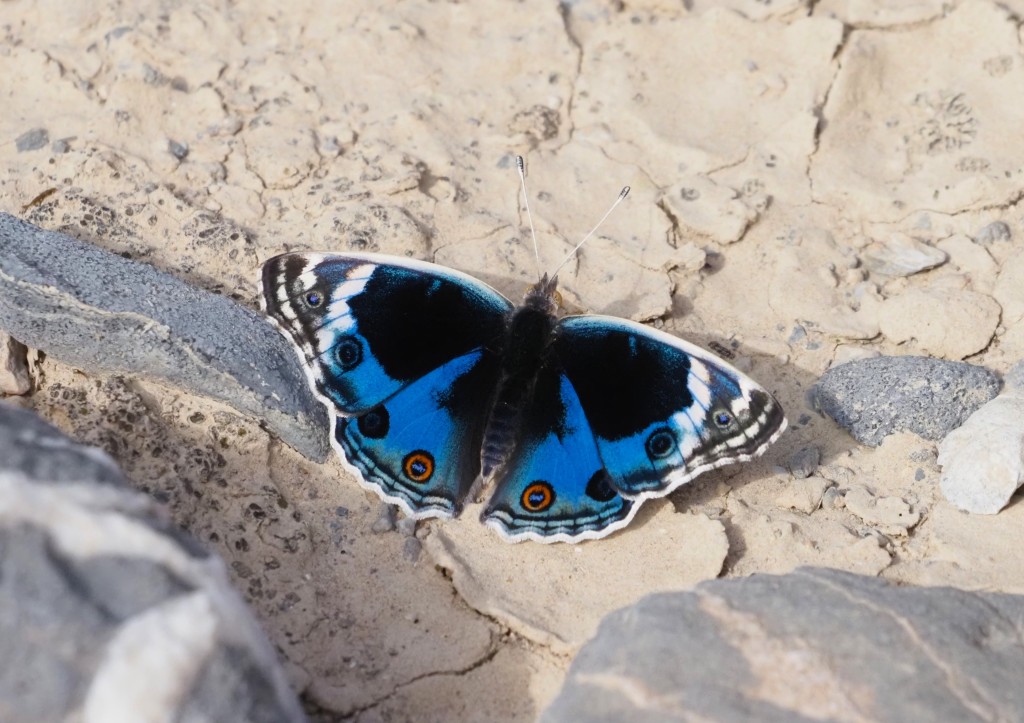





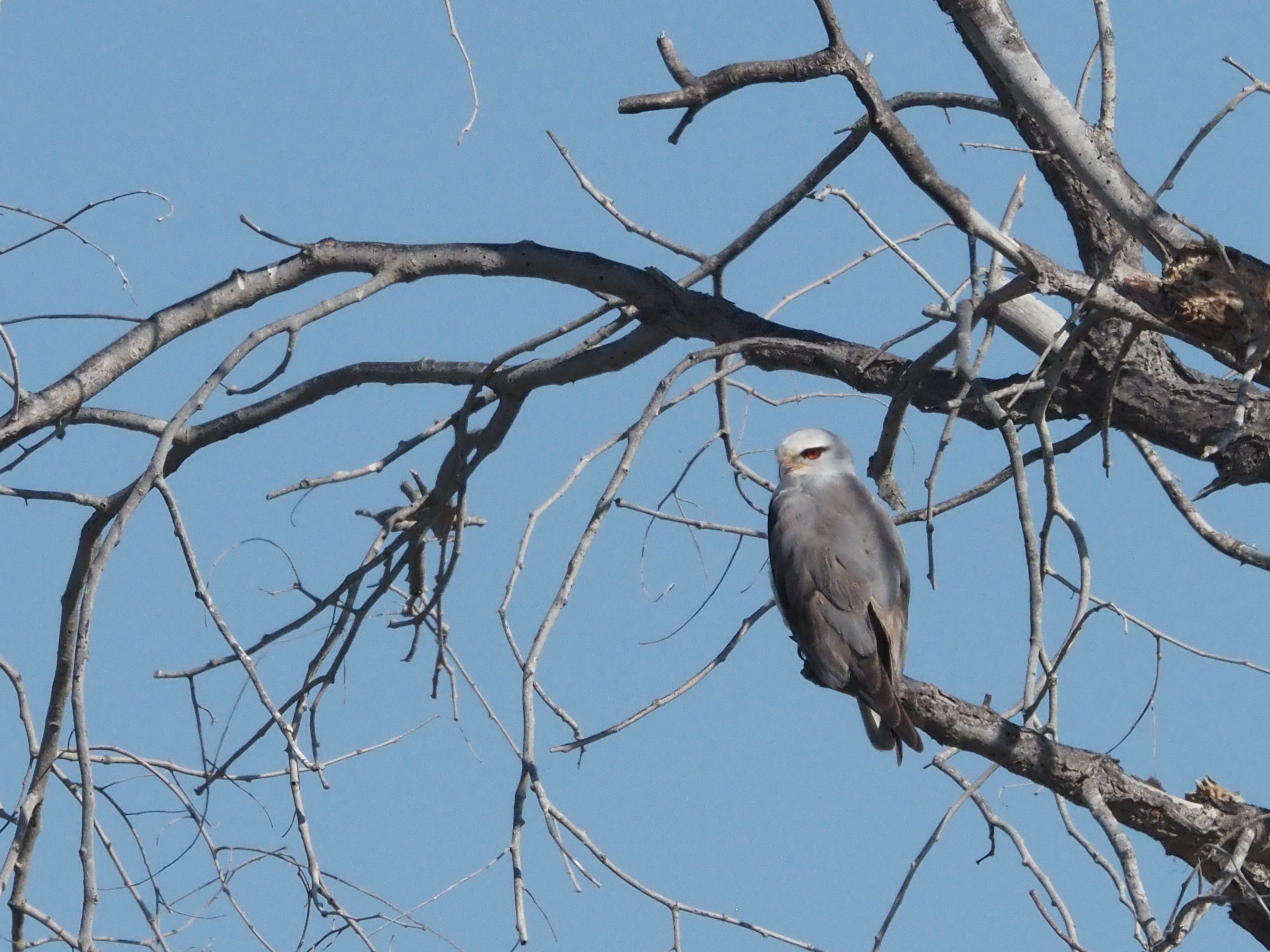












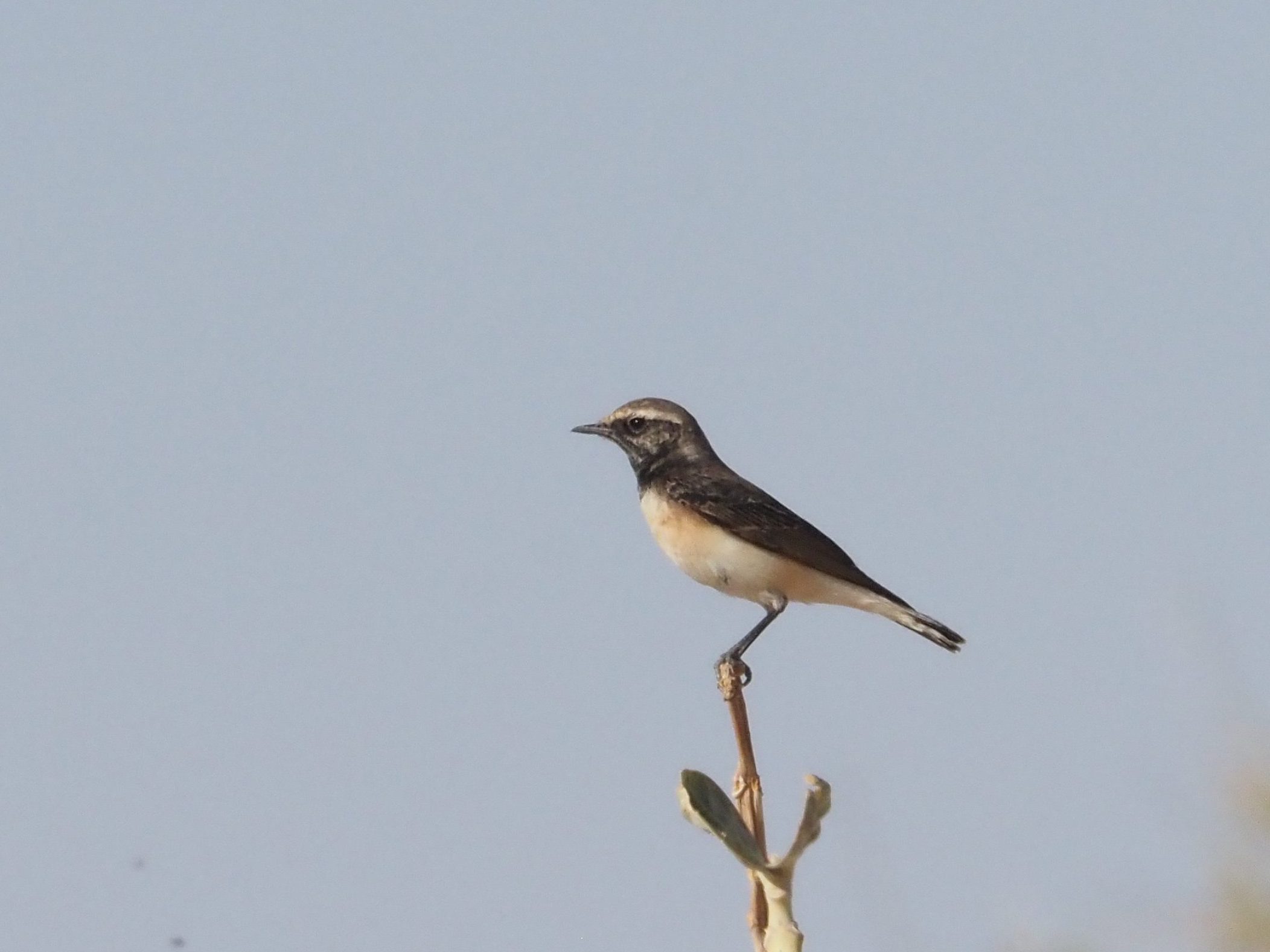












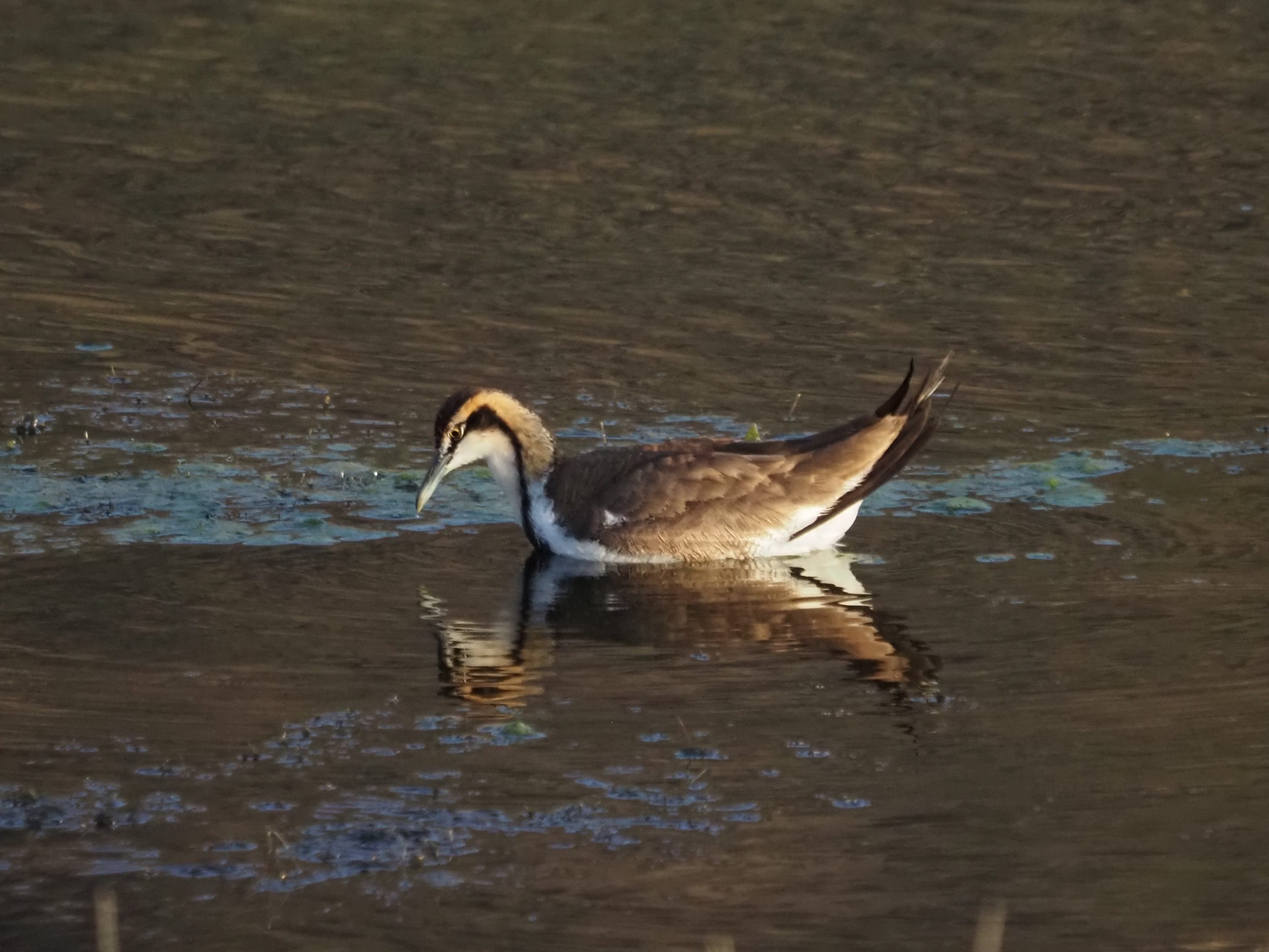
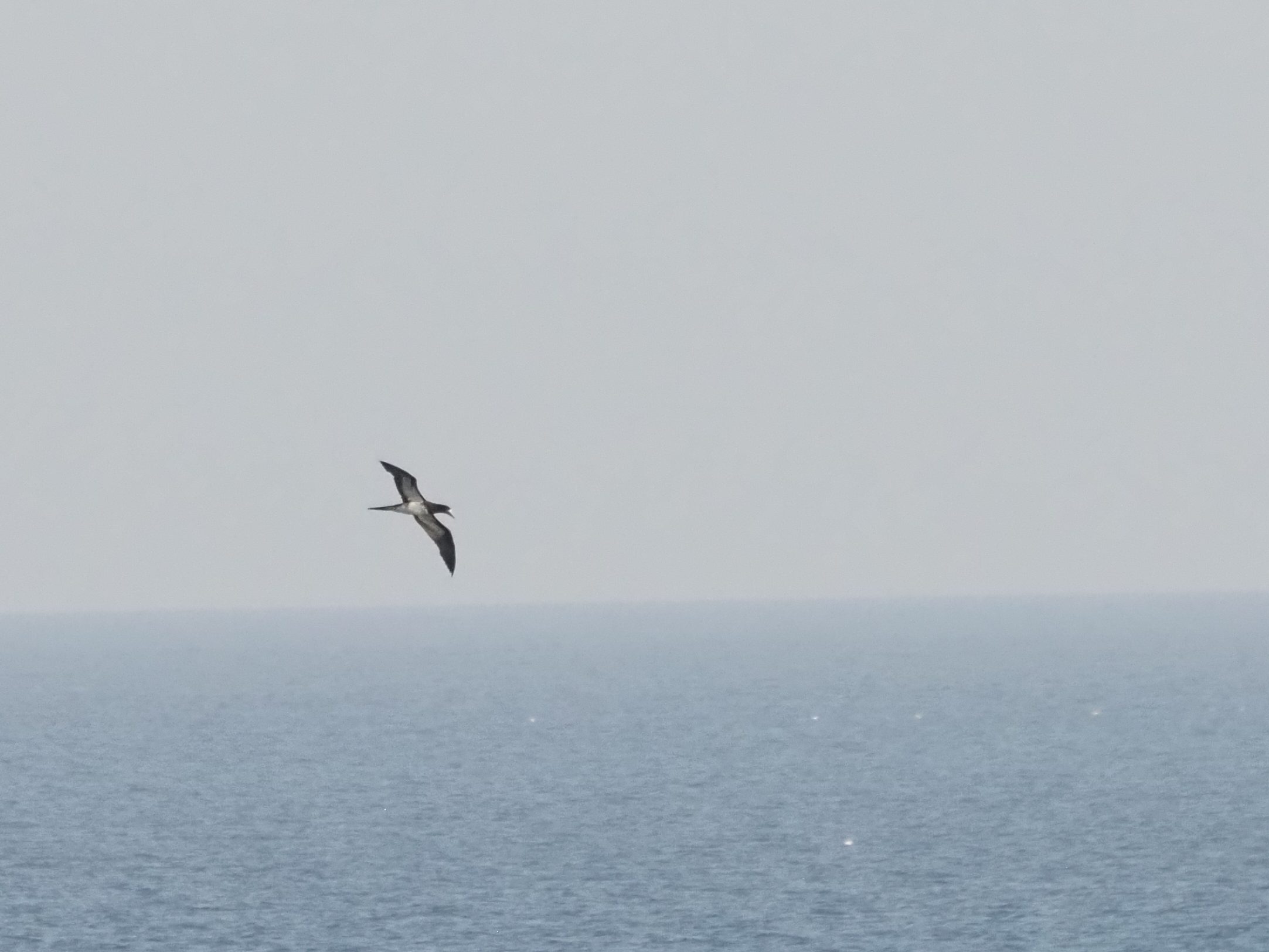






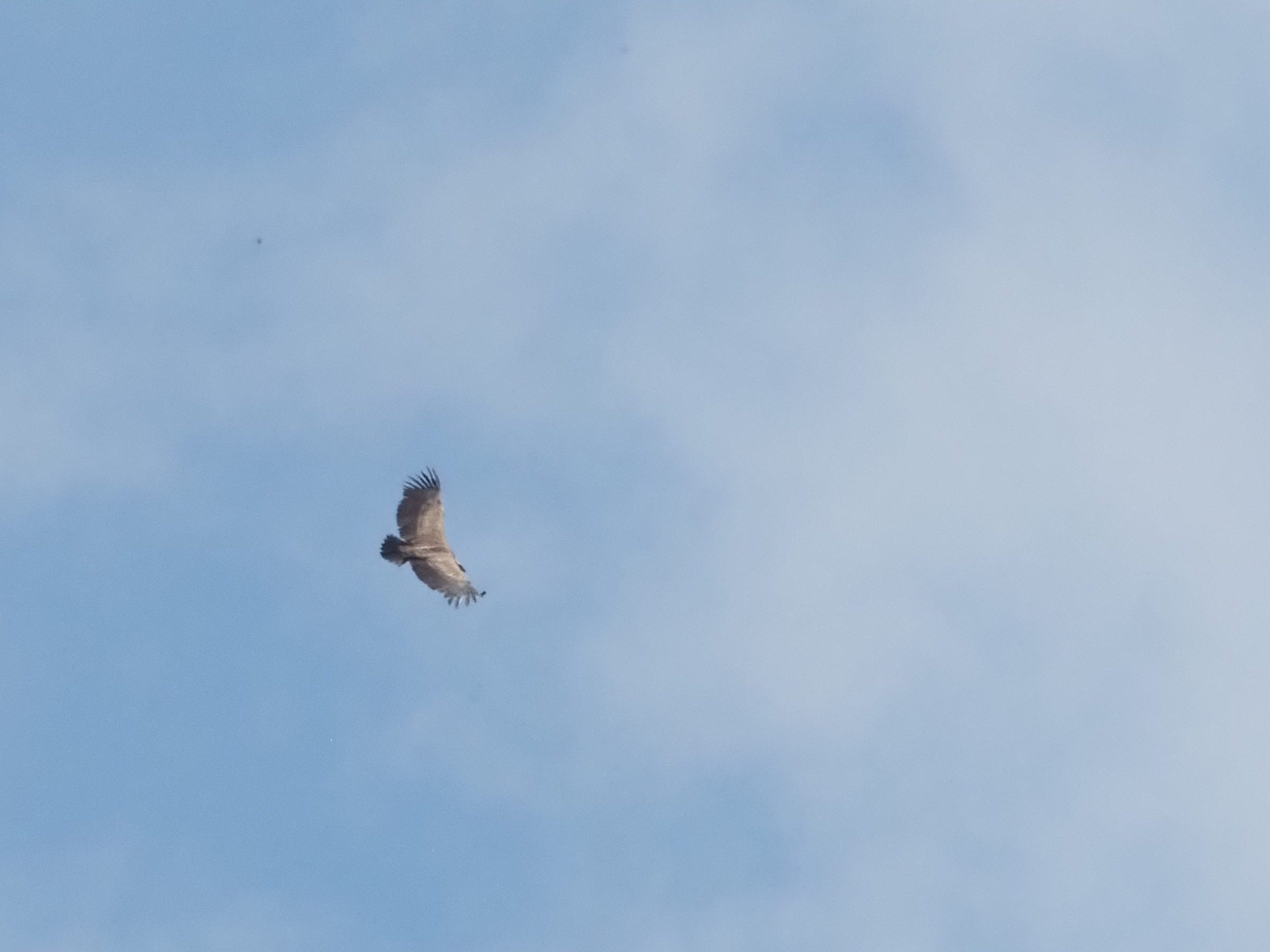

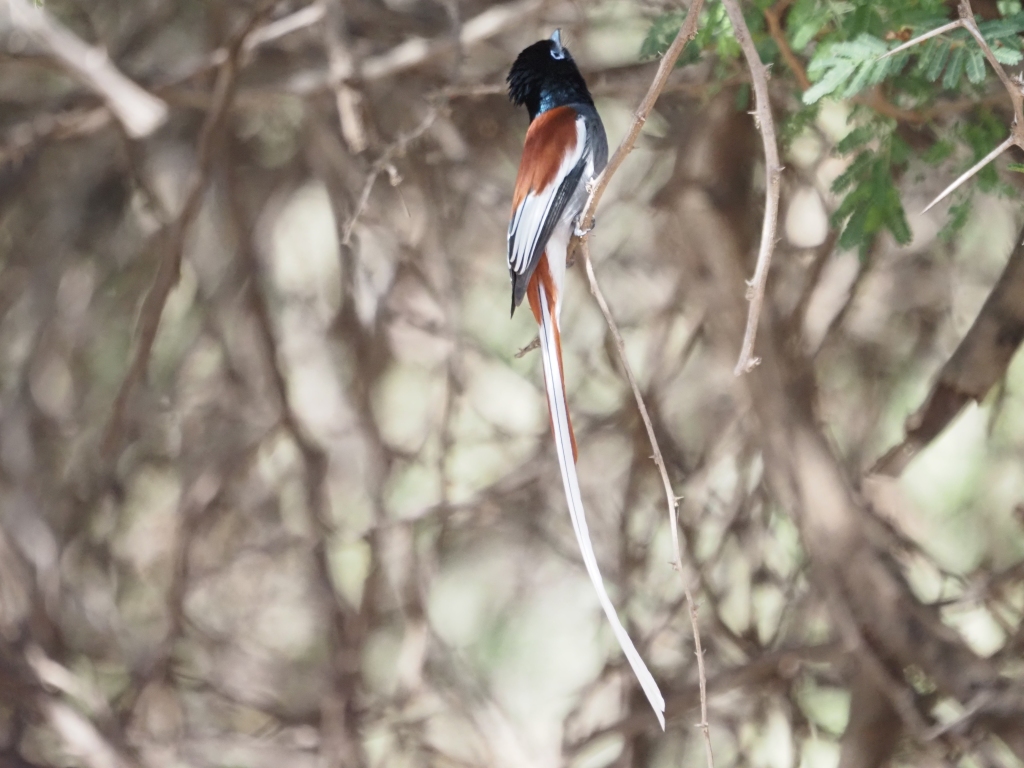






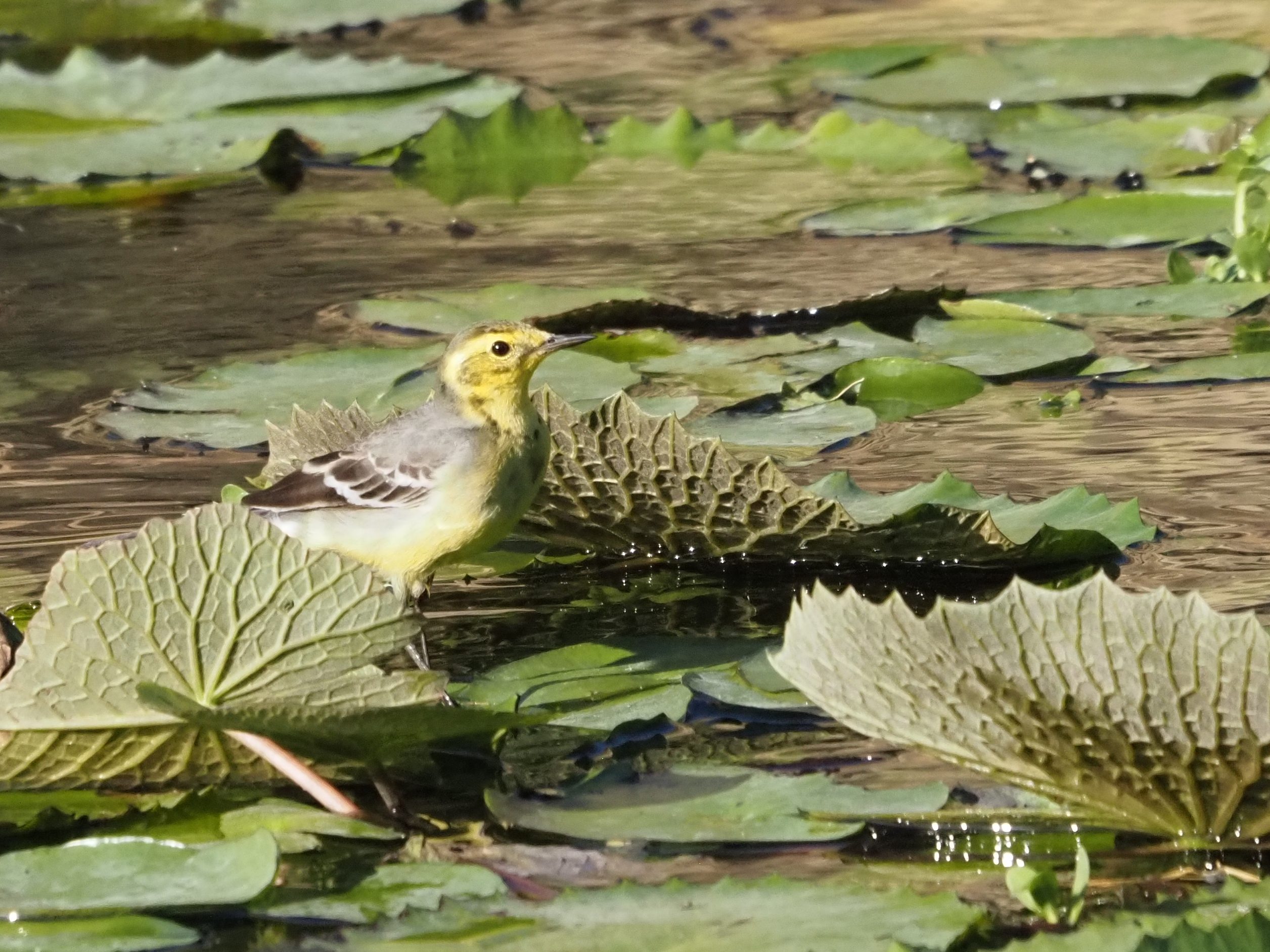
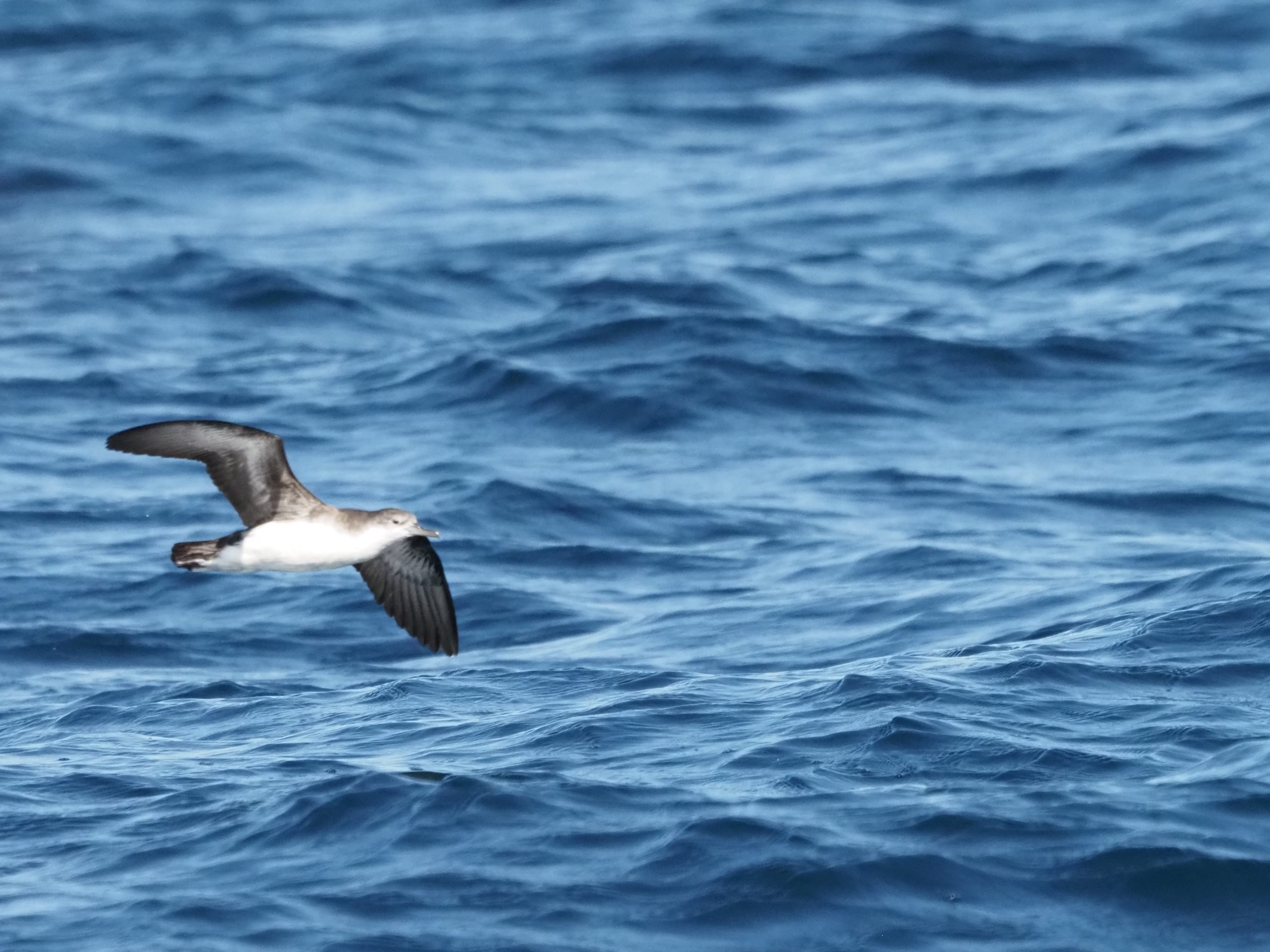




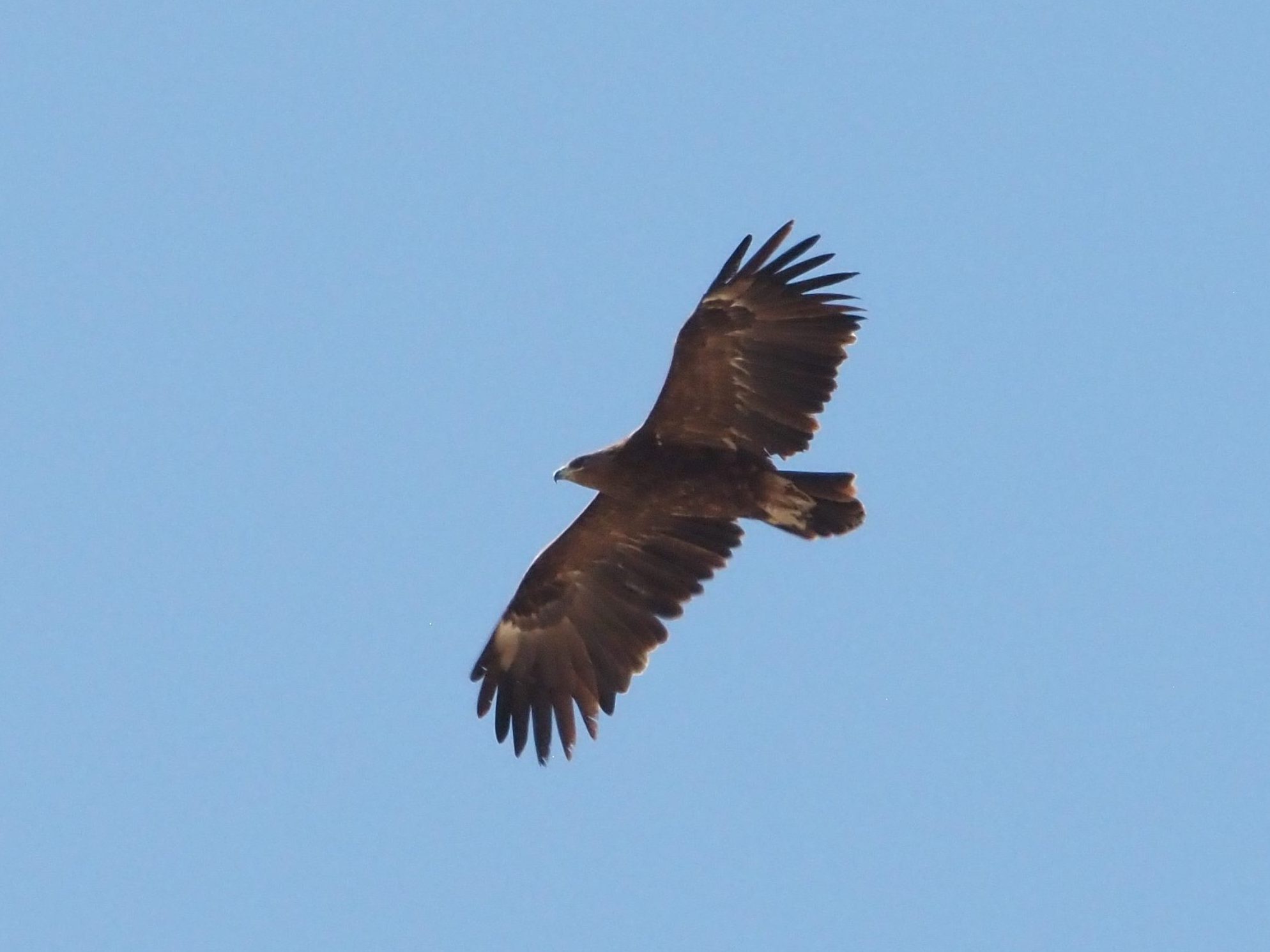














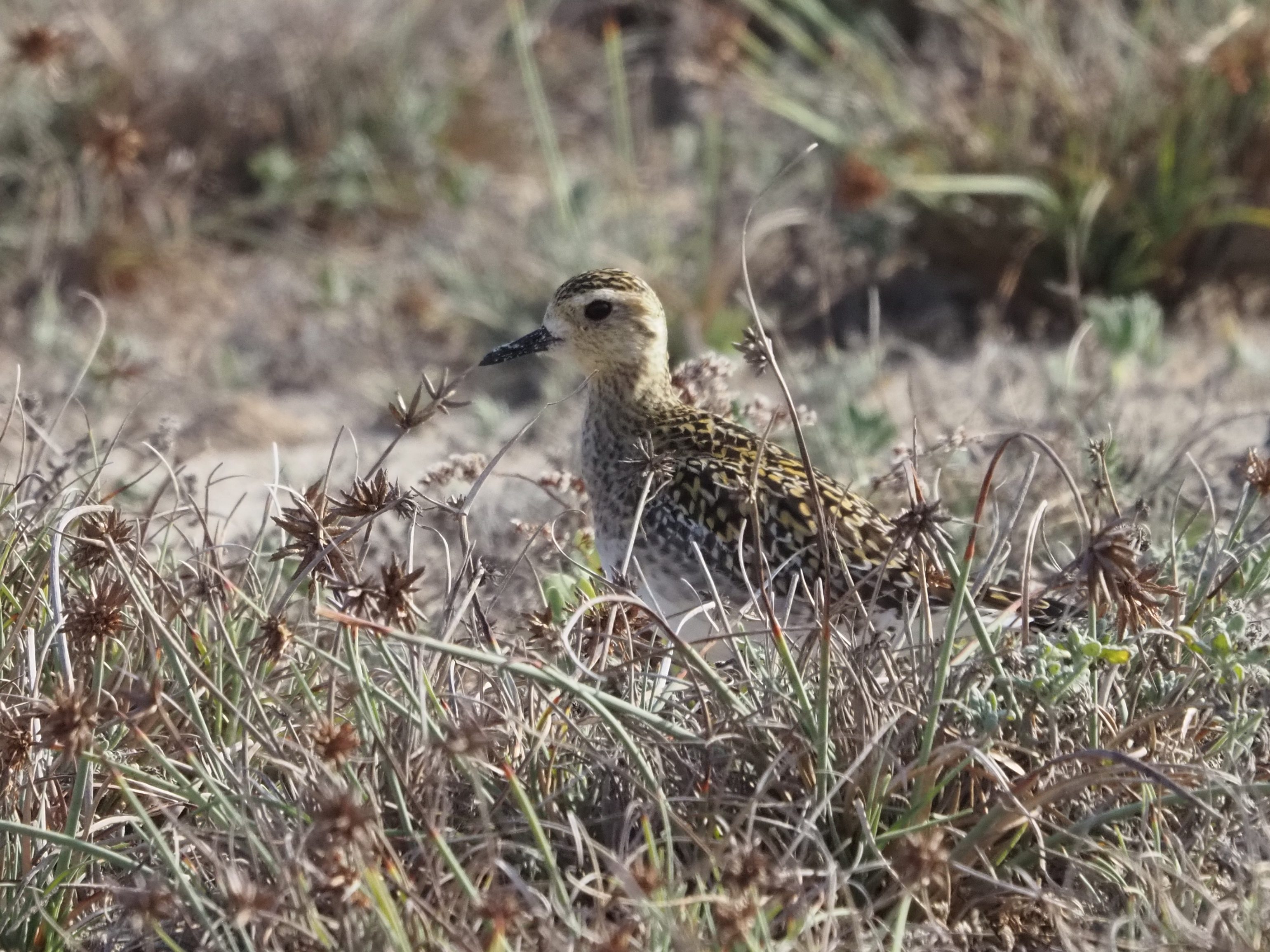
















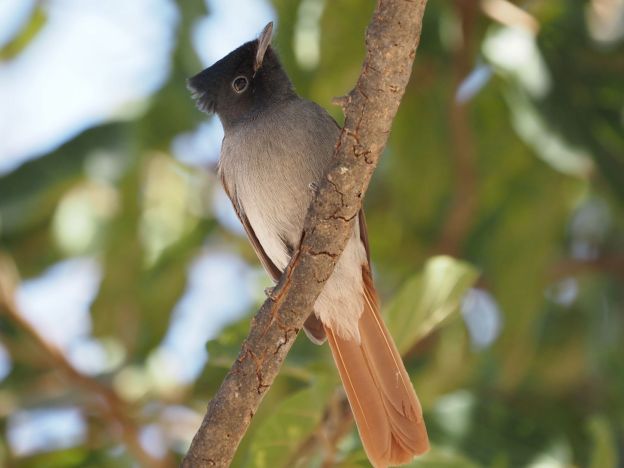
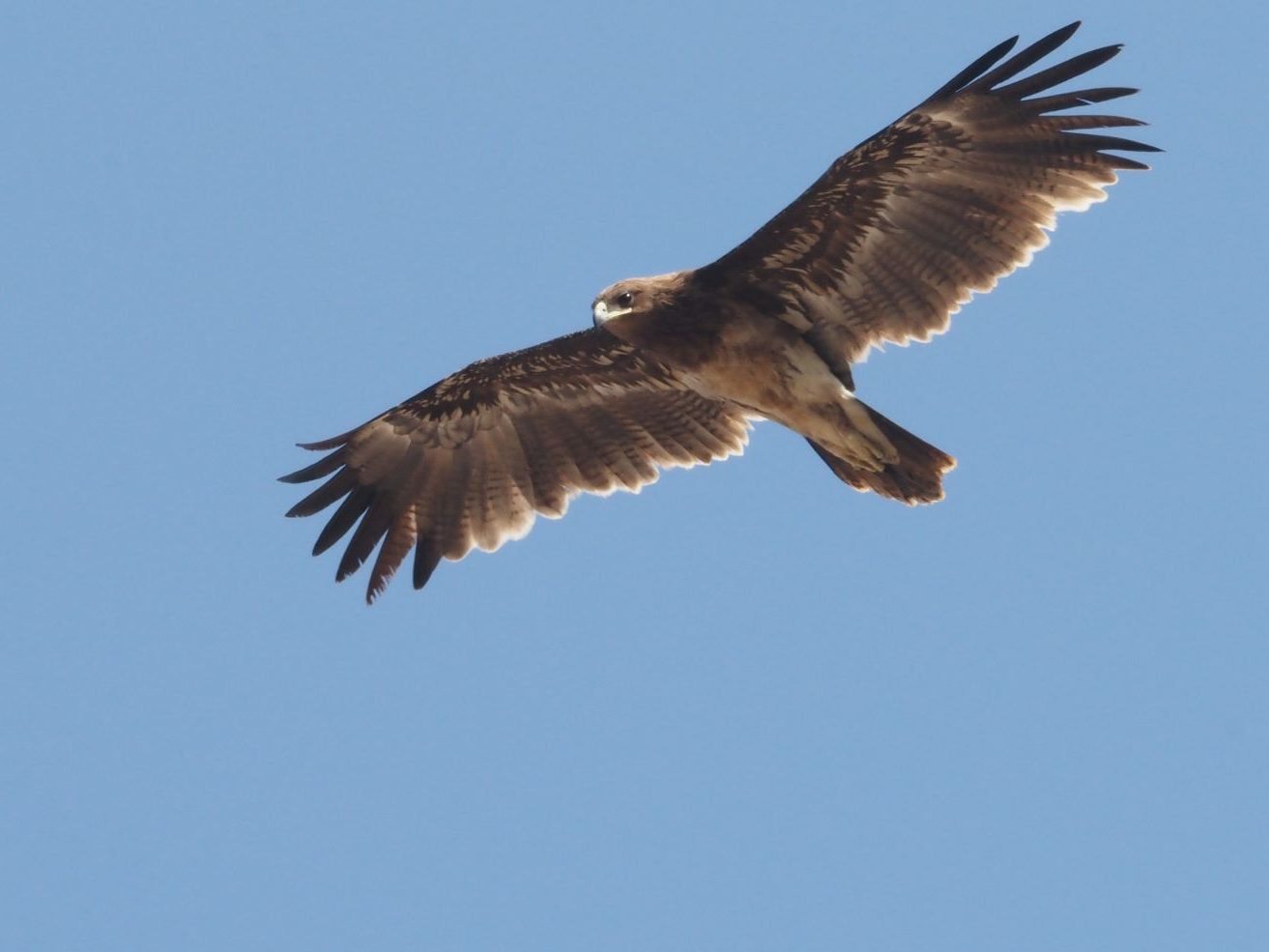
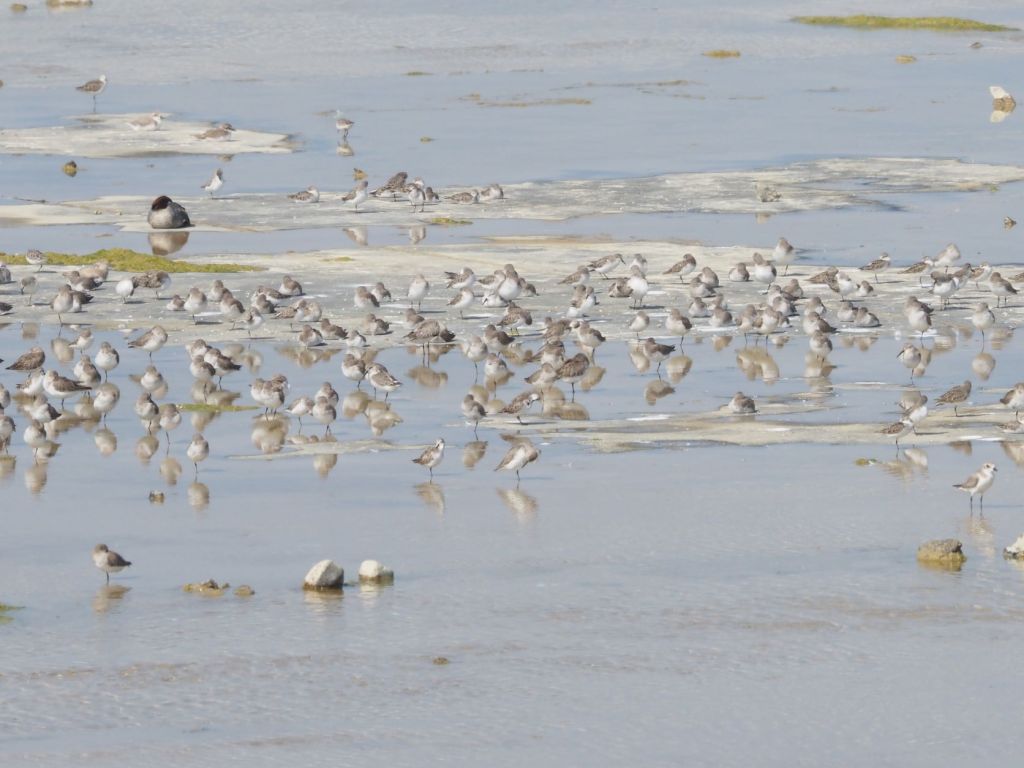

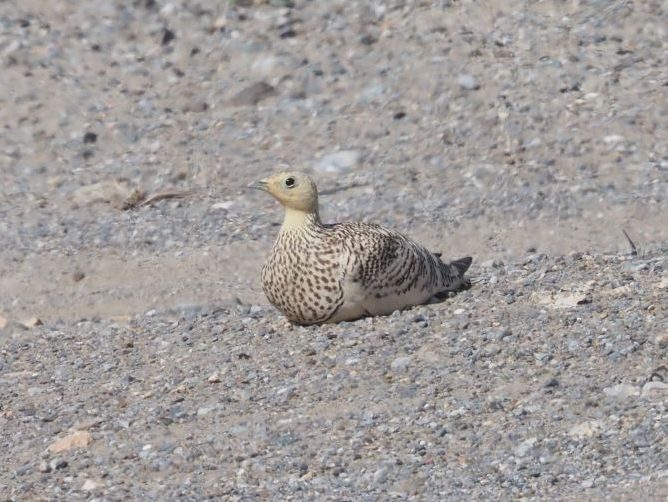

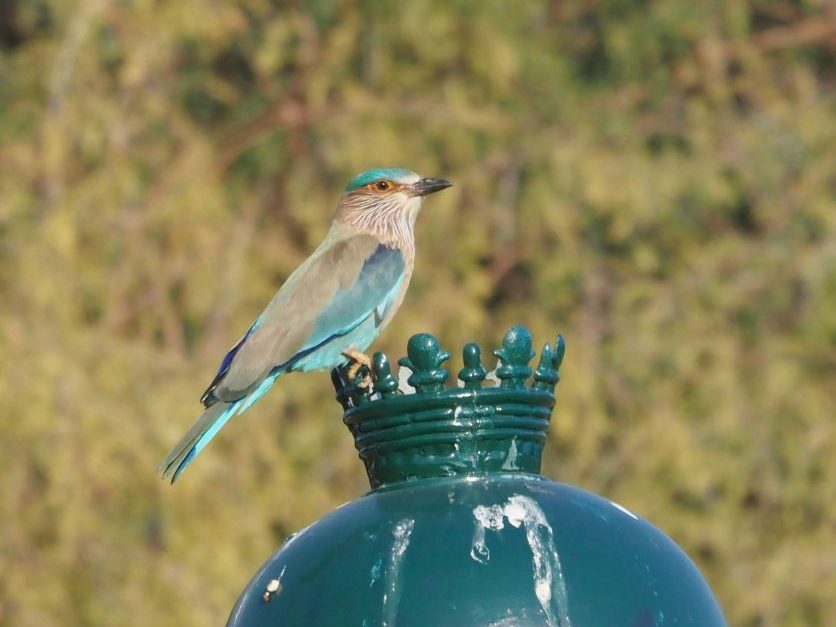

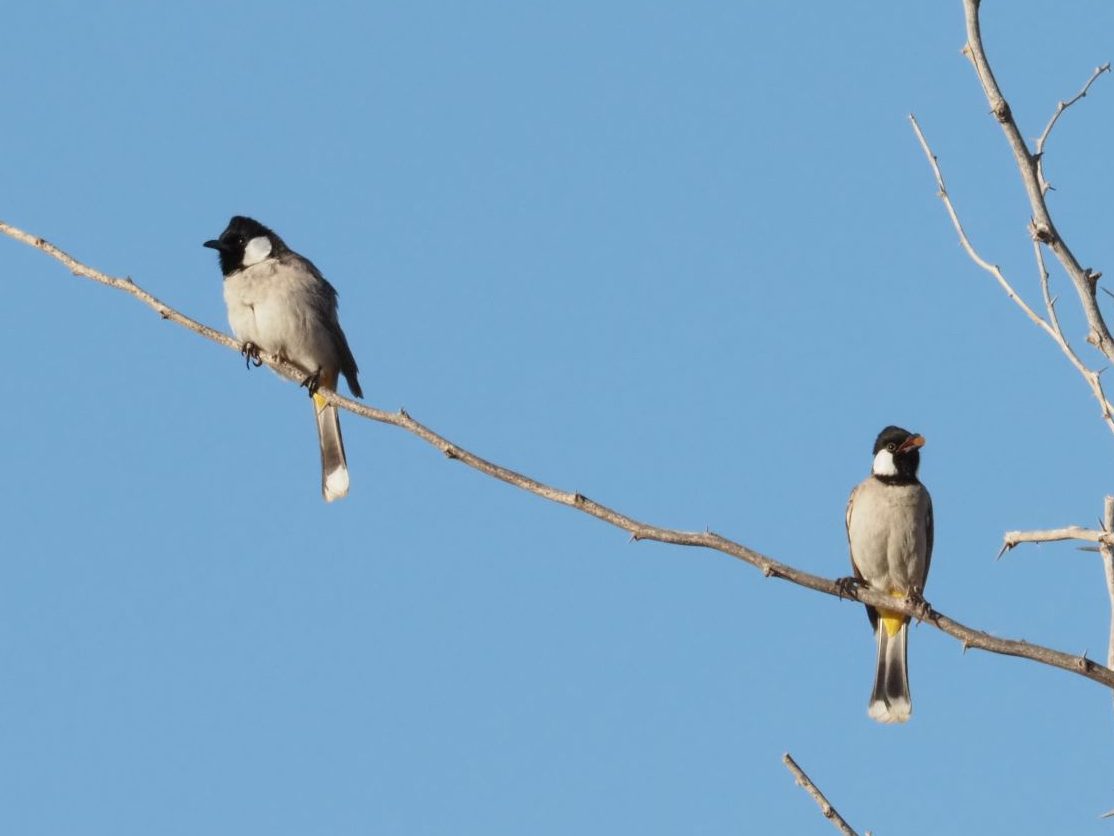
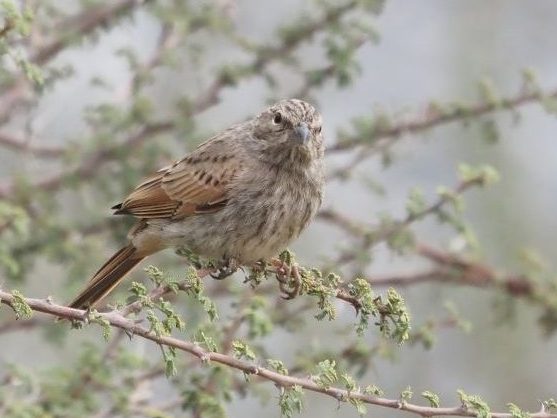
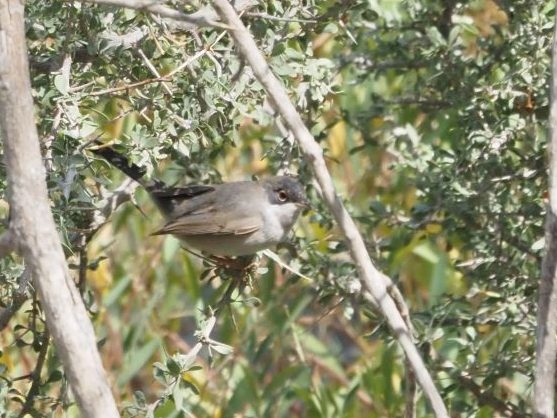
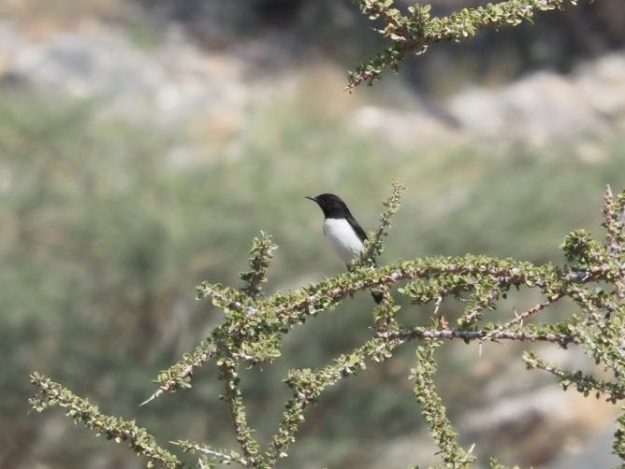
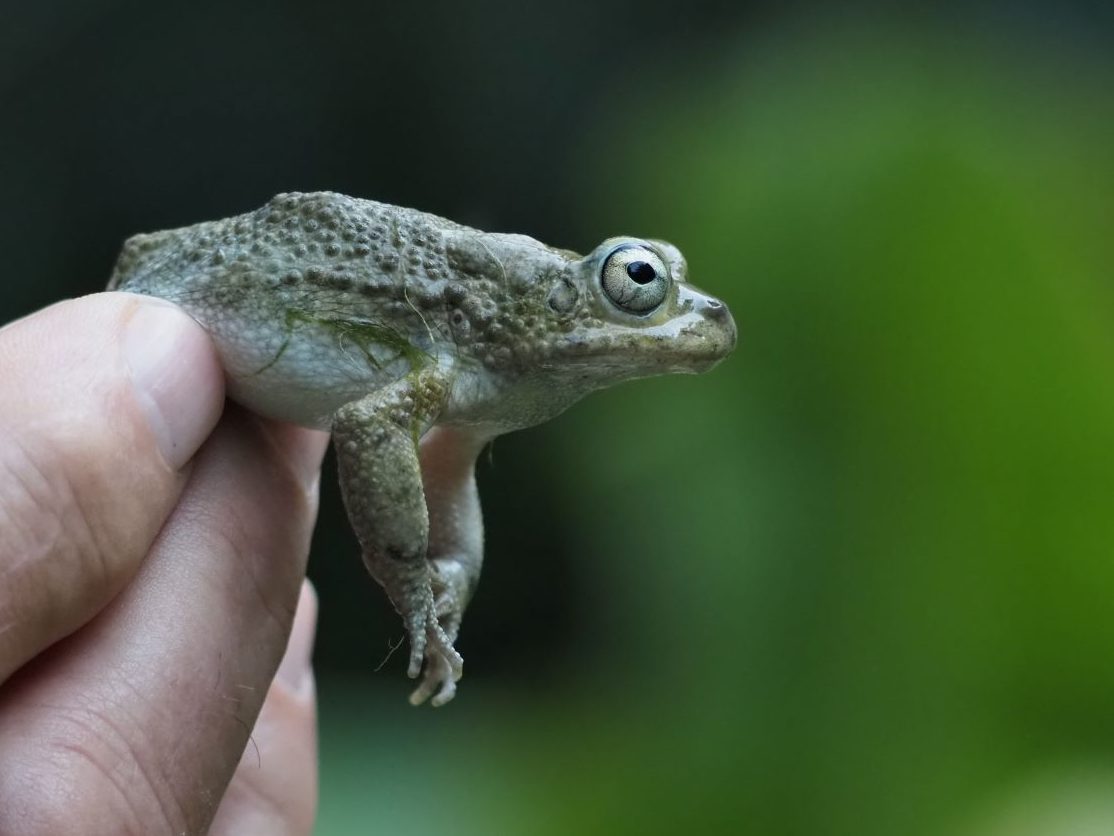
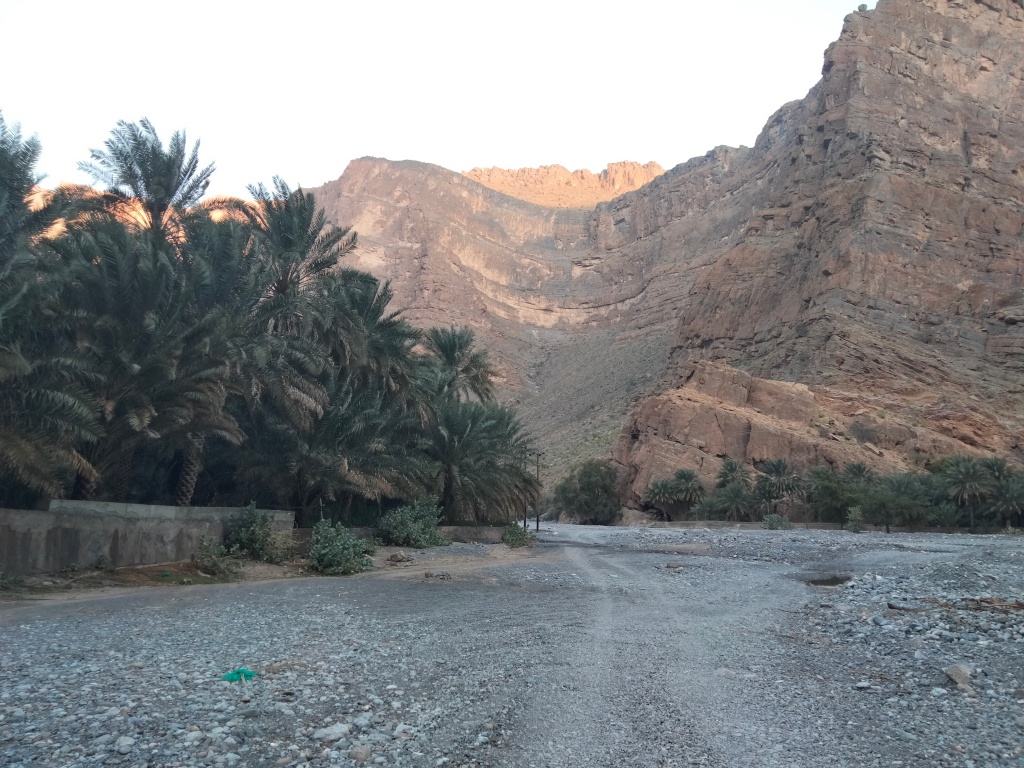


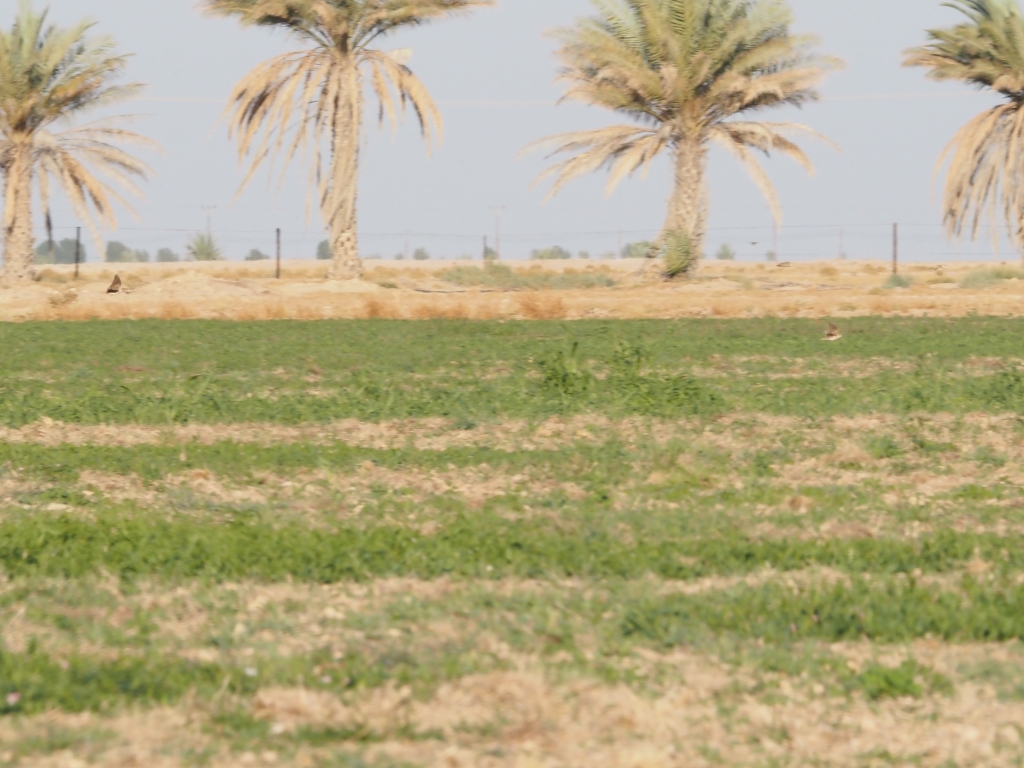

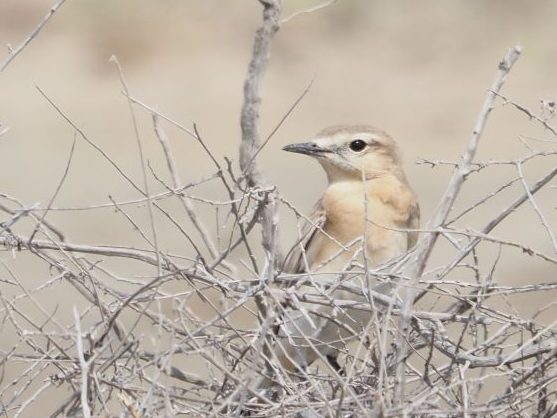
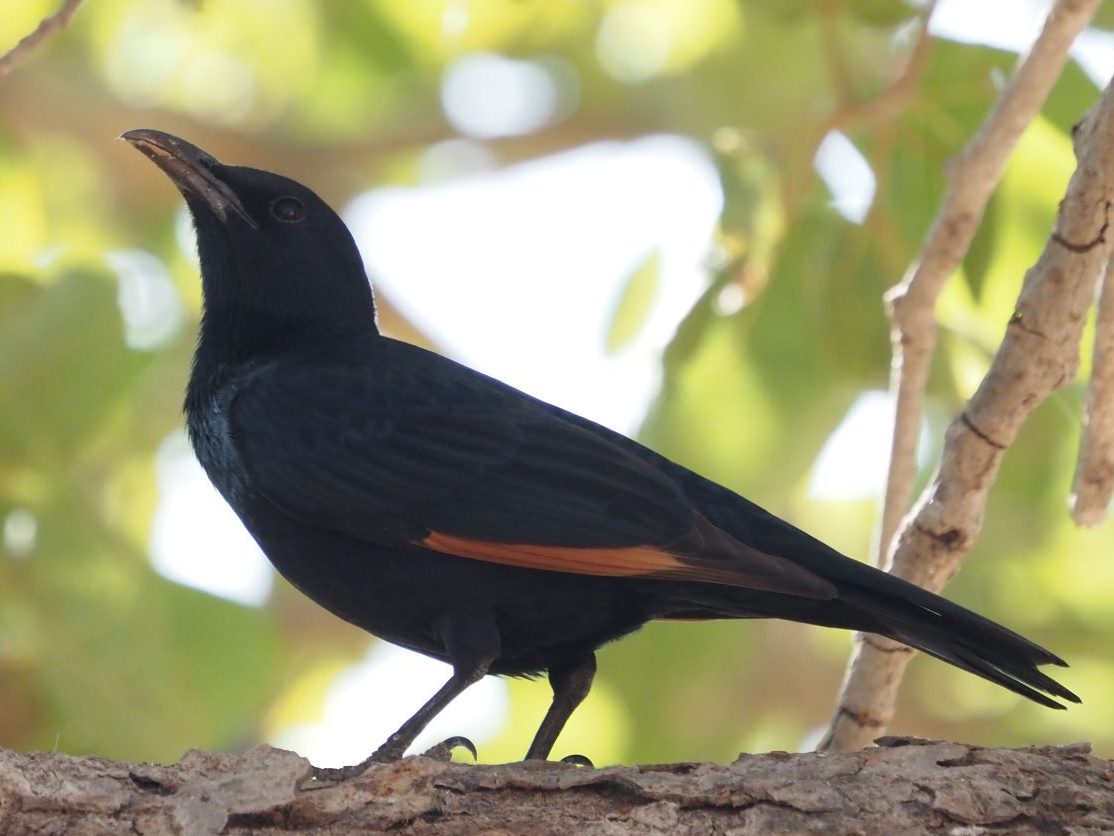
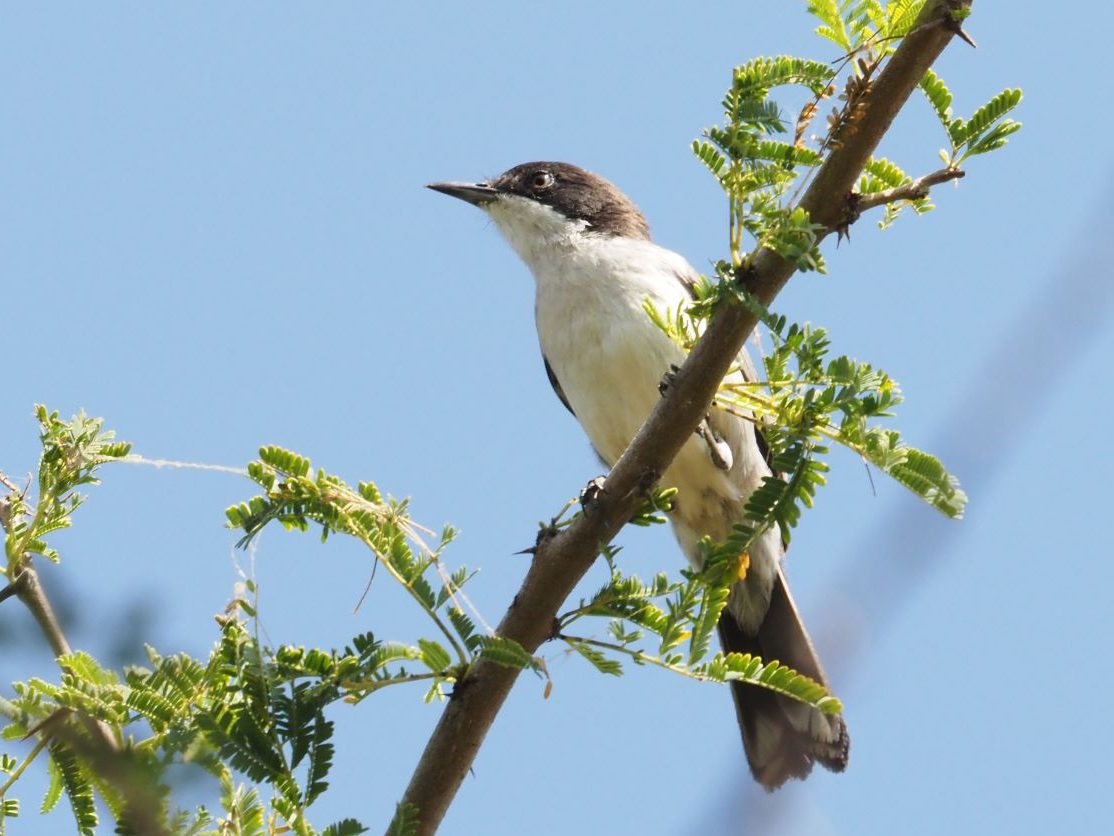
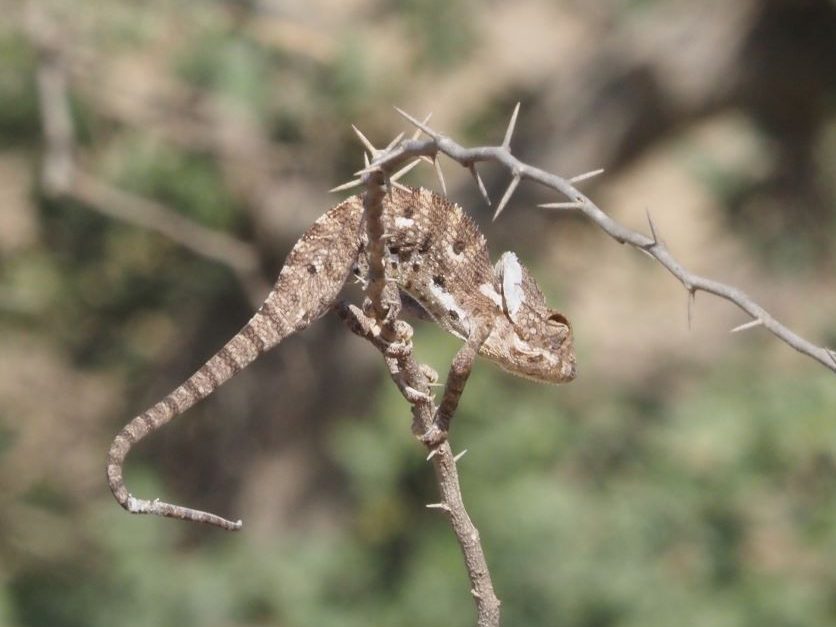
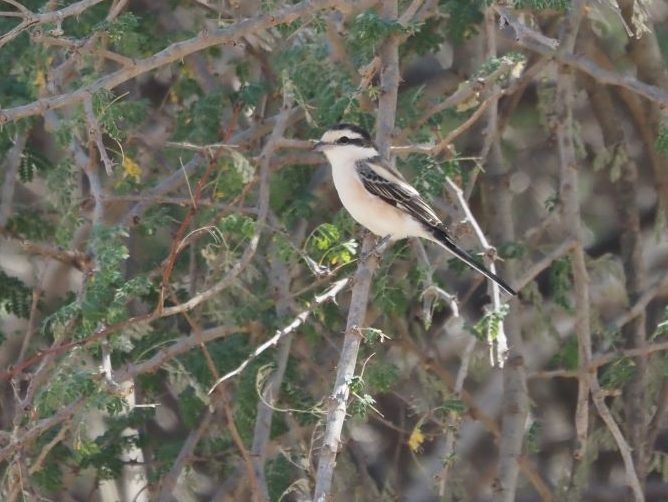
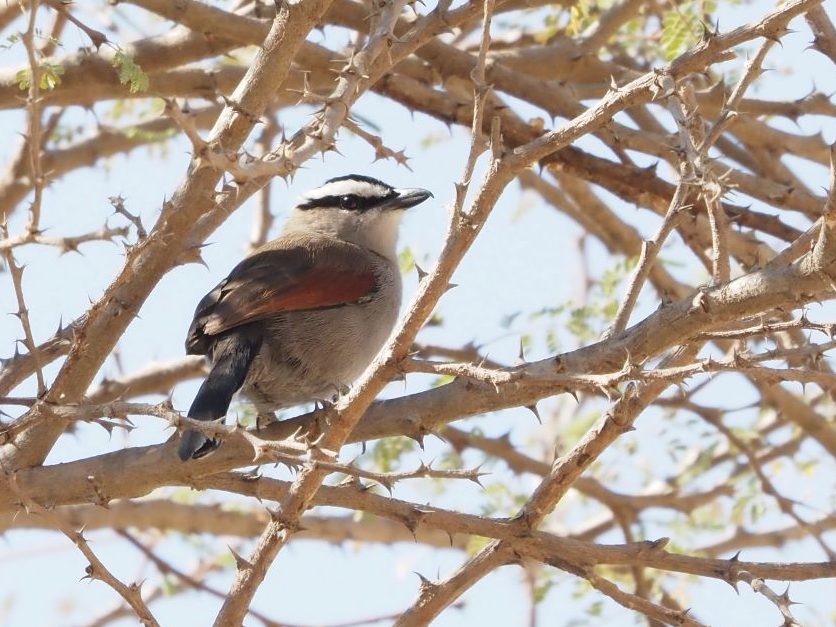
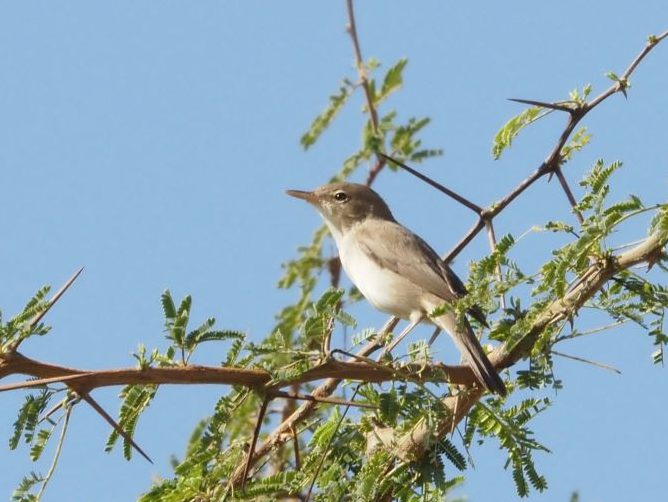
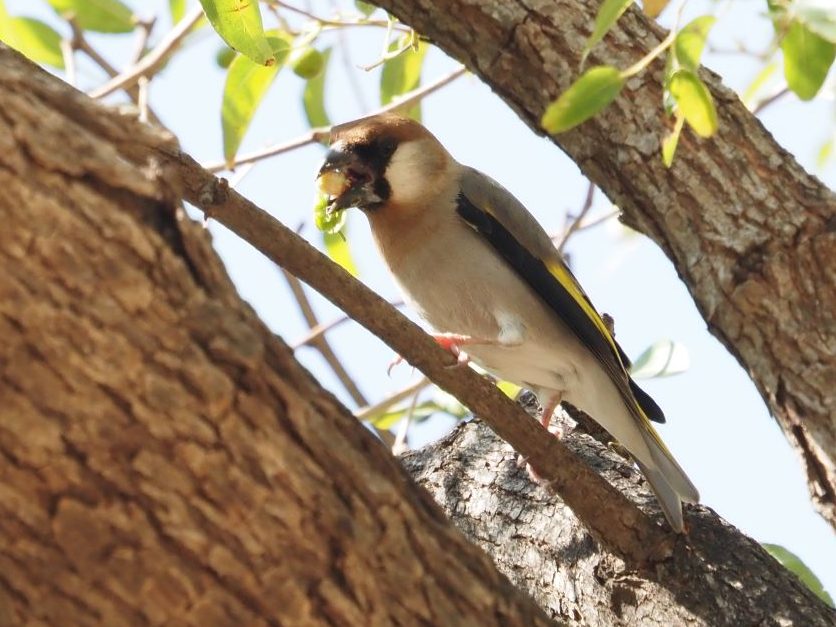
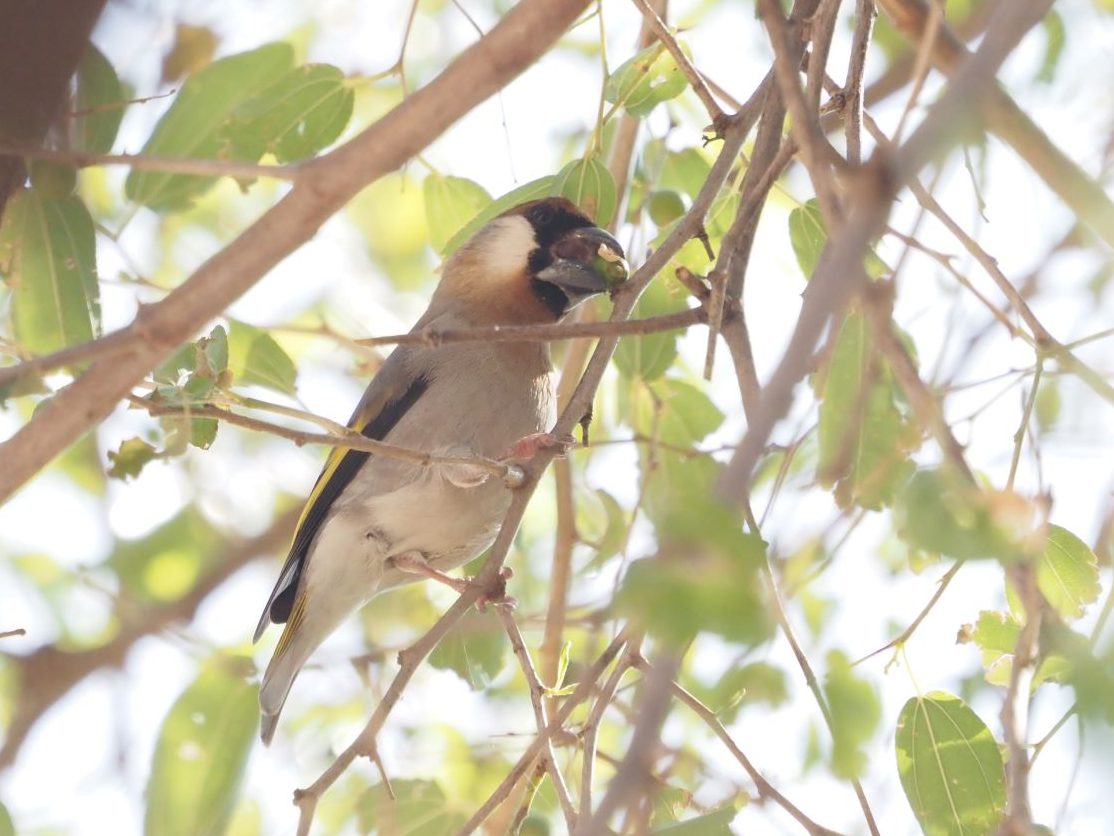
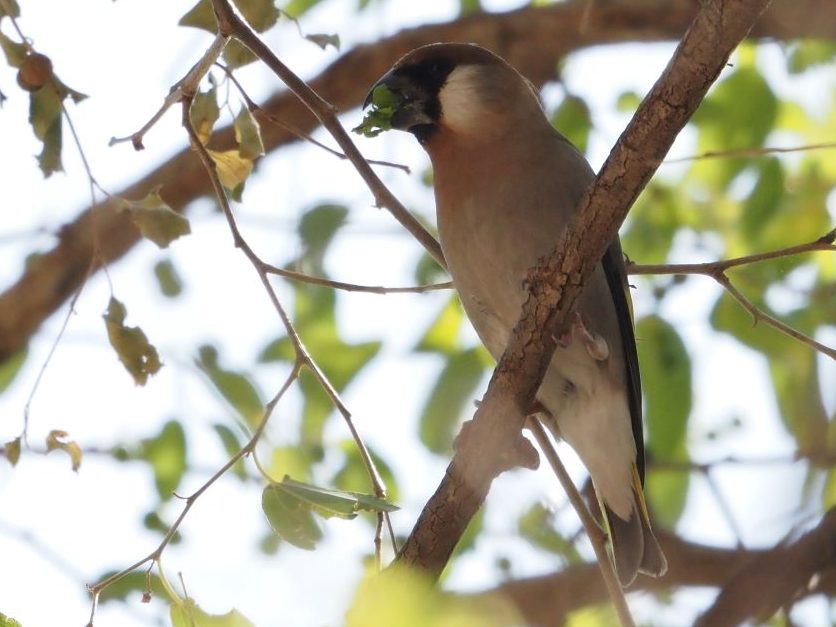
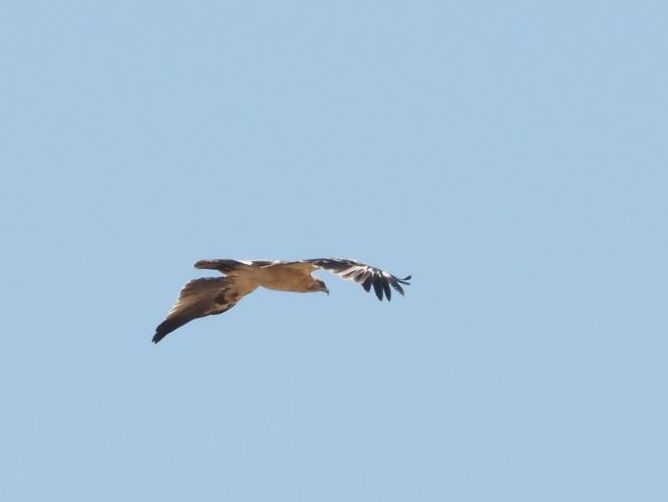
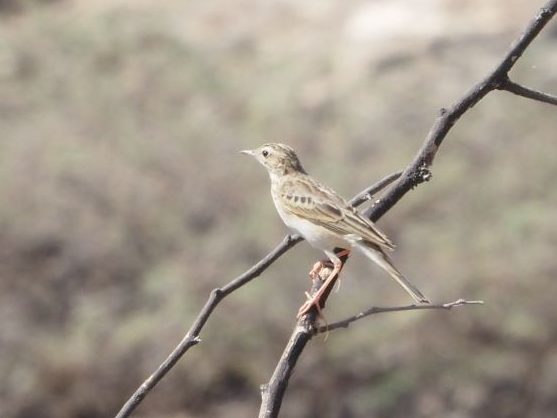
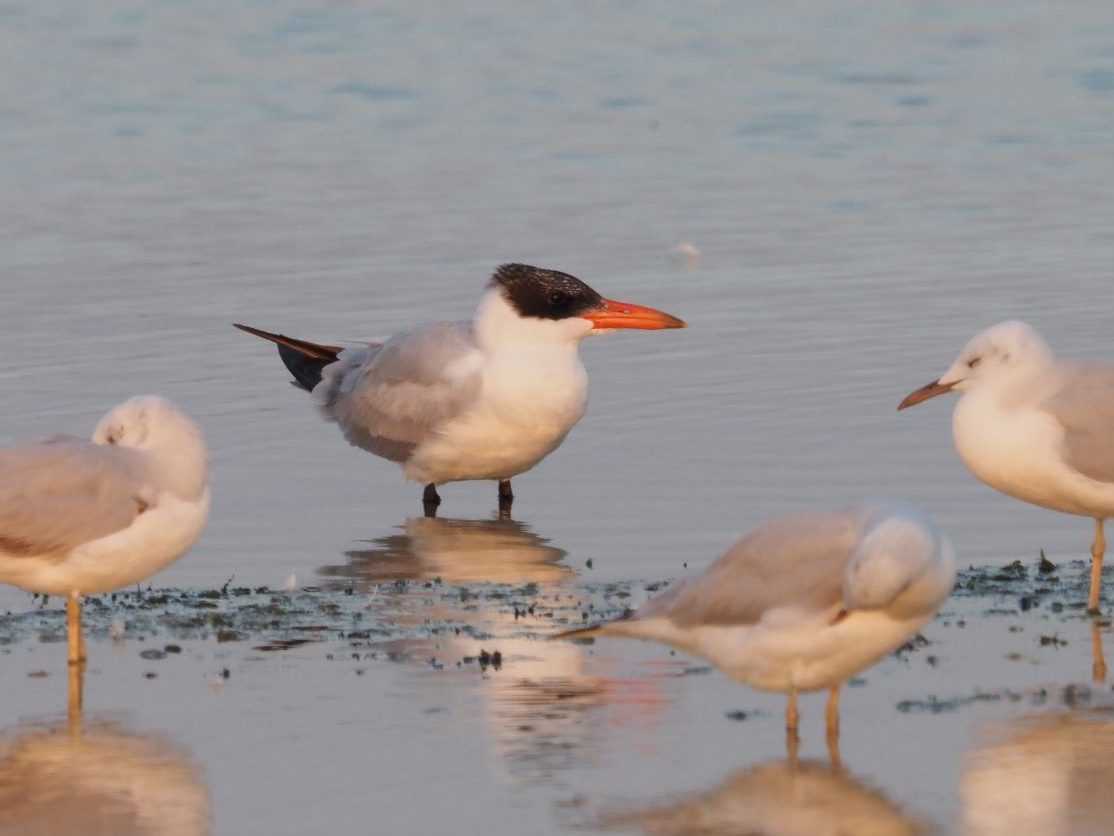


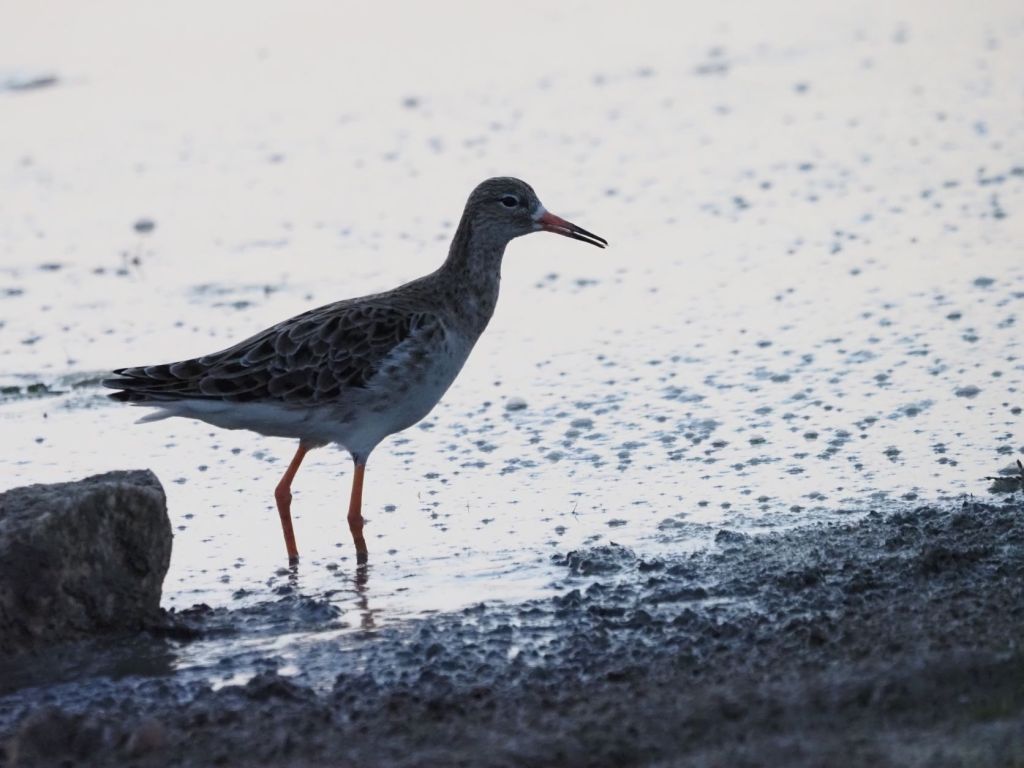
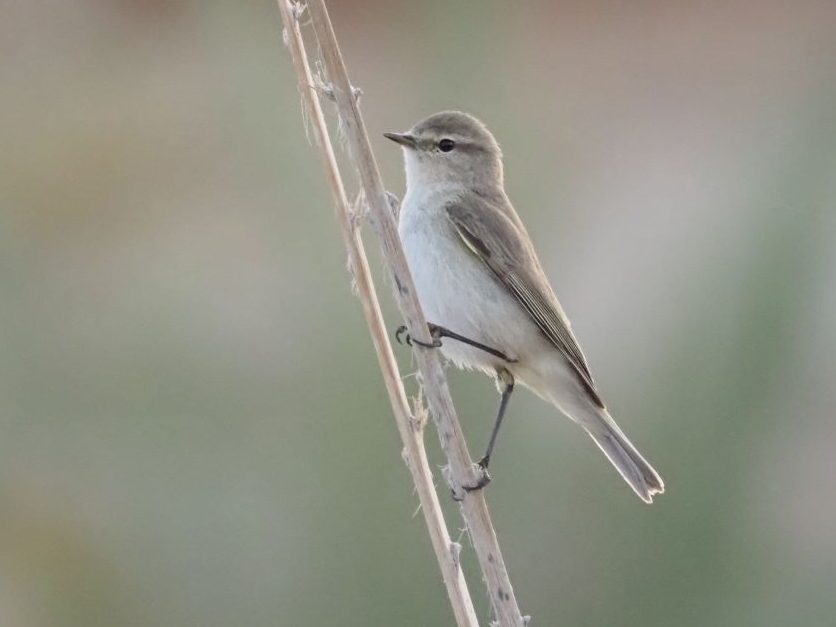
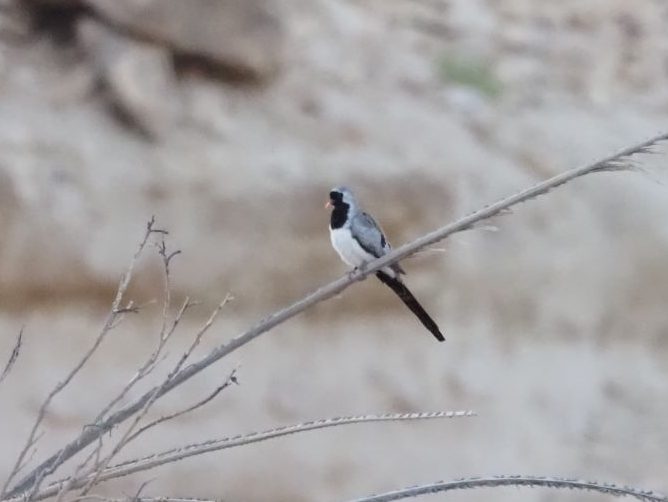
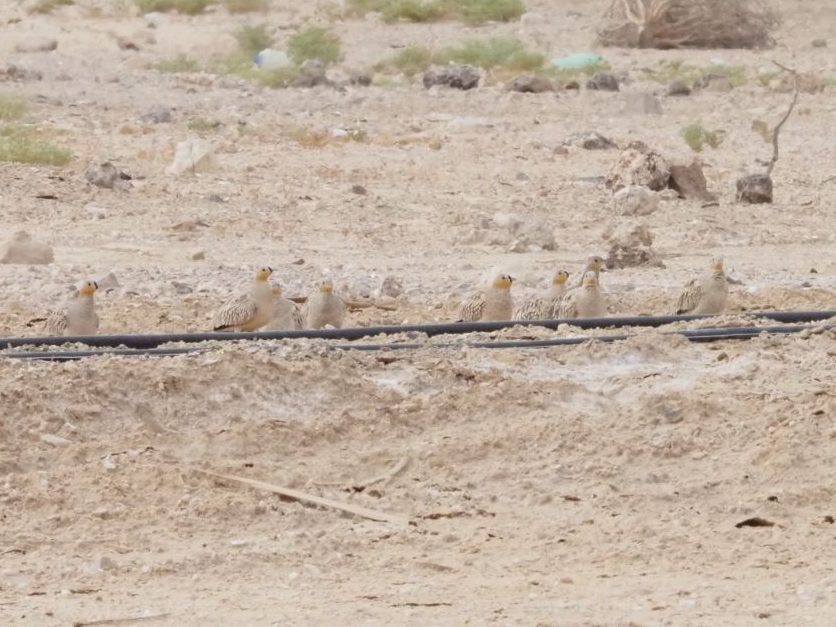
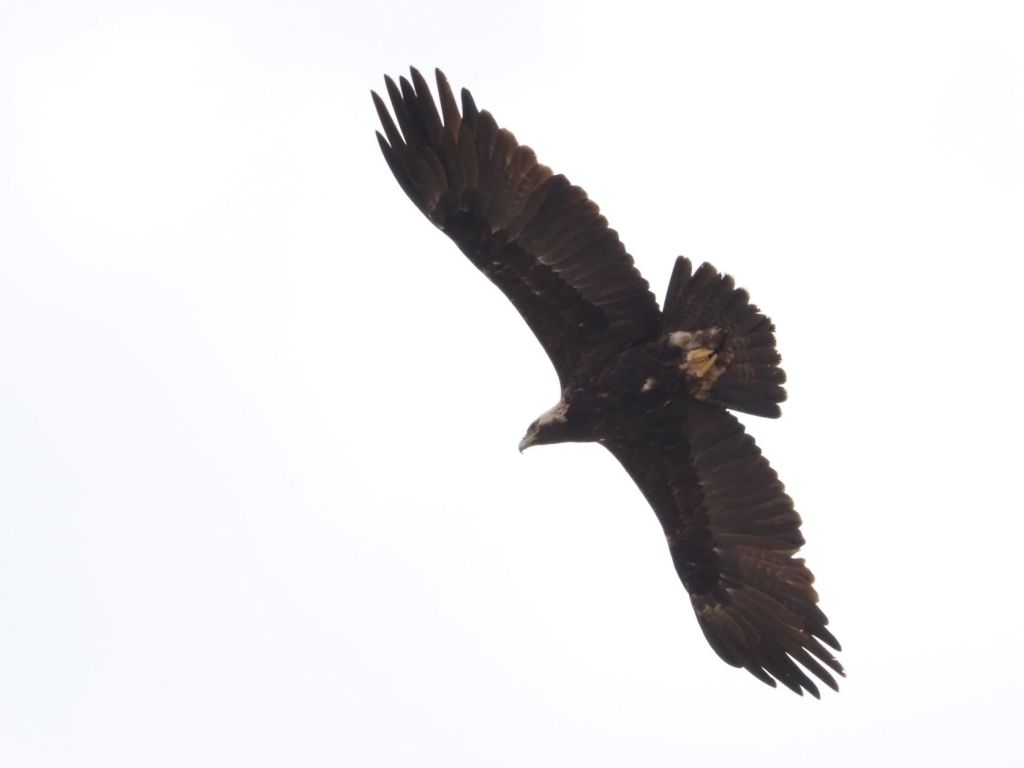


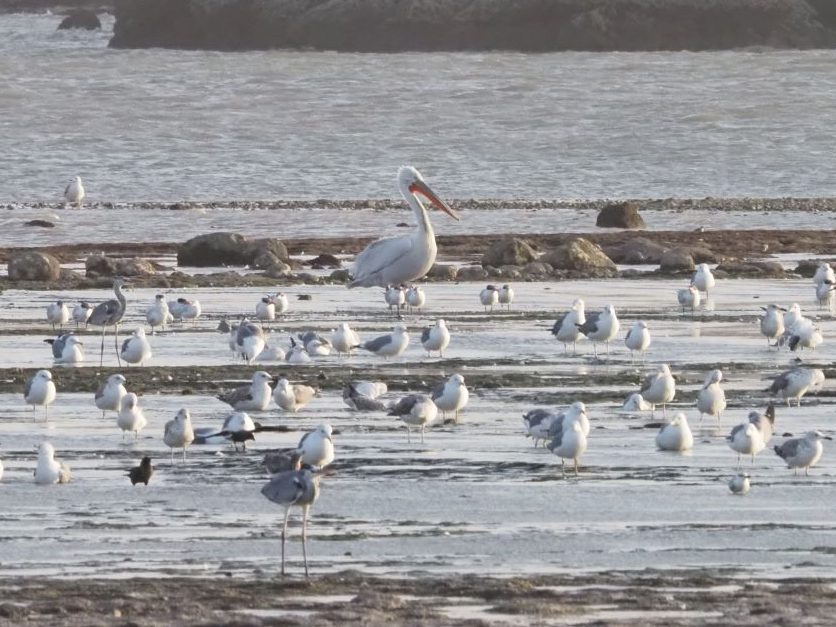
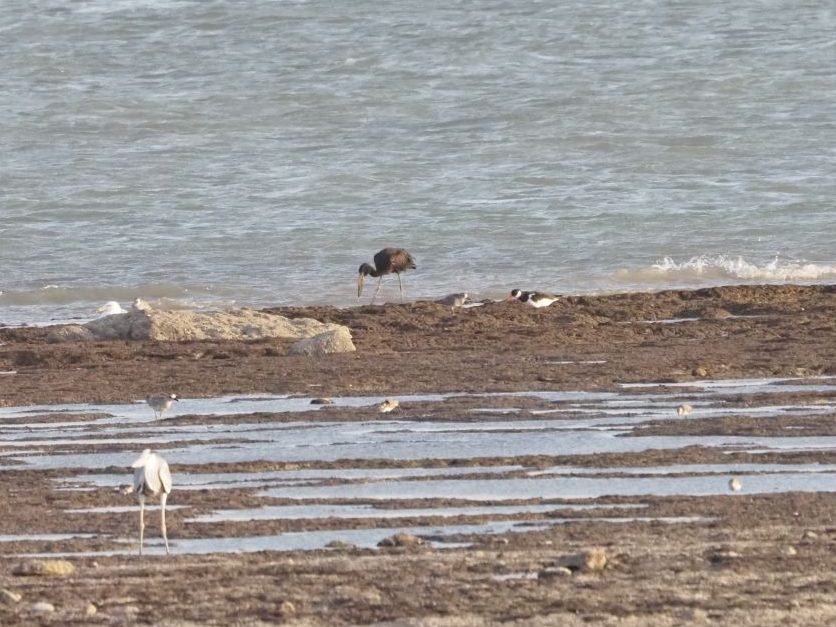


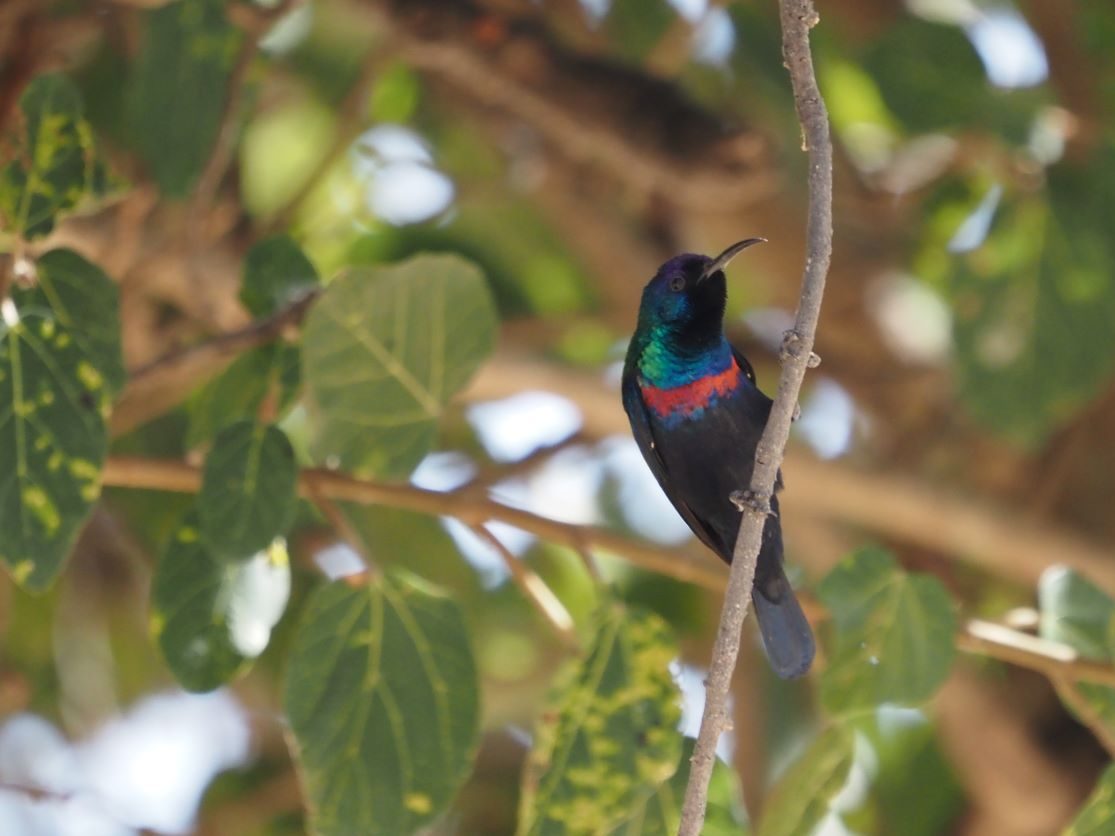
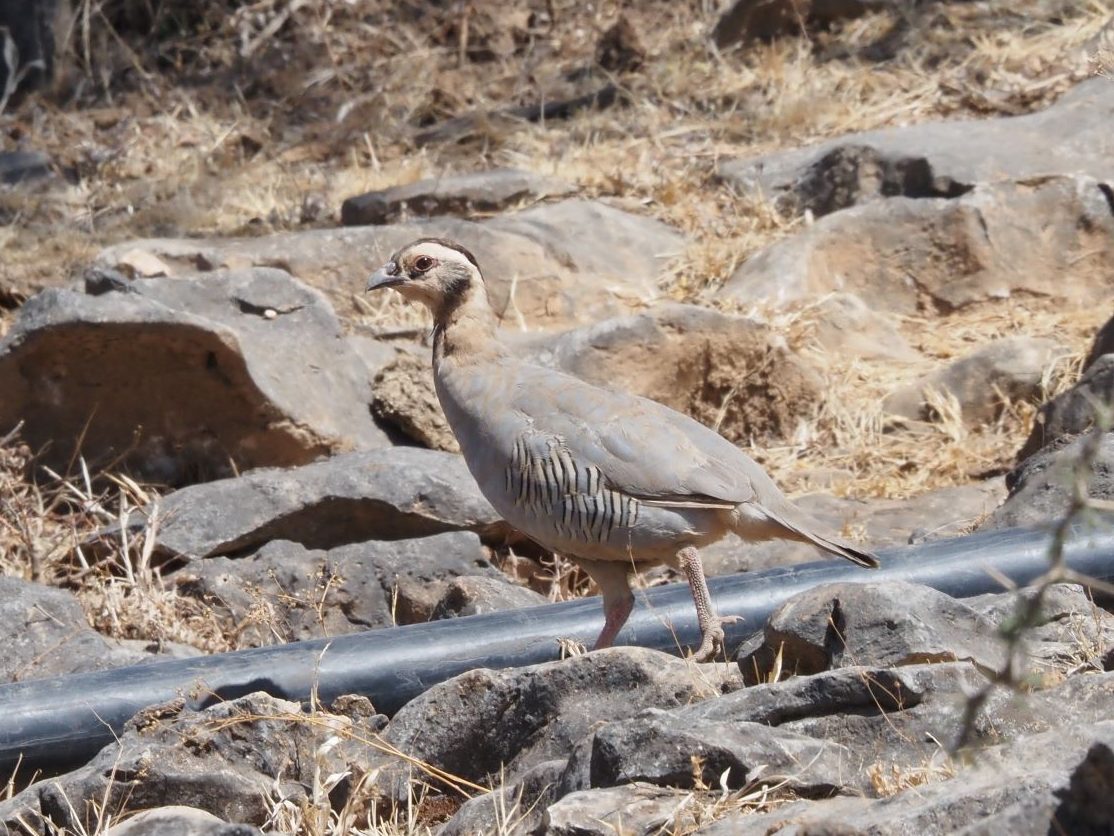

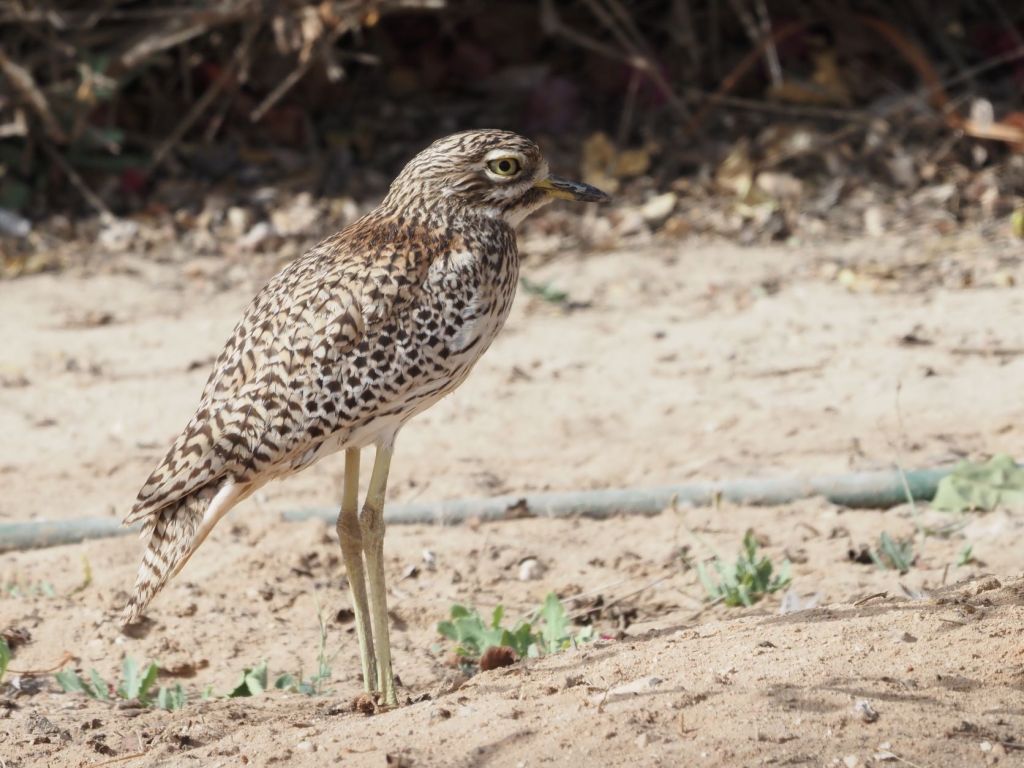
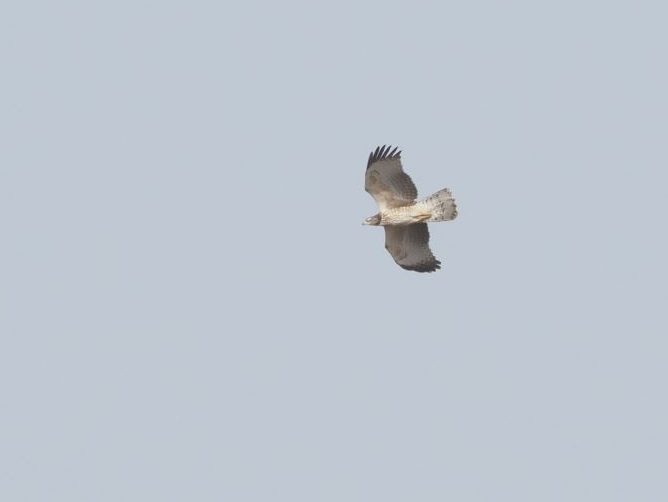
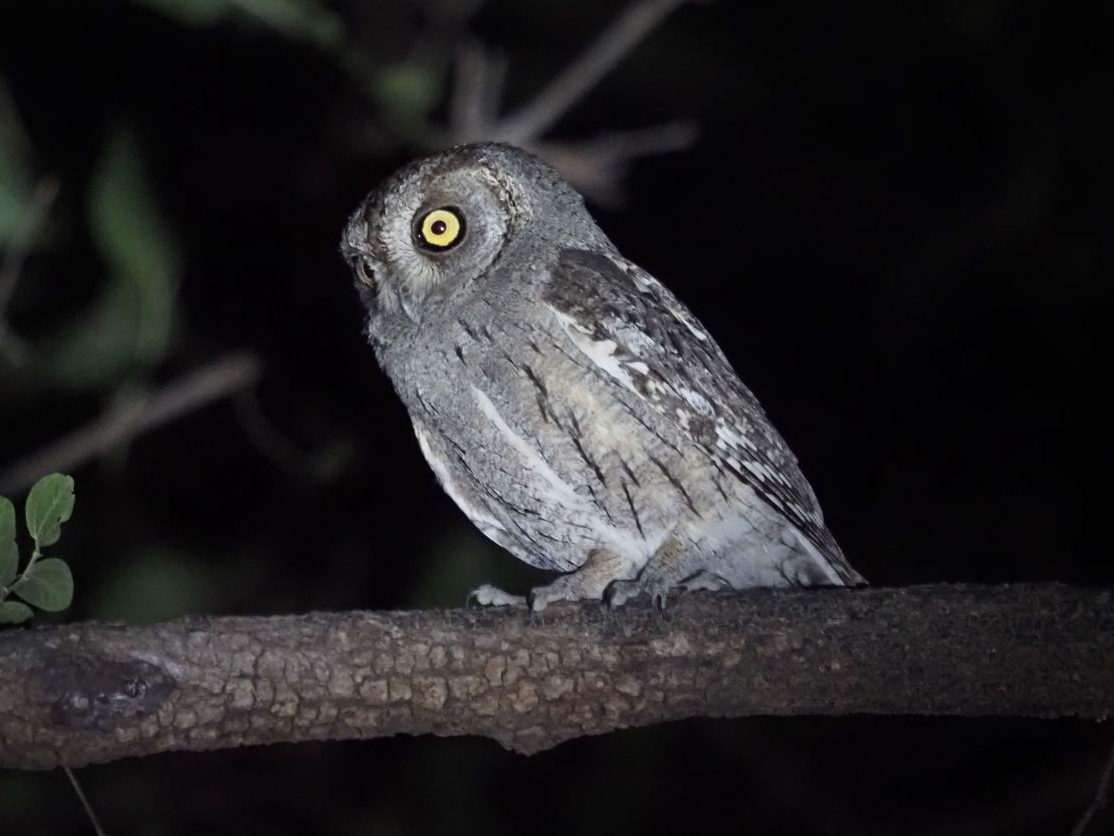
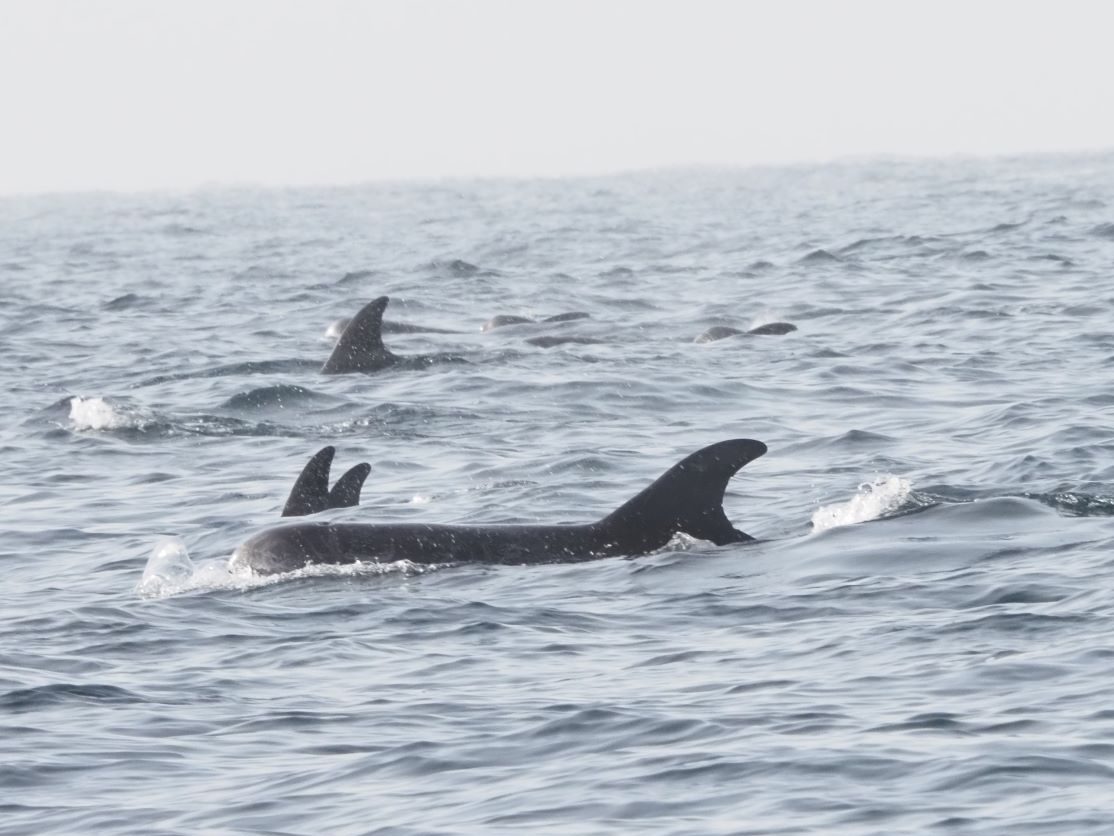

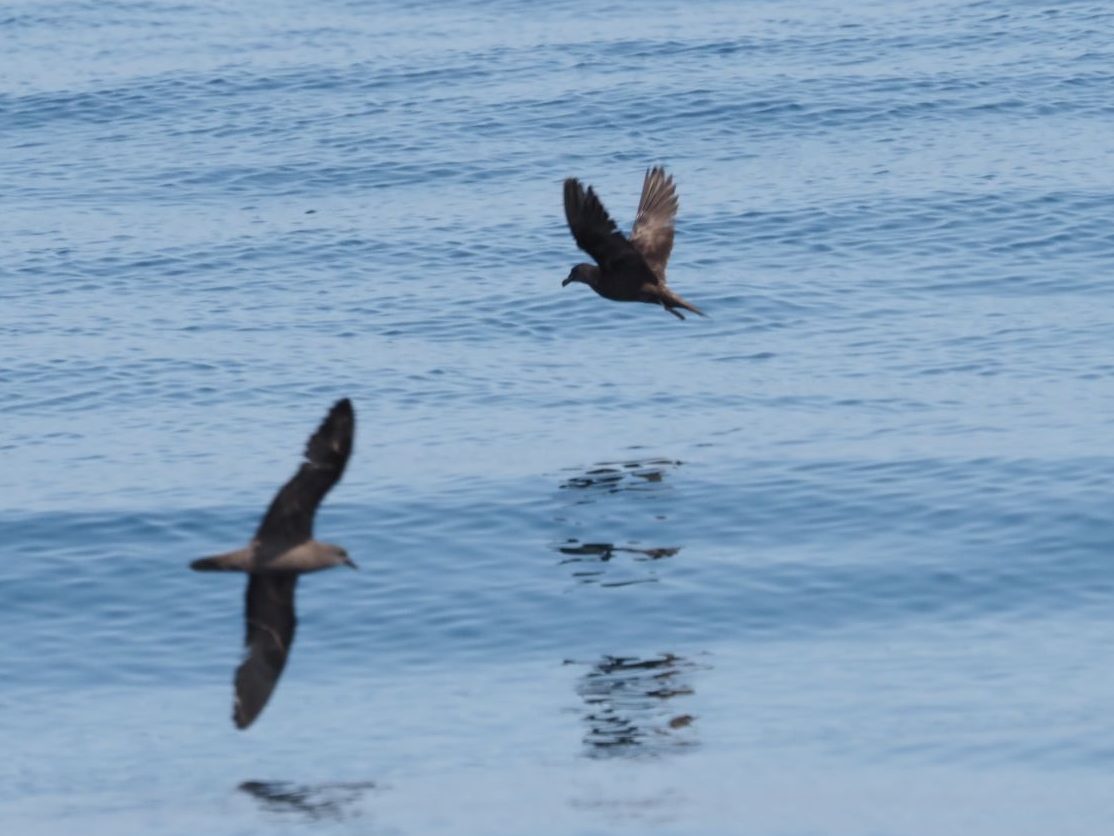
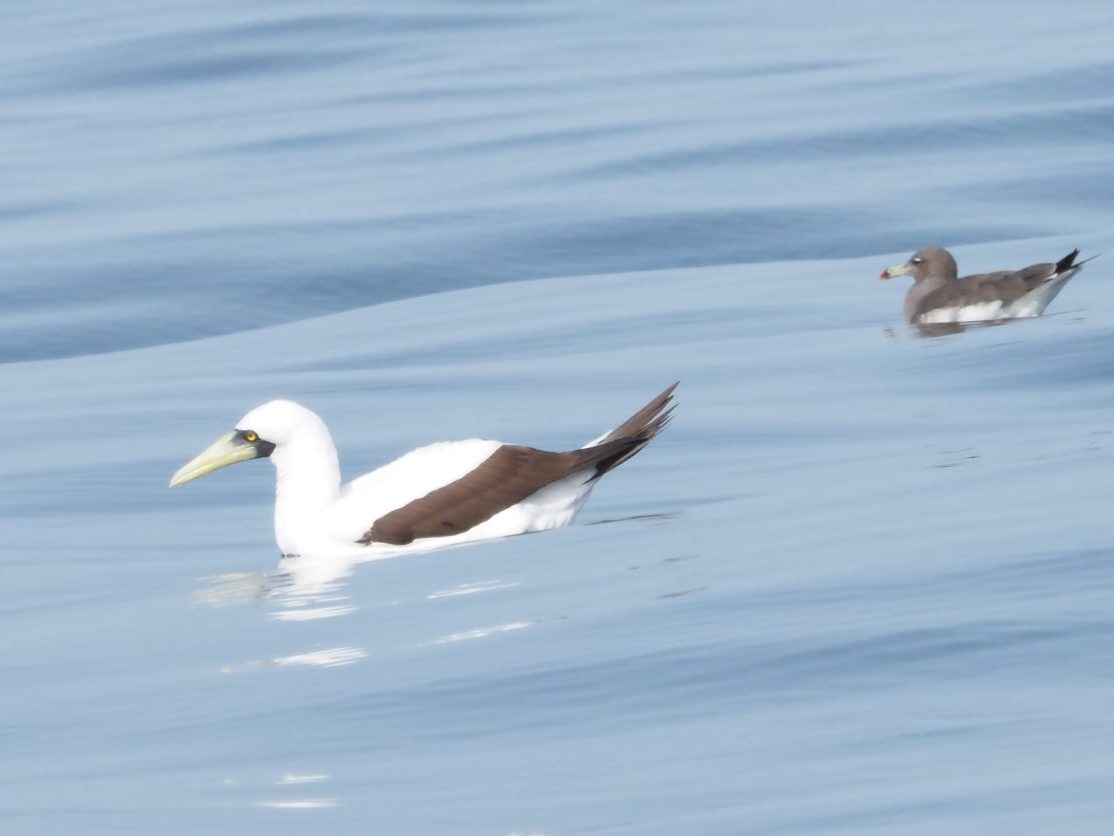
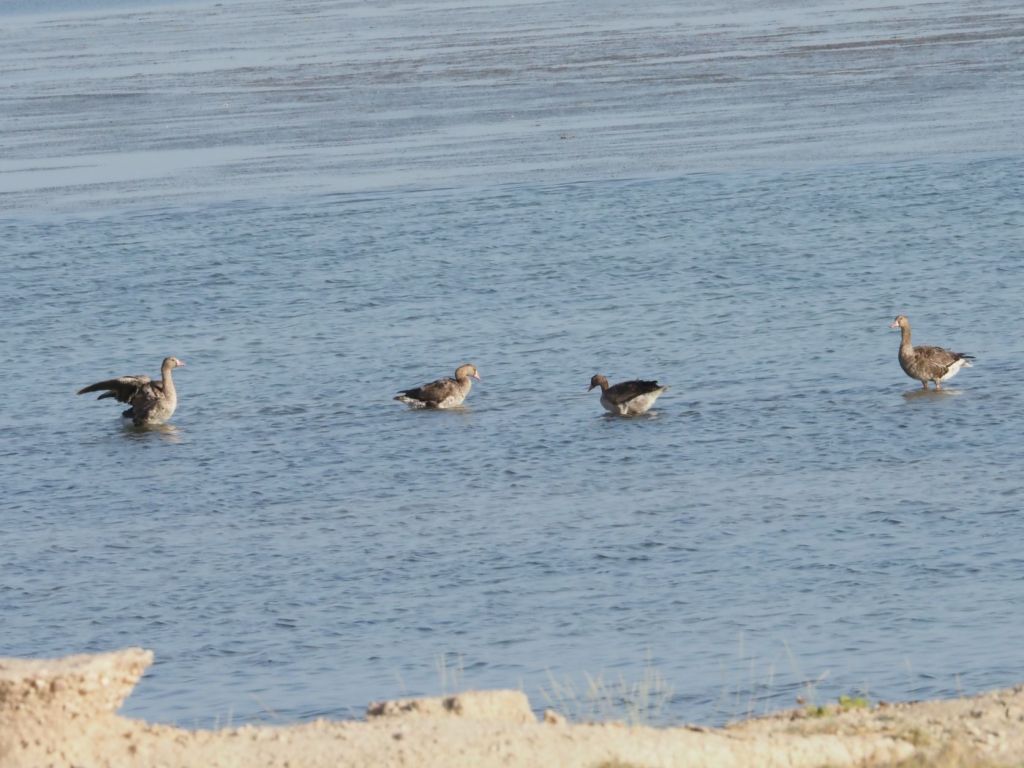

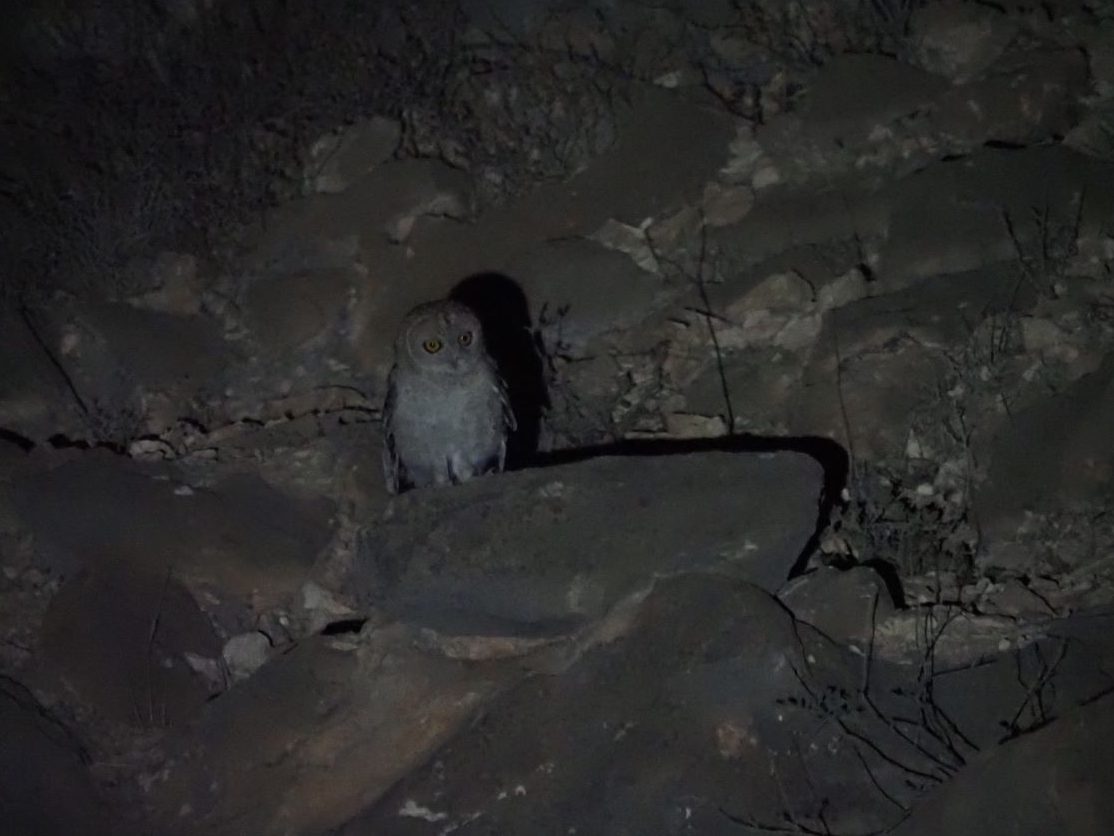
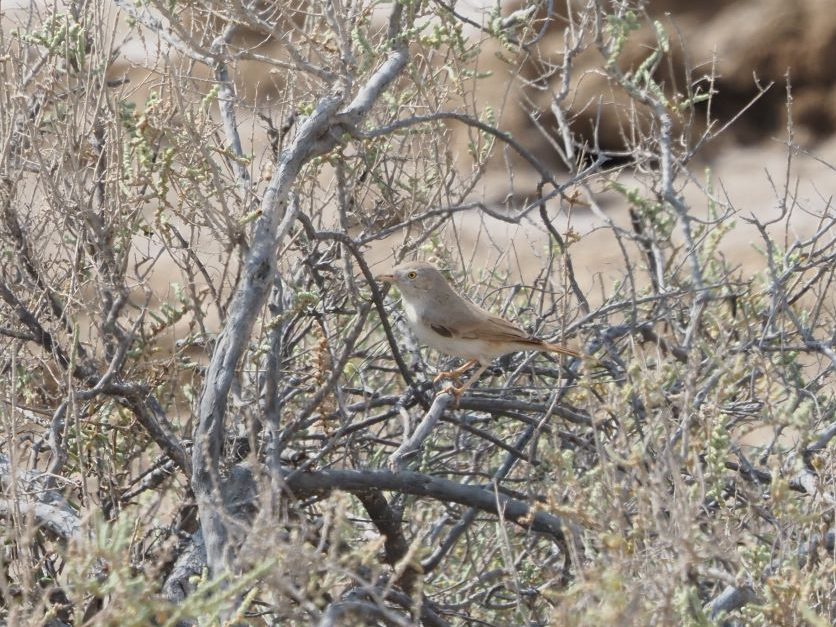
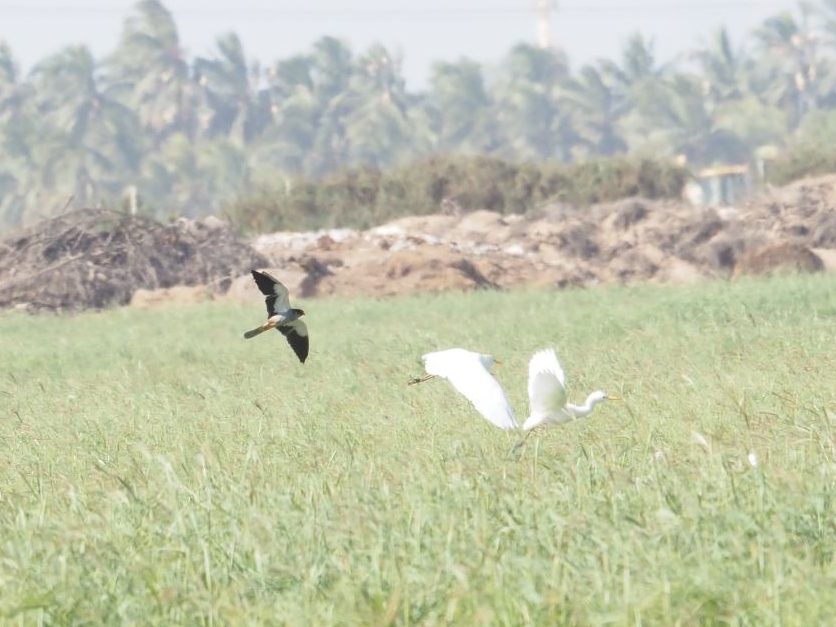

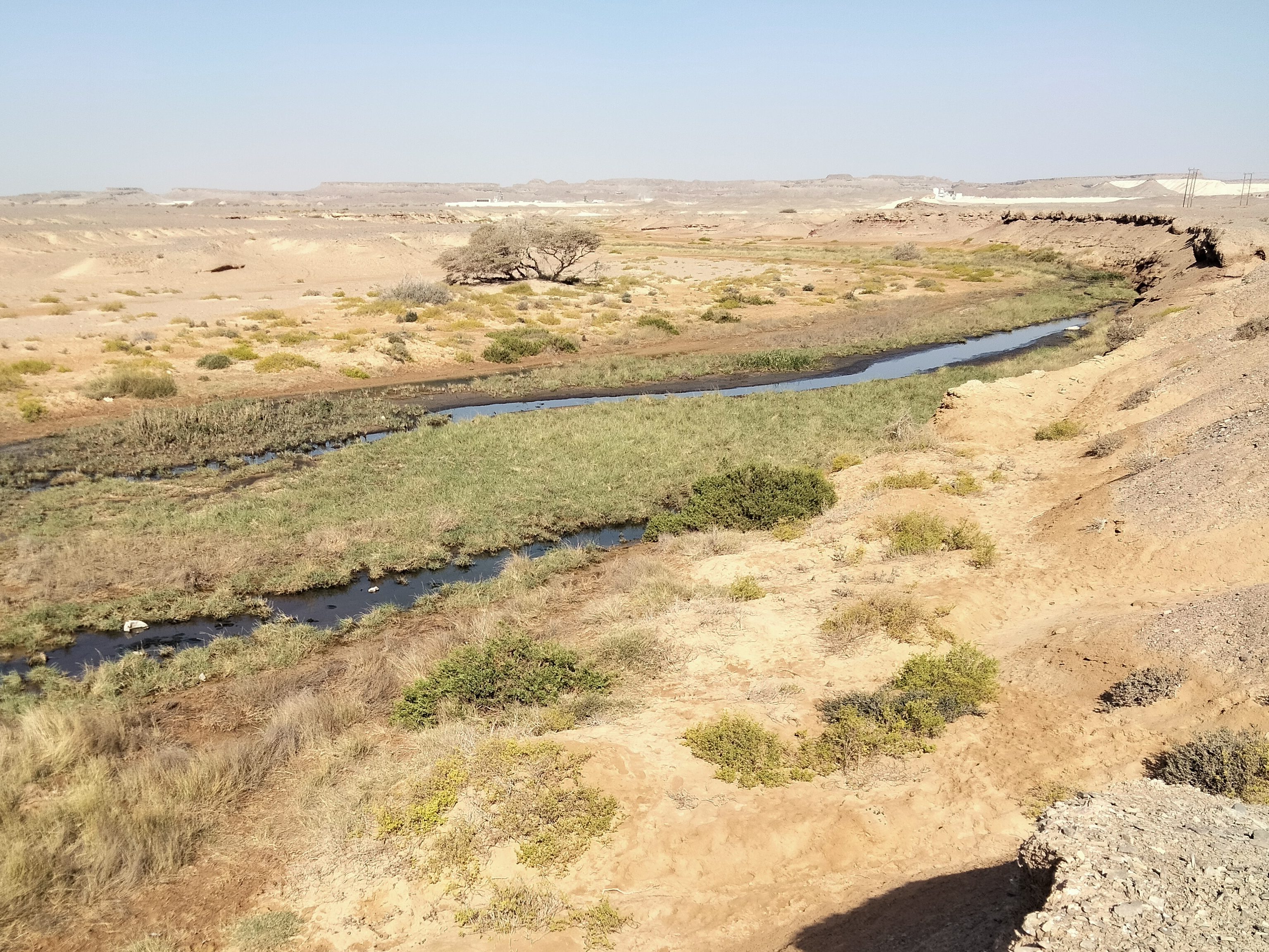


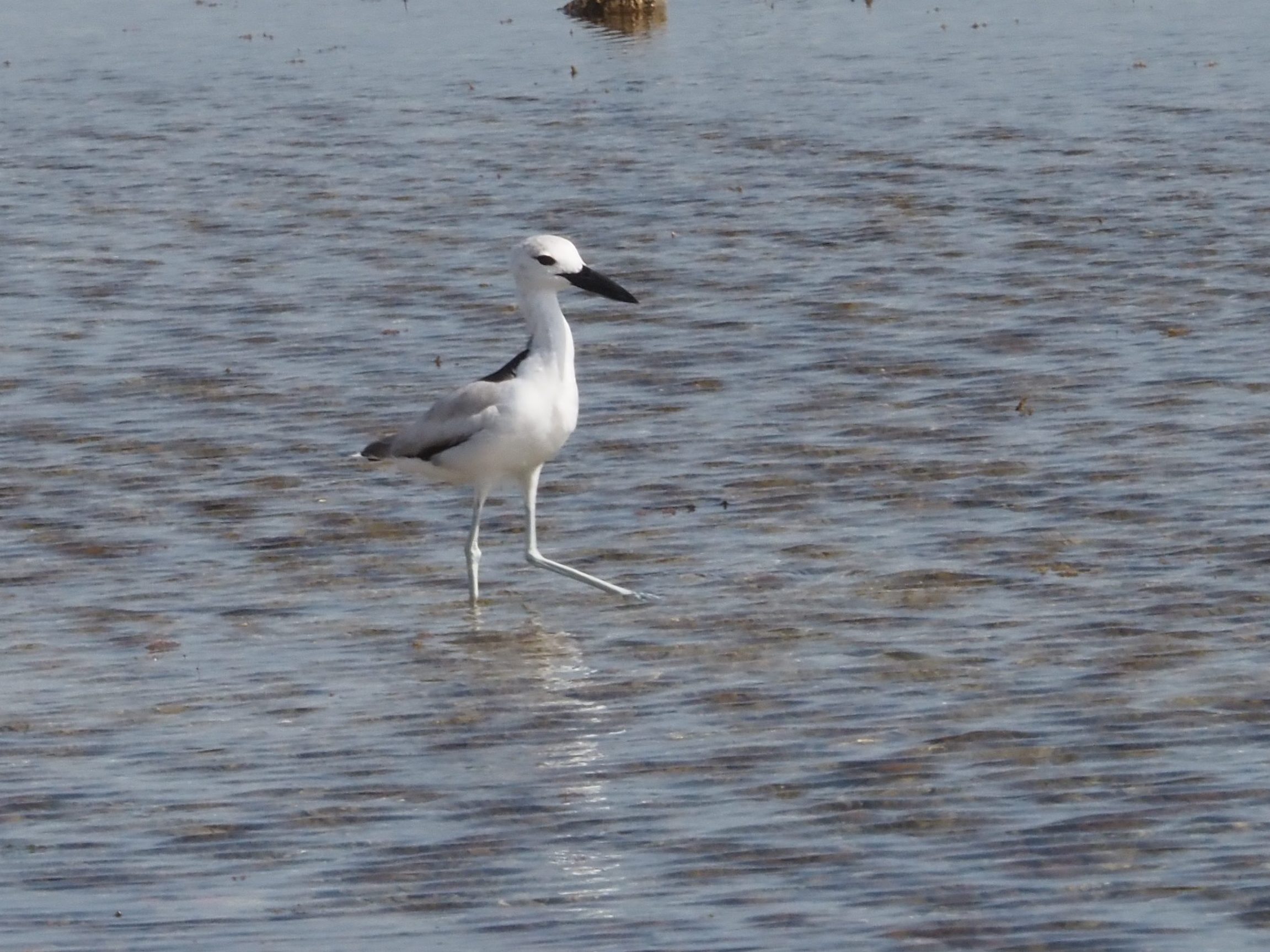
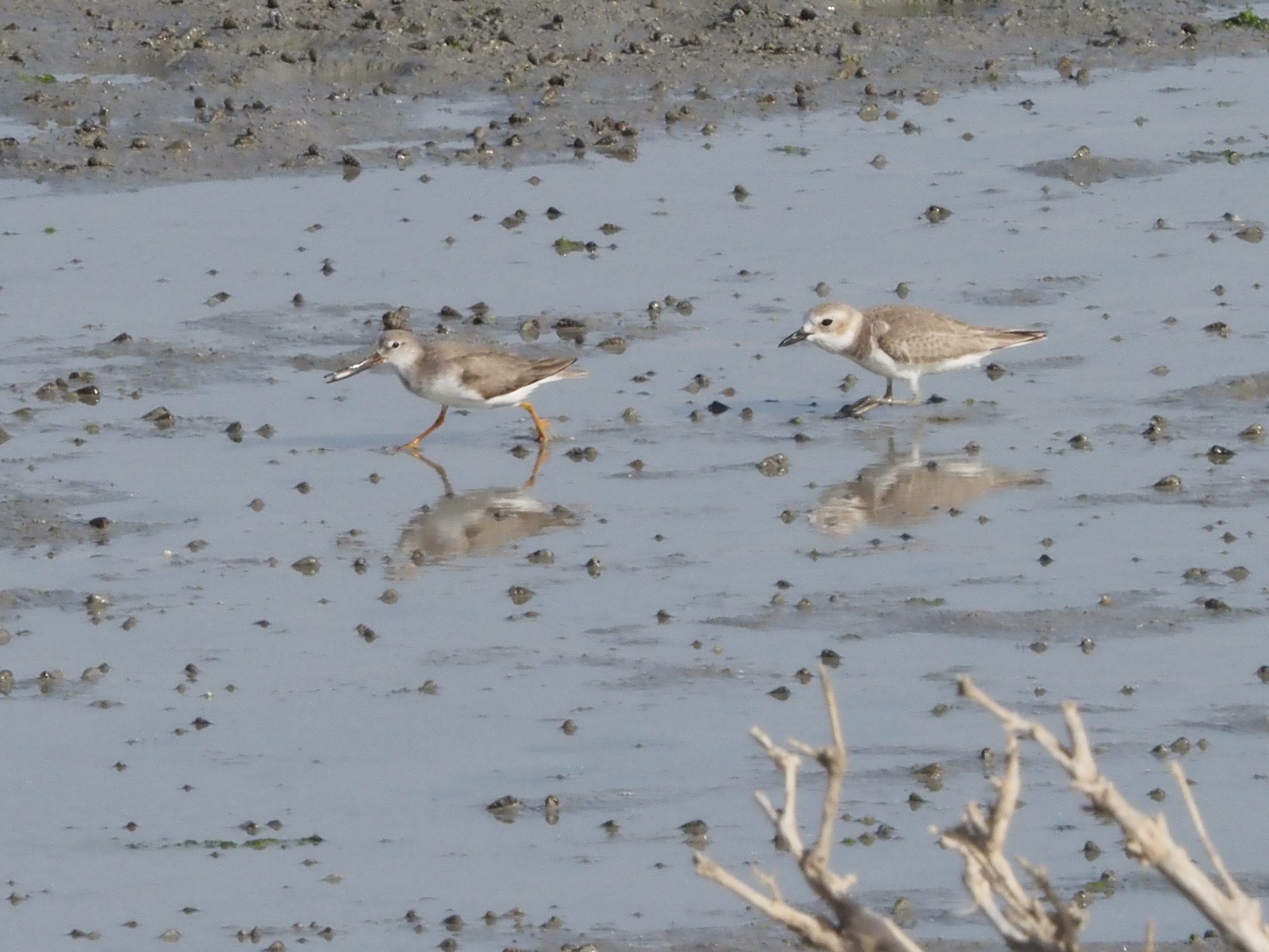
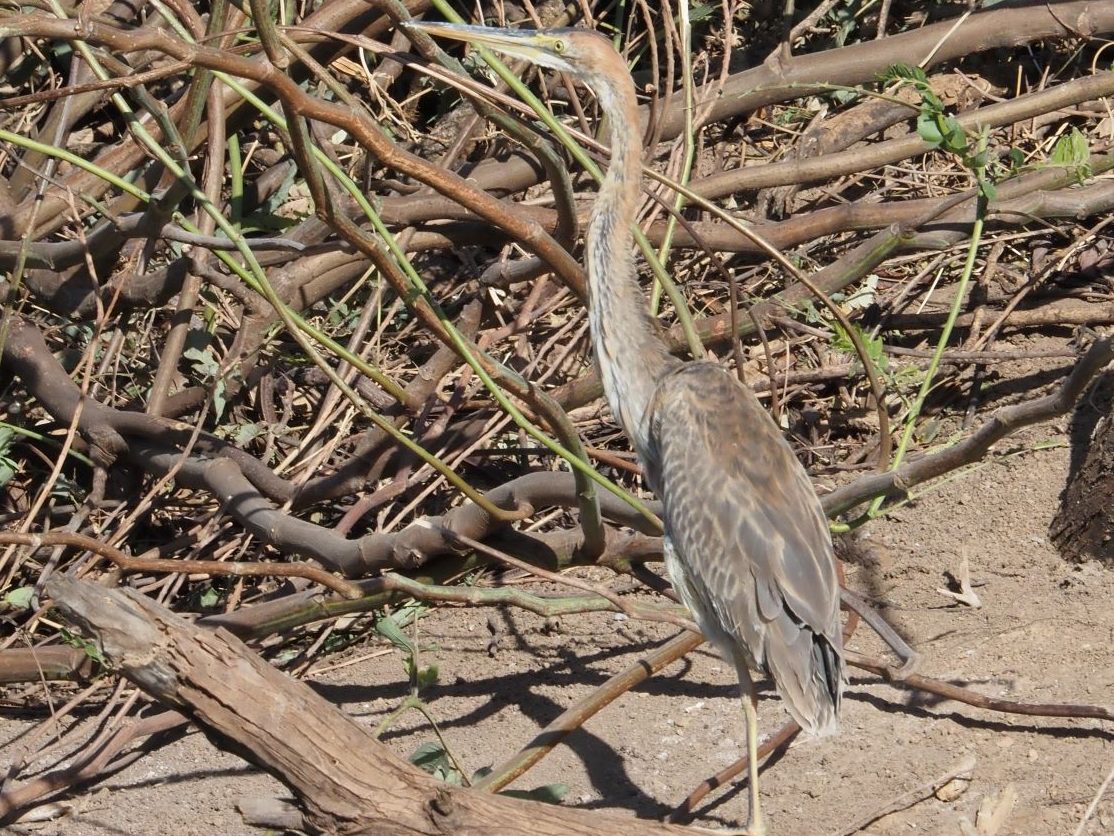
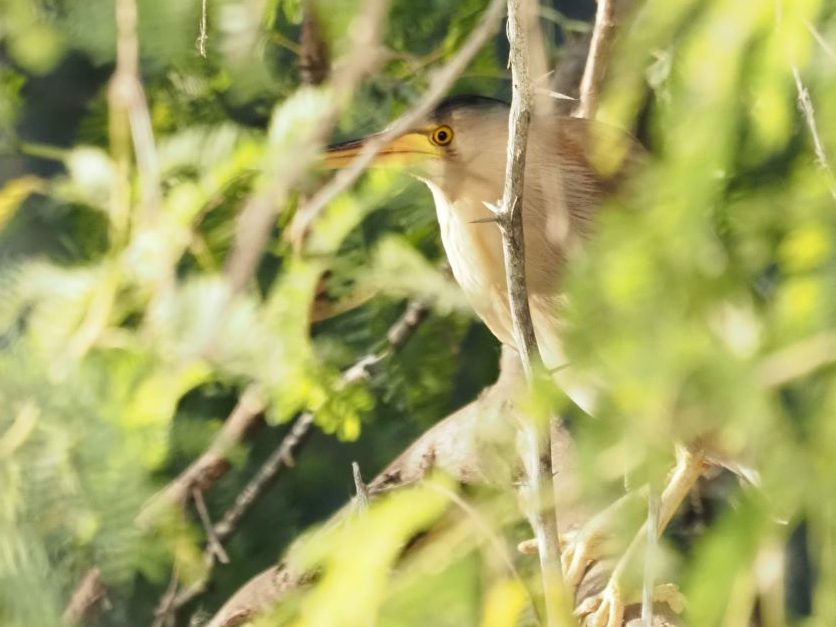
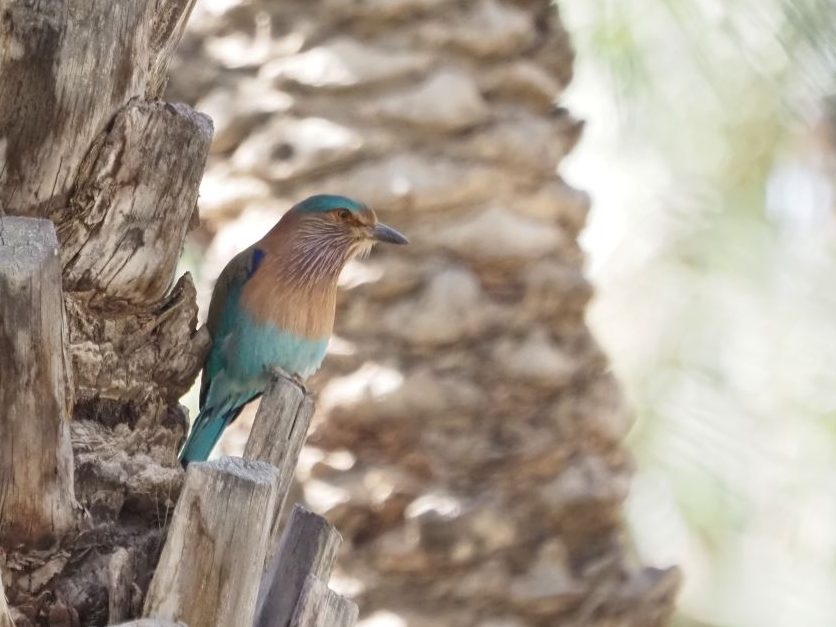
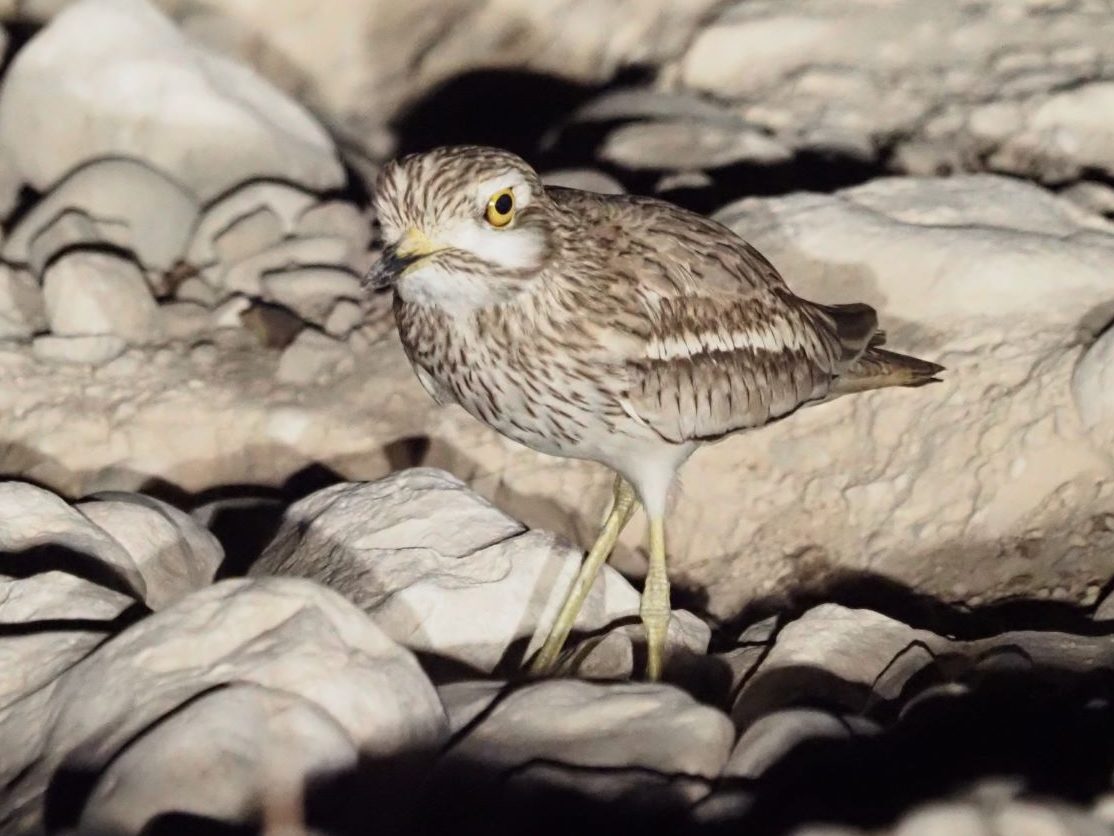

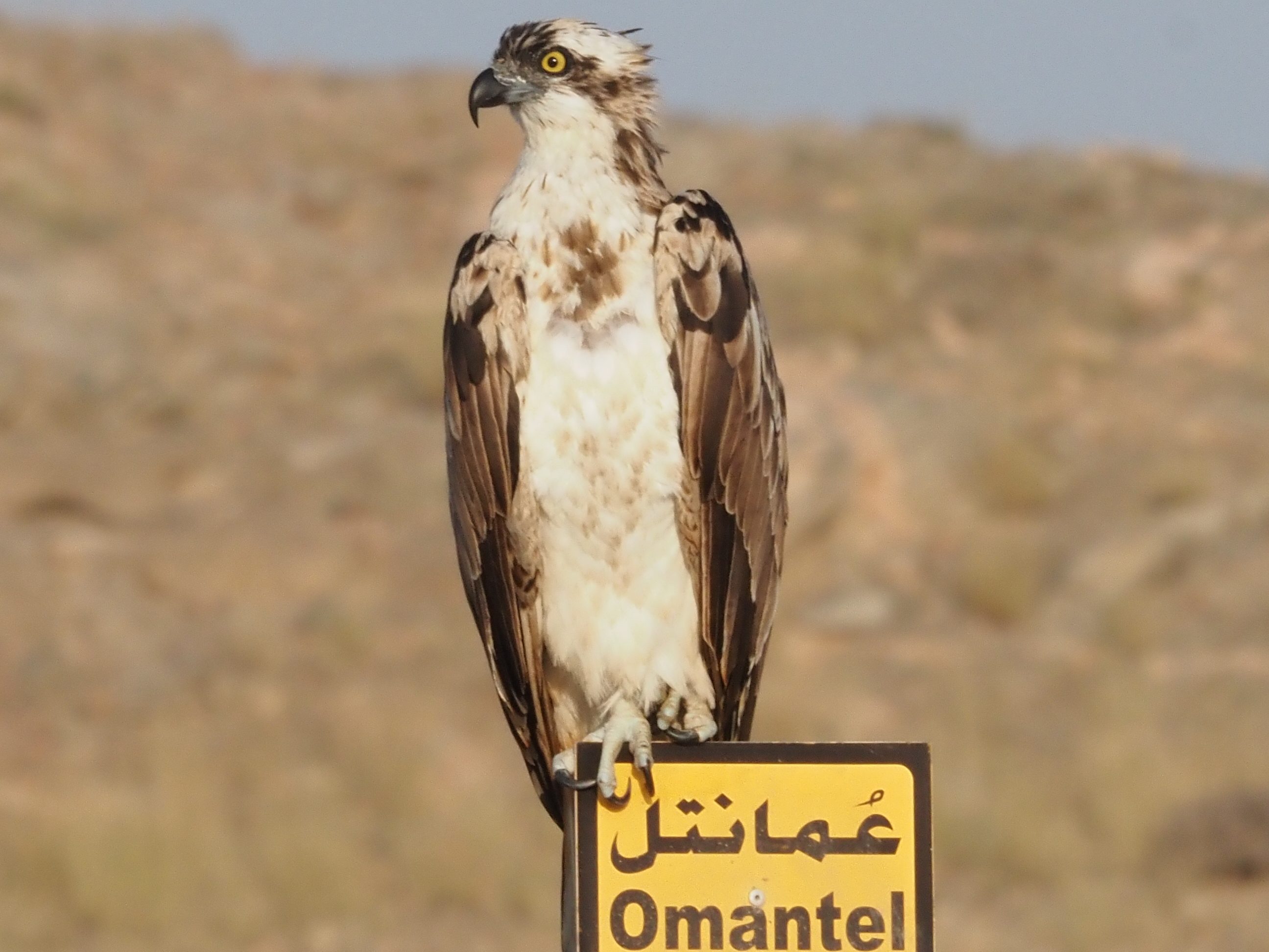
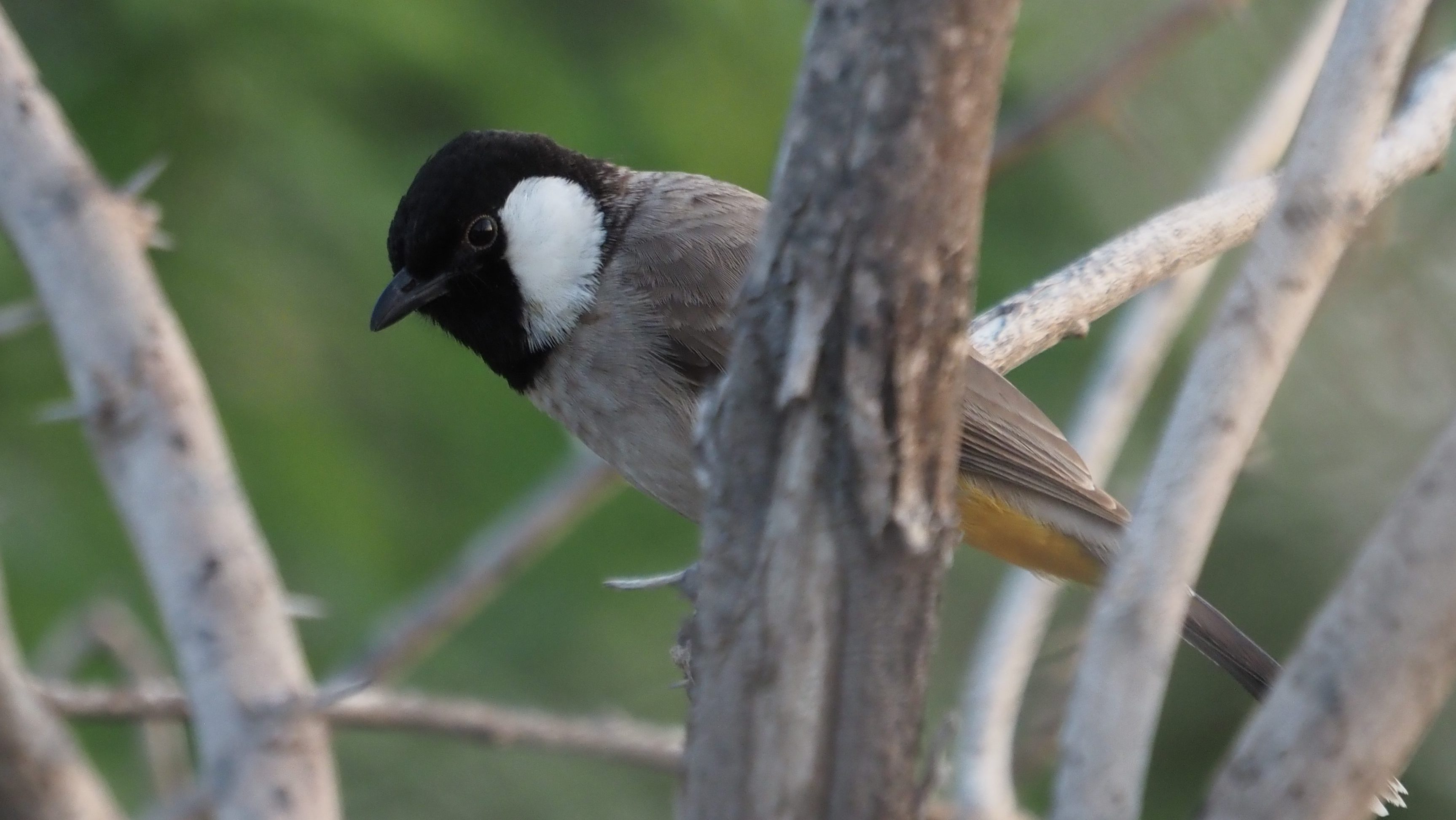

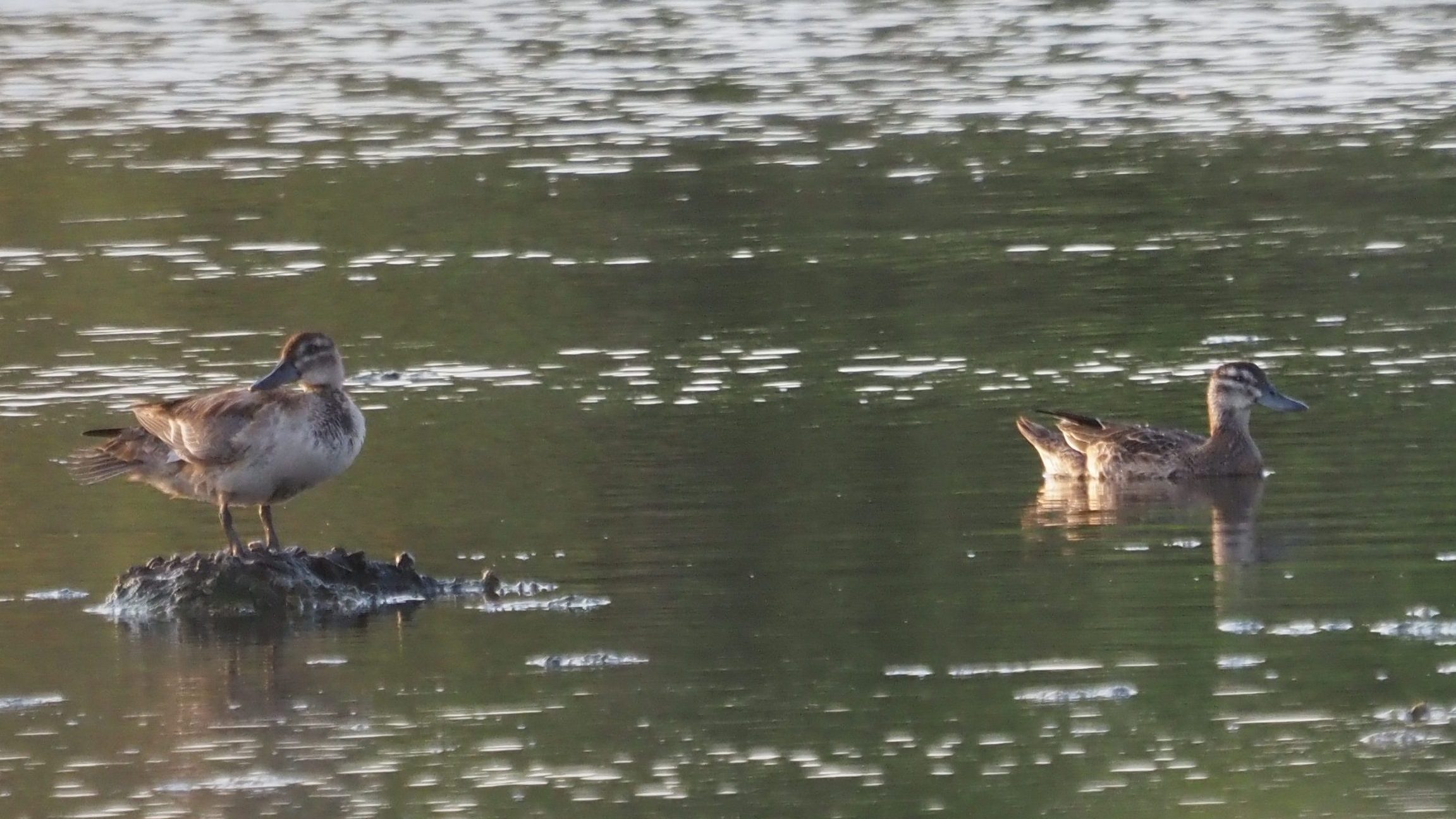
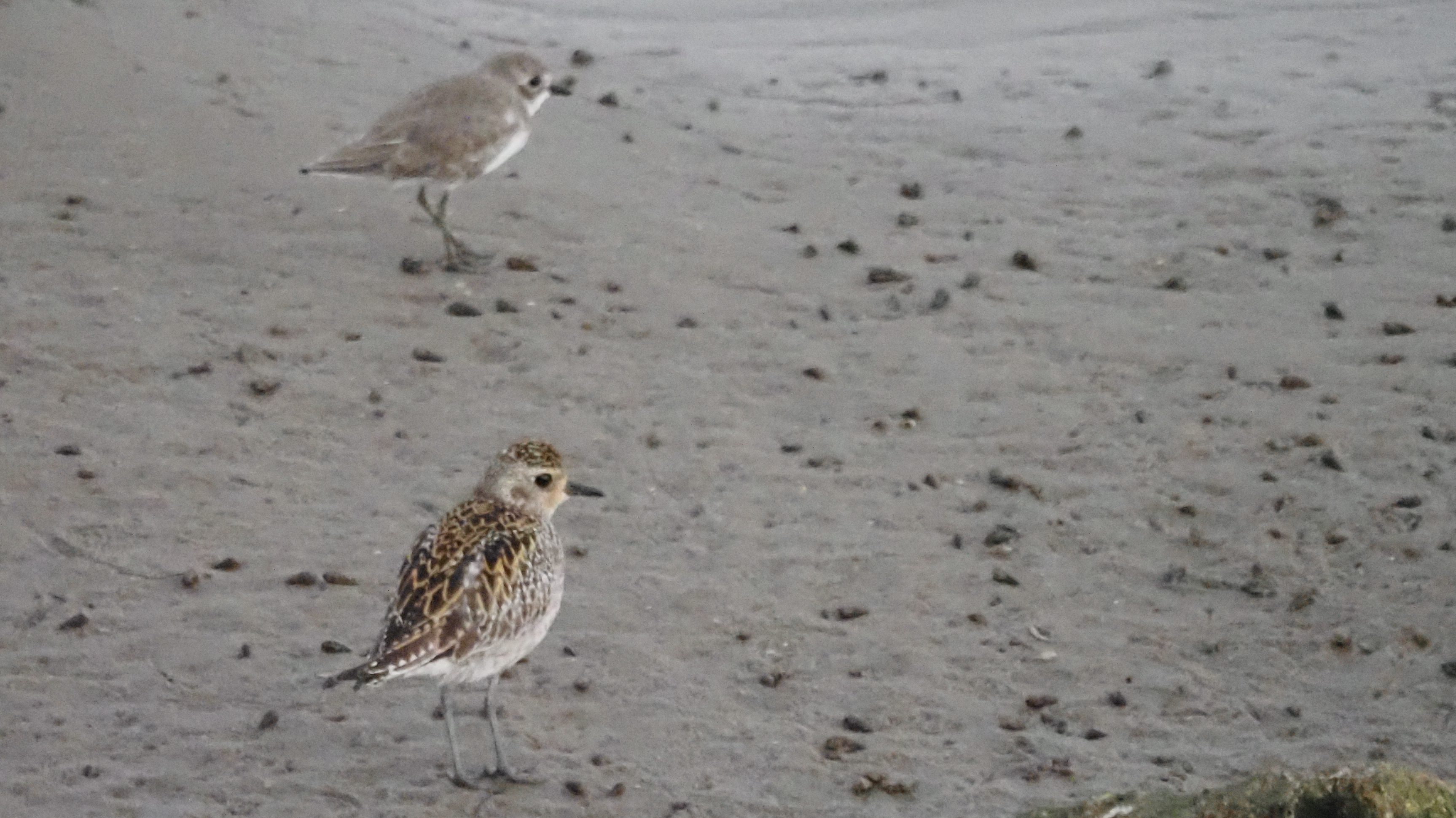
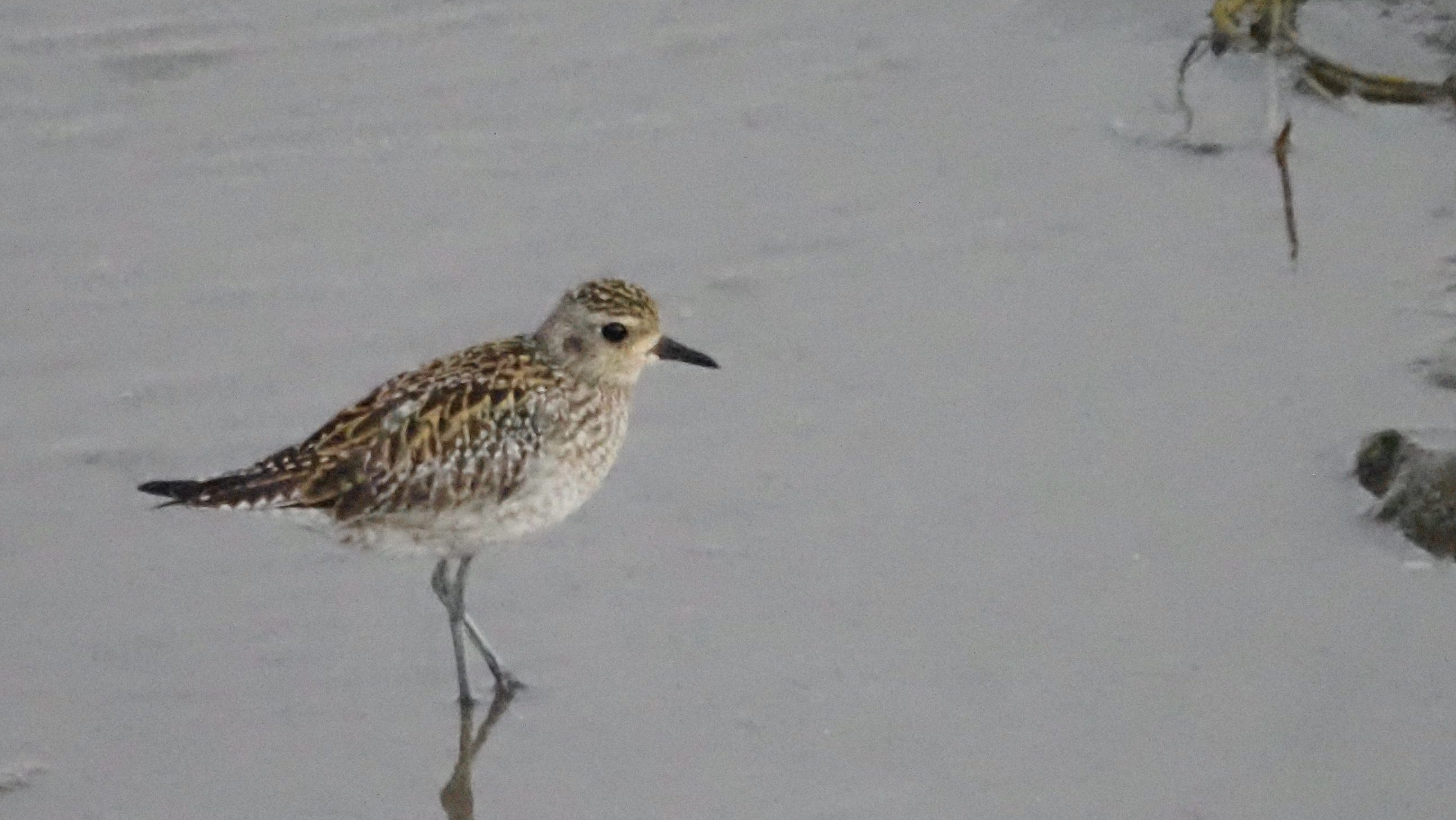
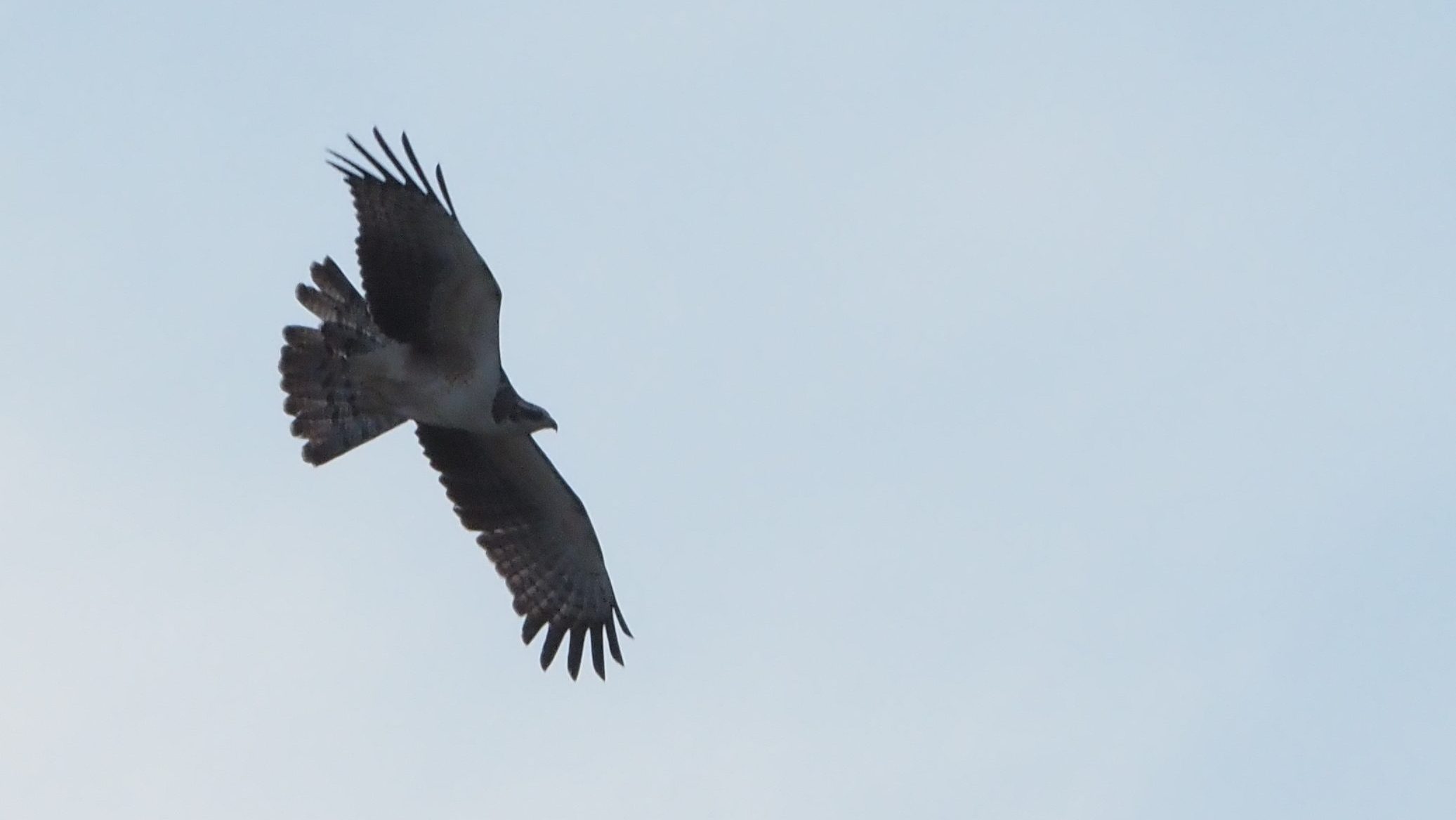

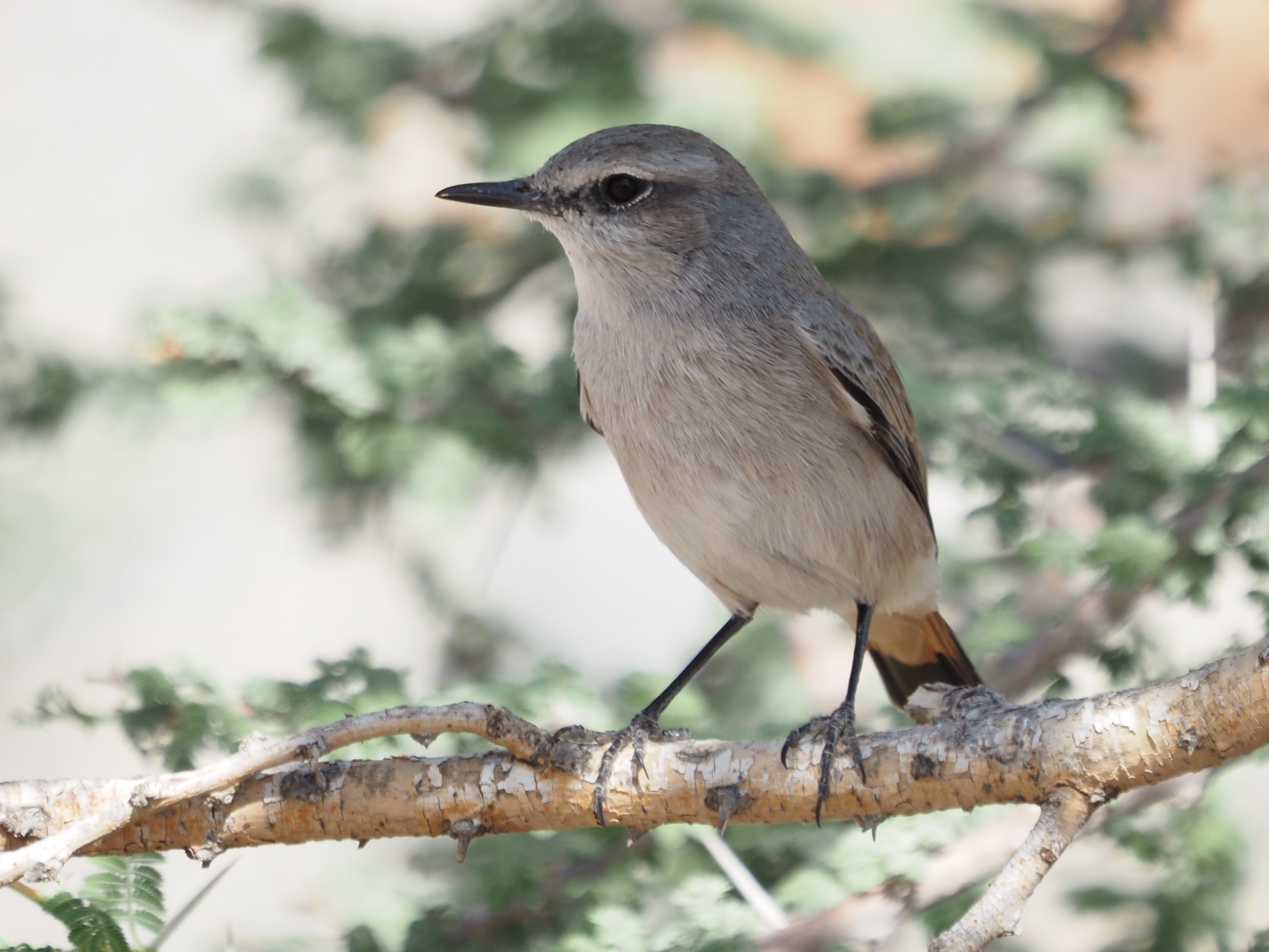

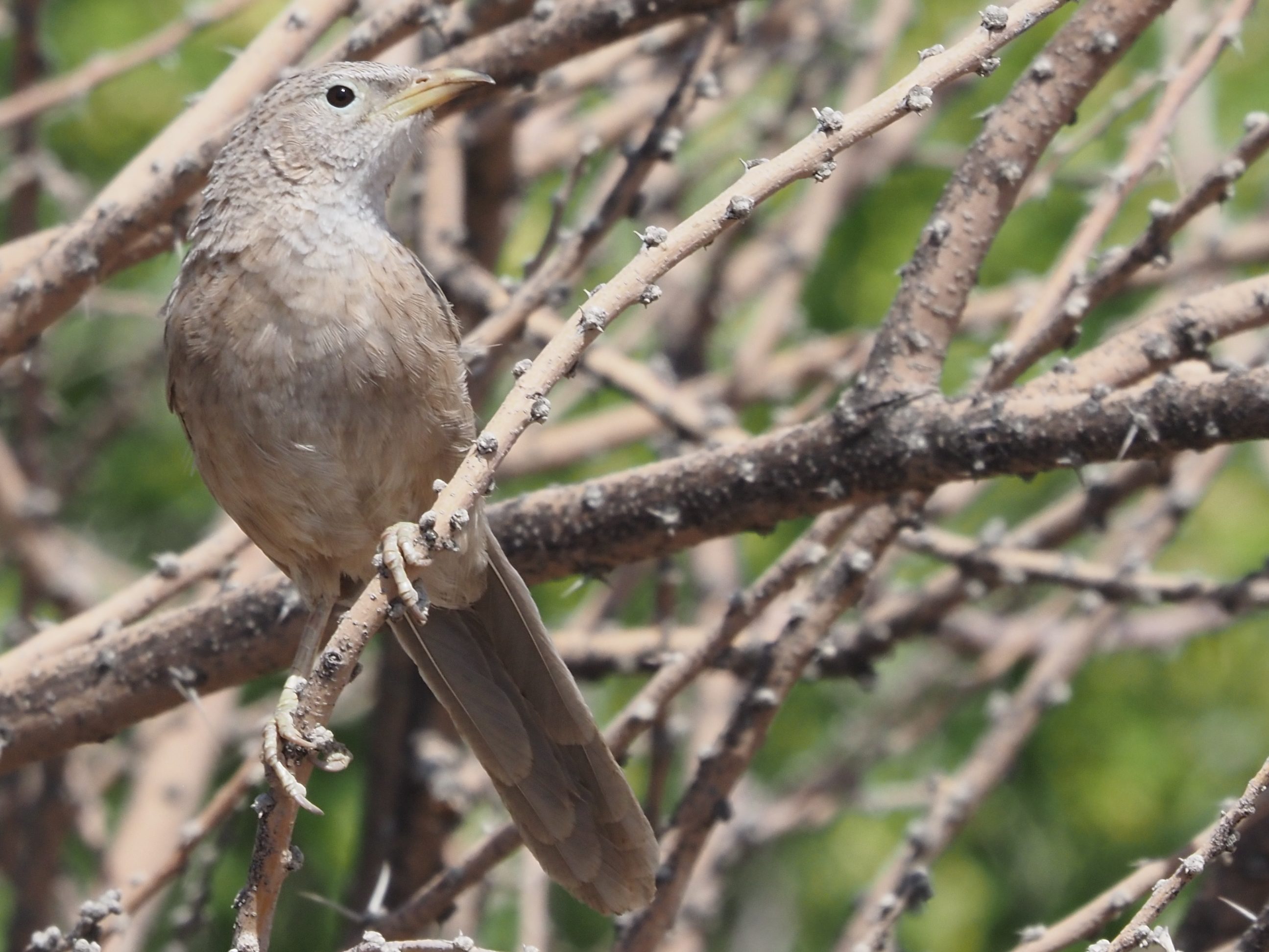

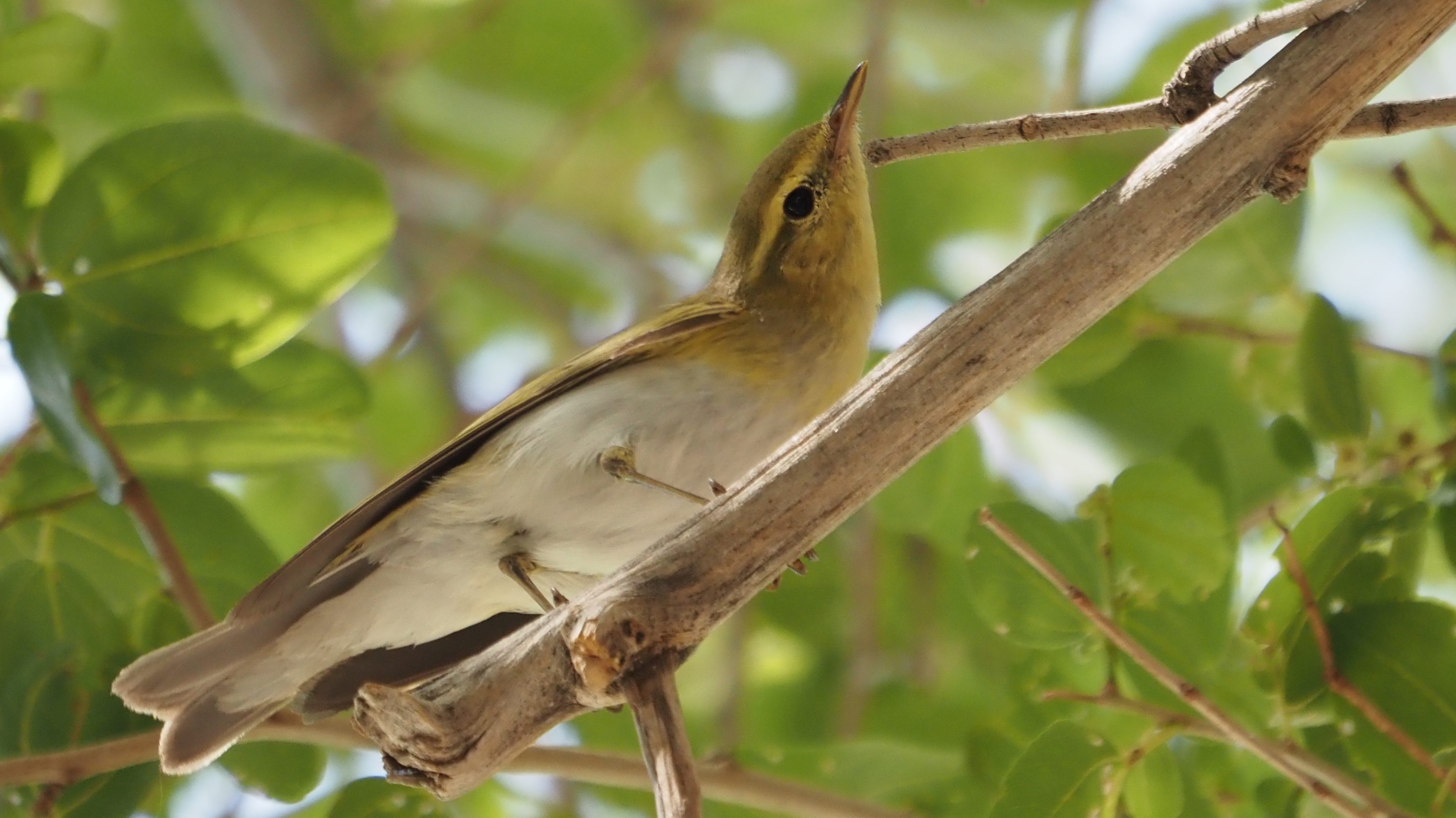
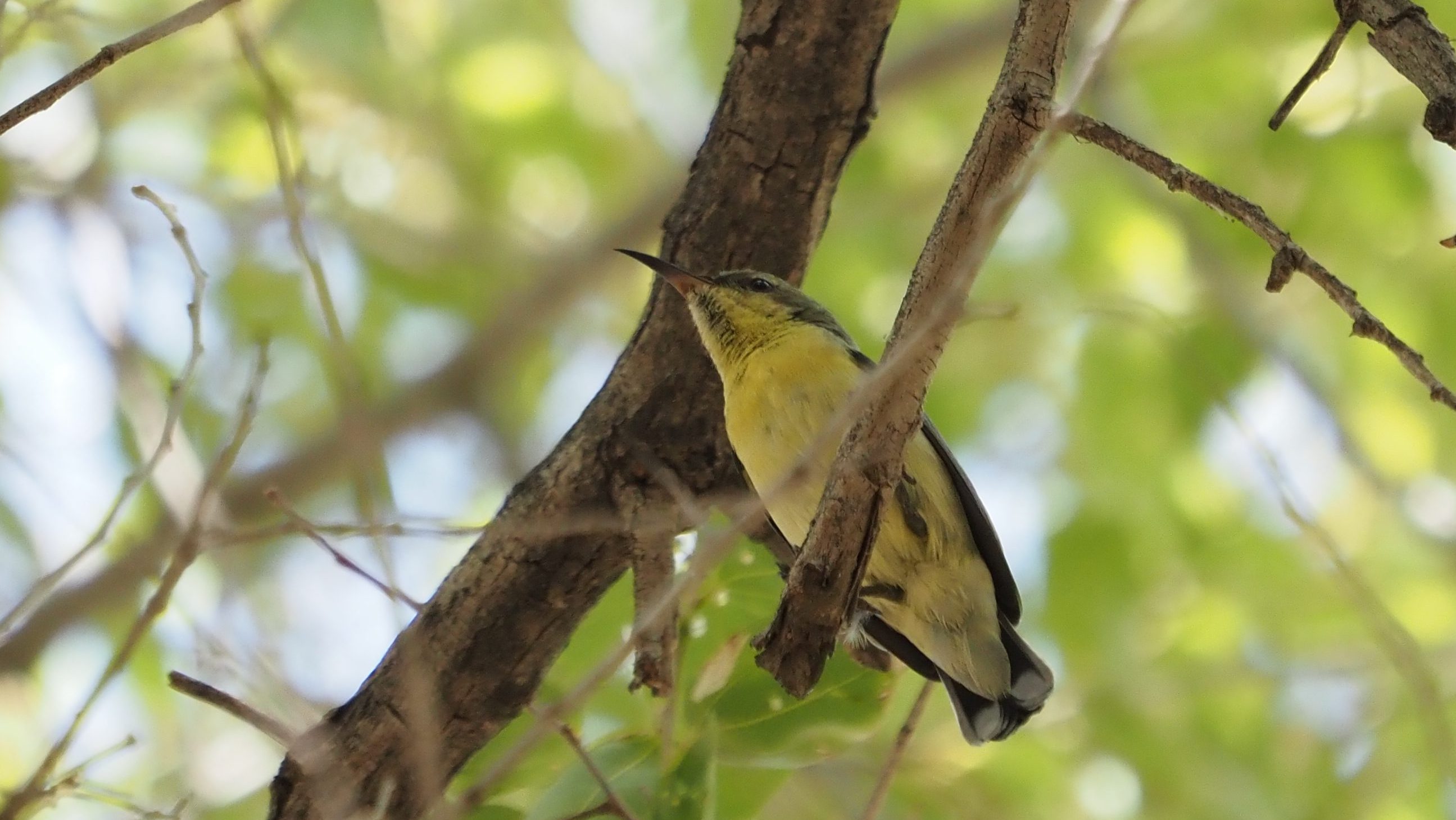

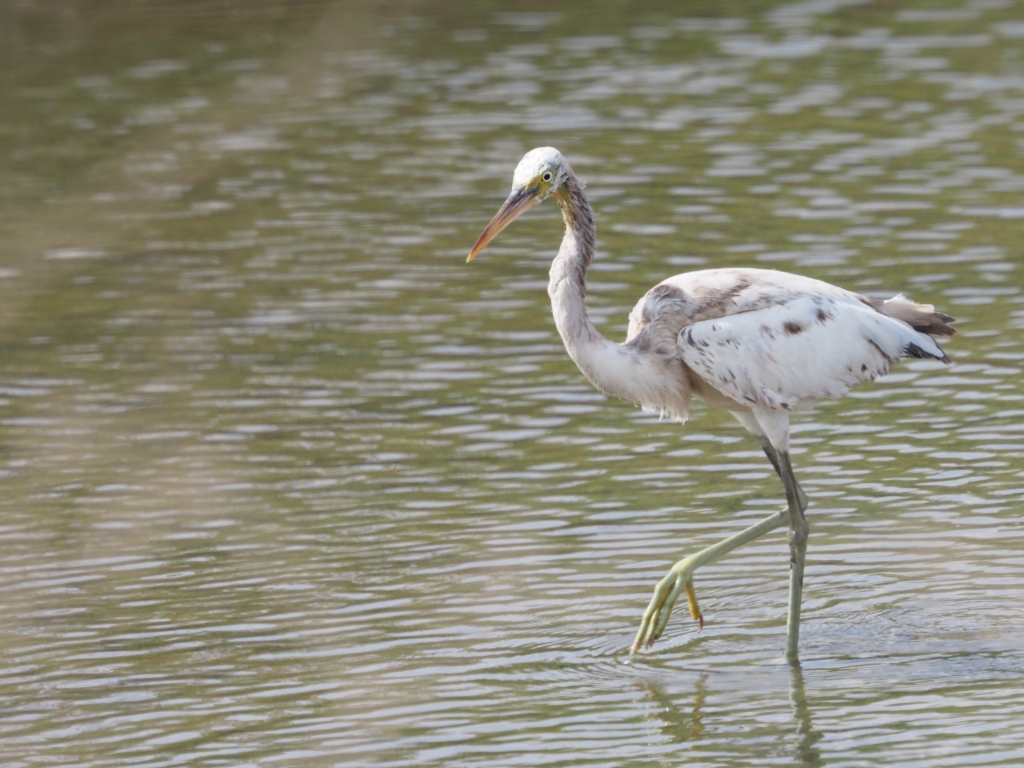
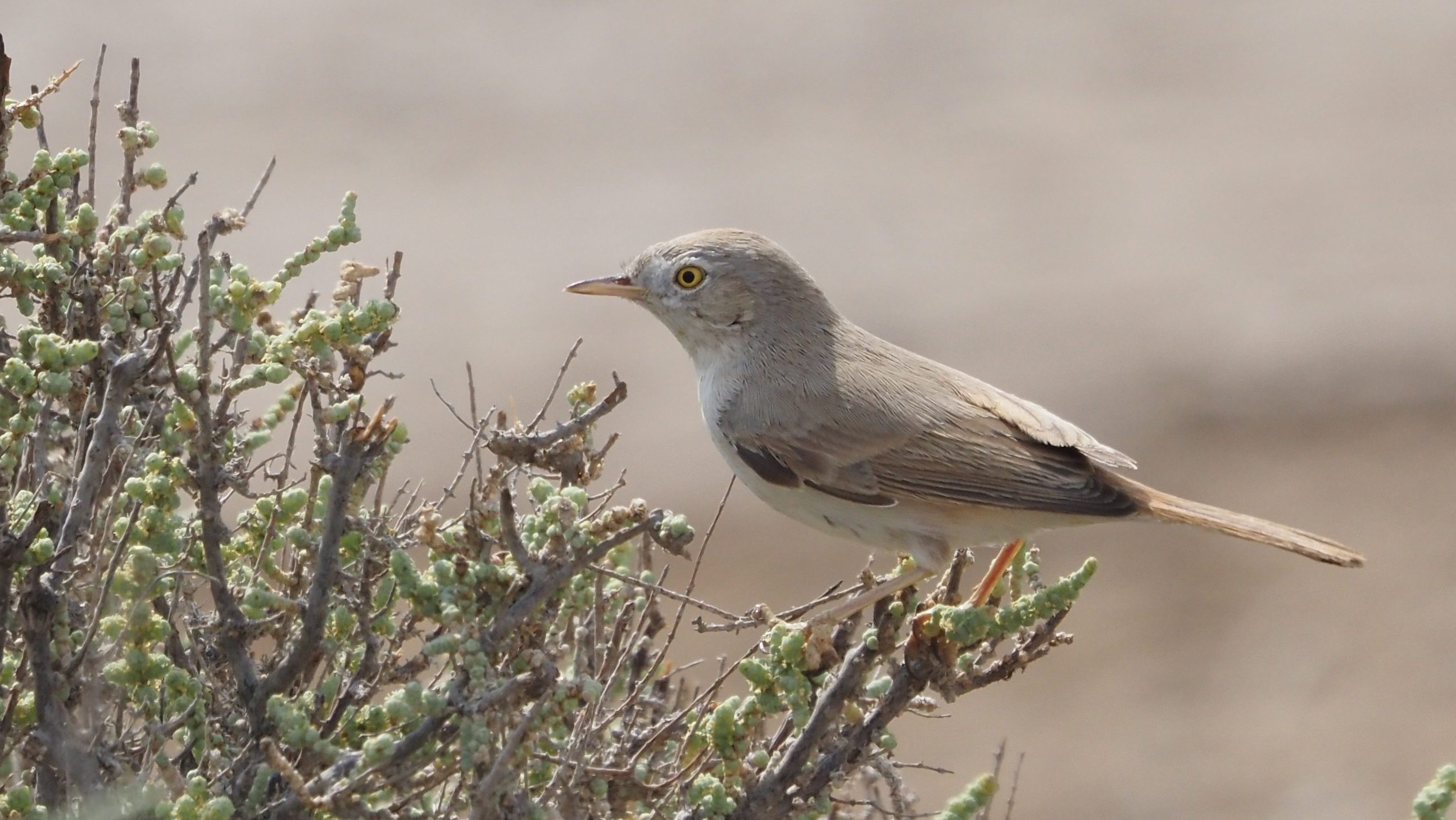
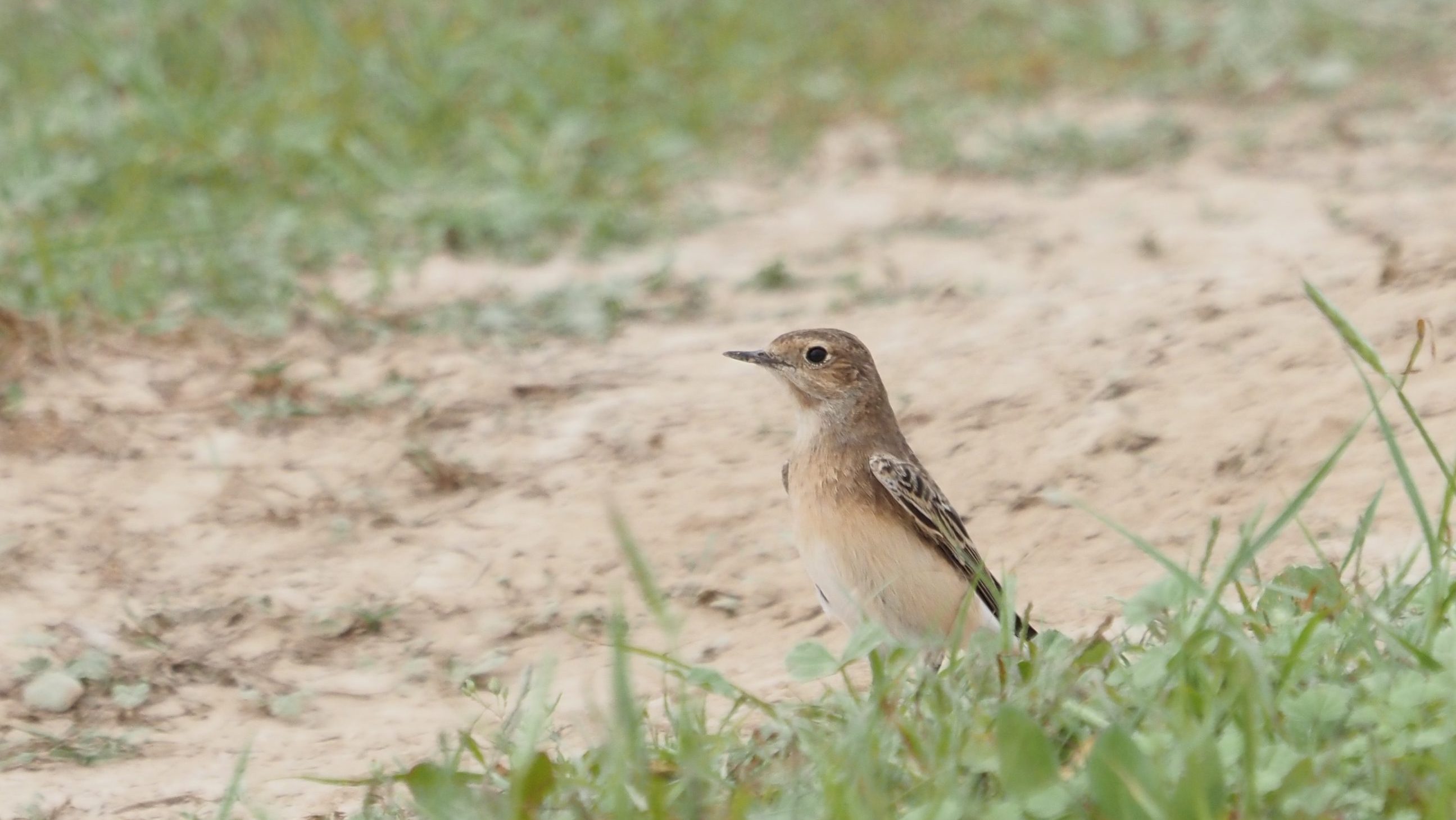

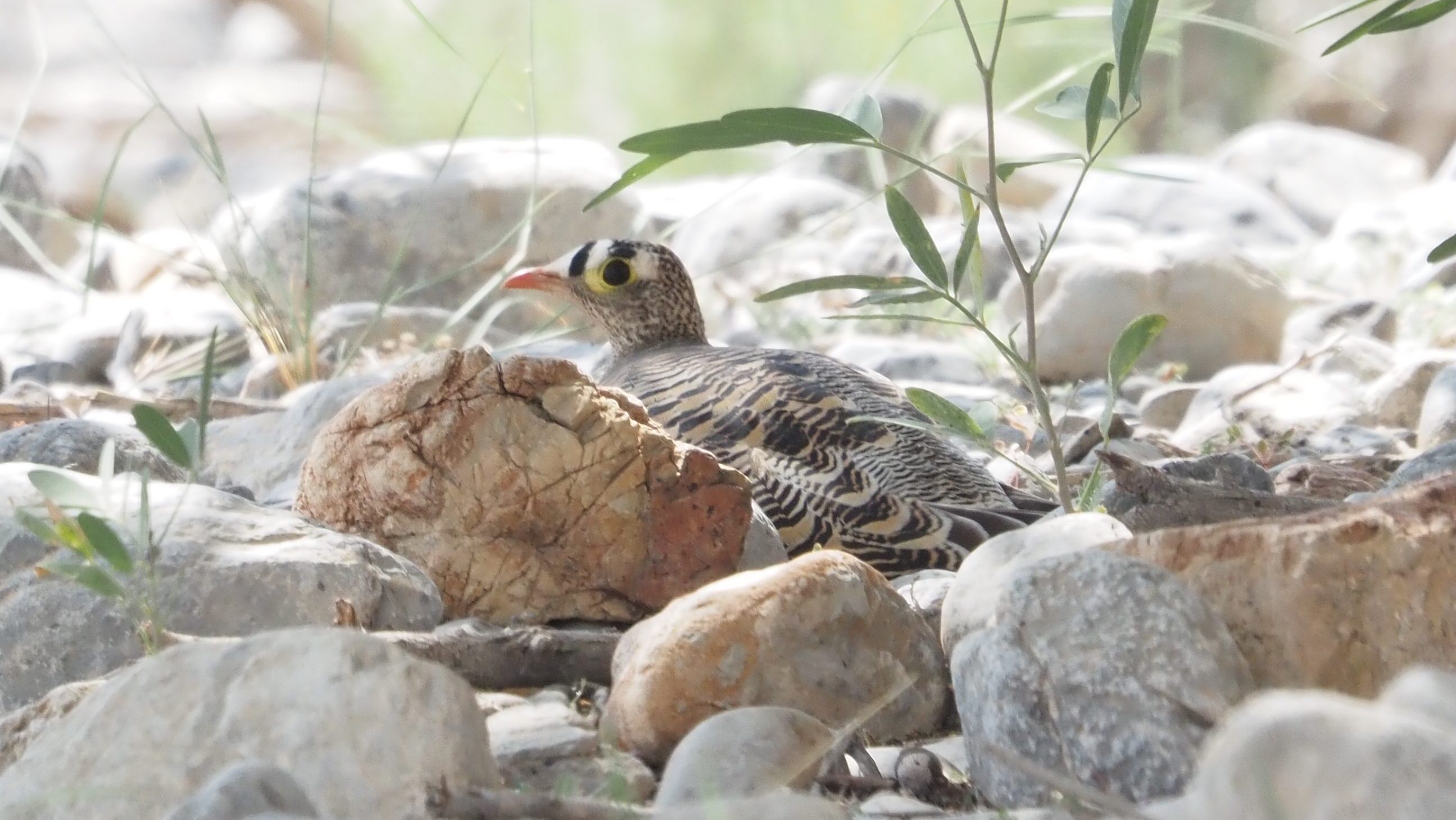

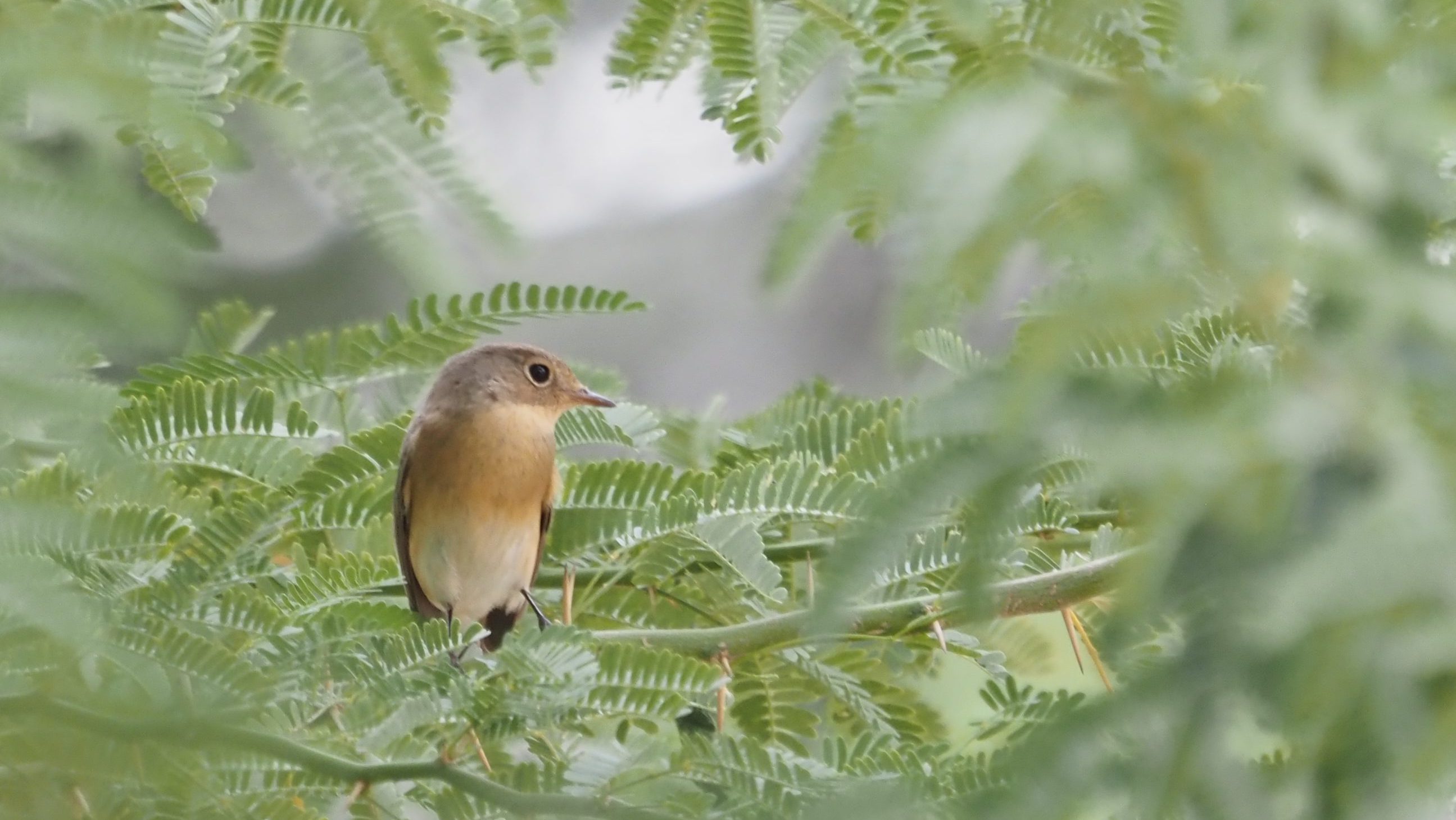
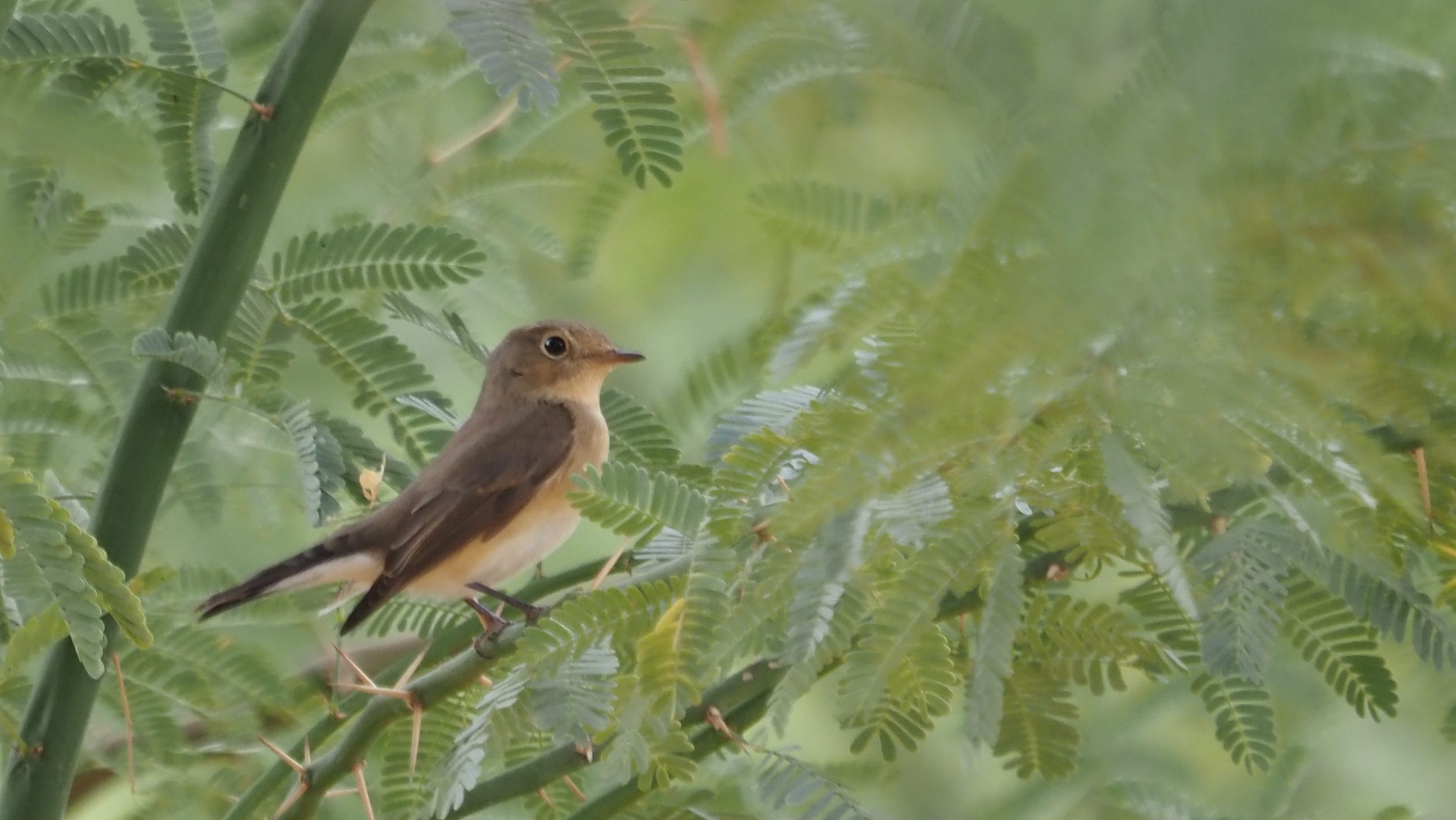
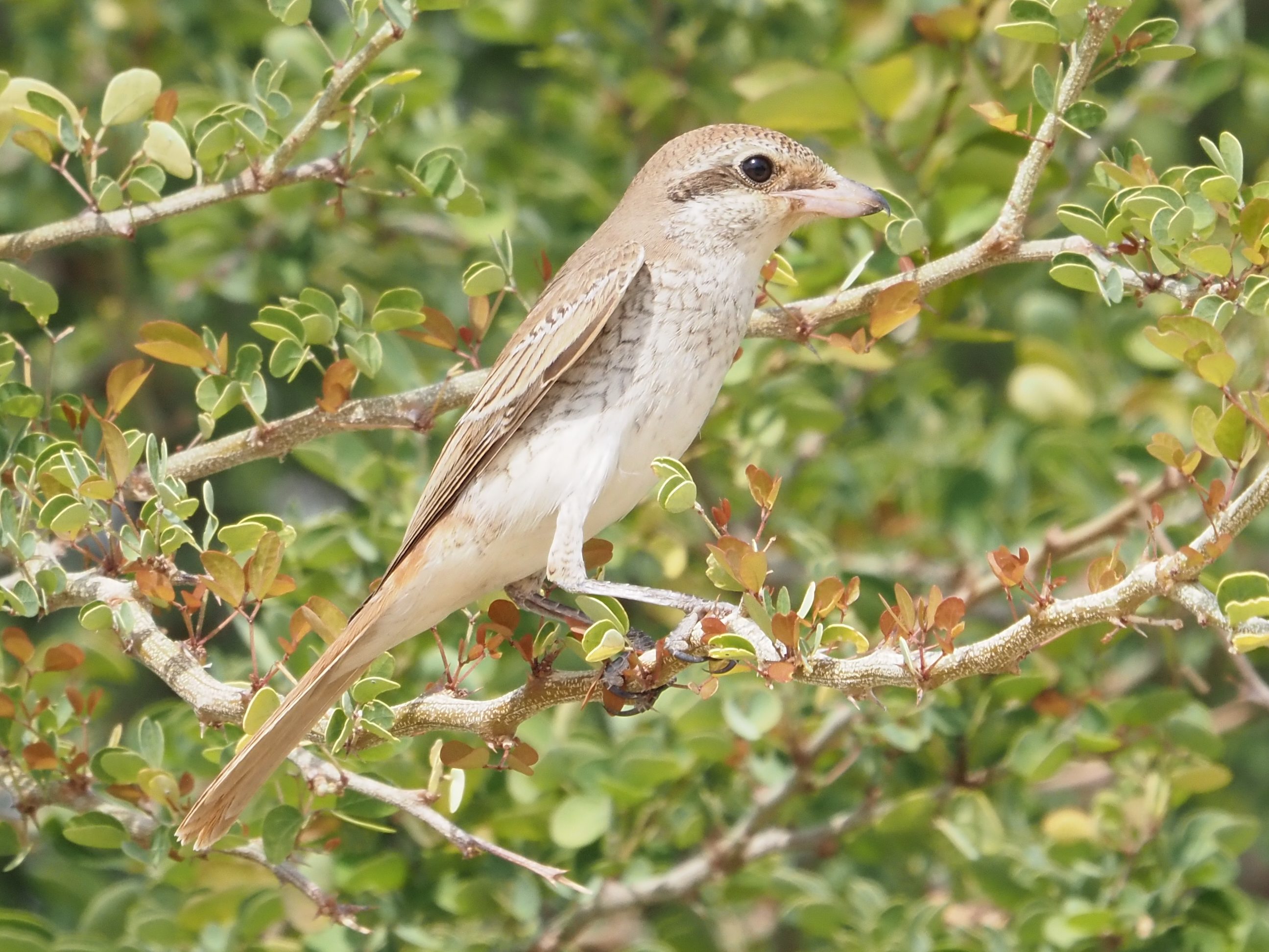

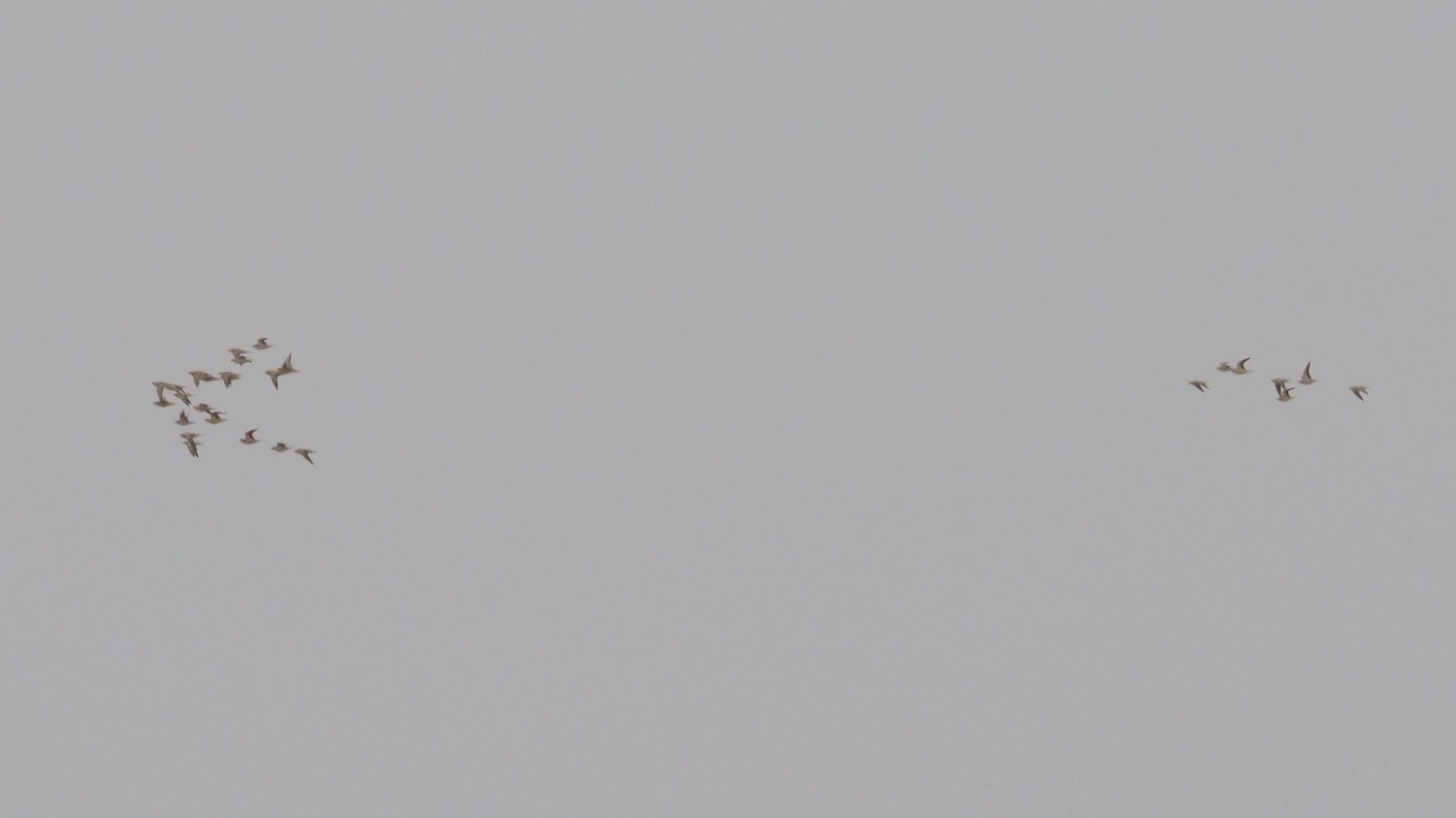
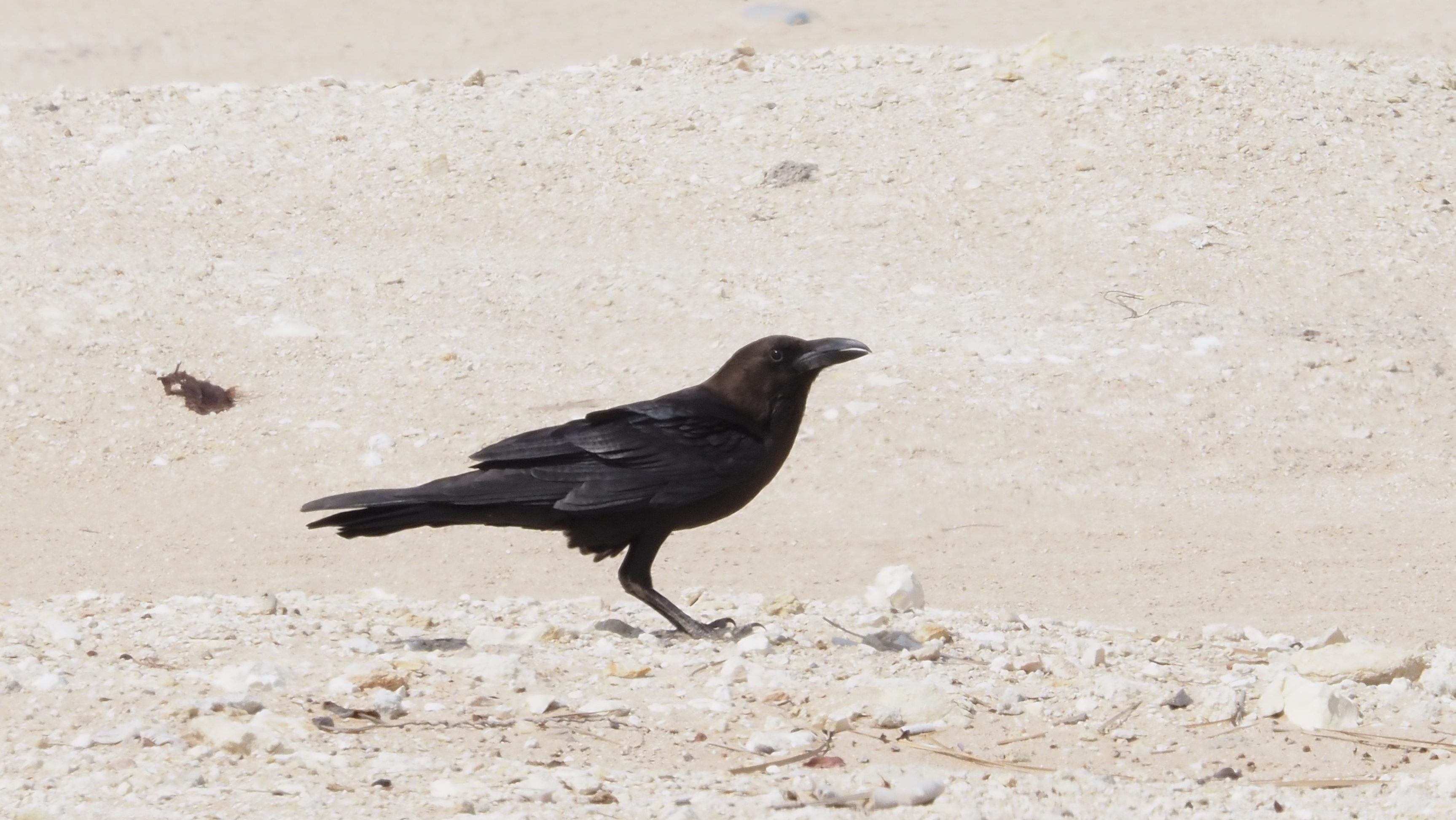

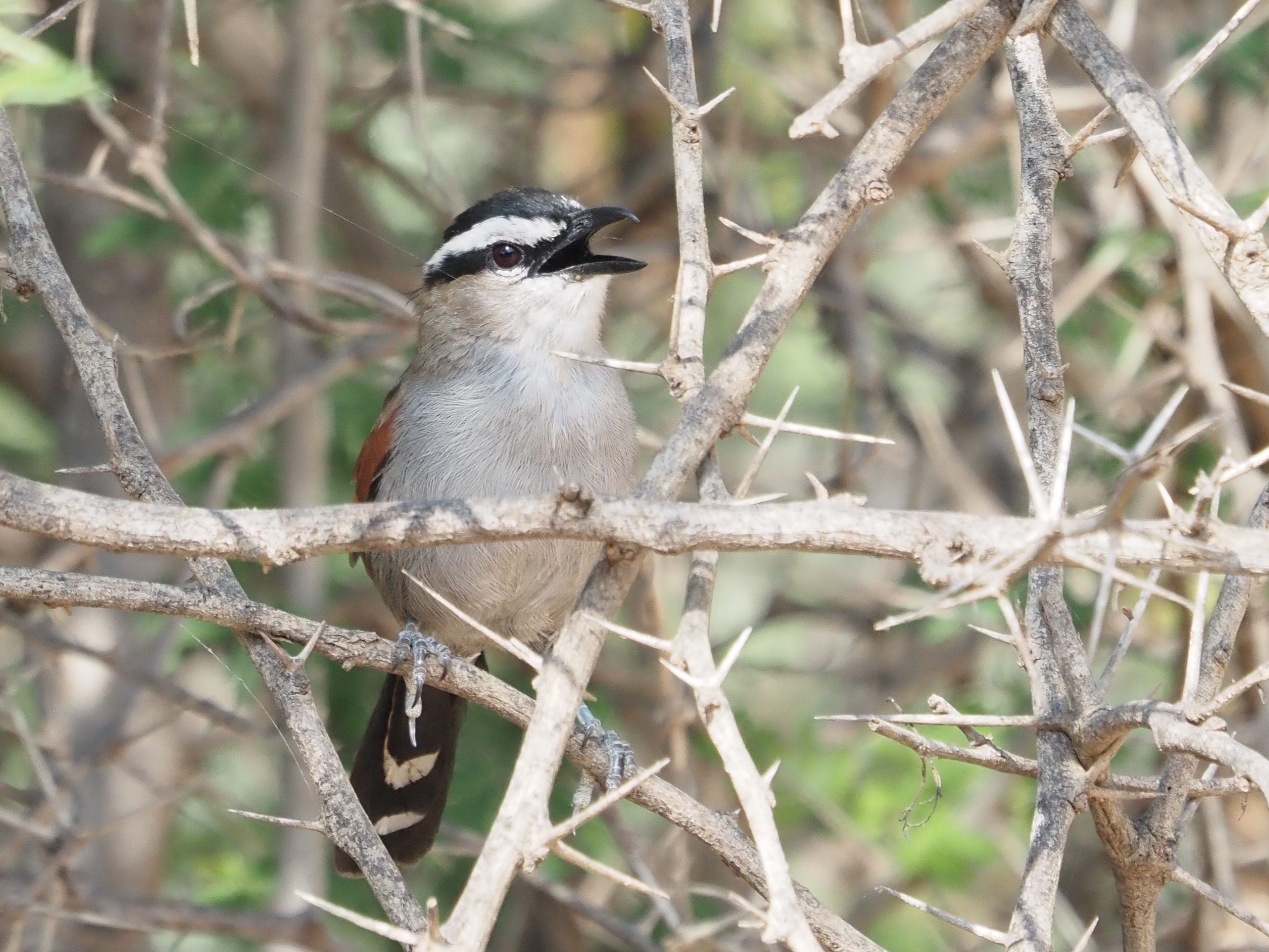
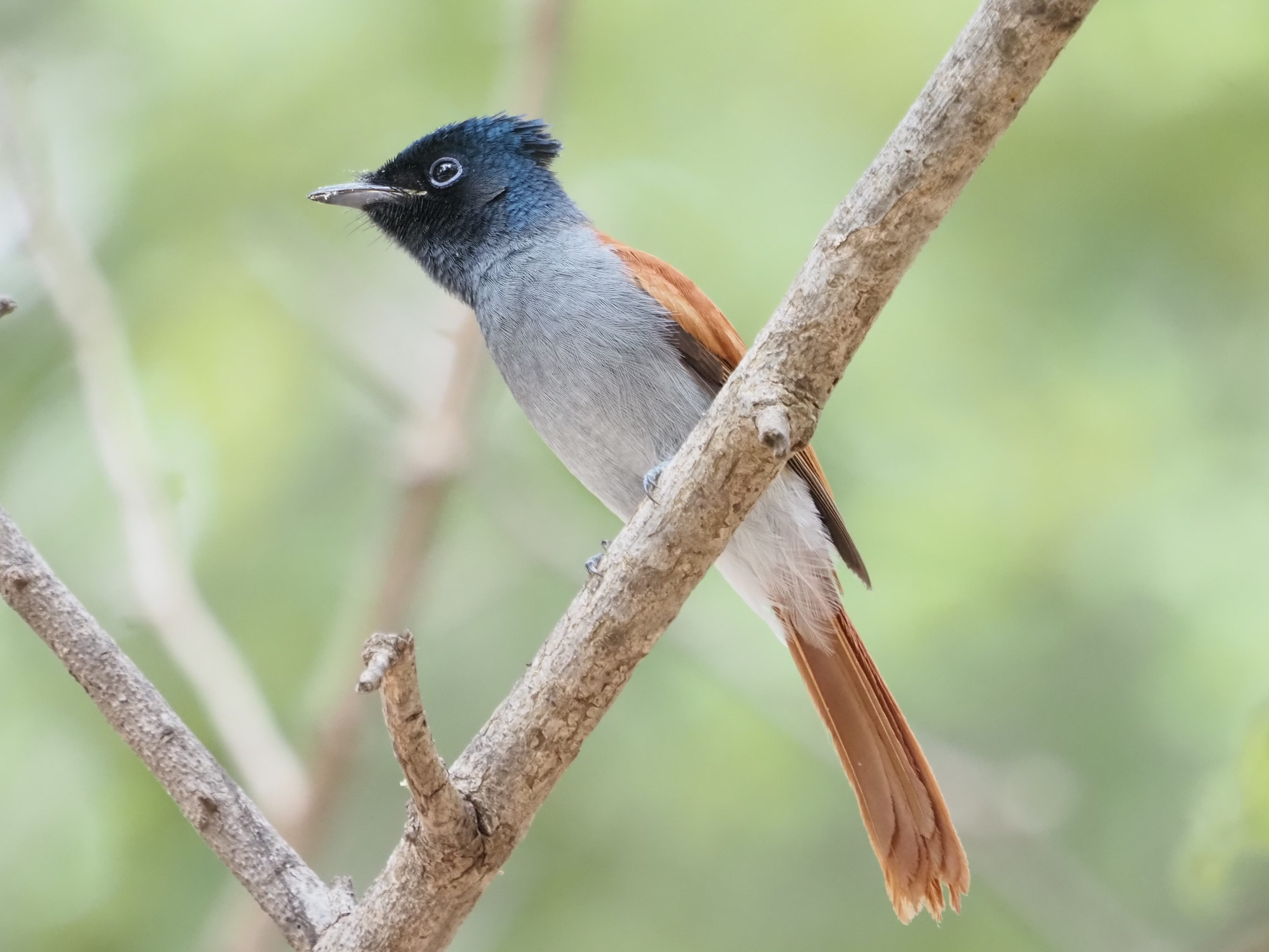

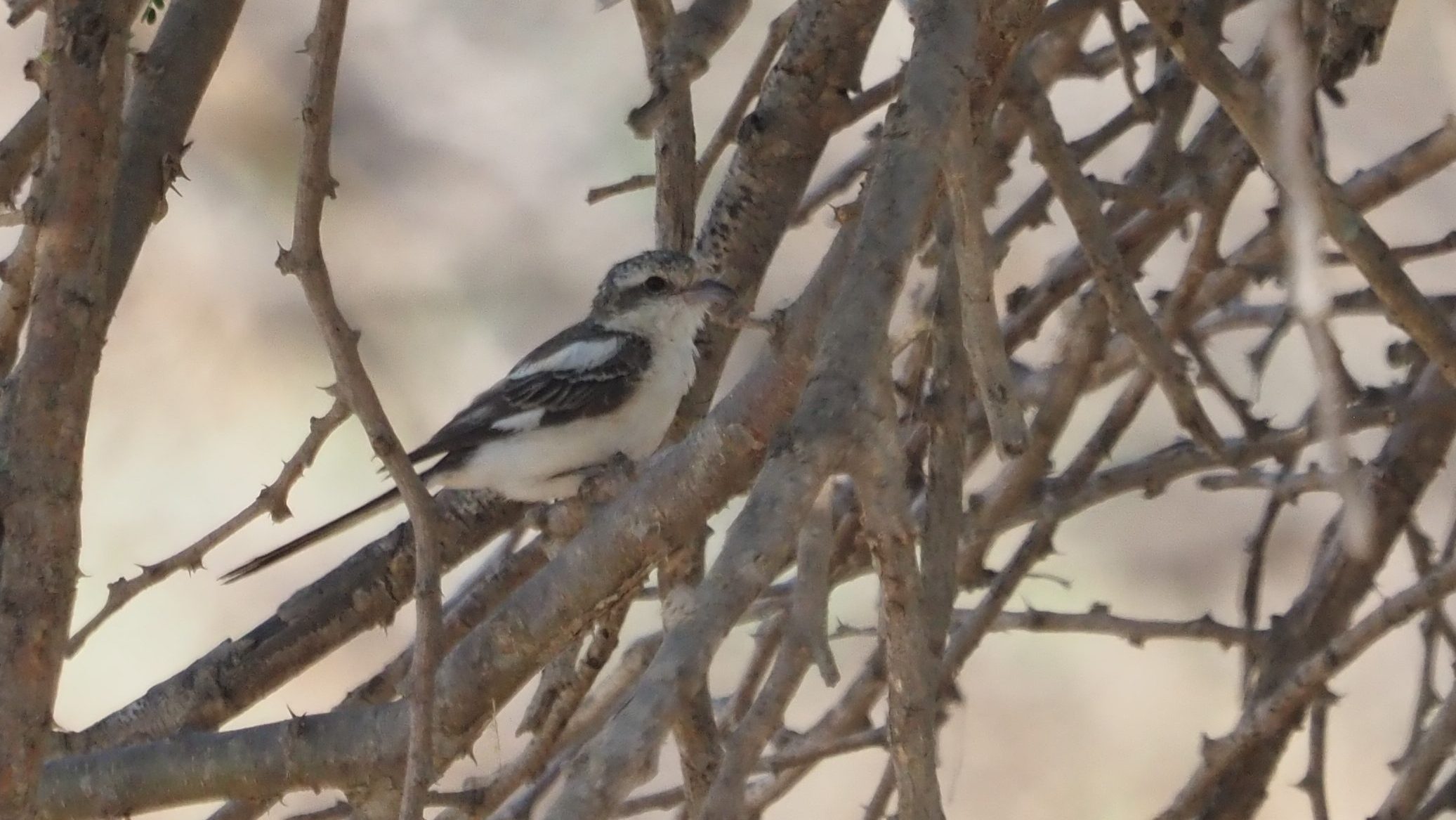
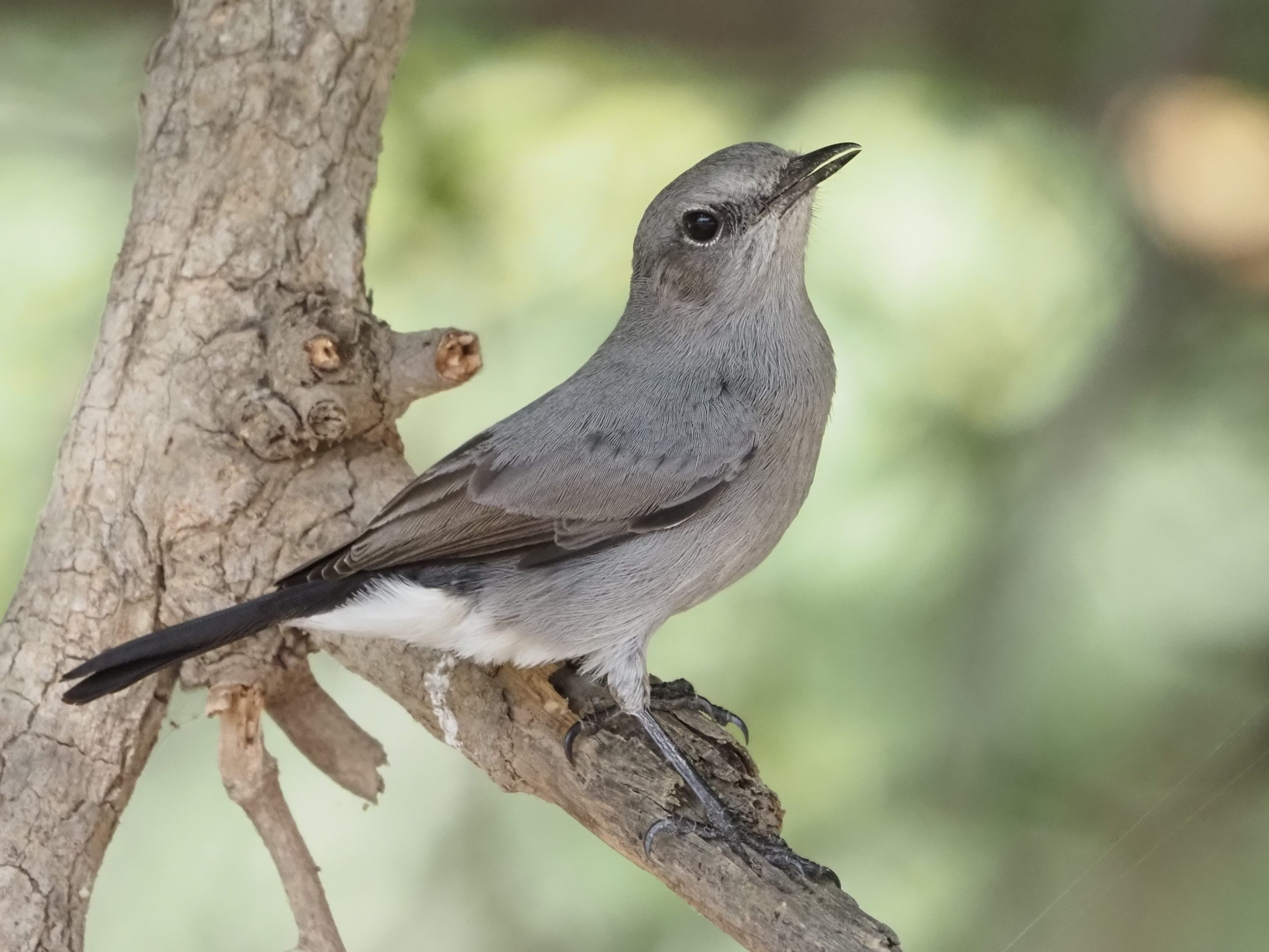
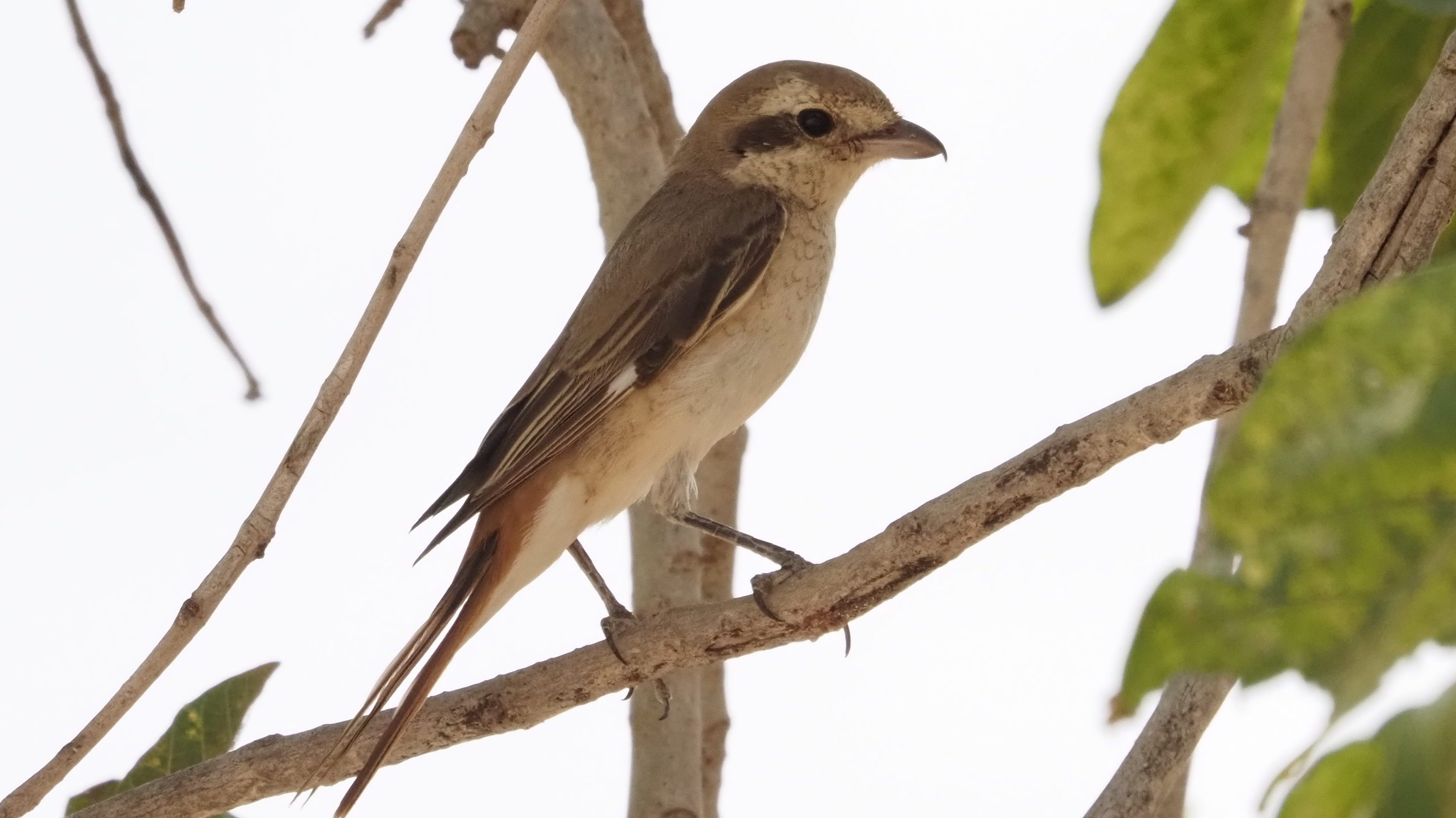

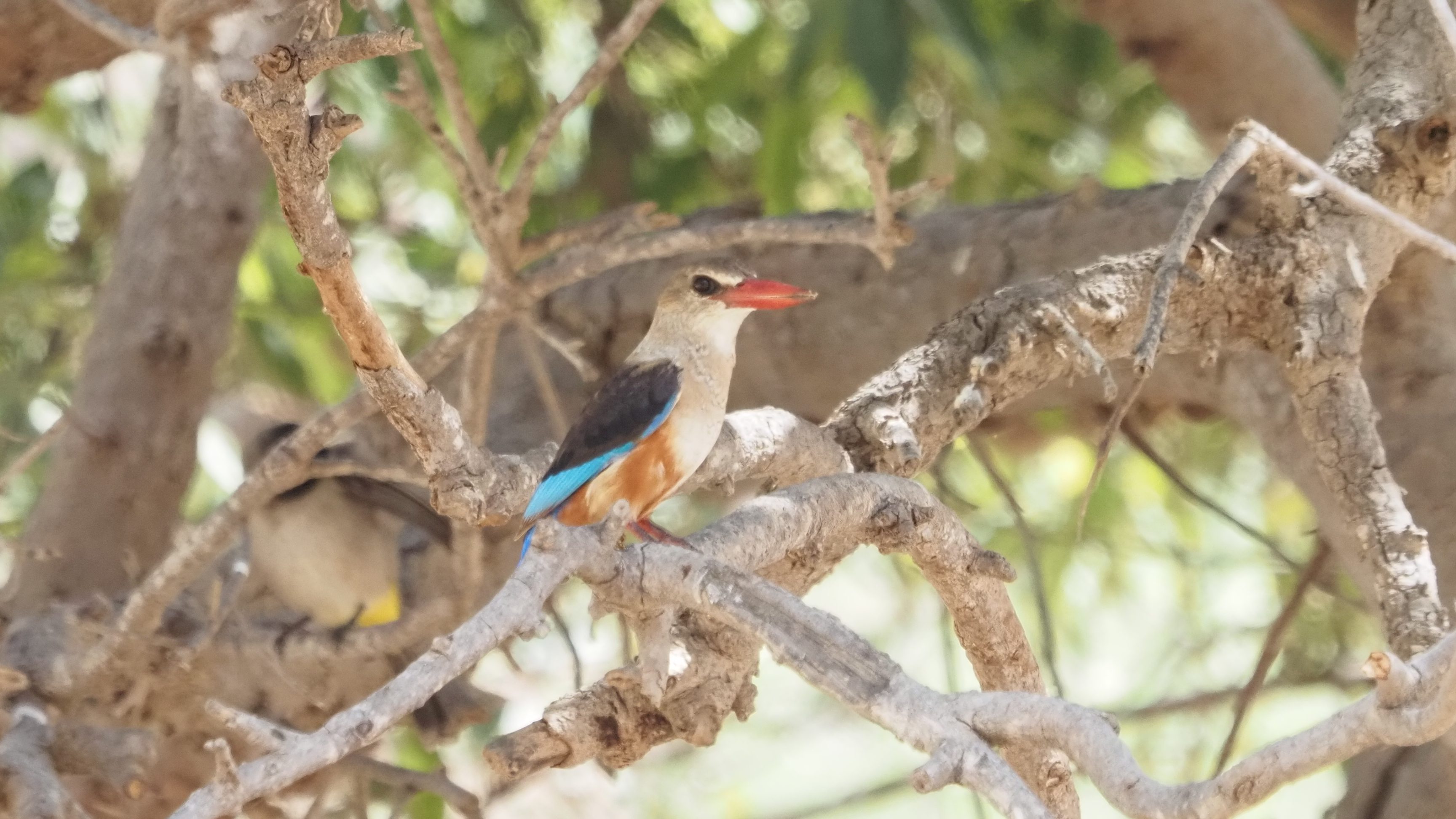
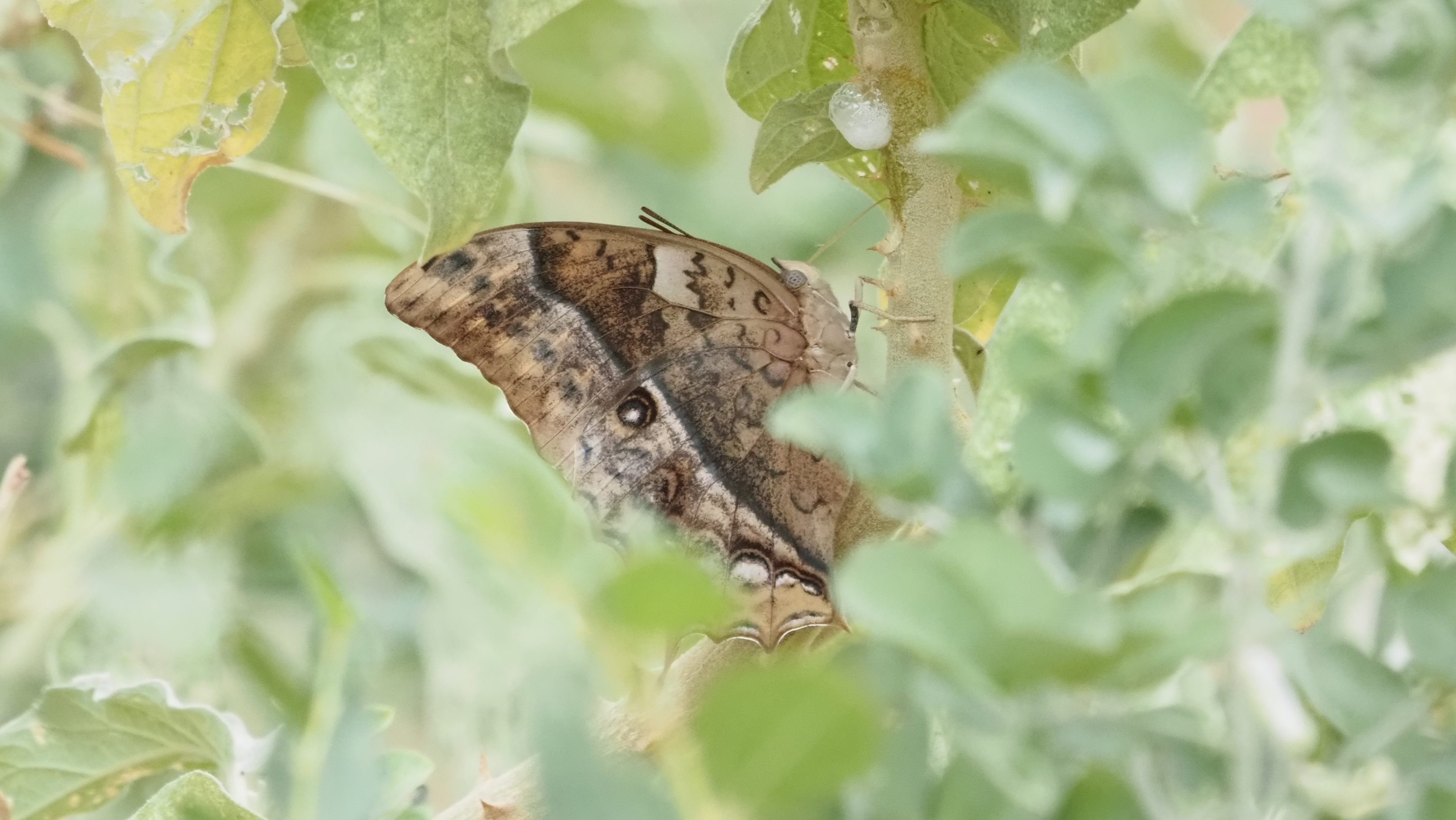
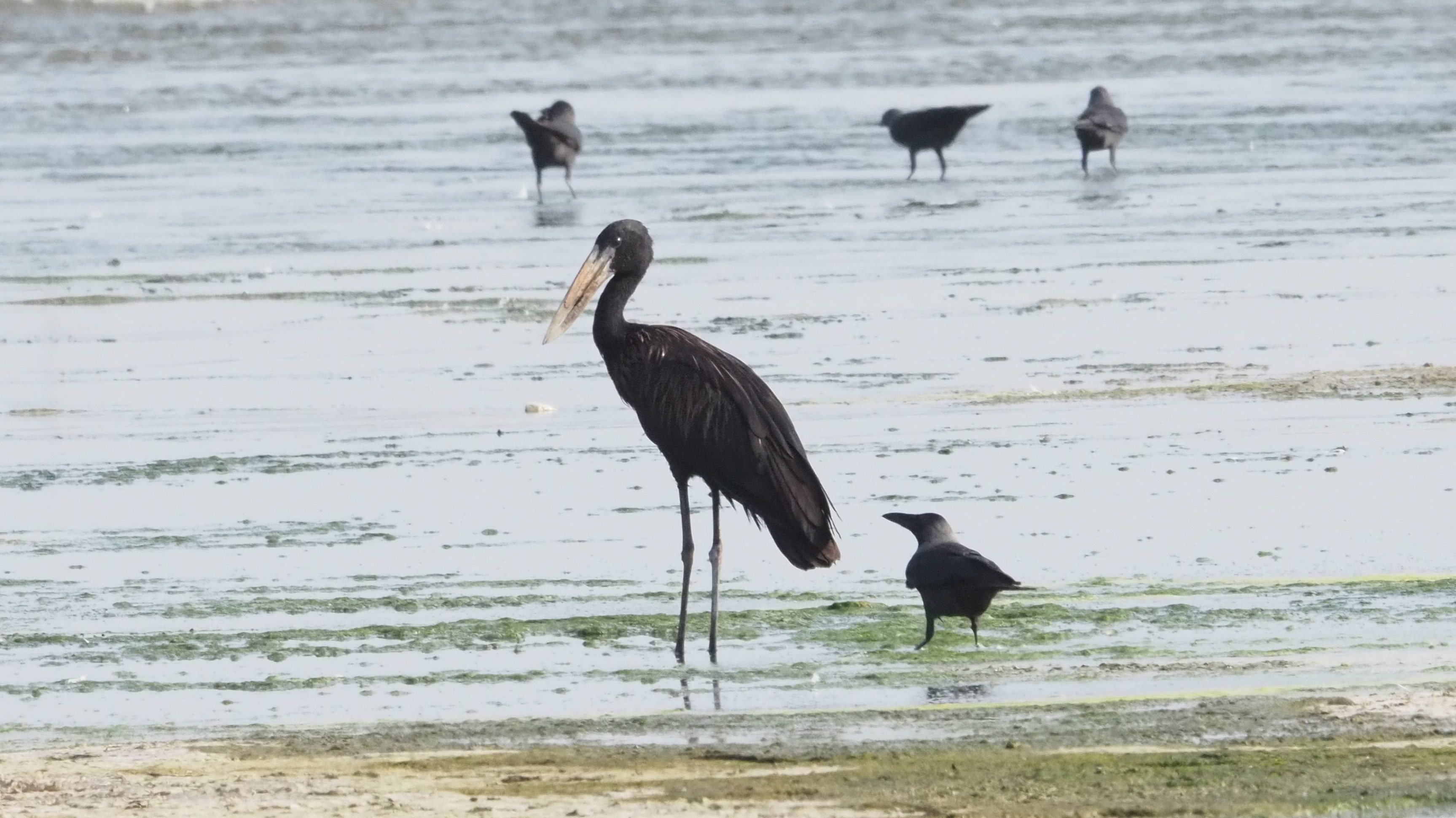


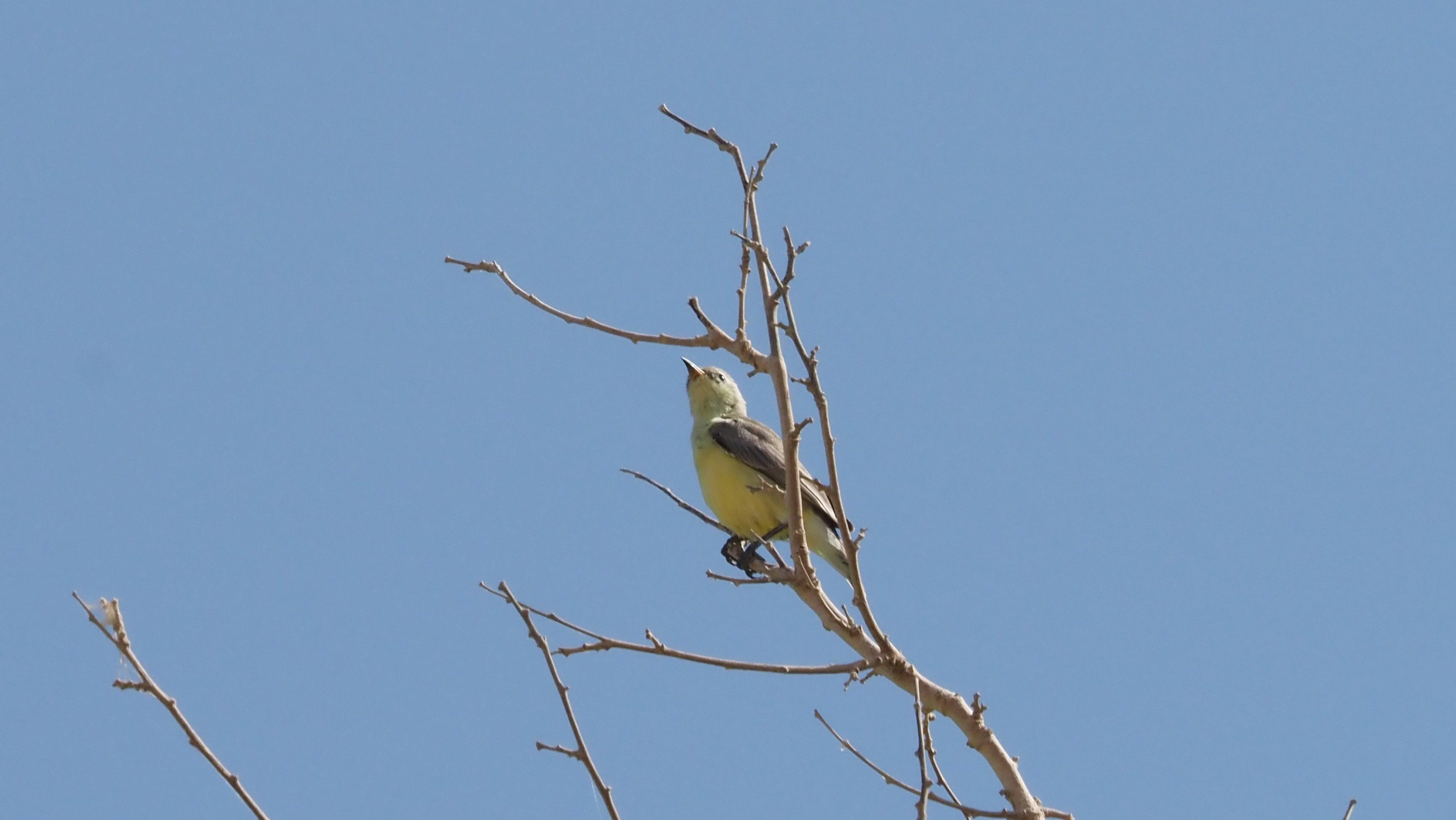
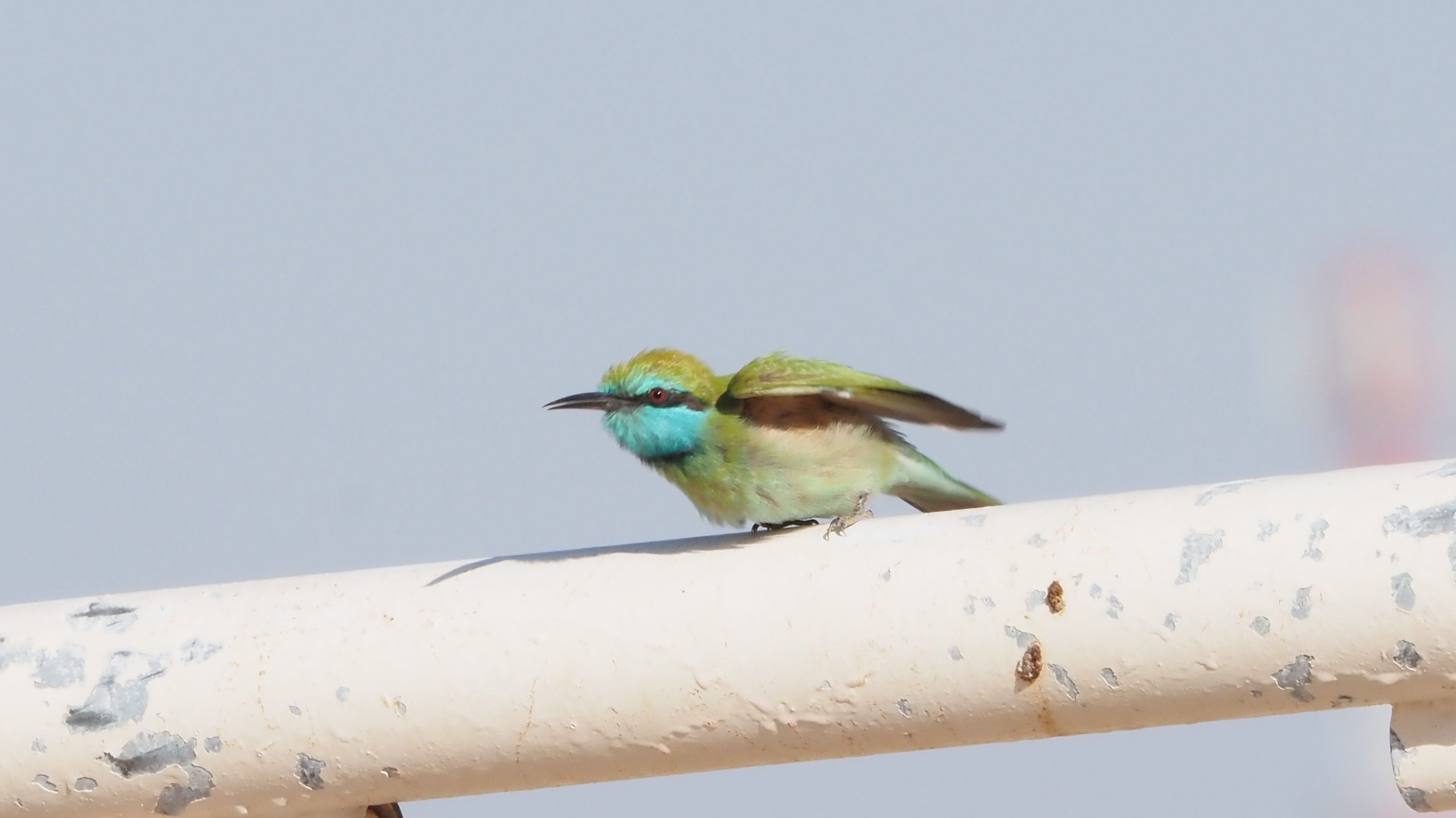
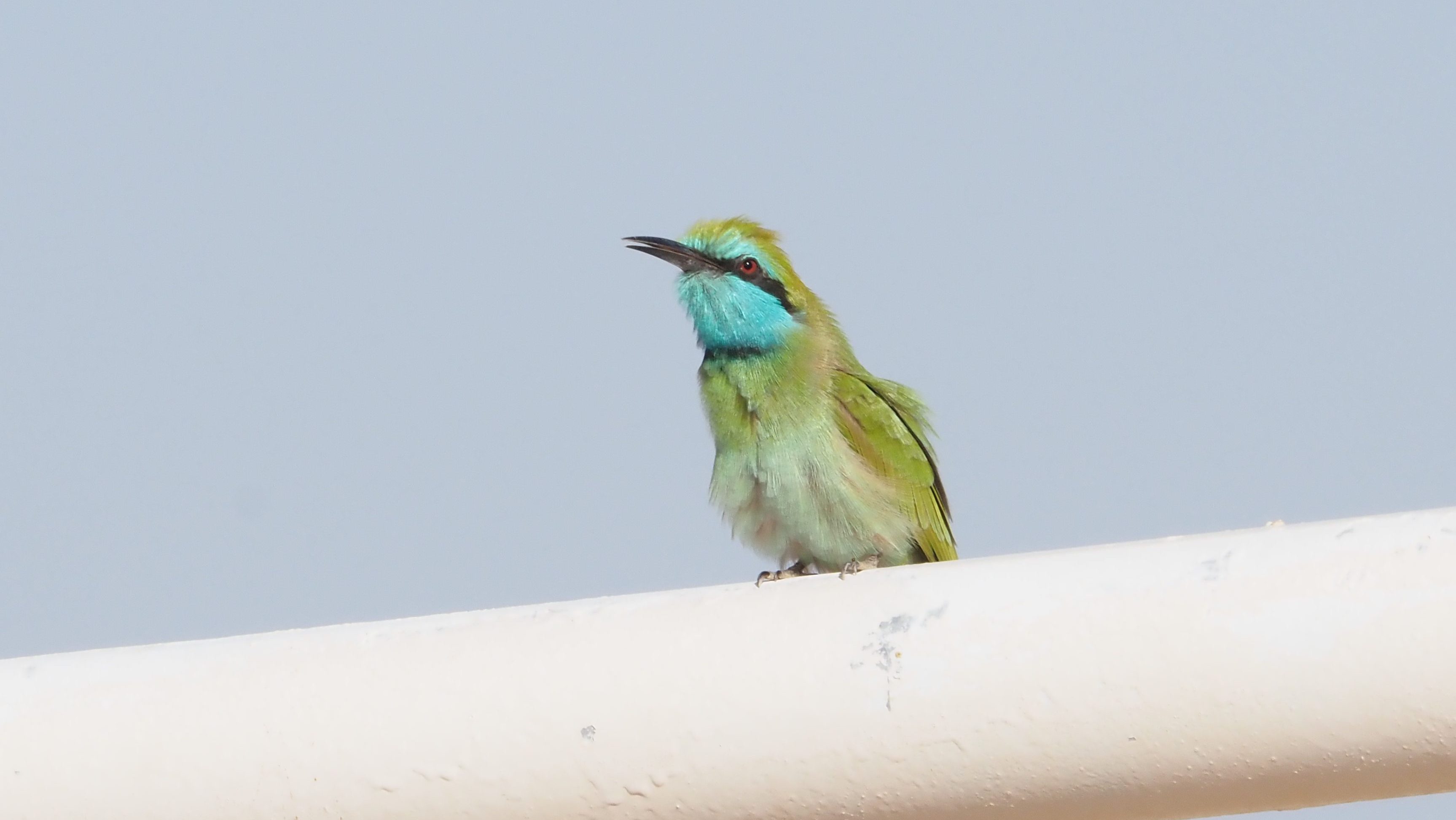
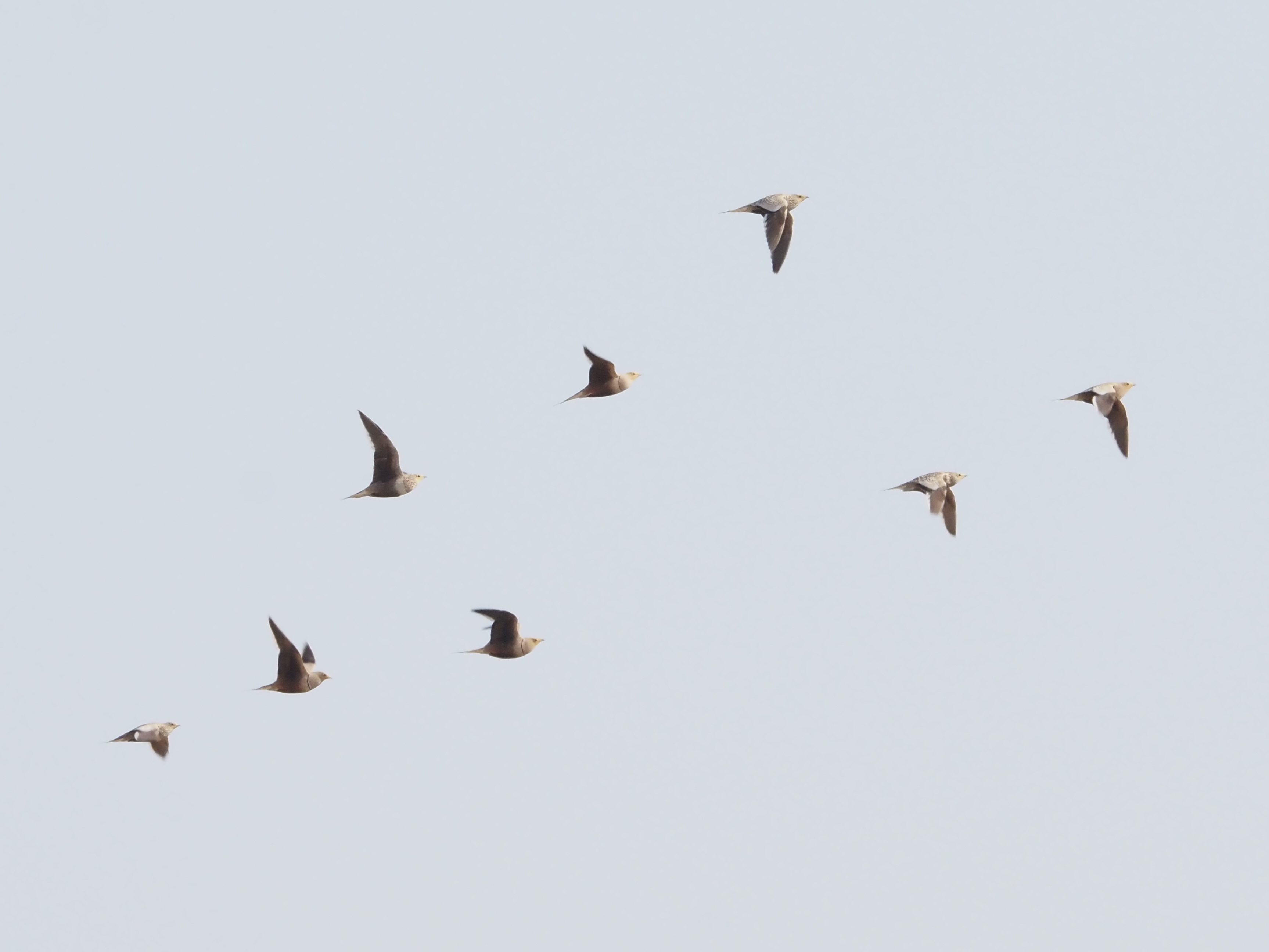
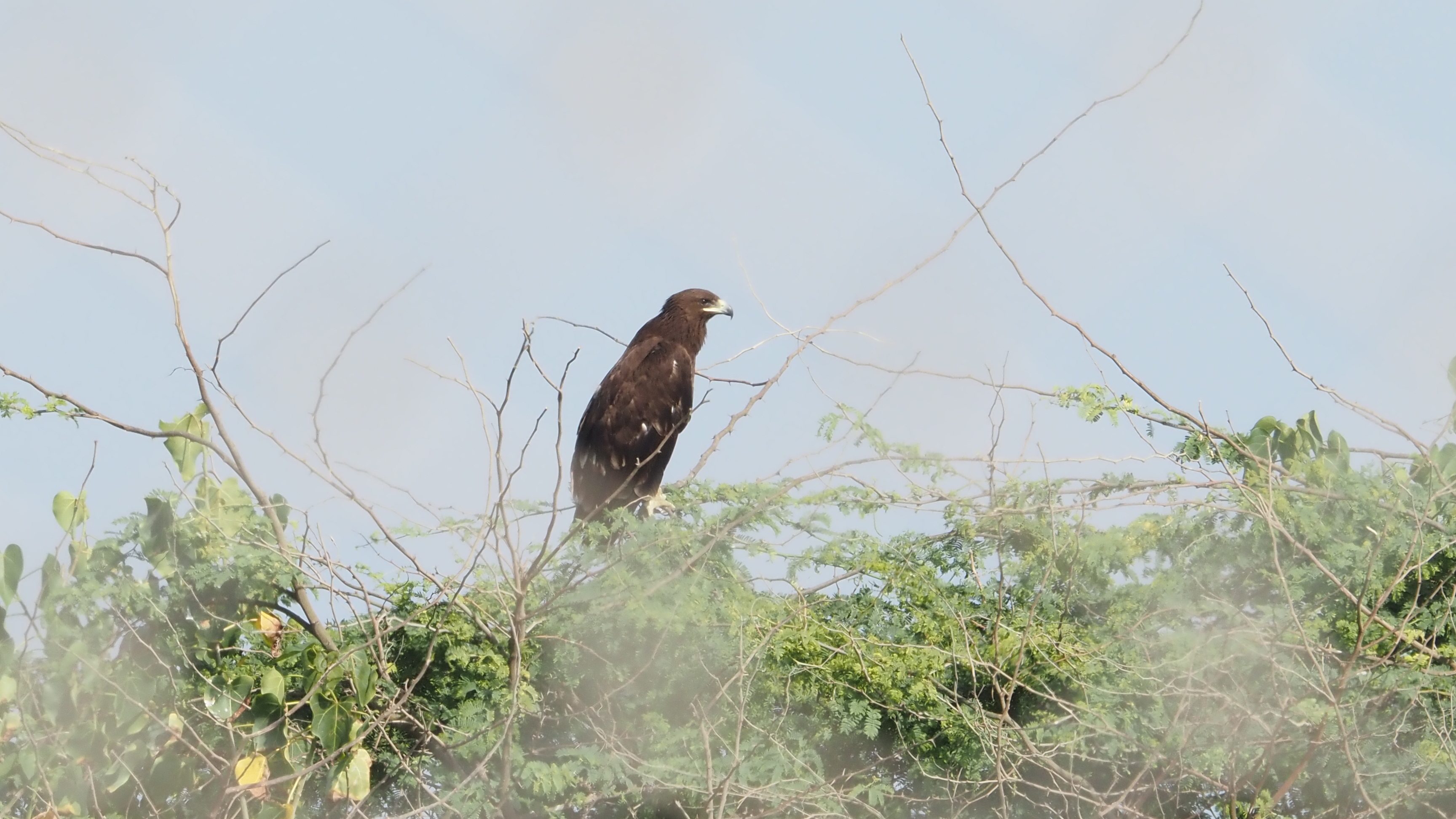
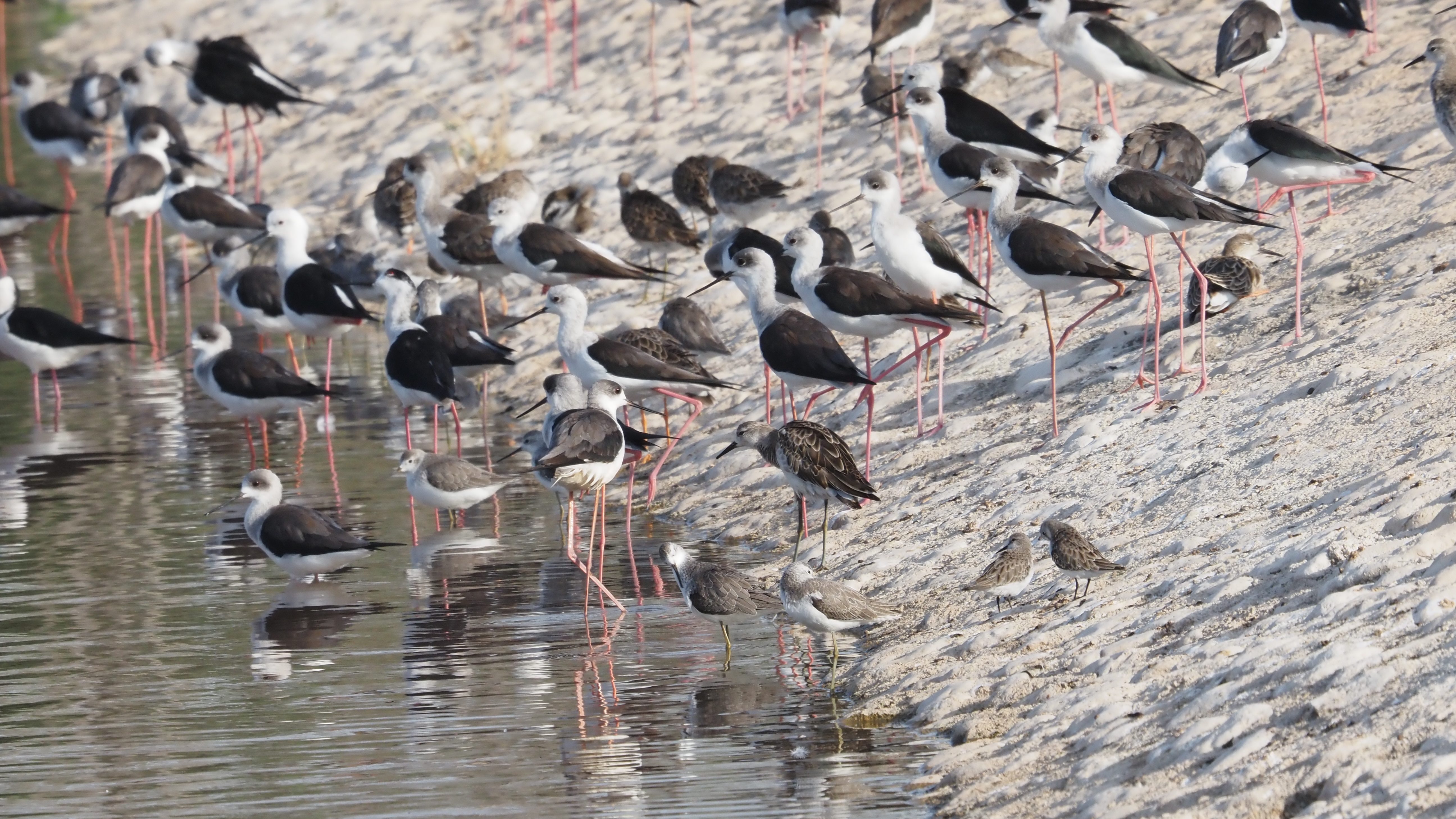
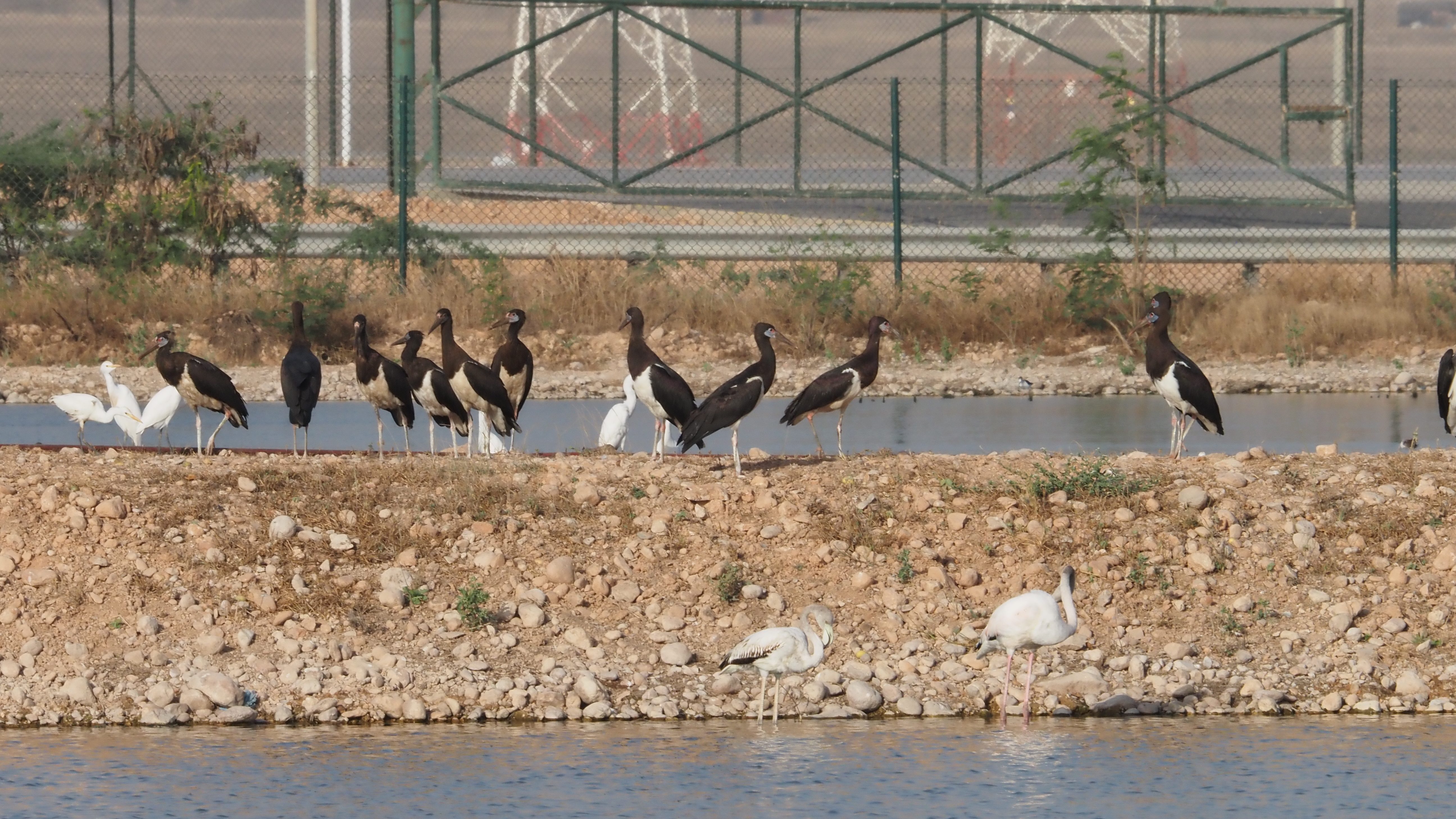
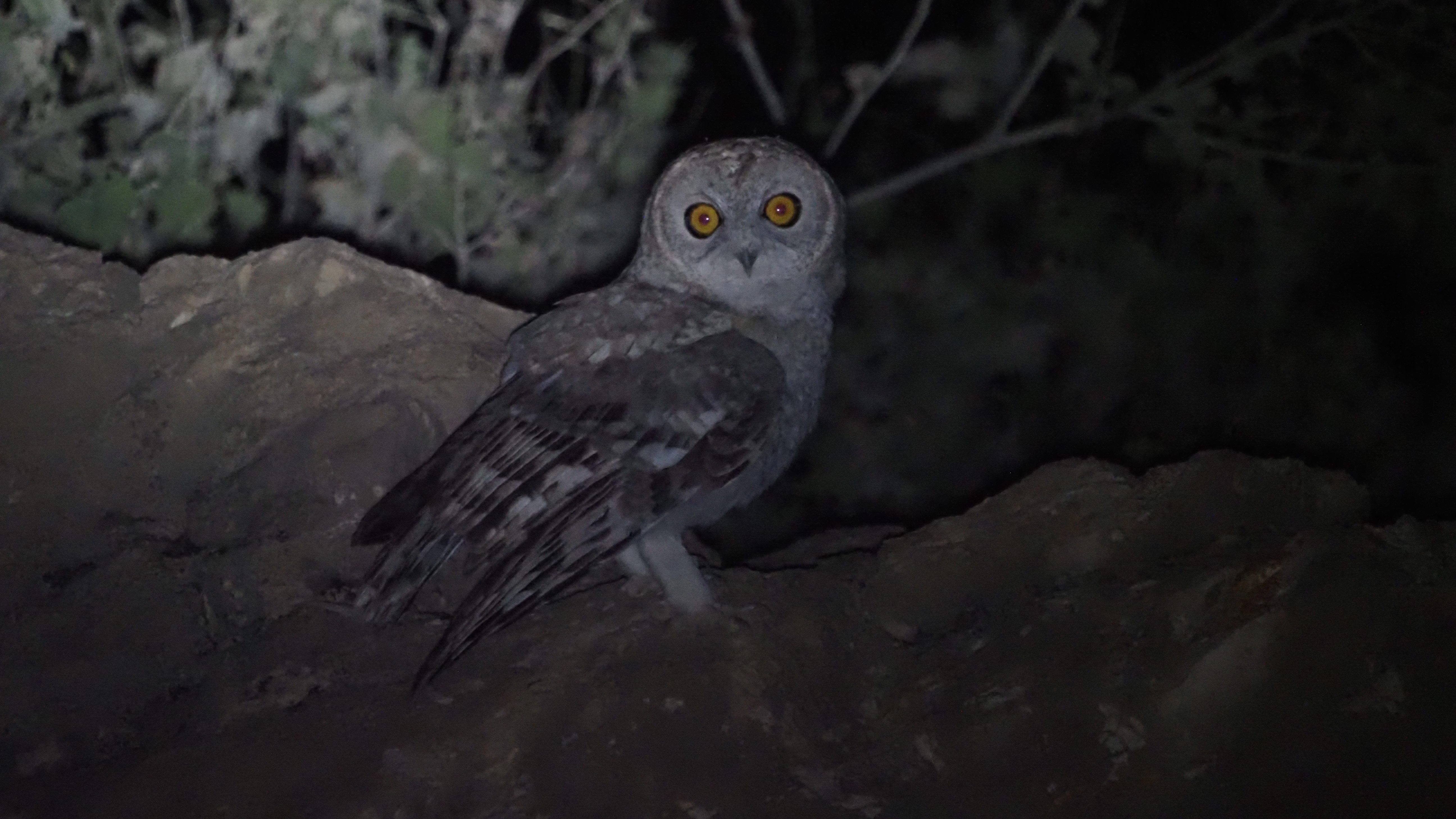
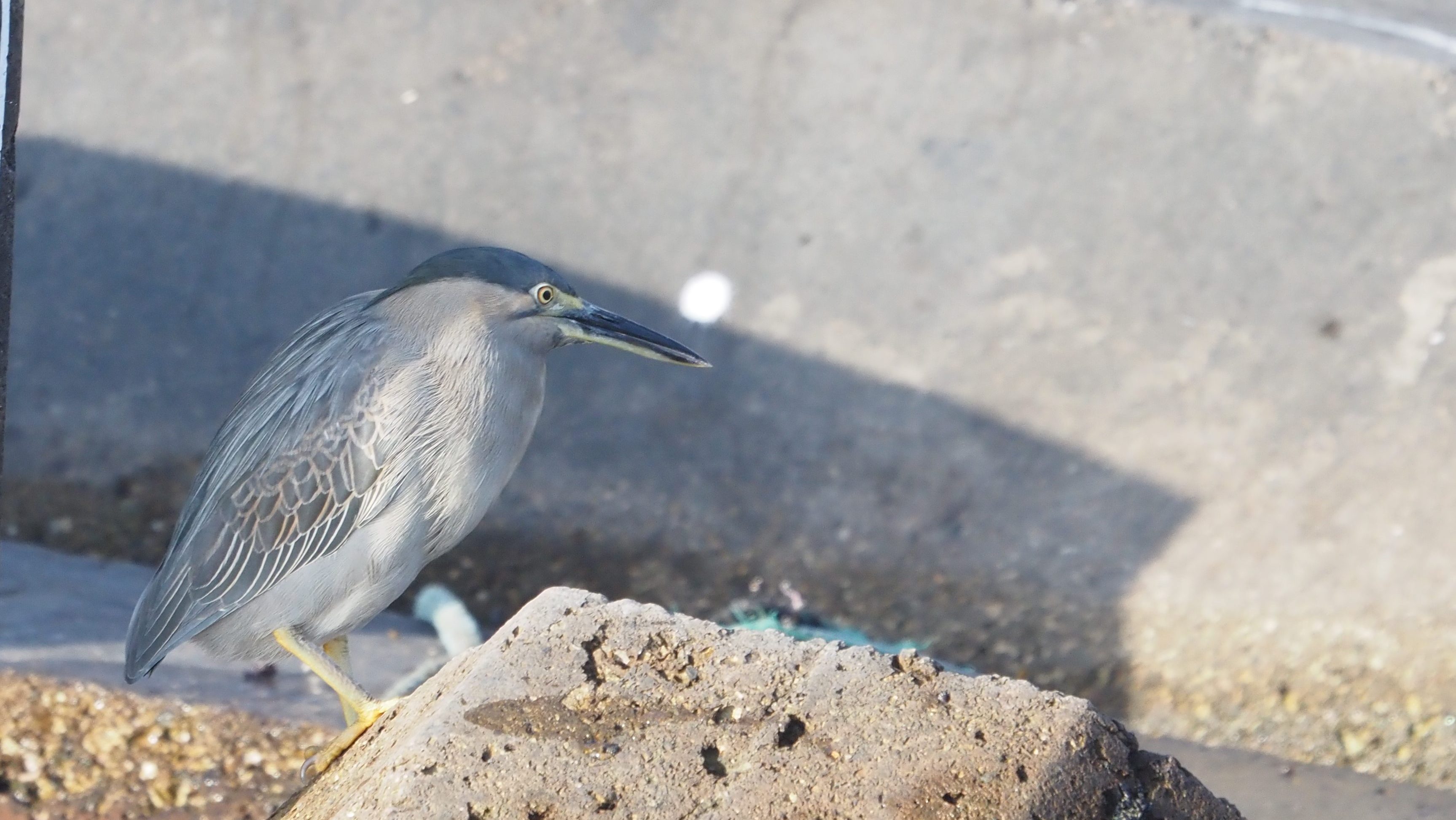
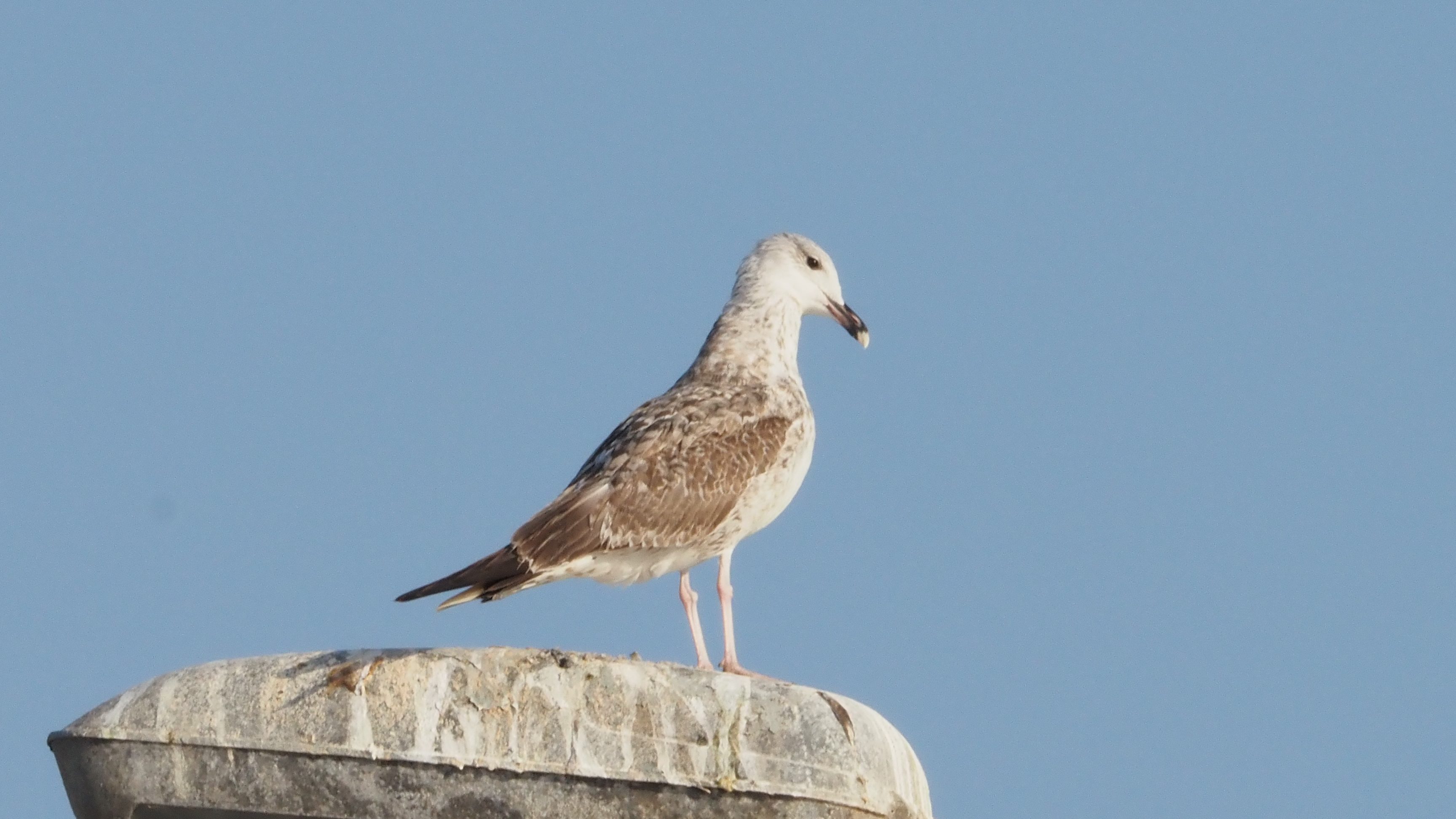


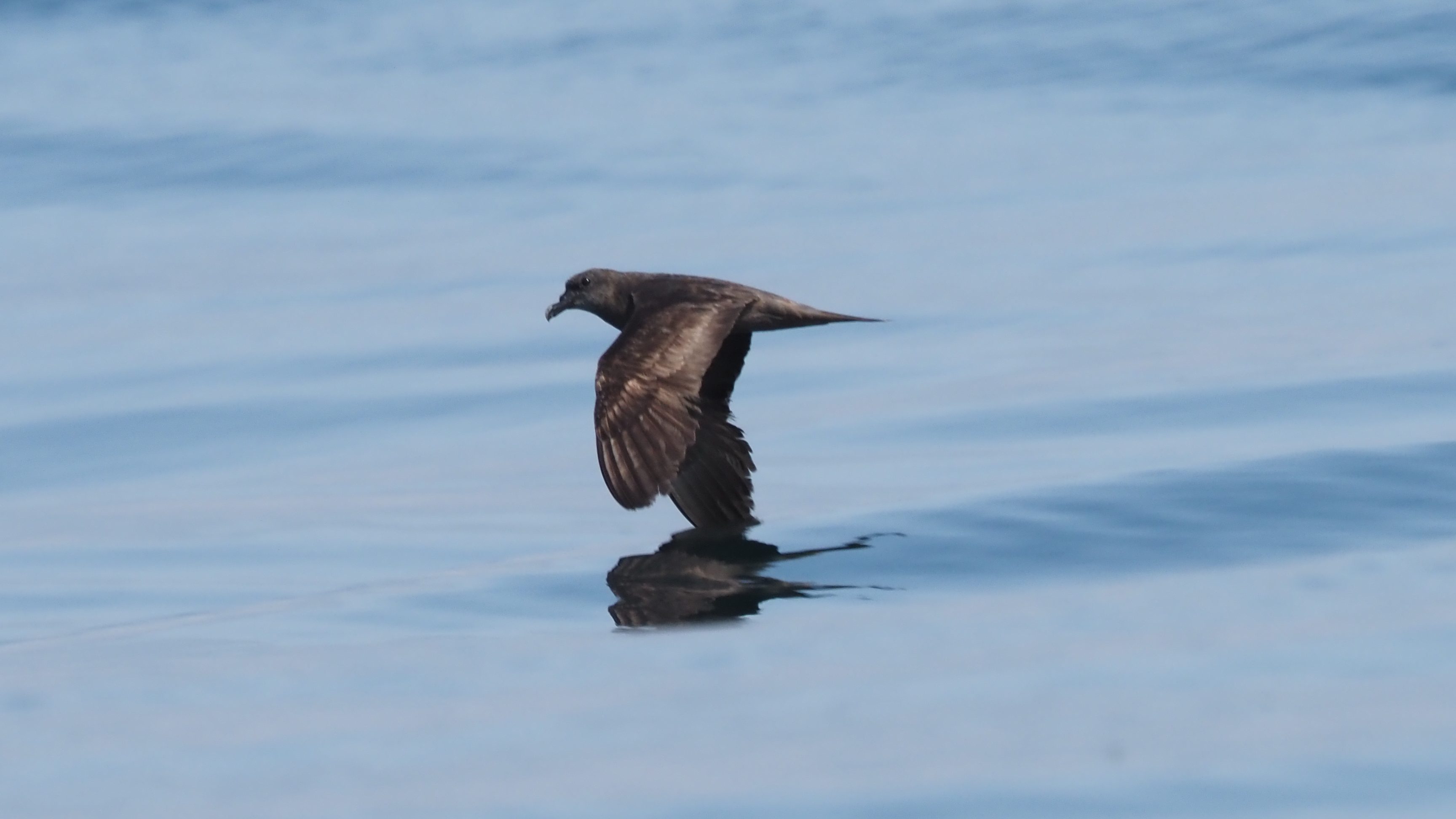

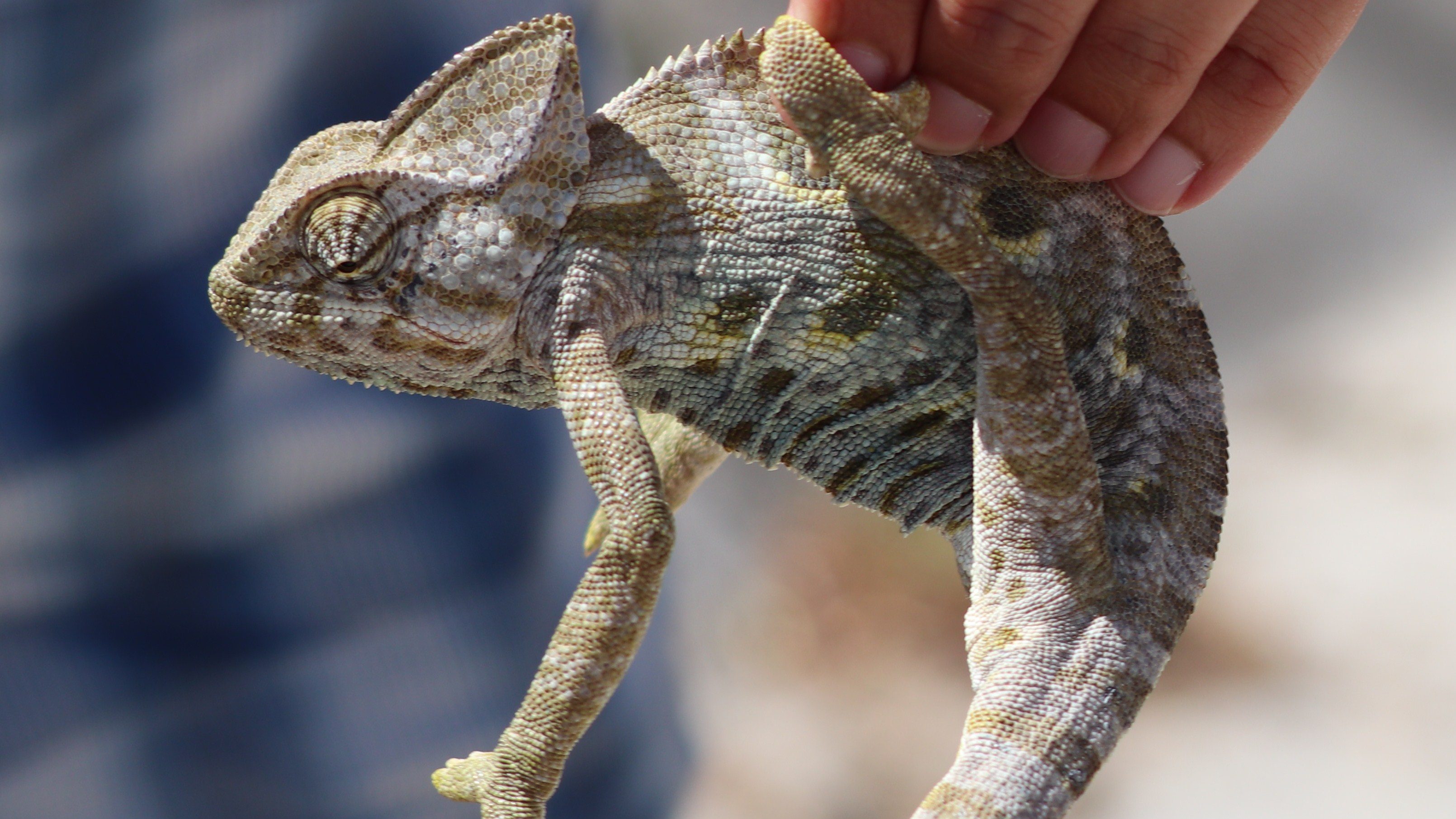
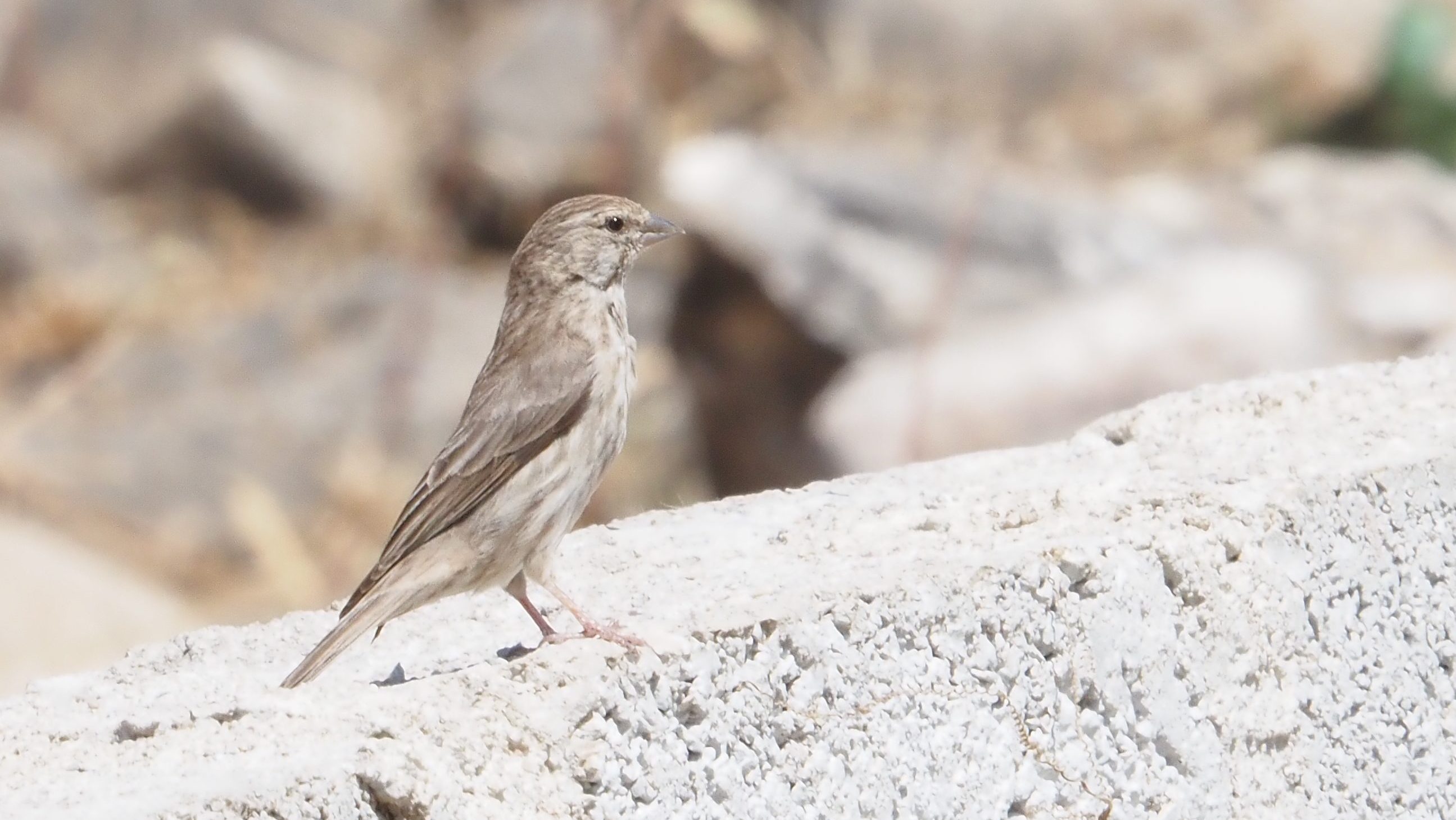
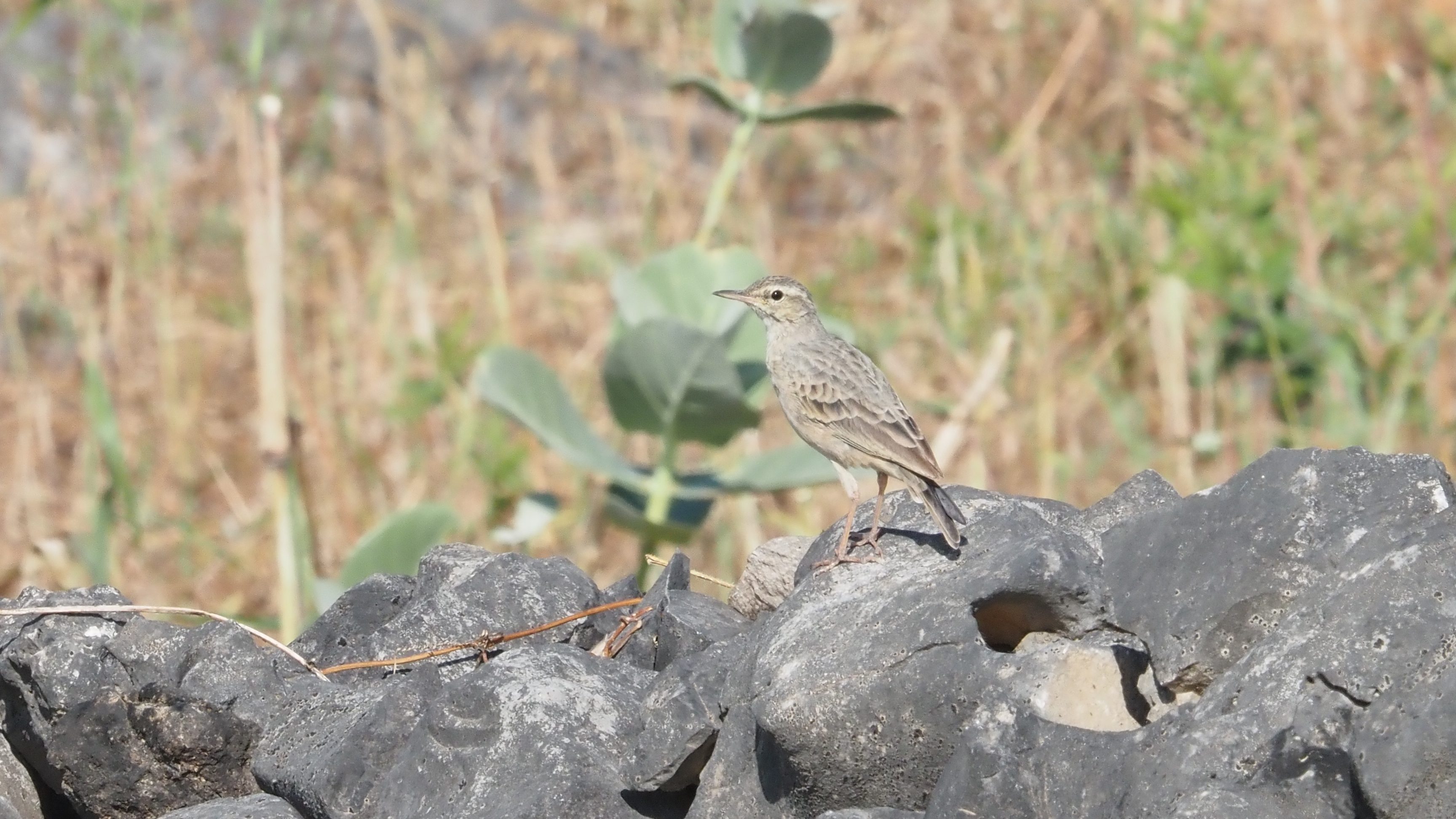
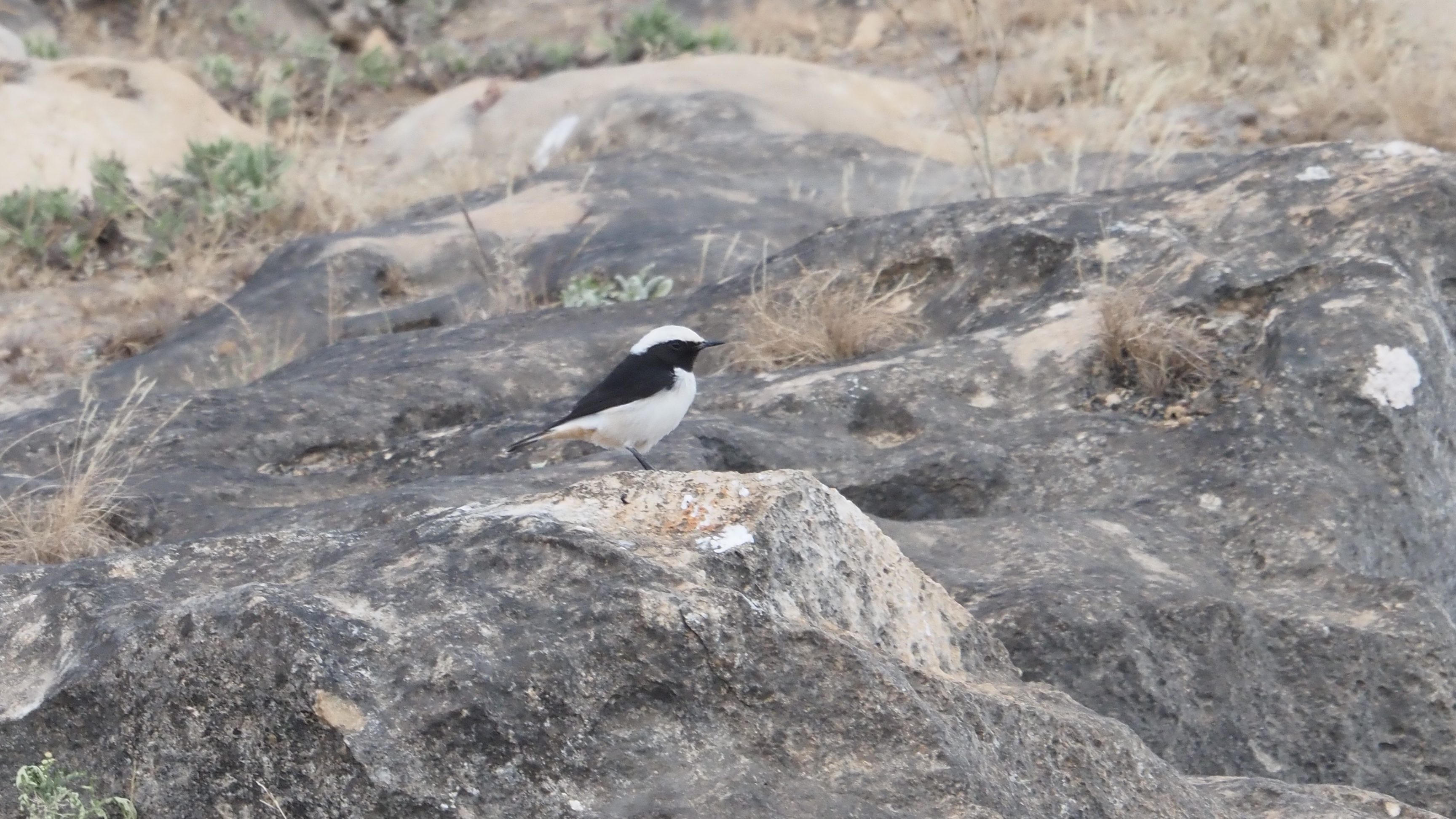
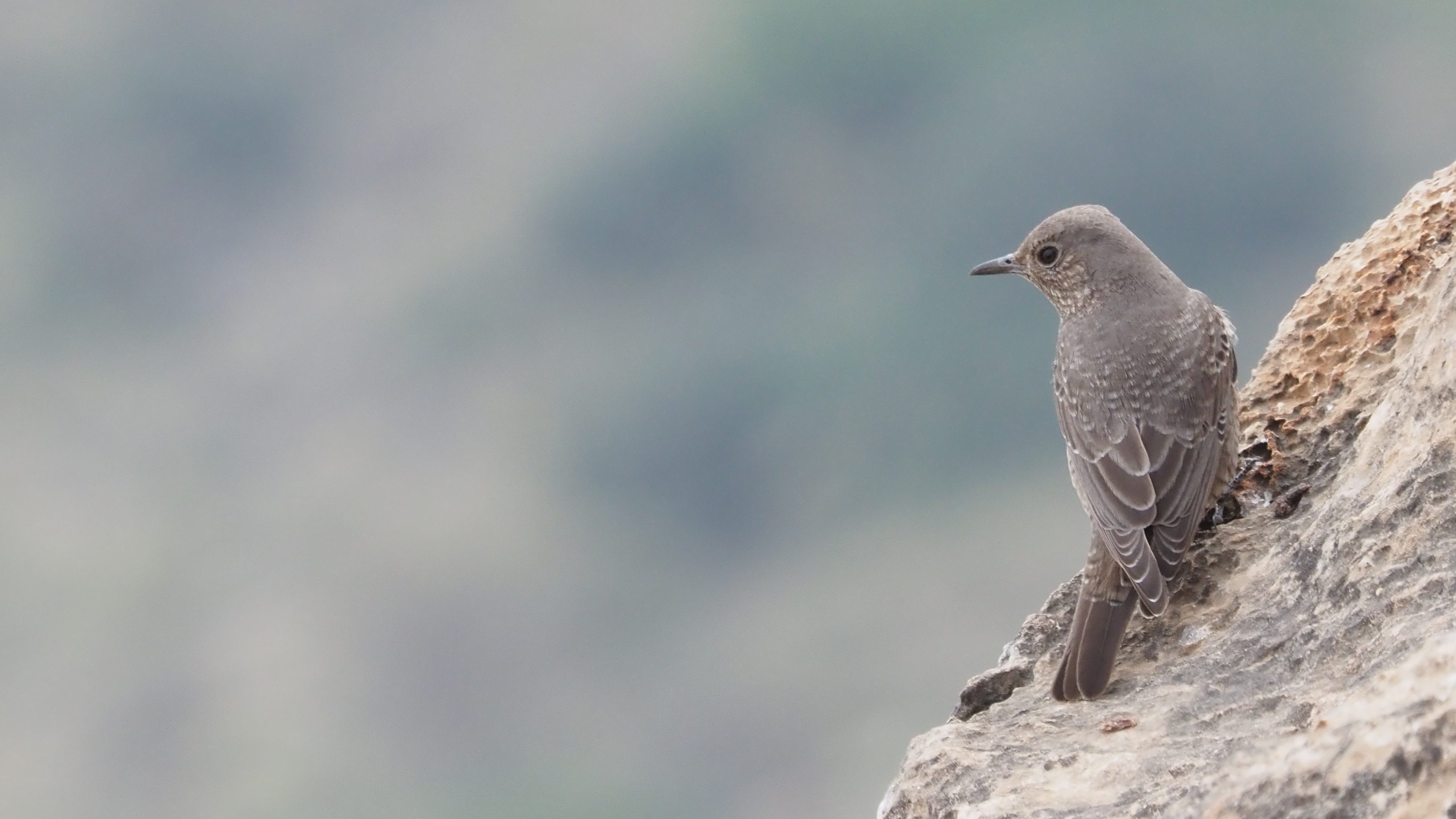
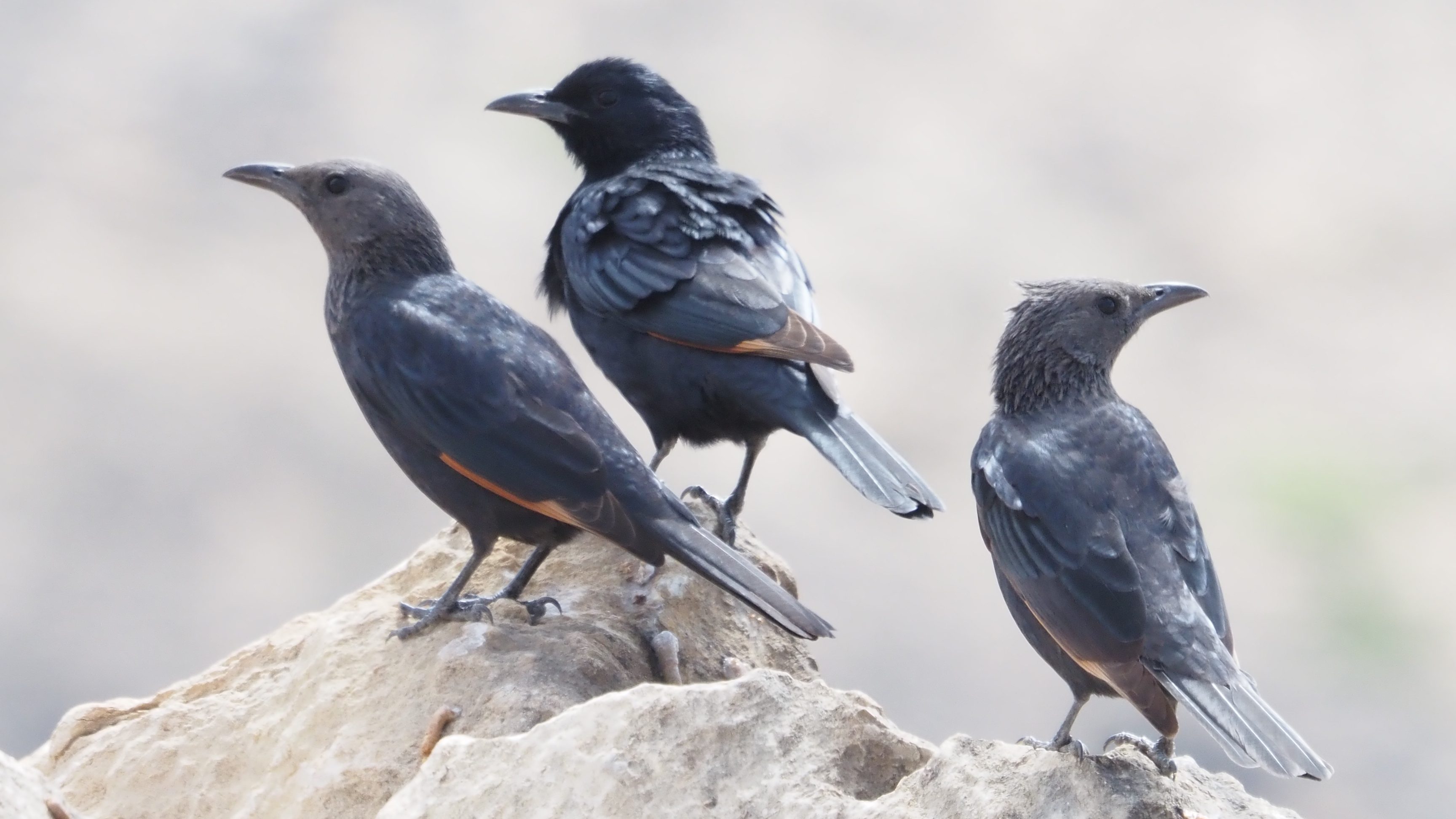
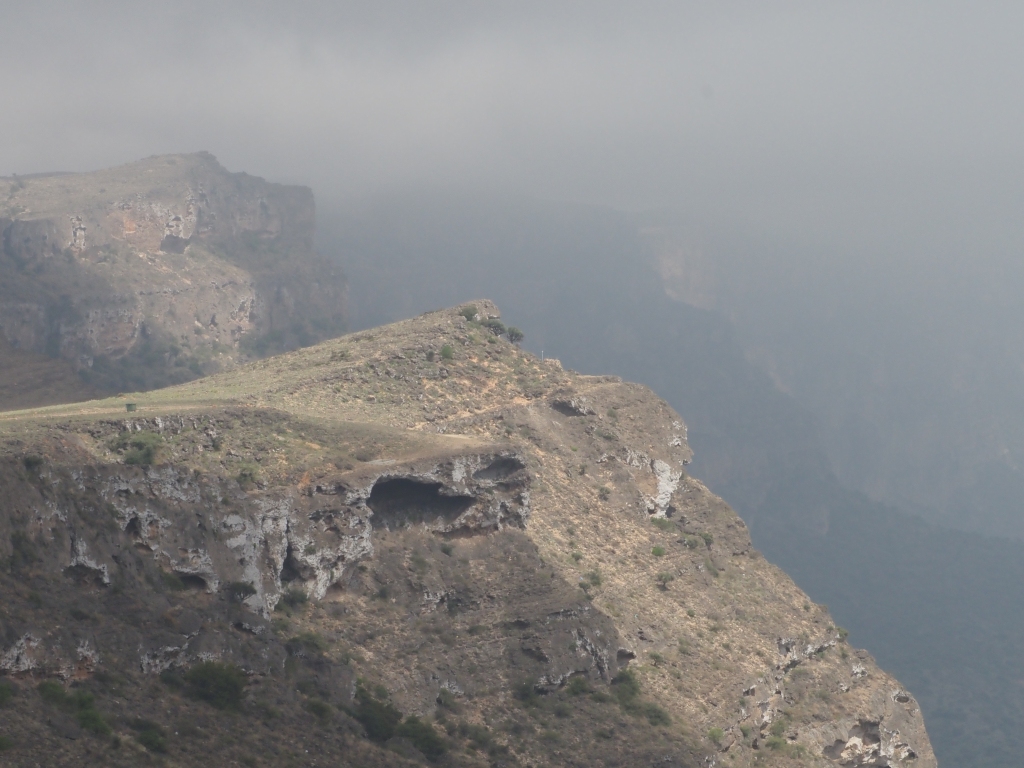
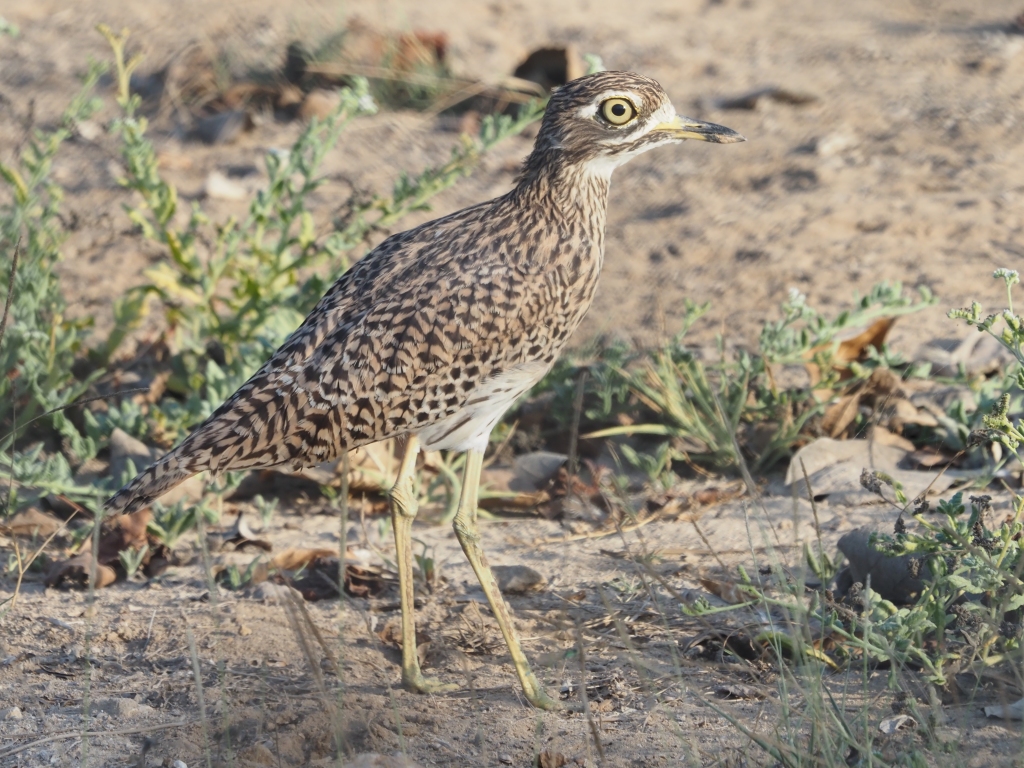

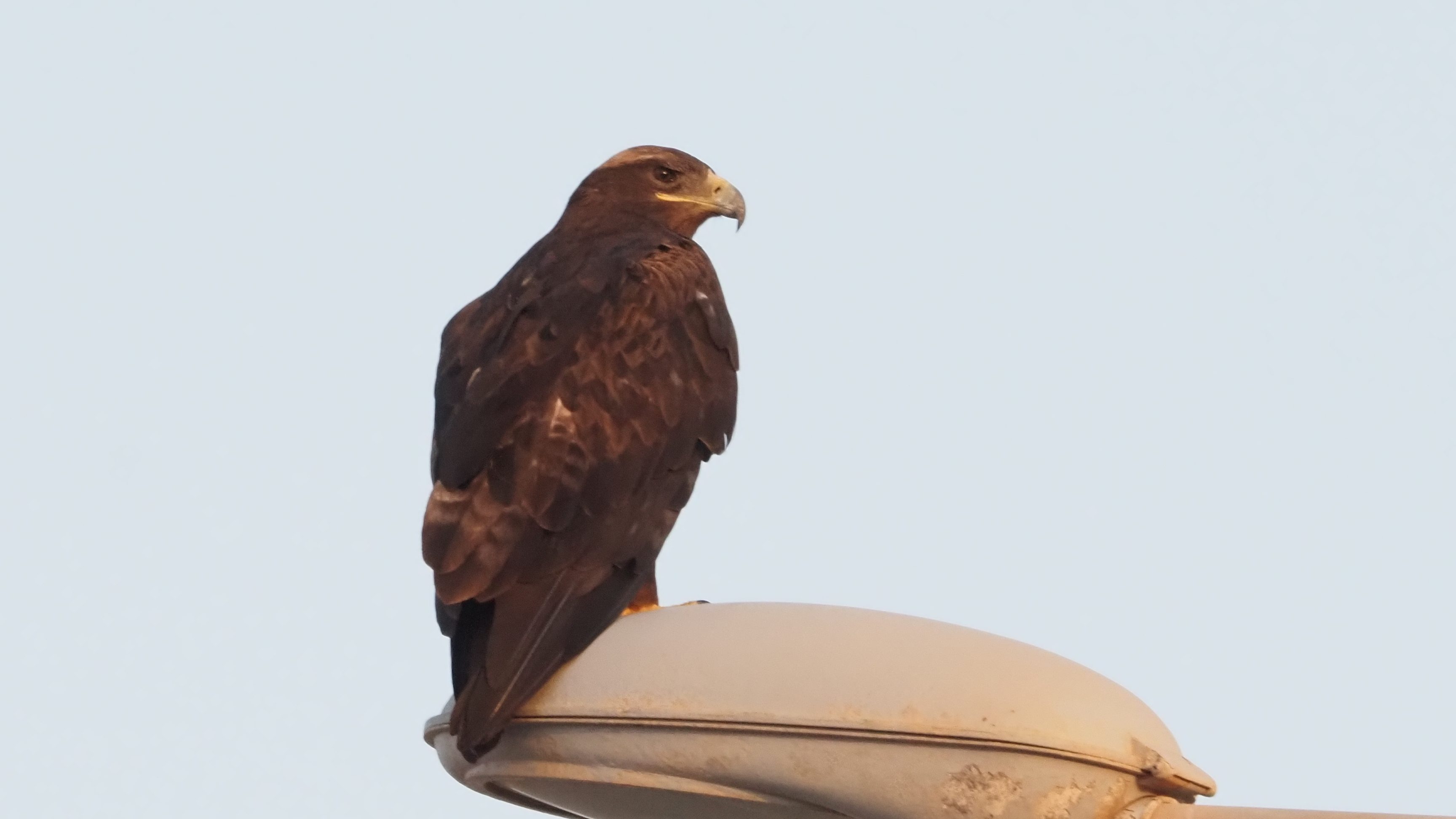
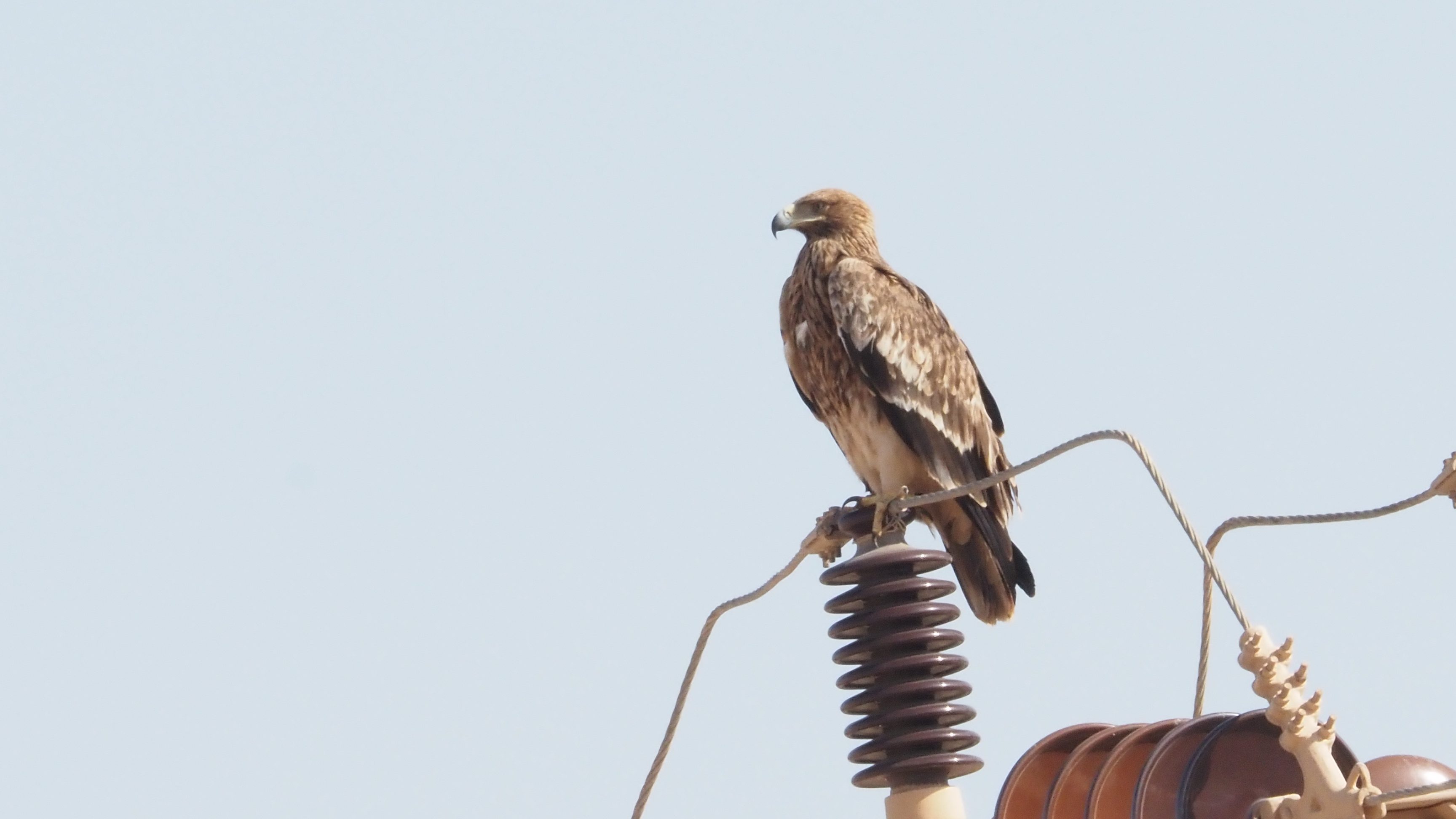

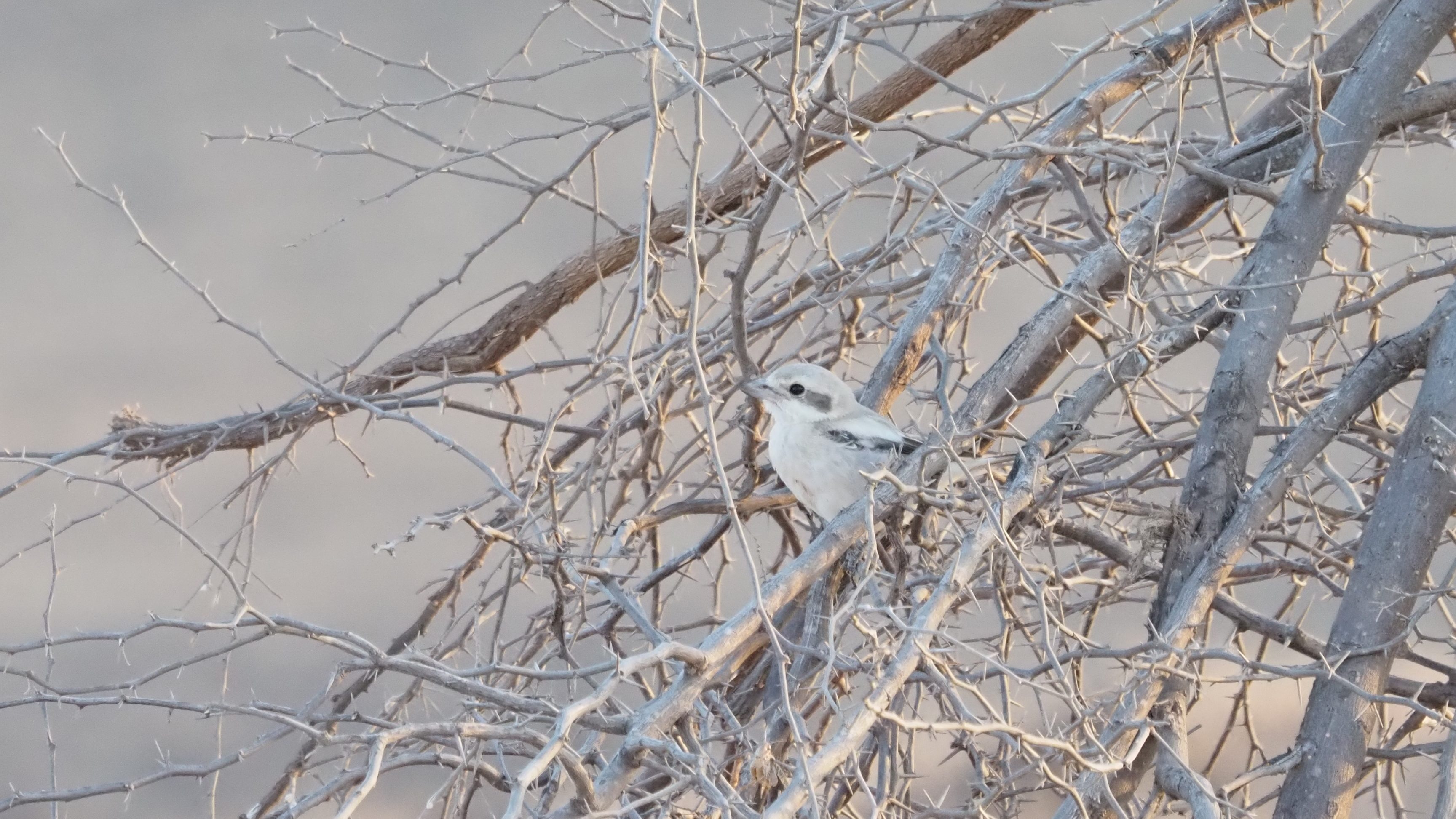
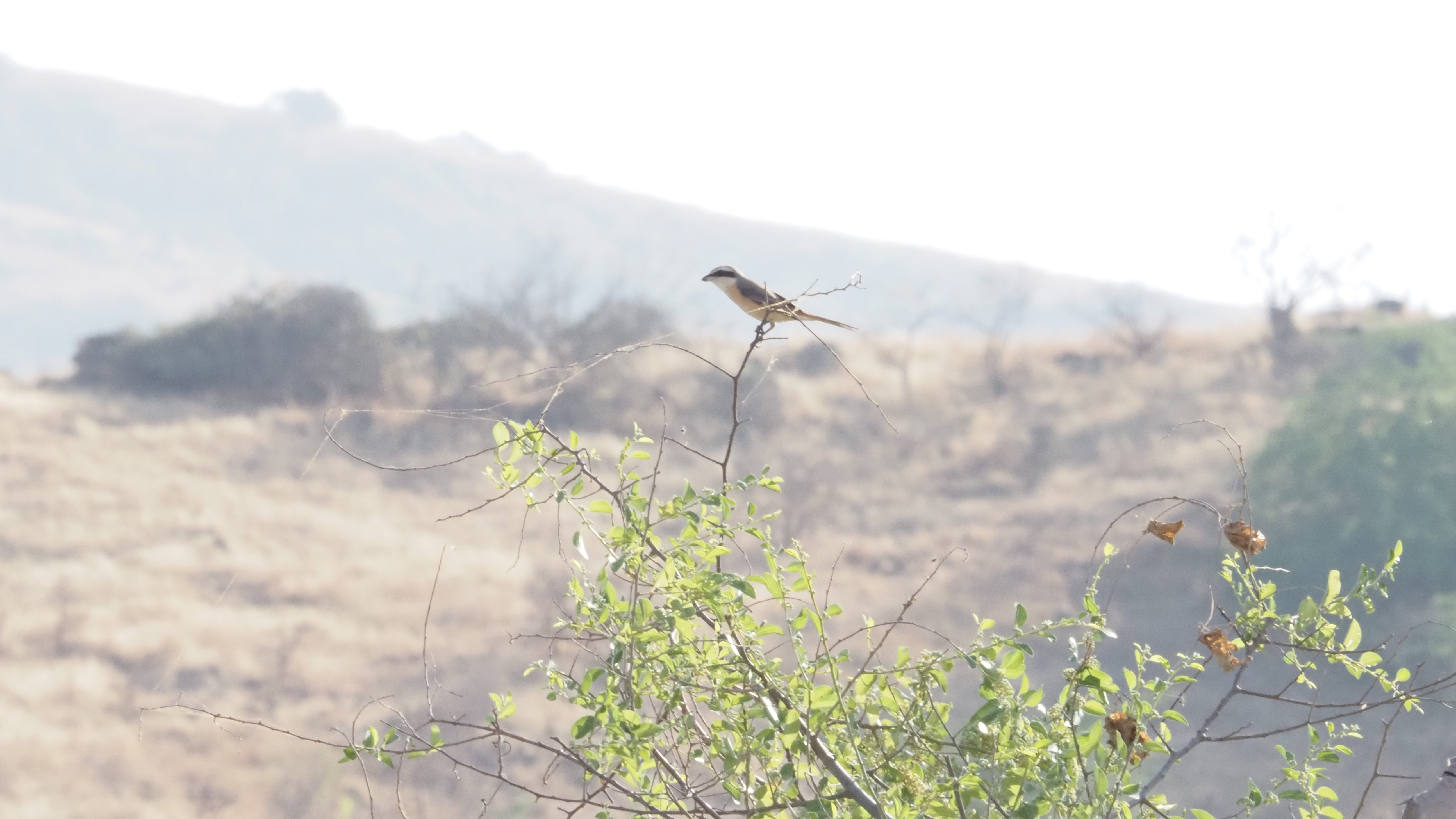
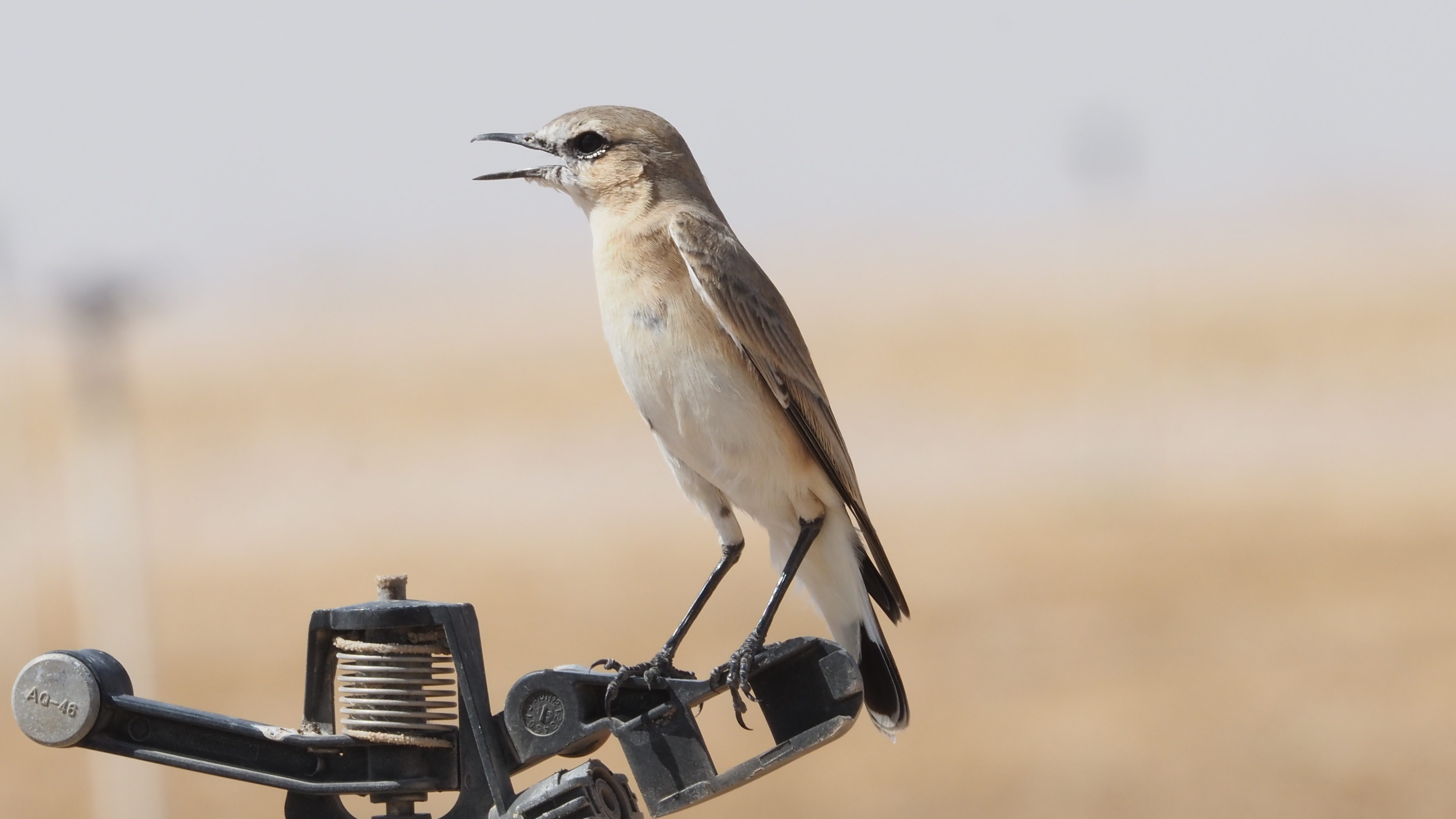
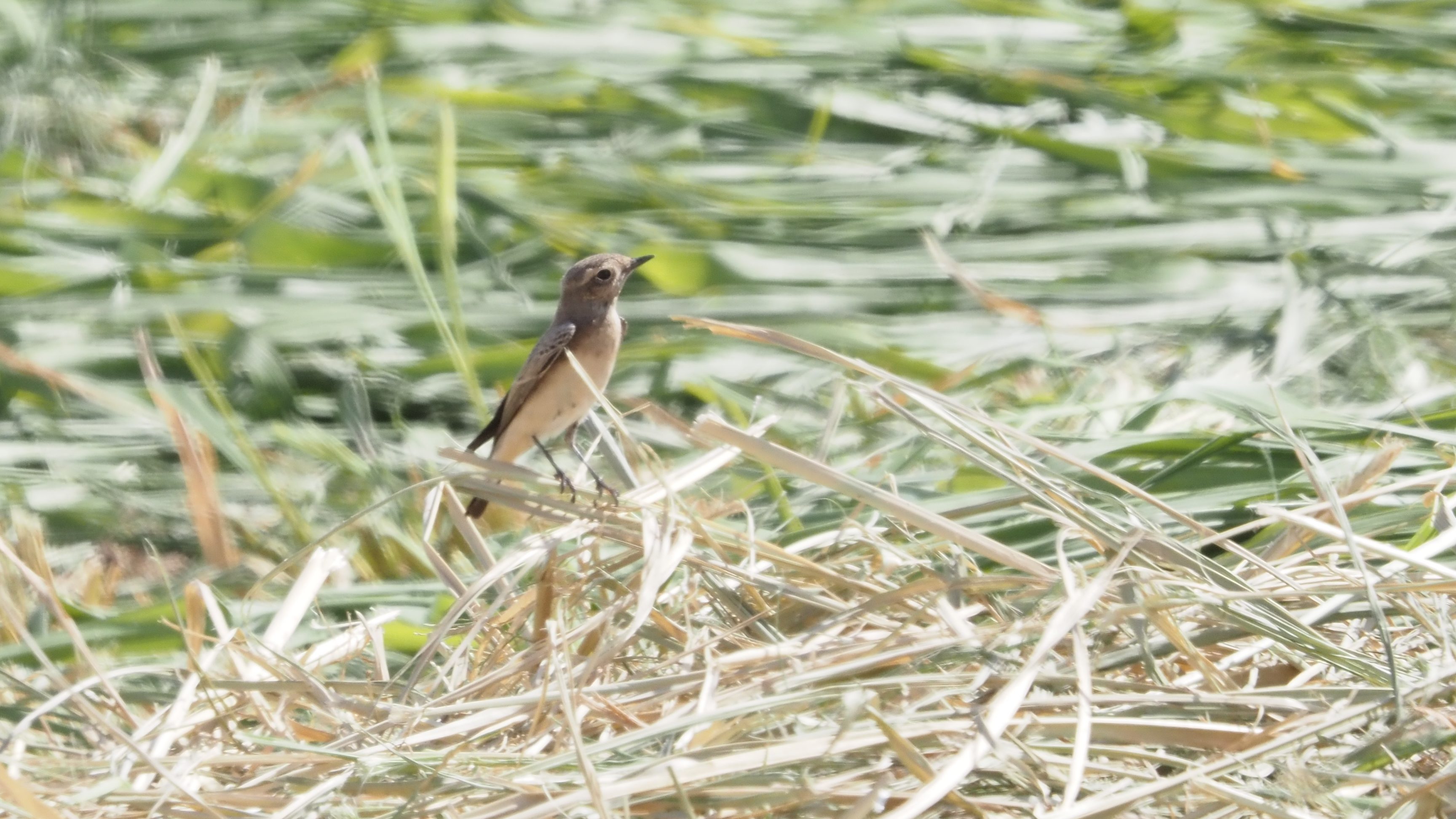

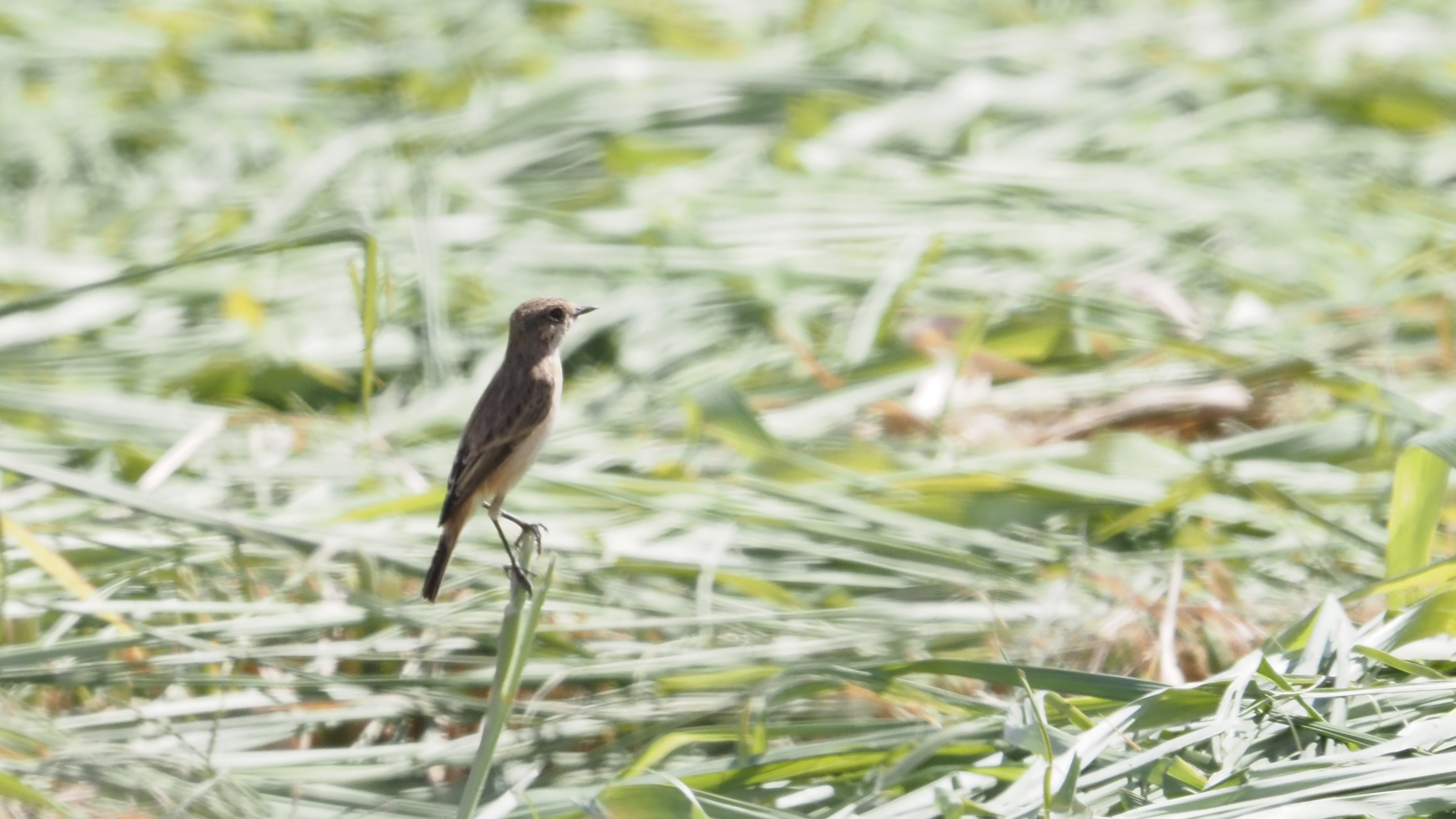

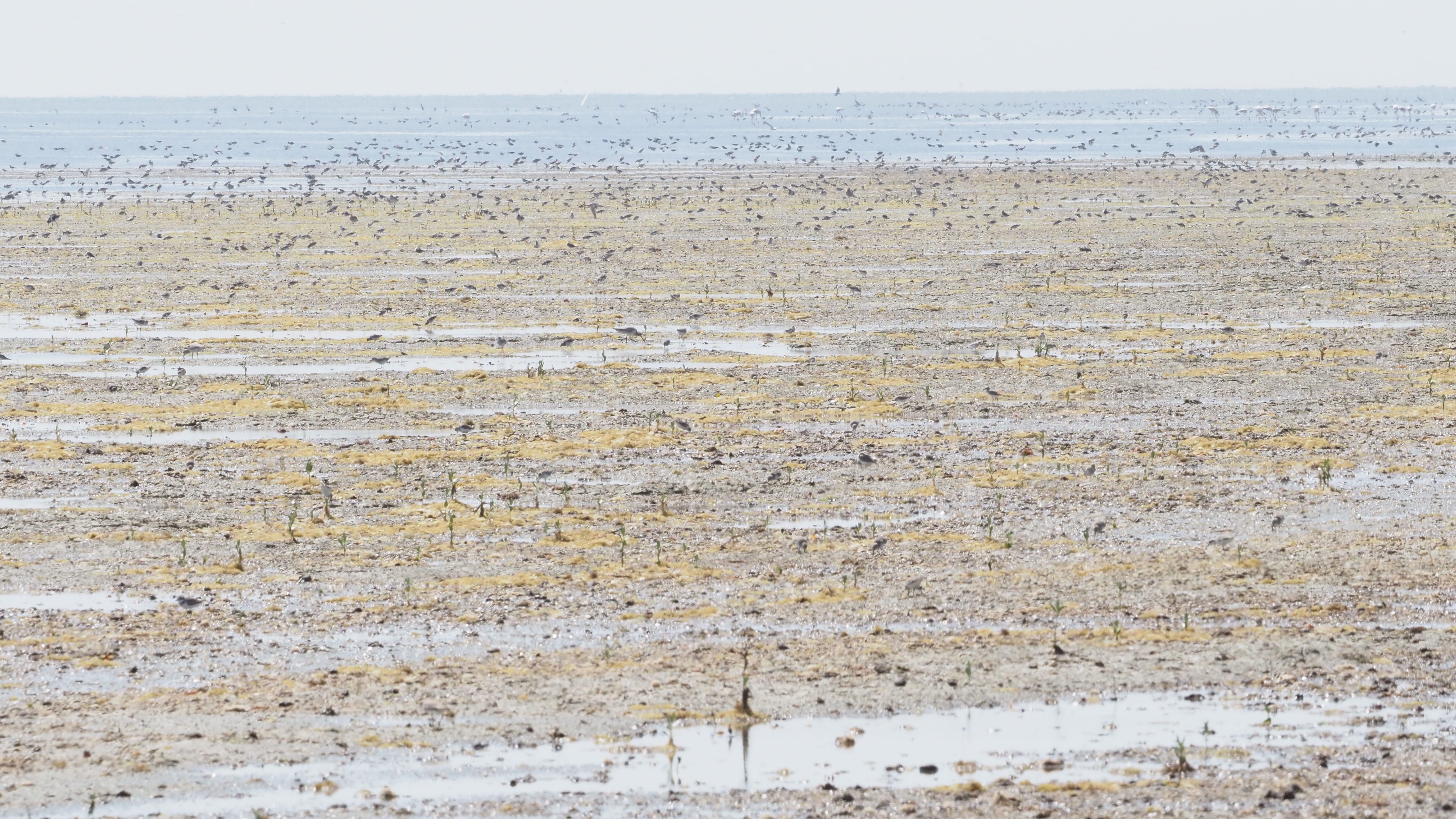
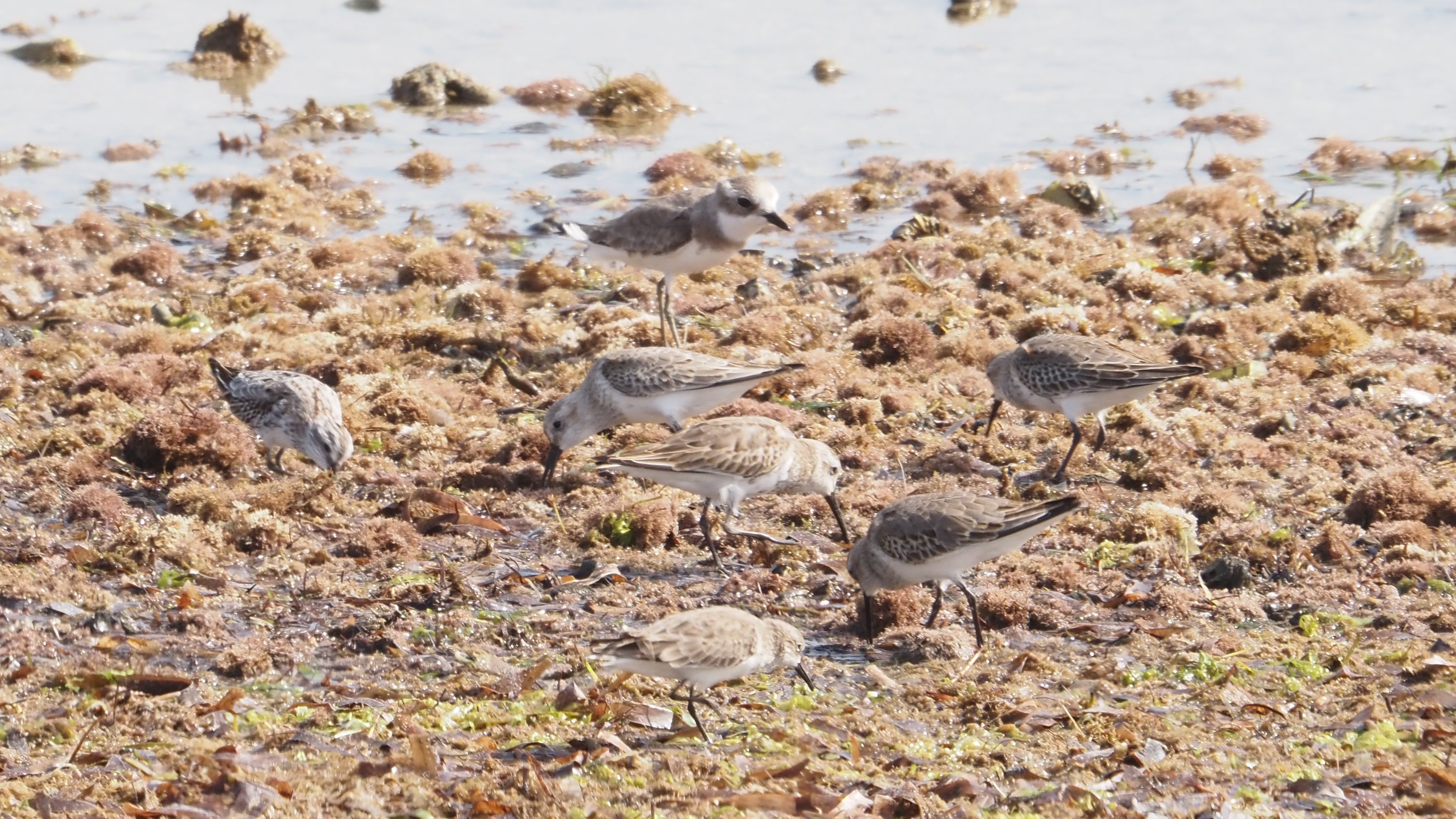
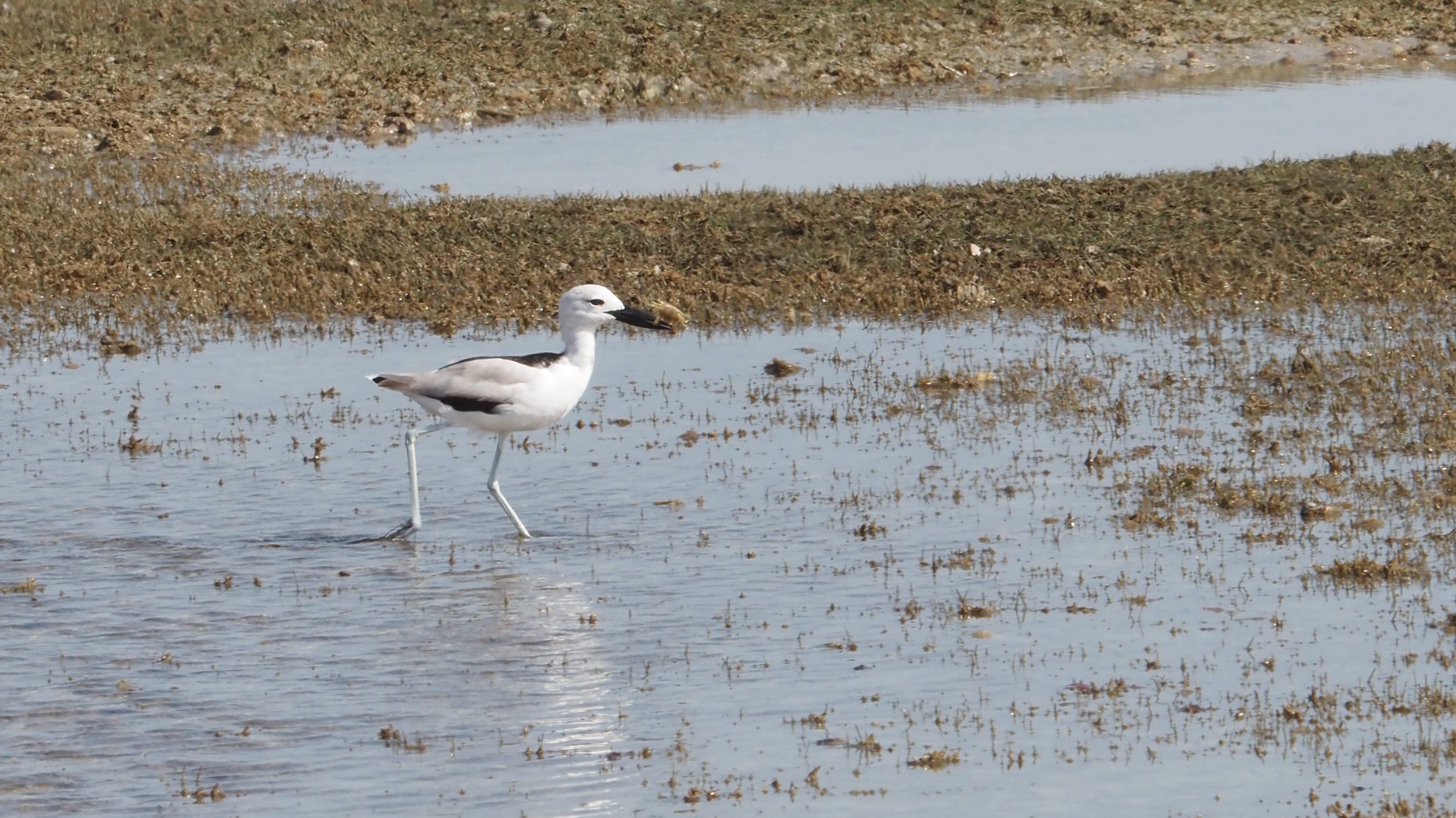
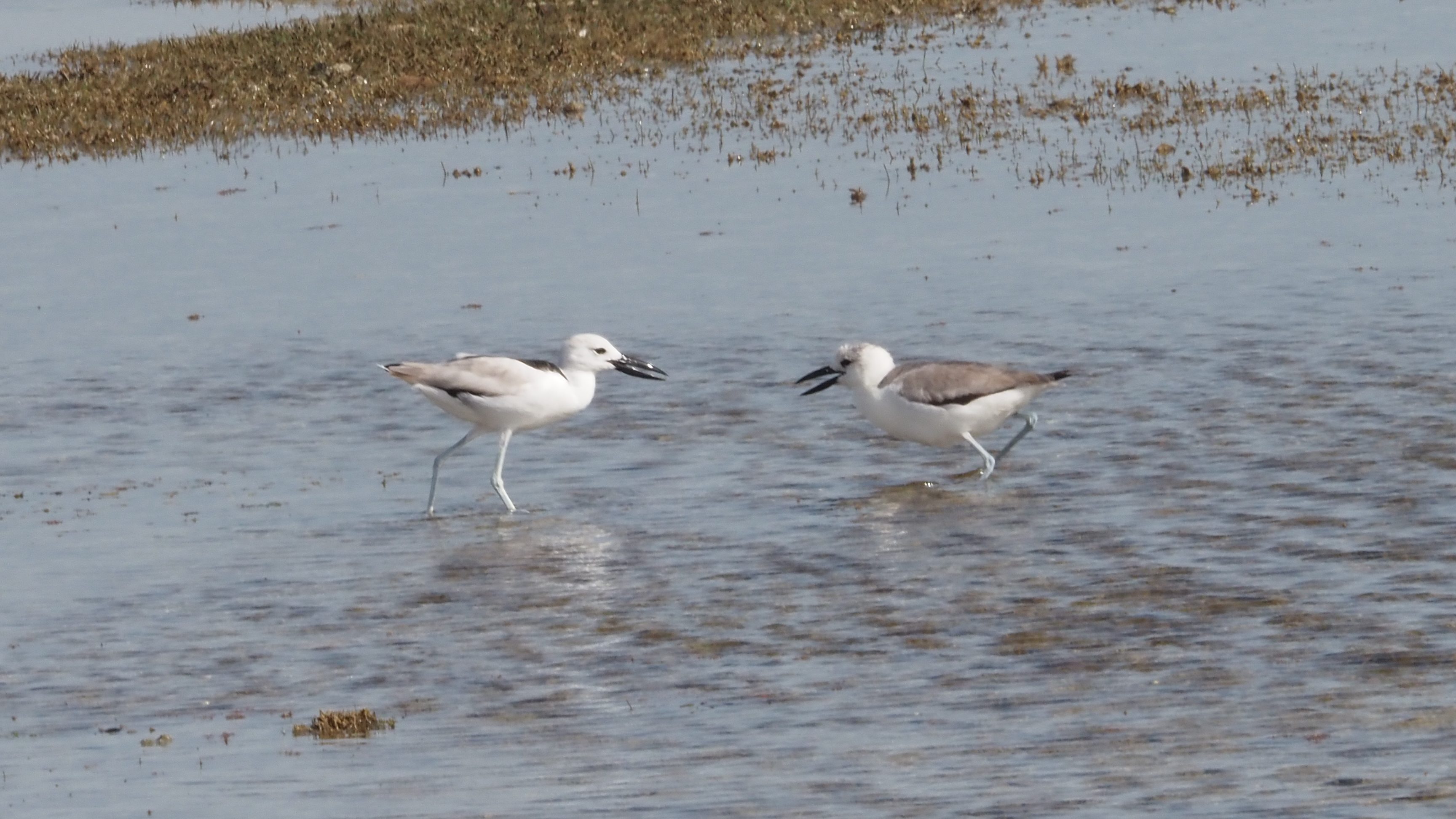
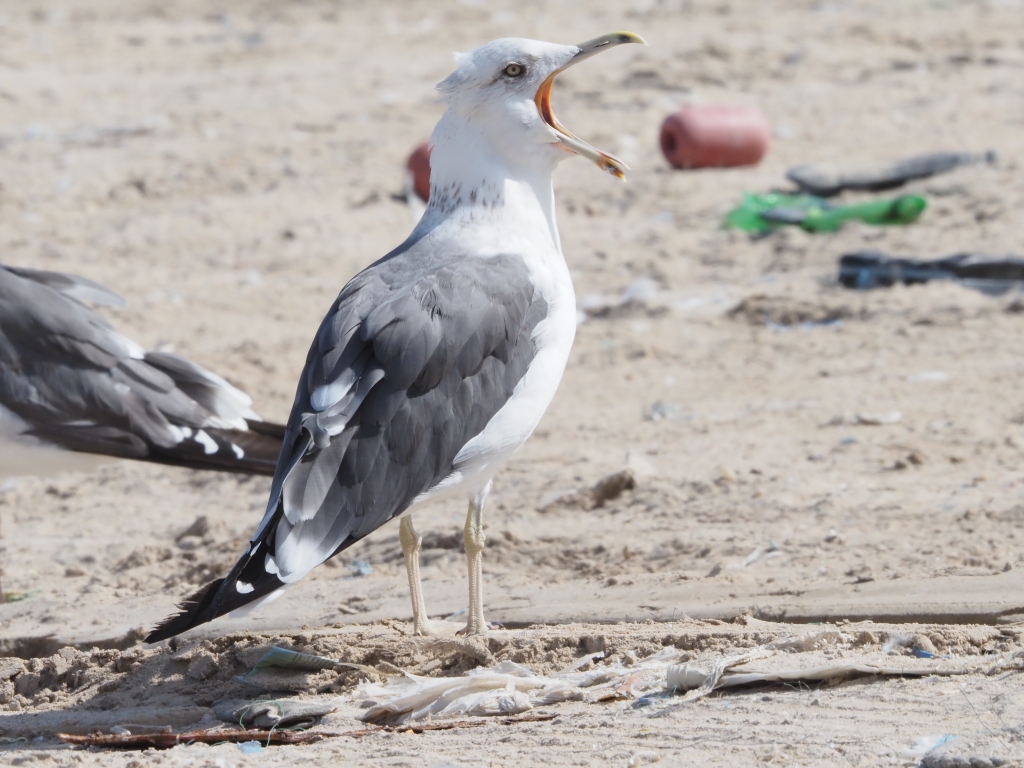
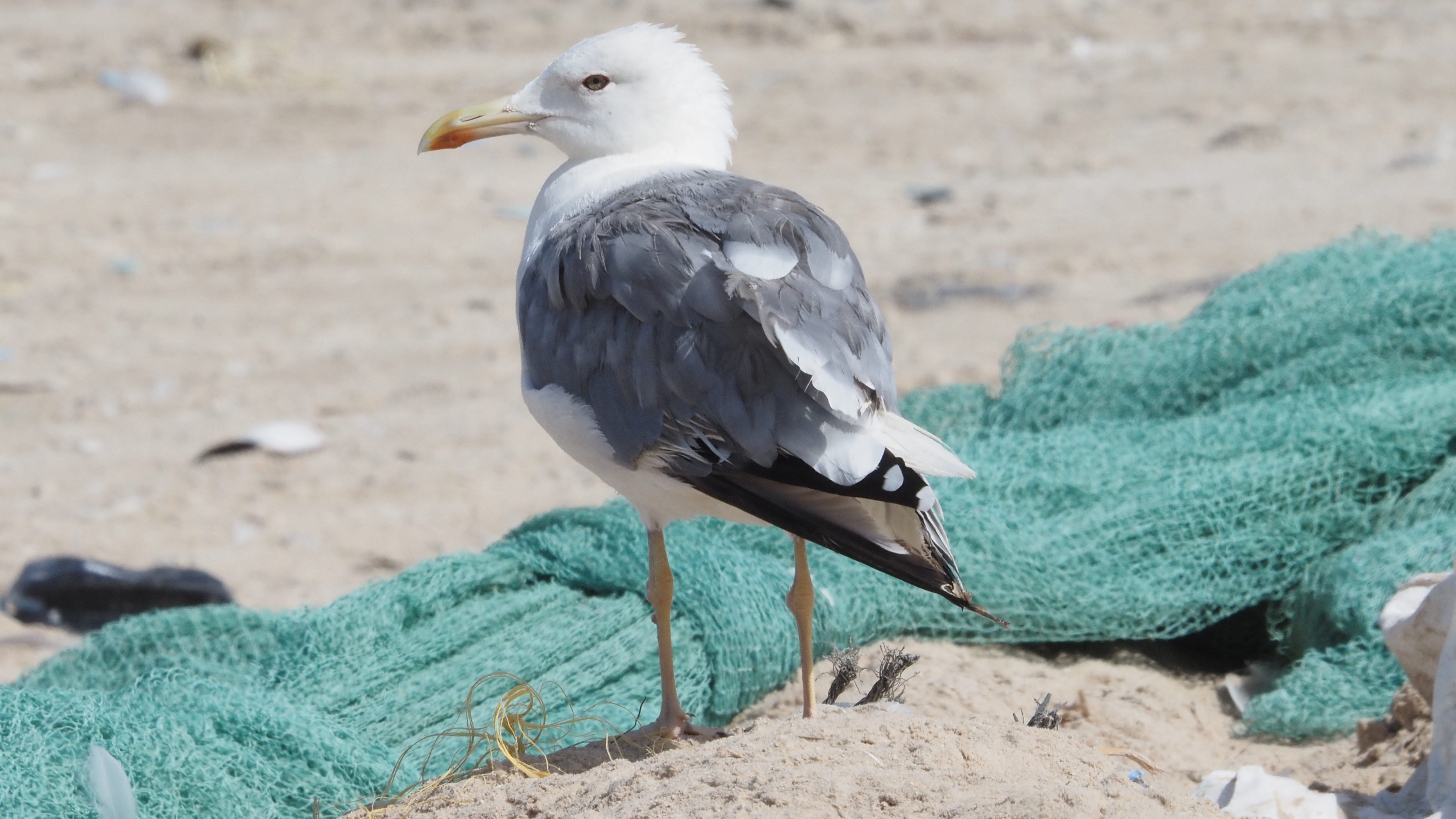

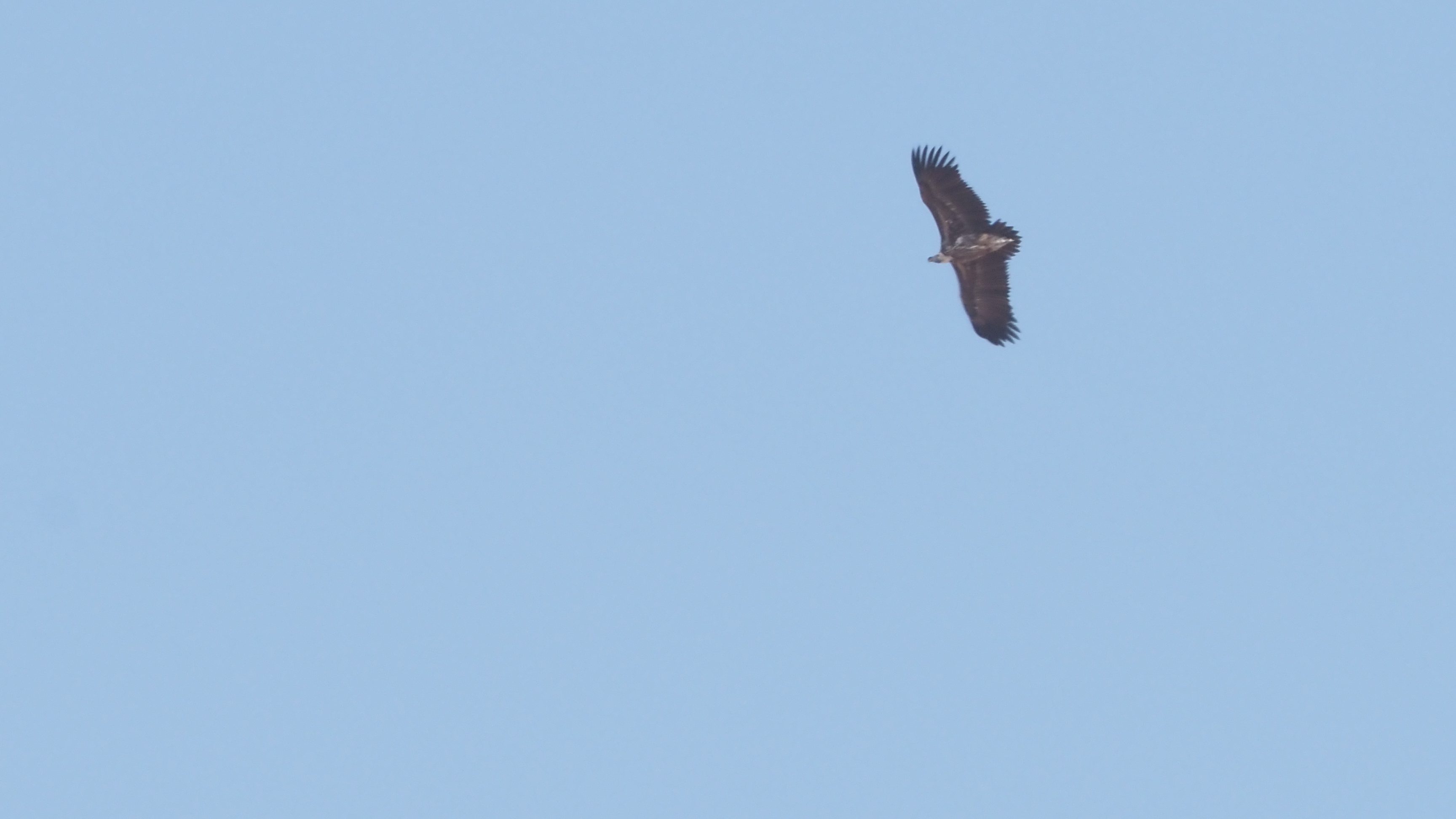
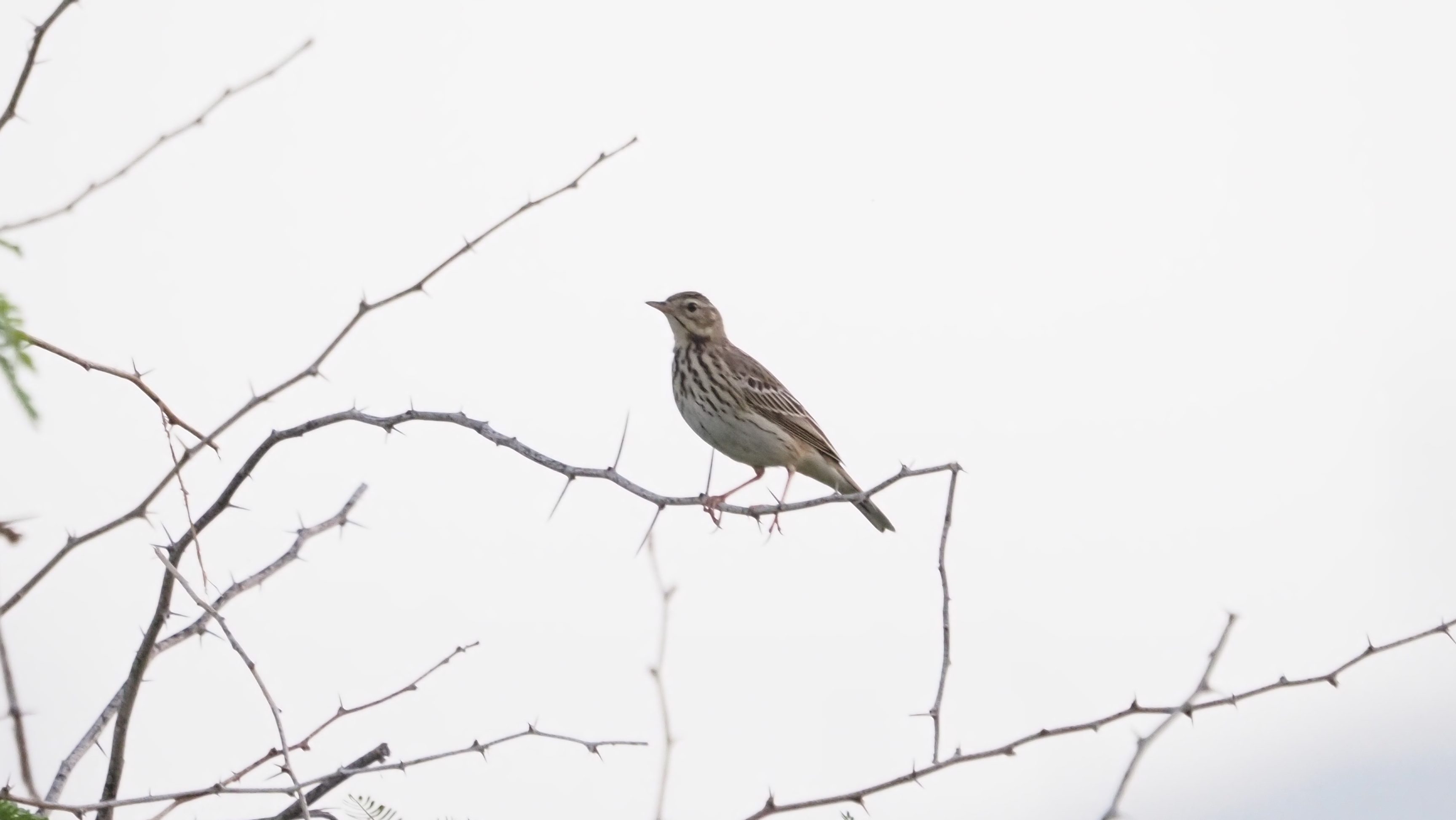






























































 Diadem Butterfly (Hyppolimnas myssipus)
Diadem Butterfly (Hyppolimnas myssipus)


